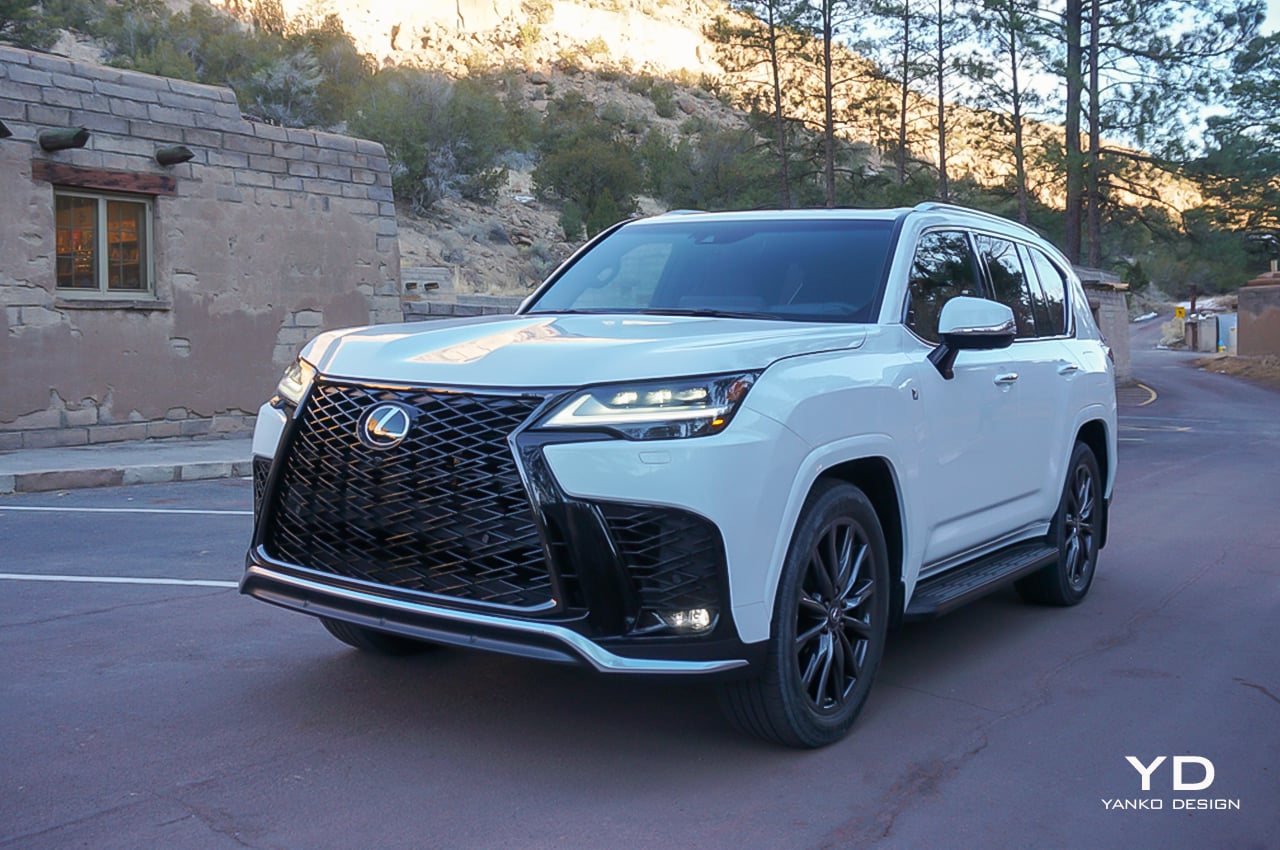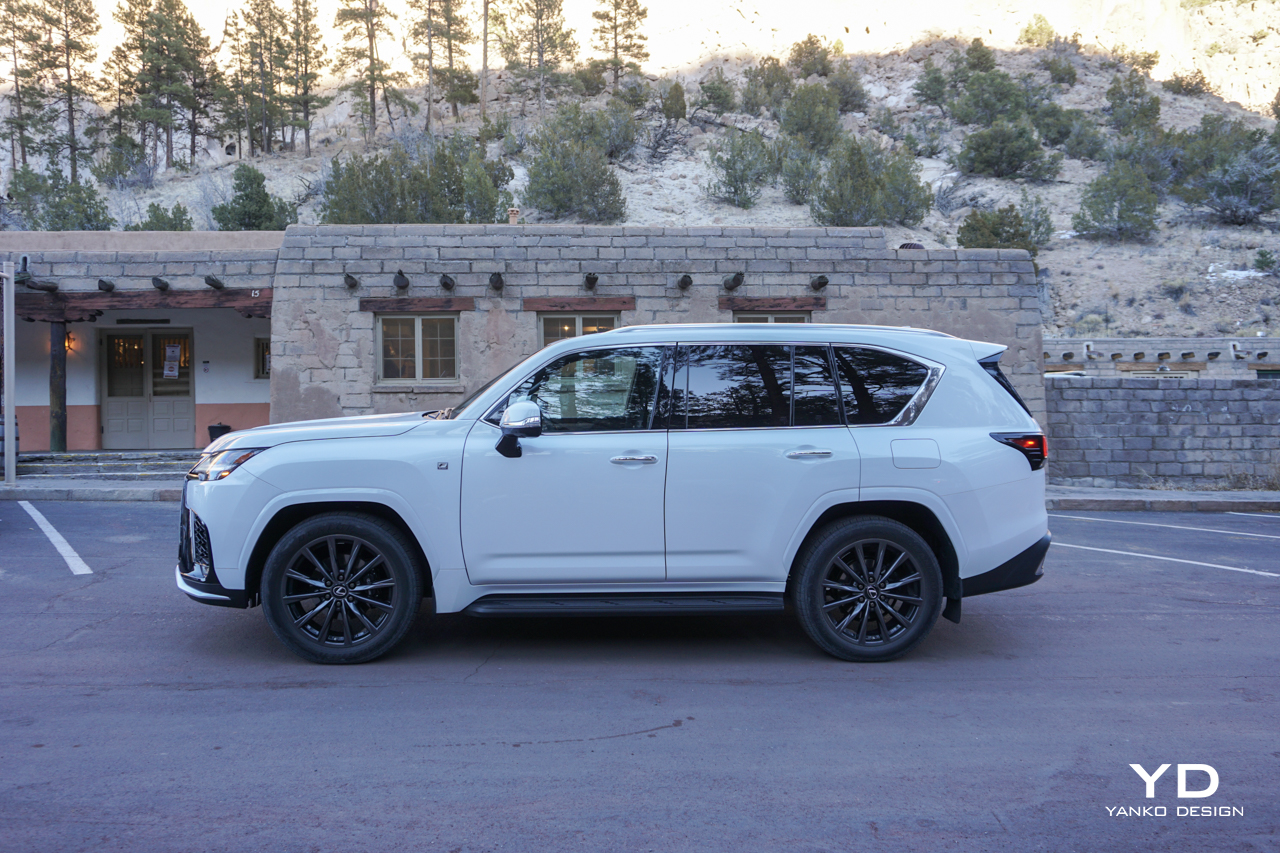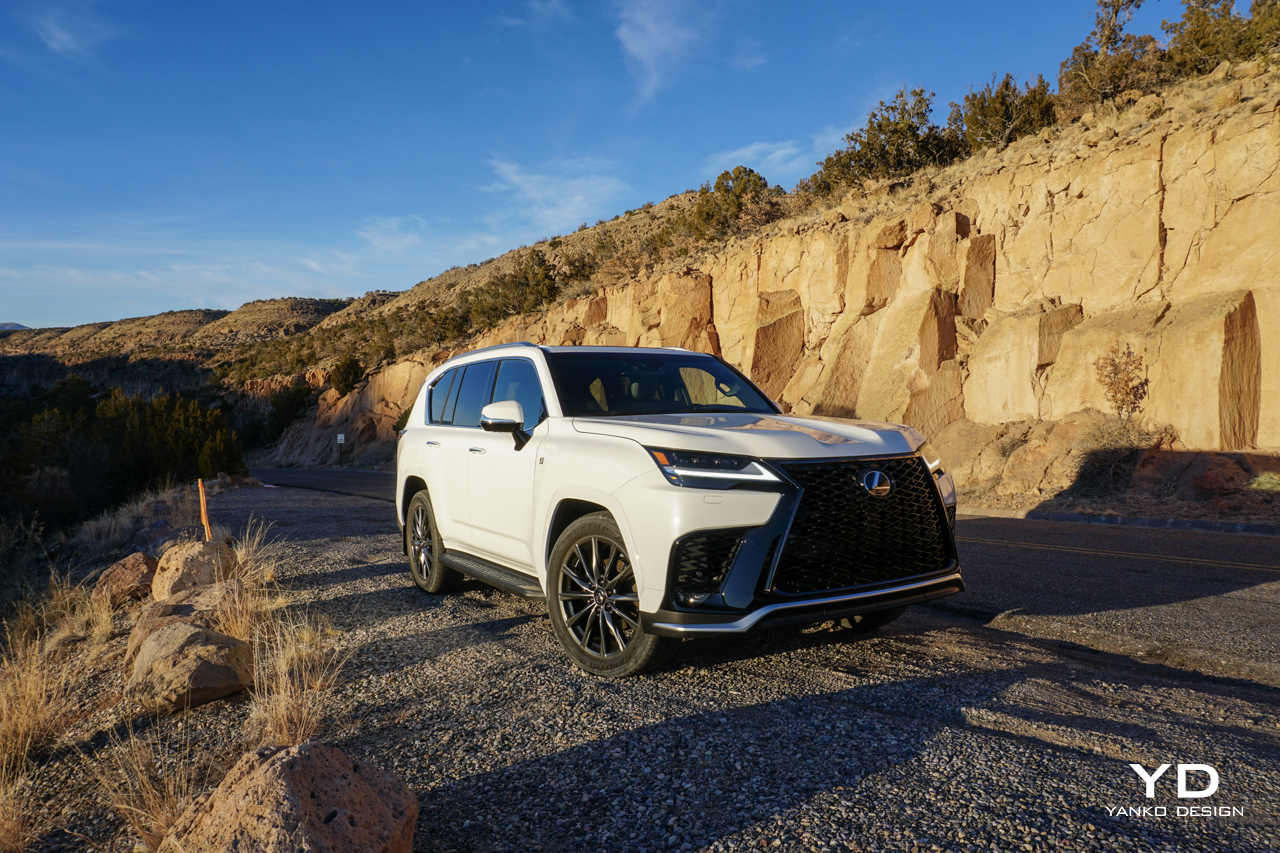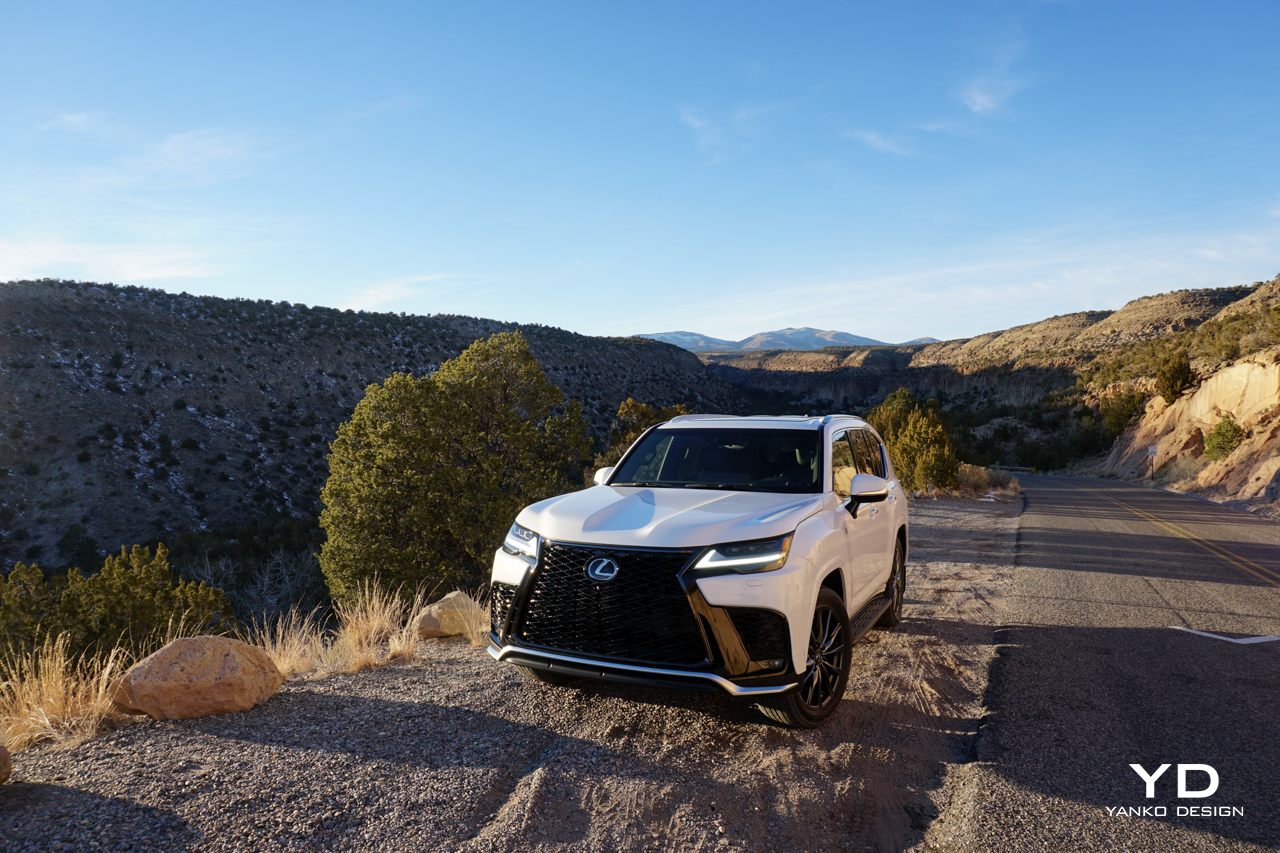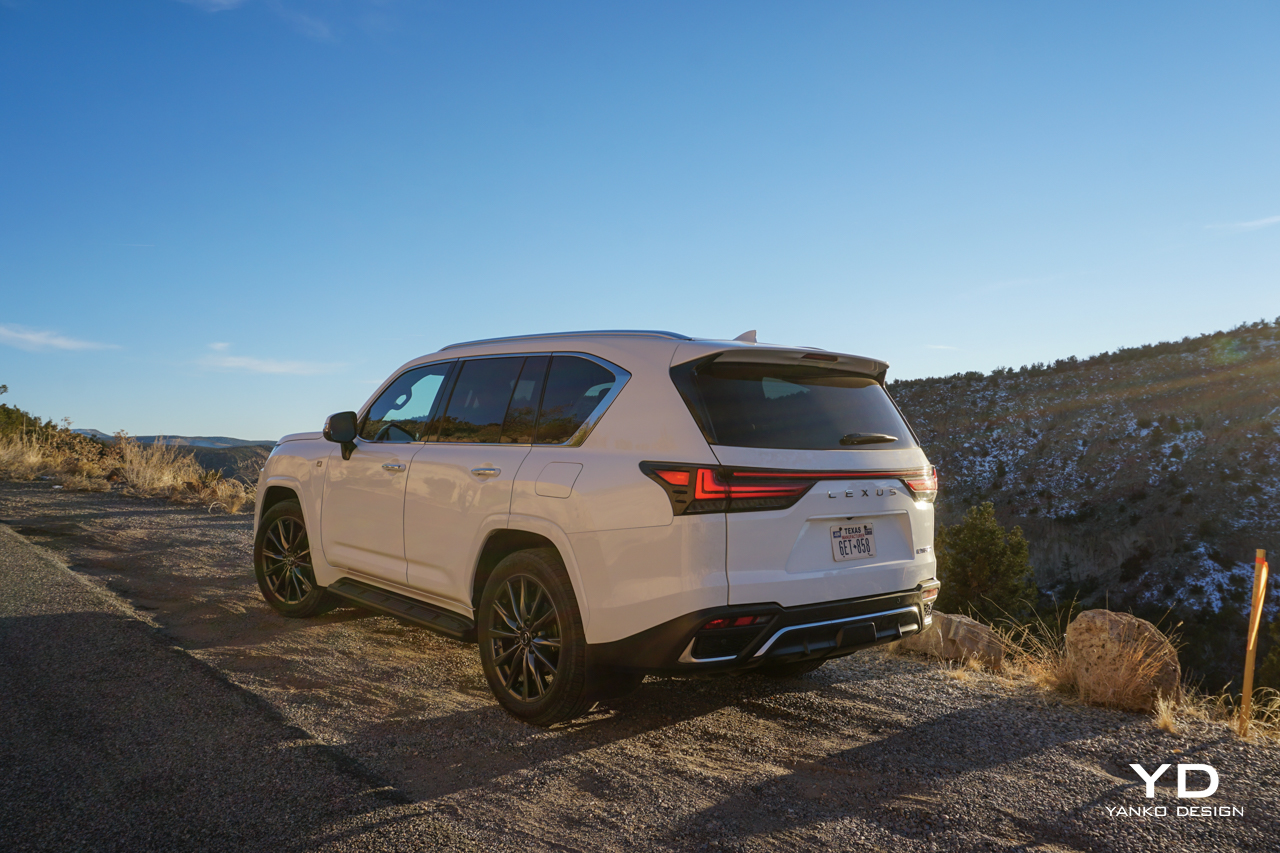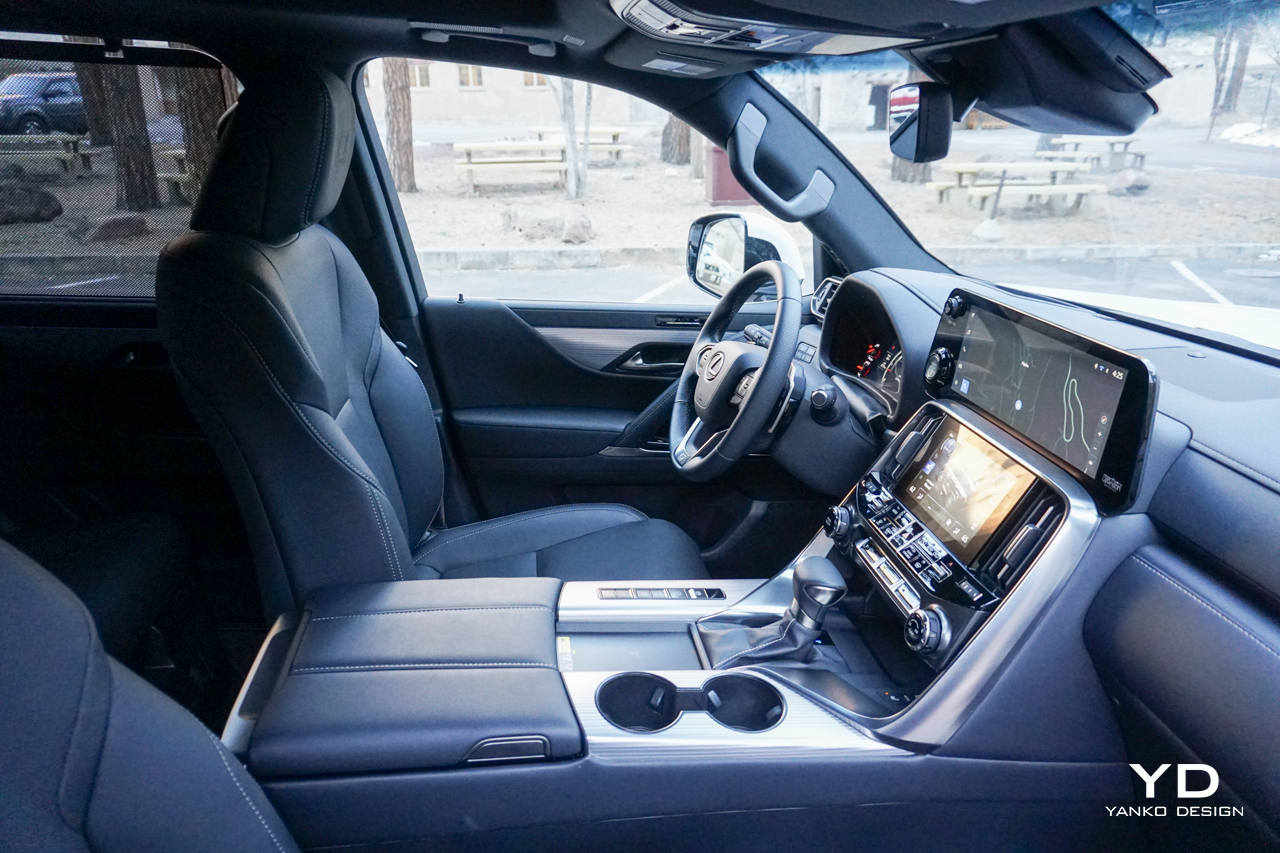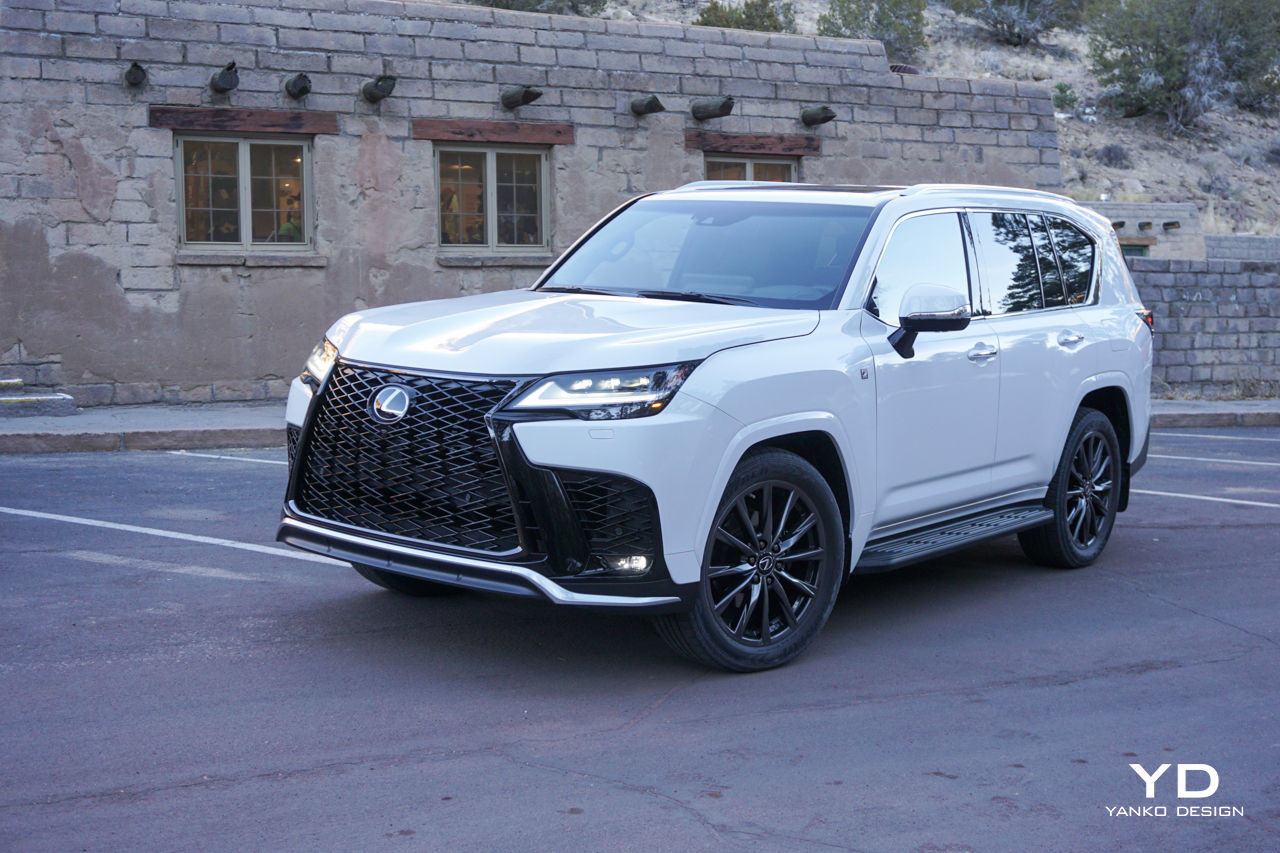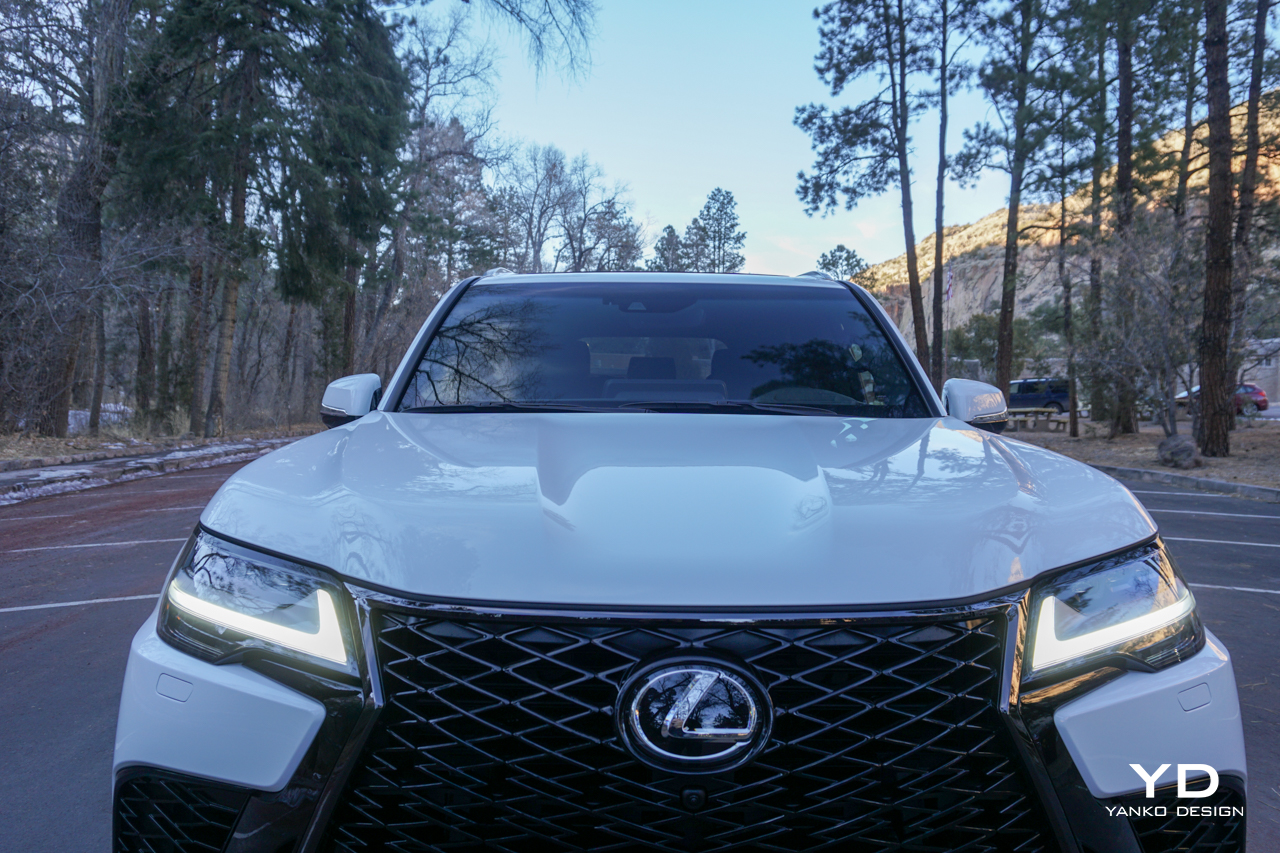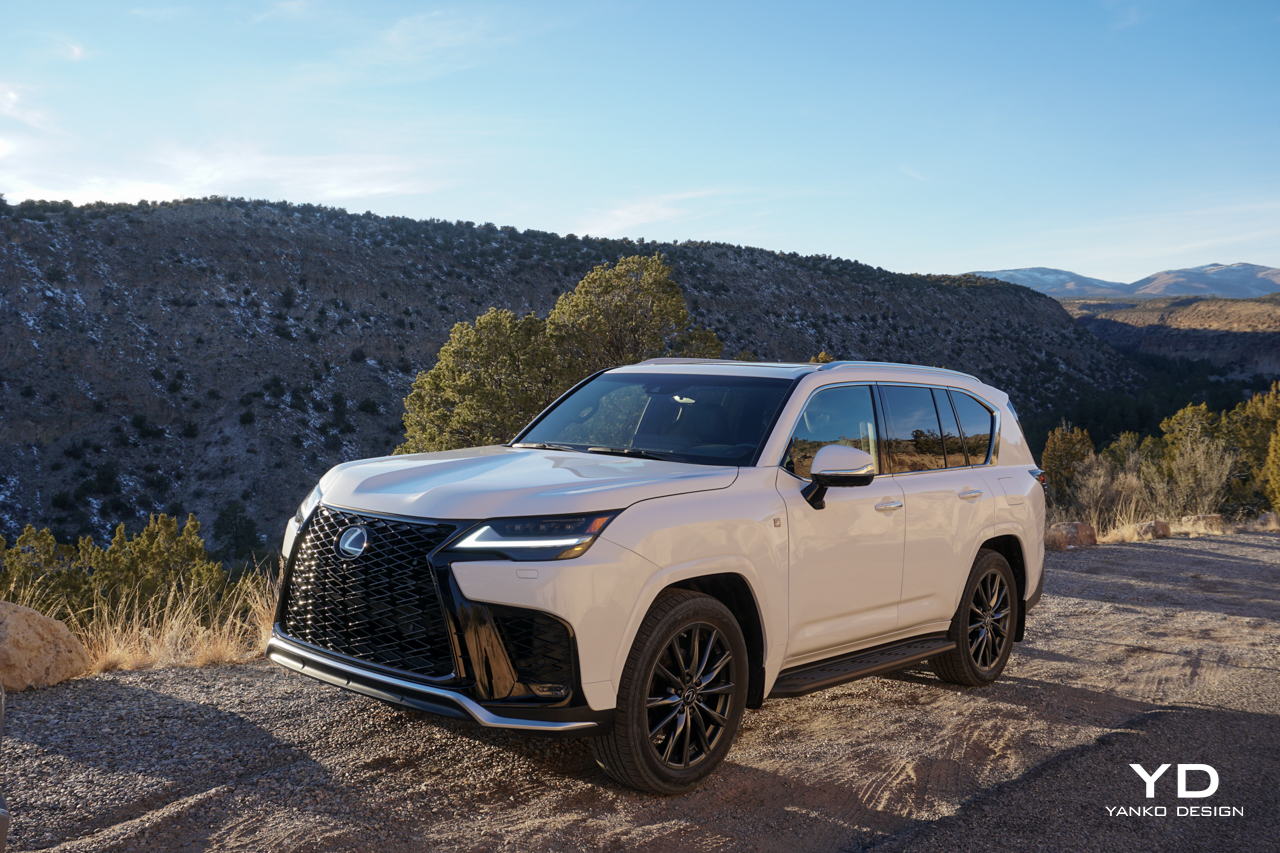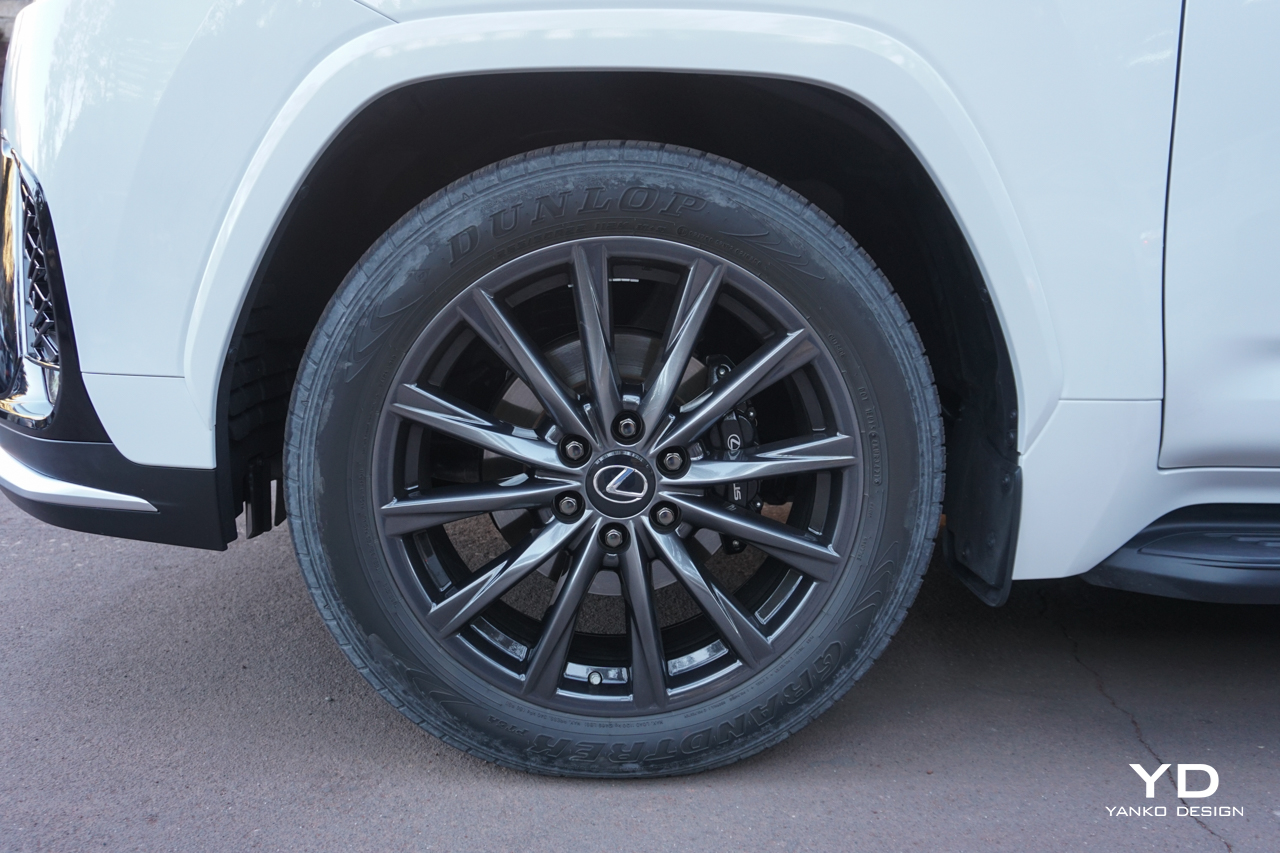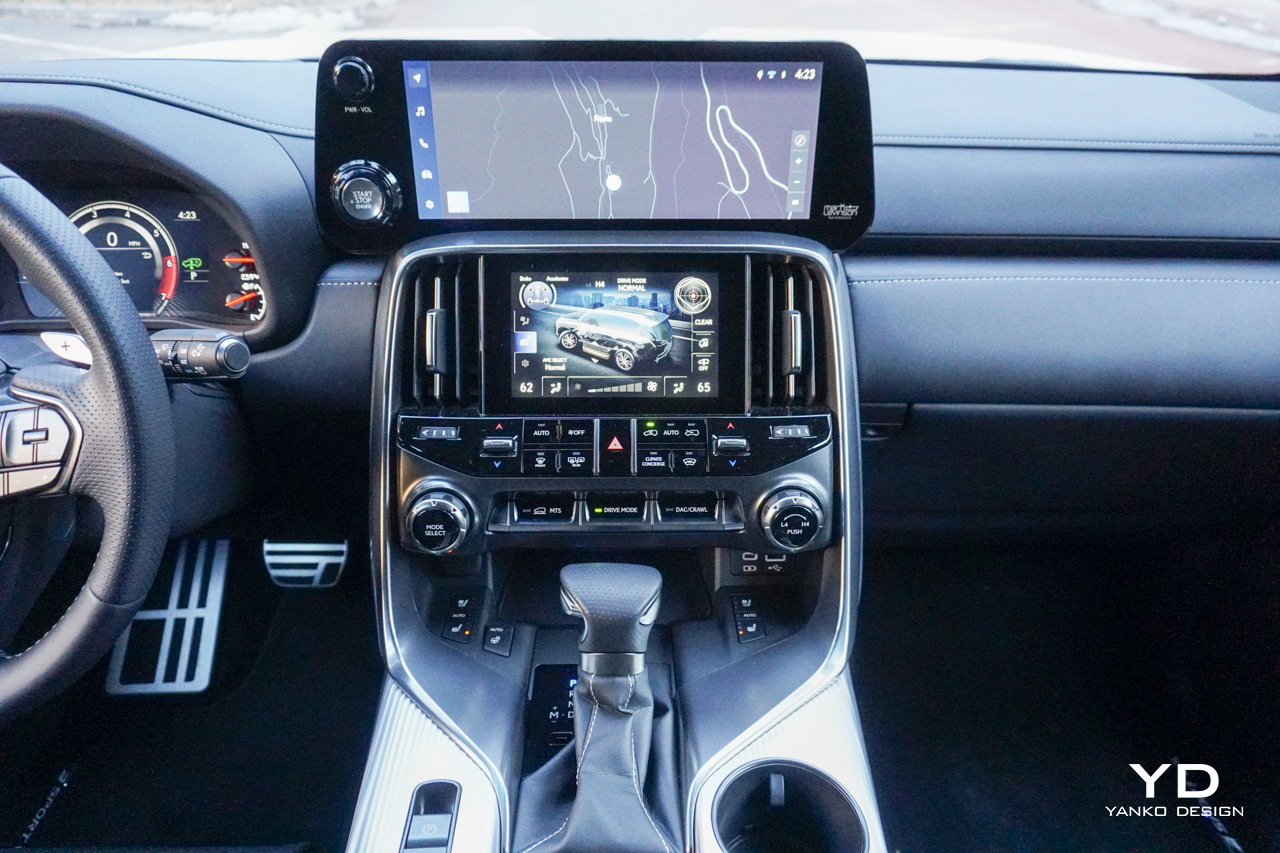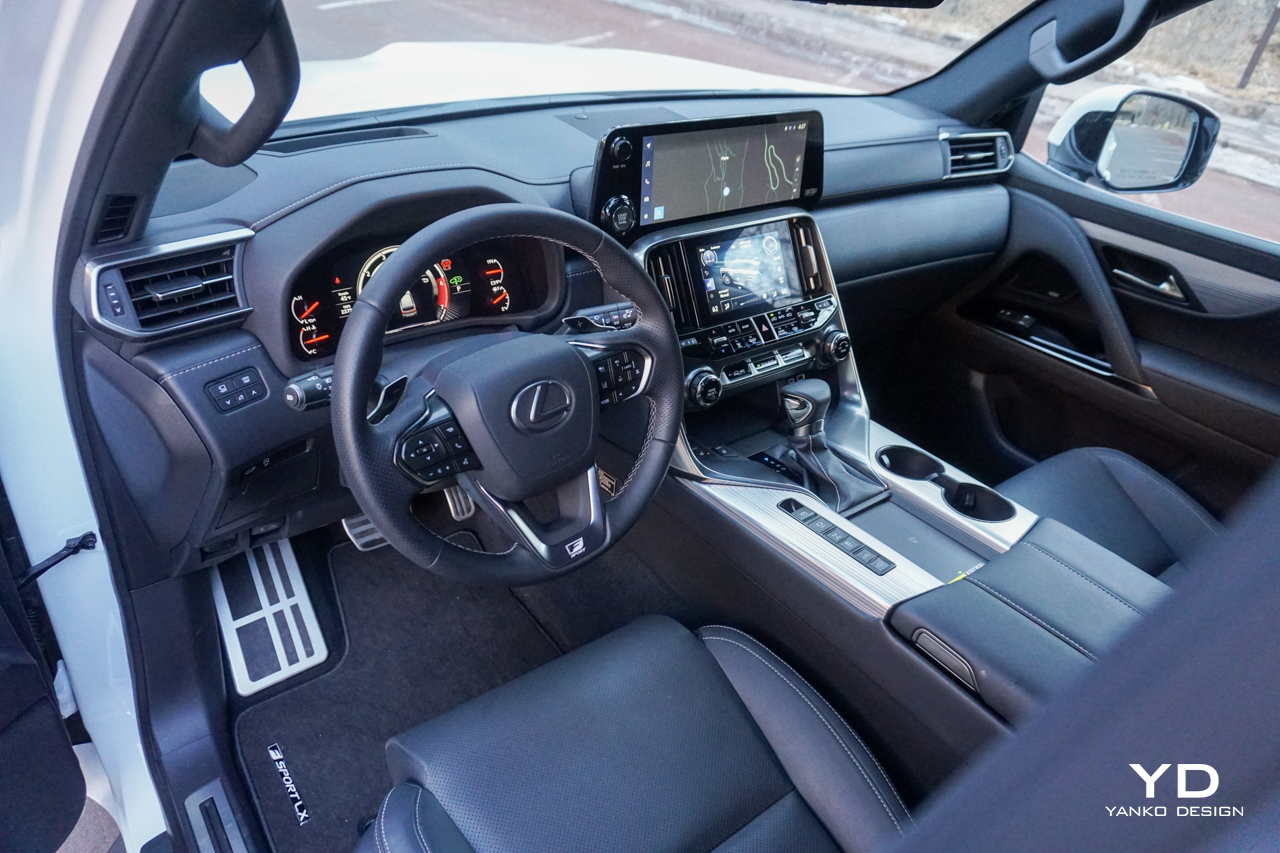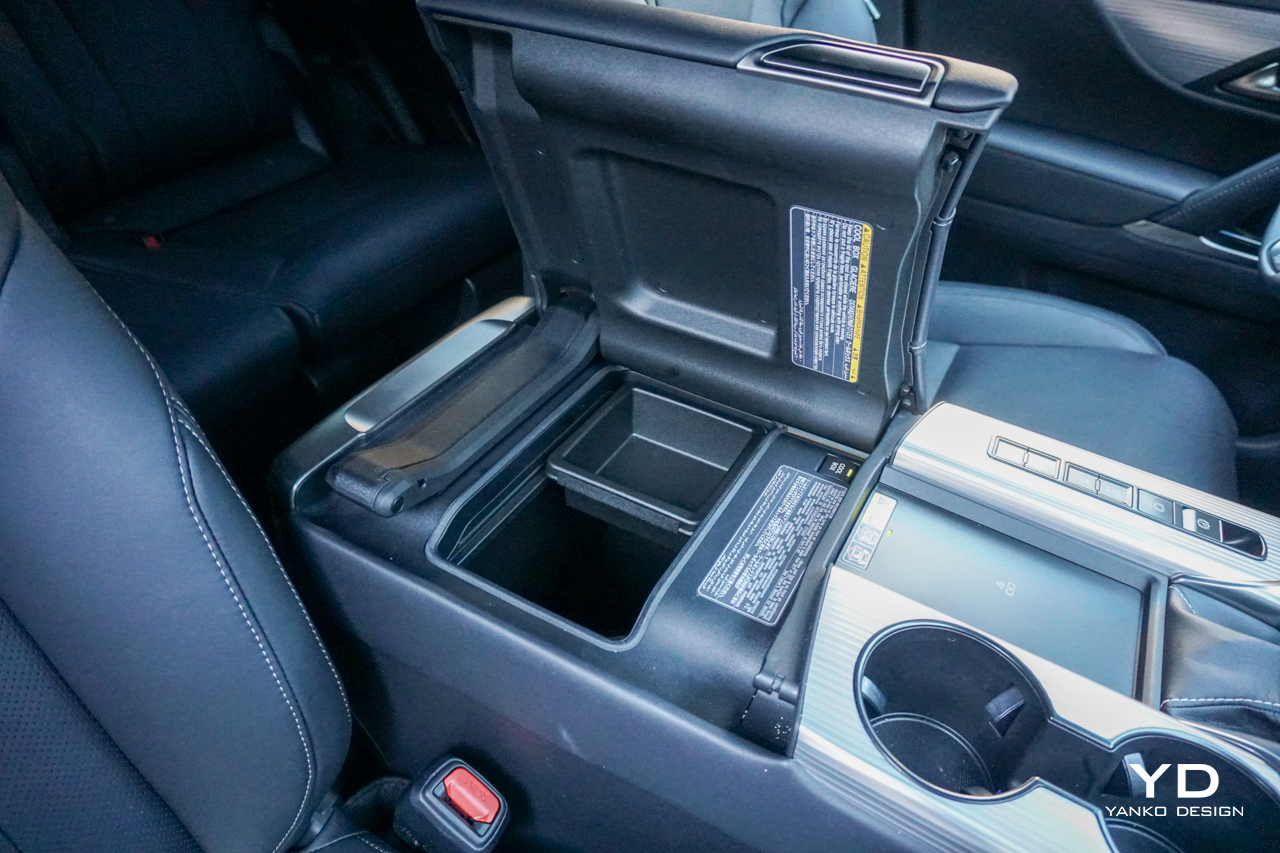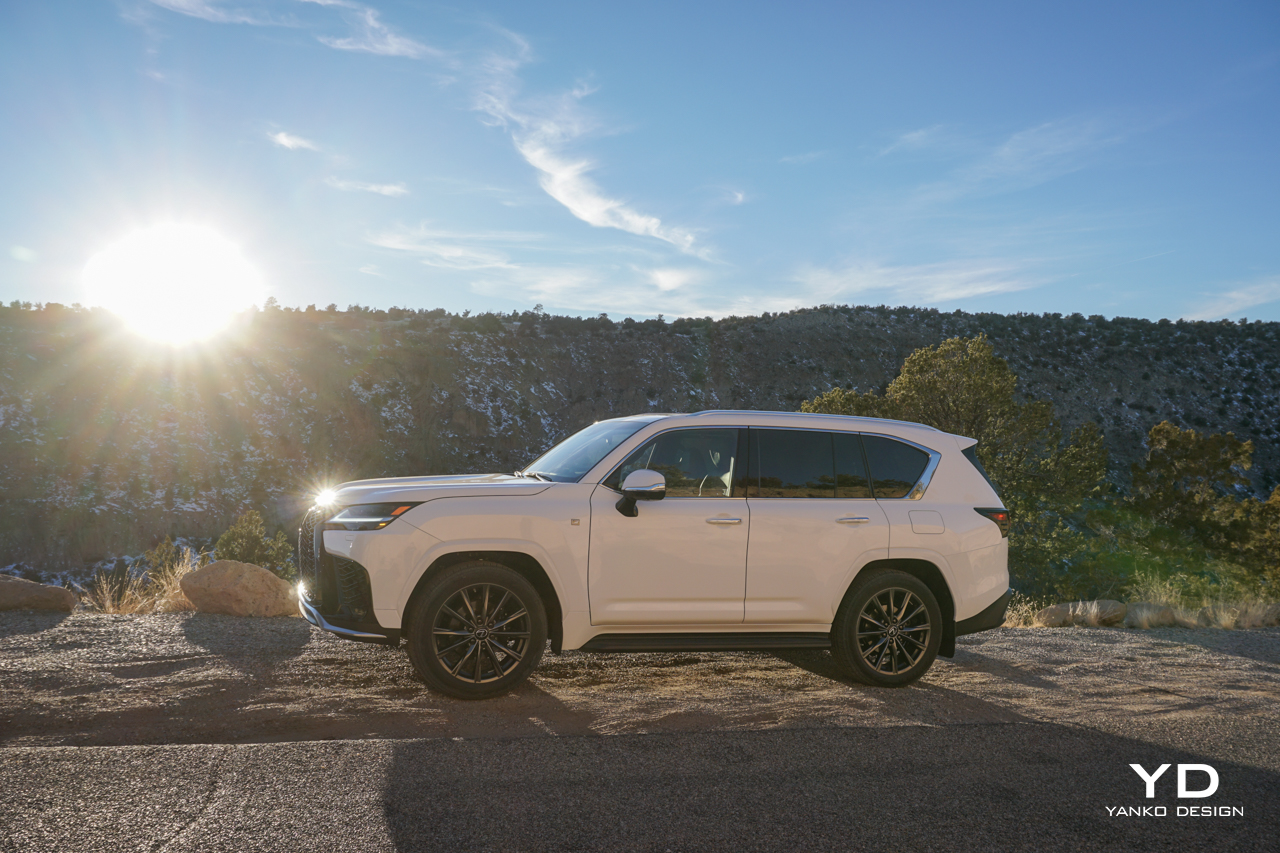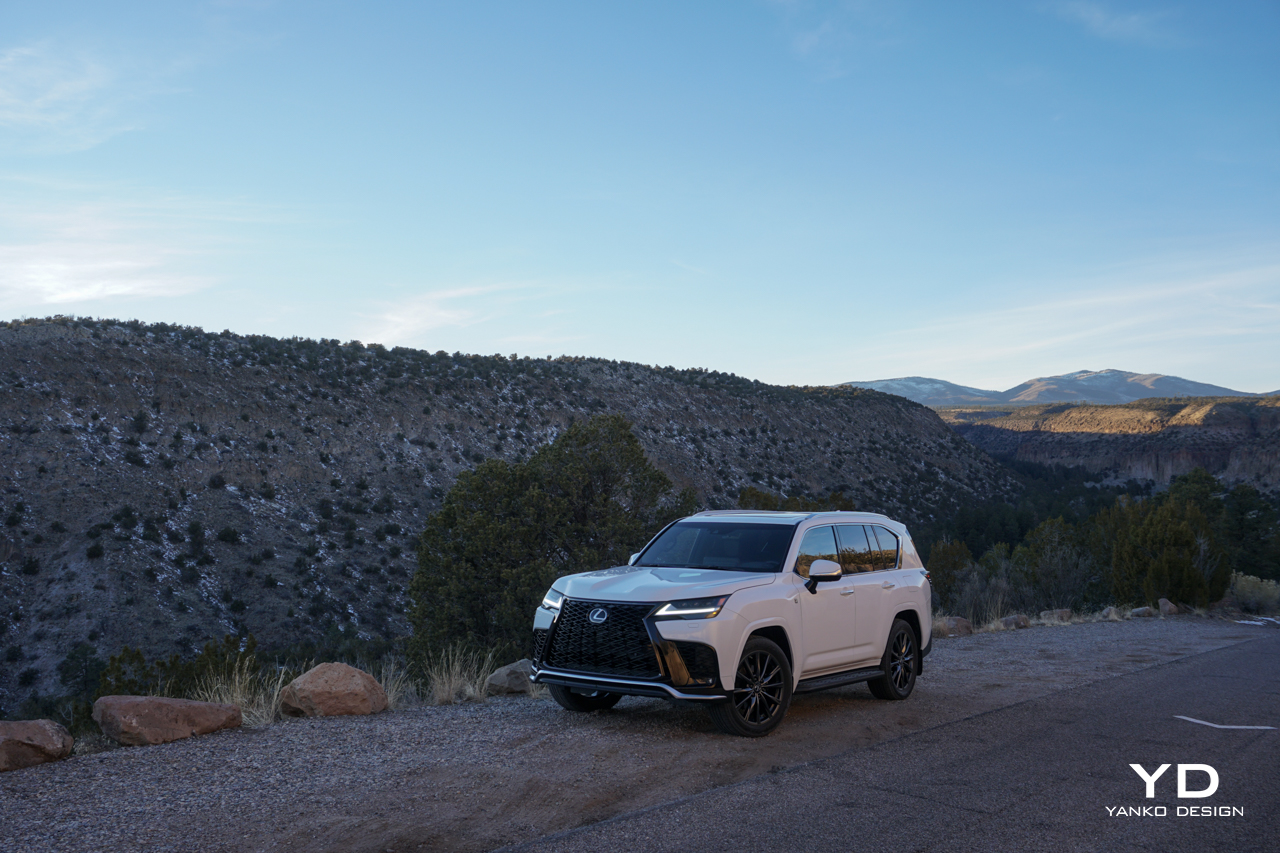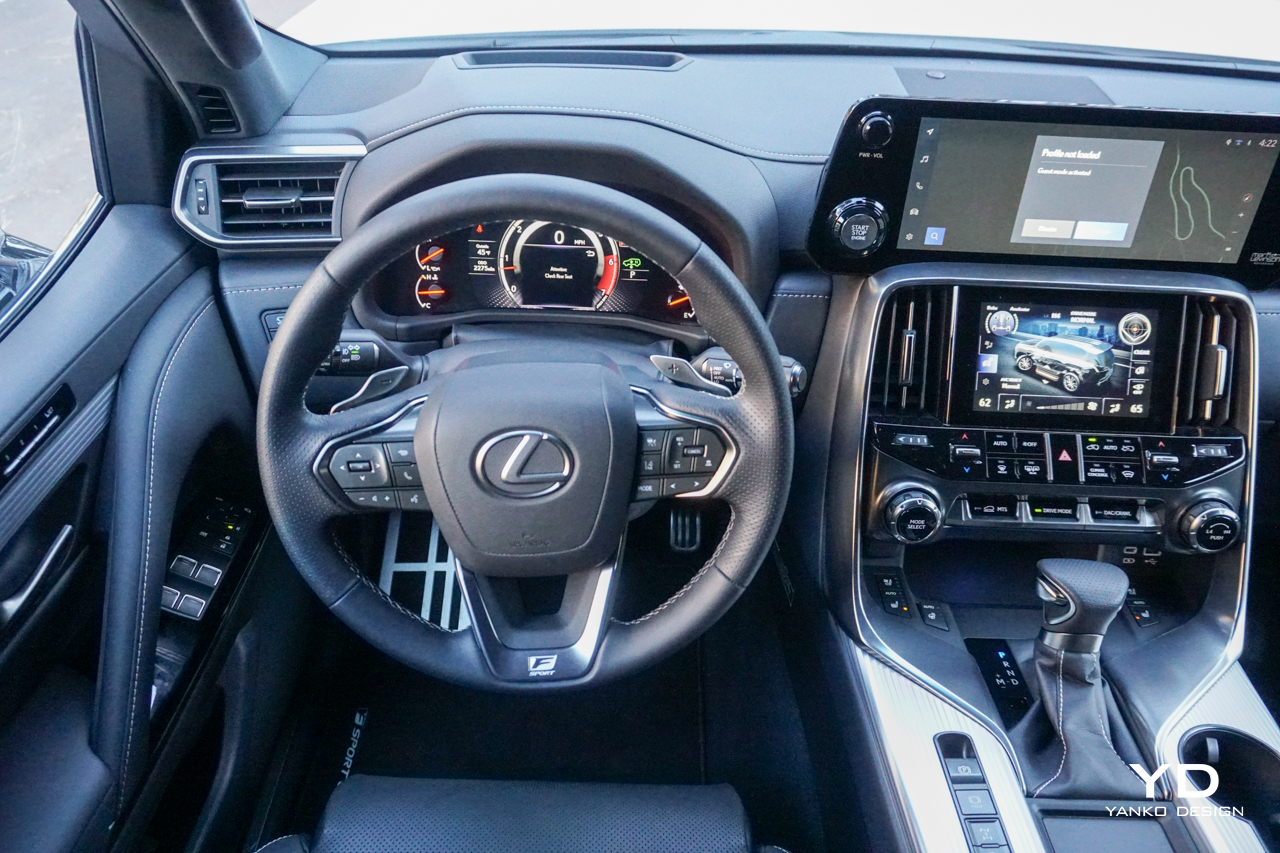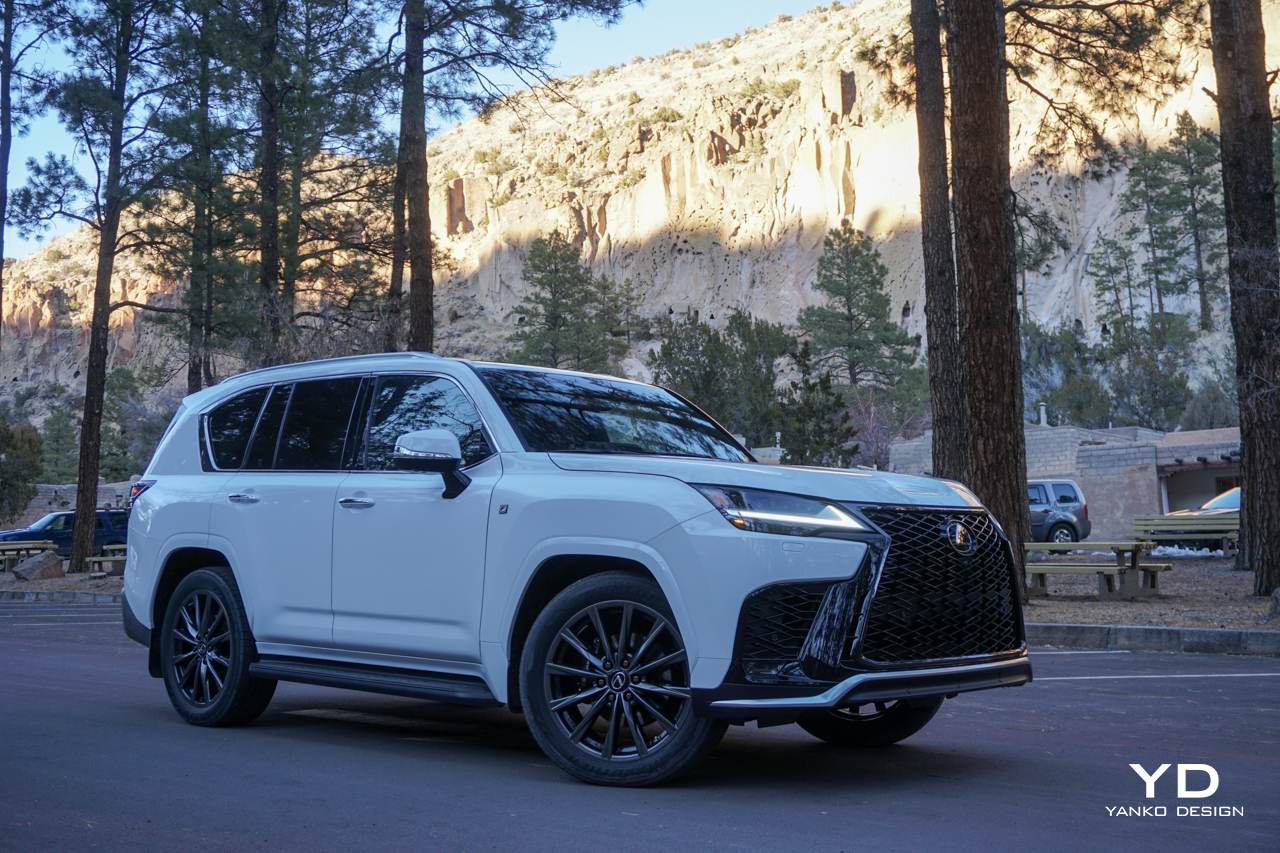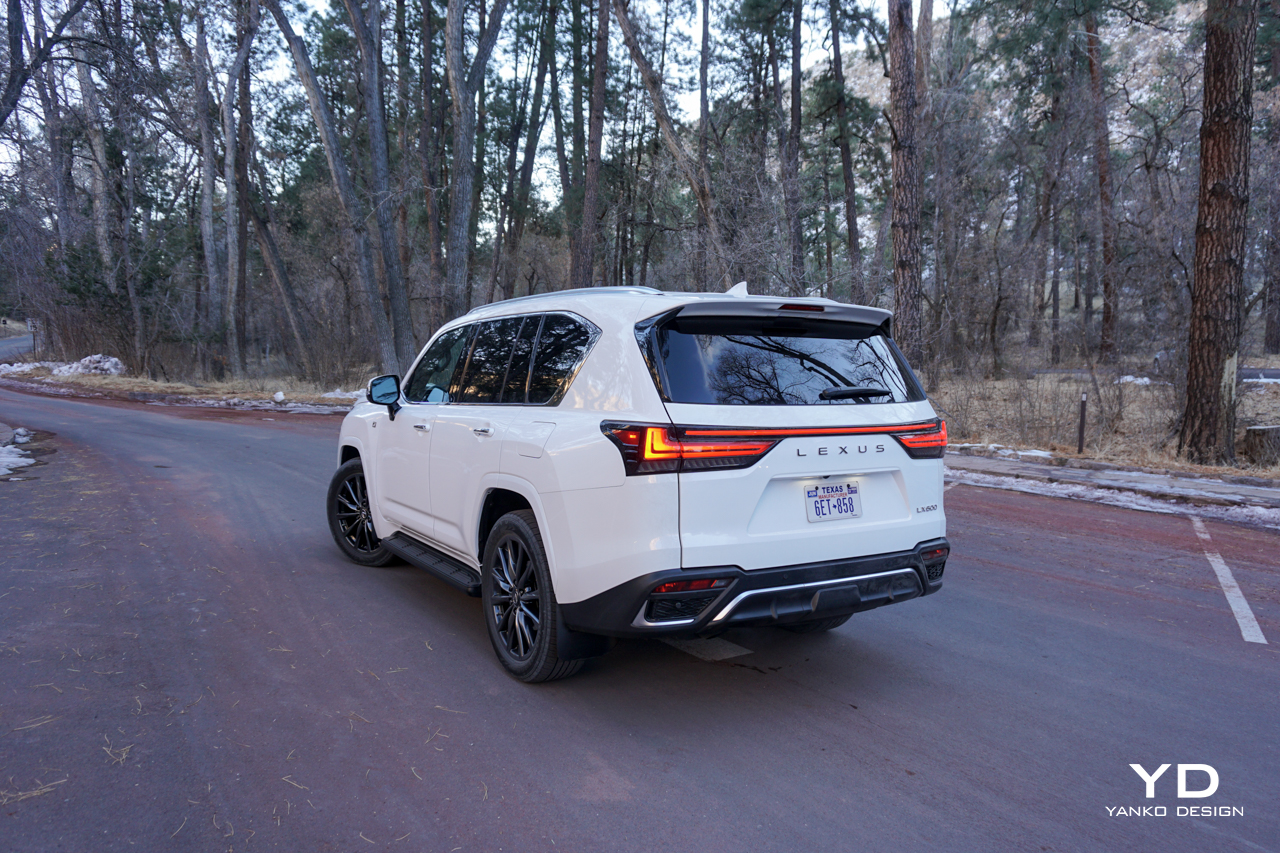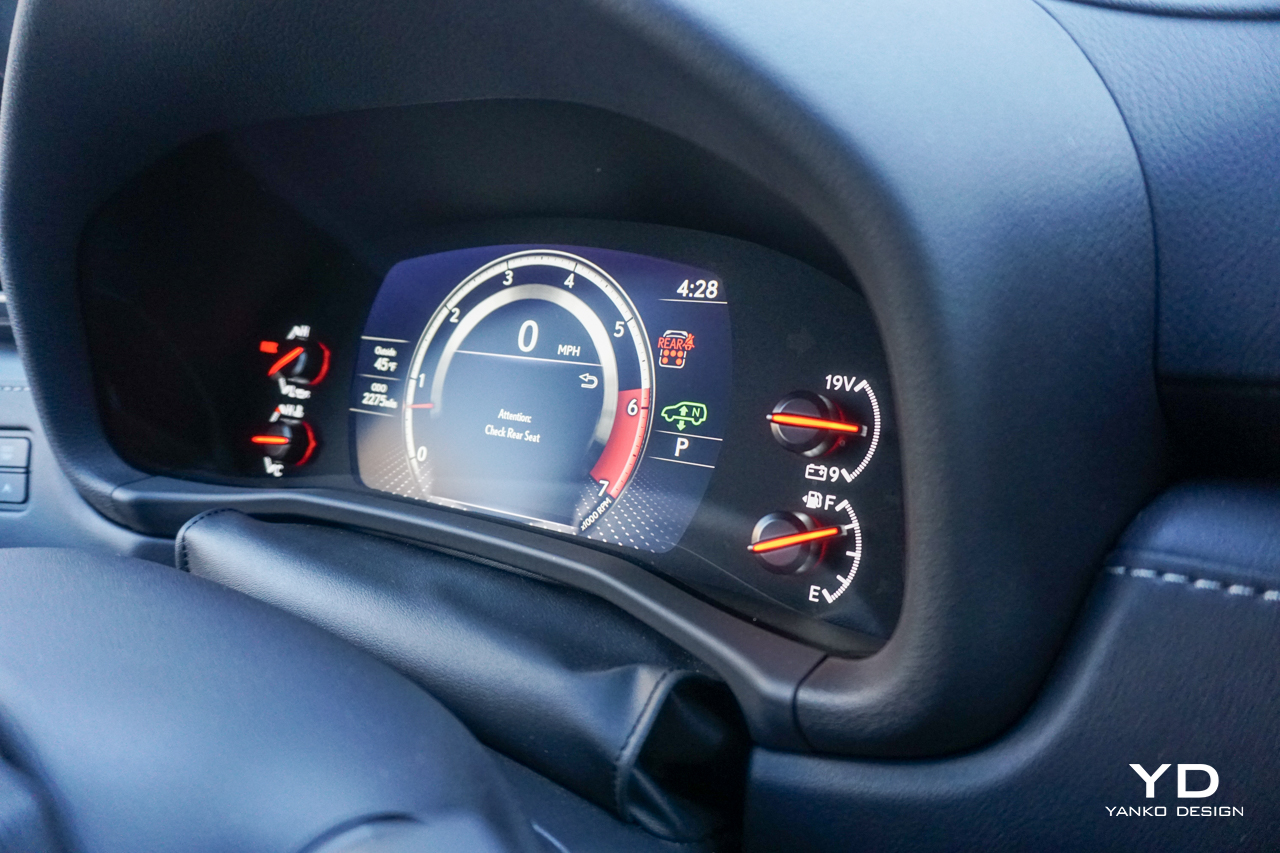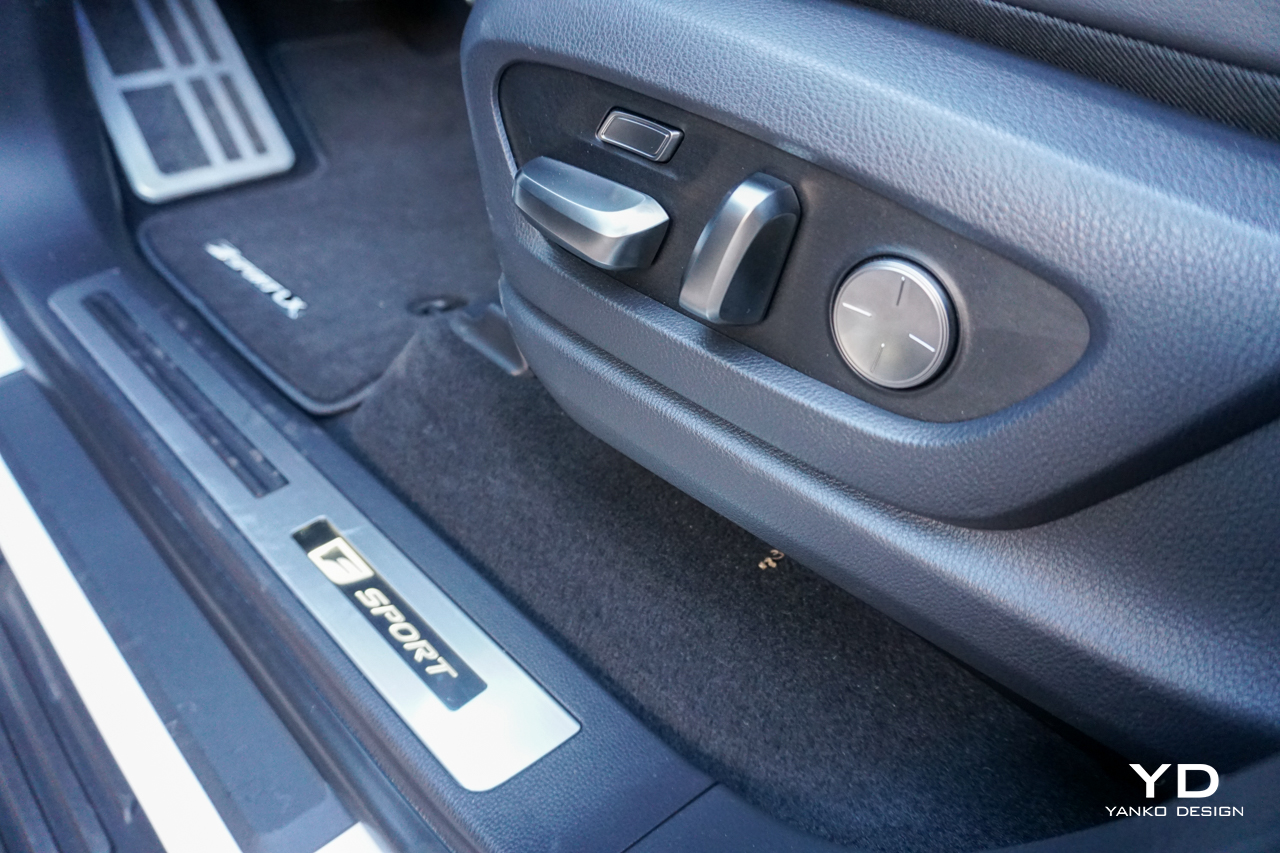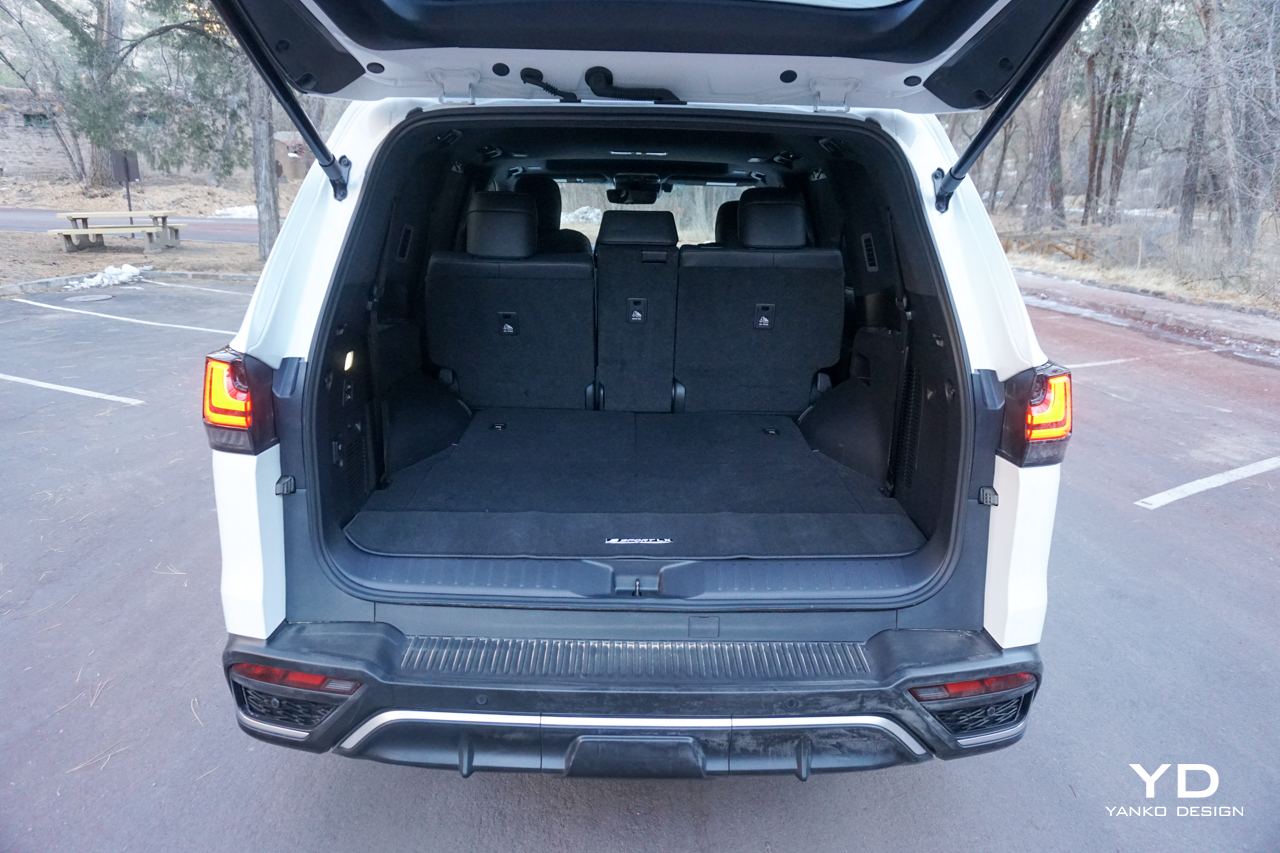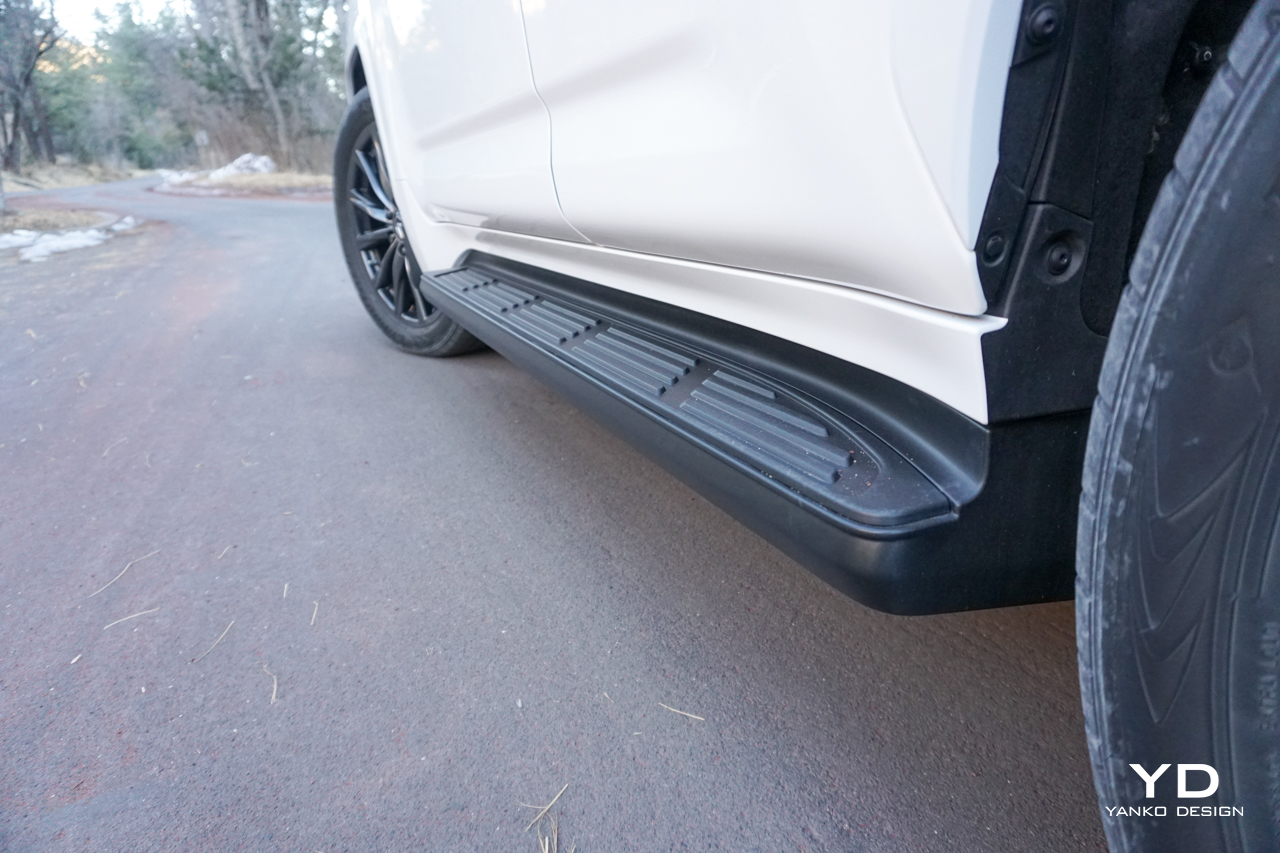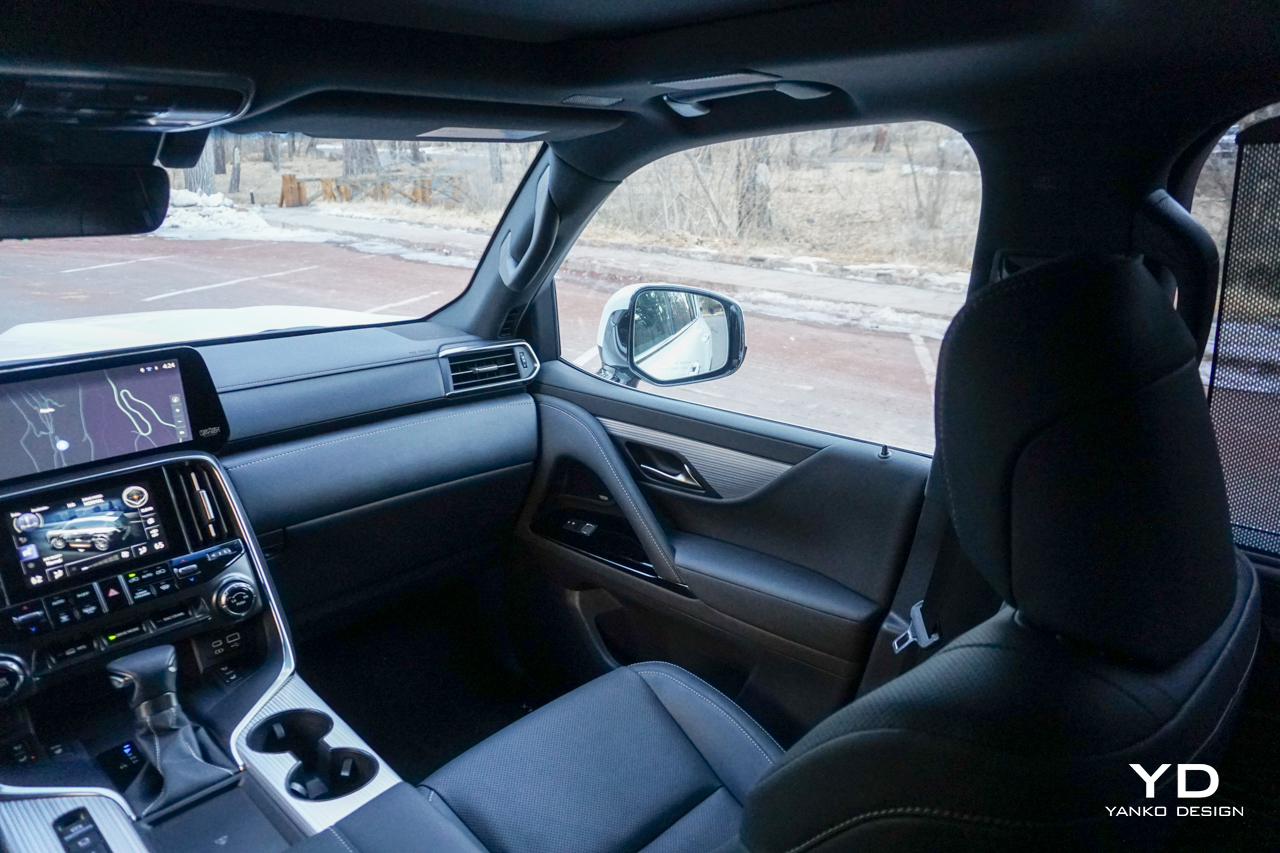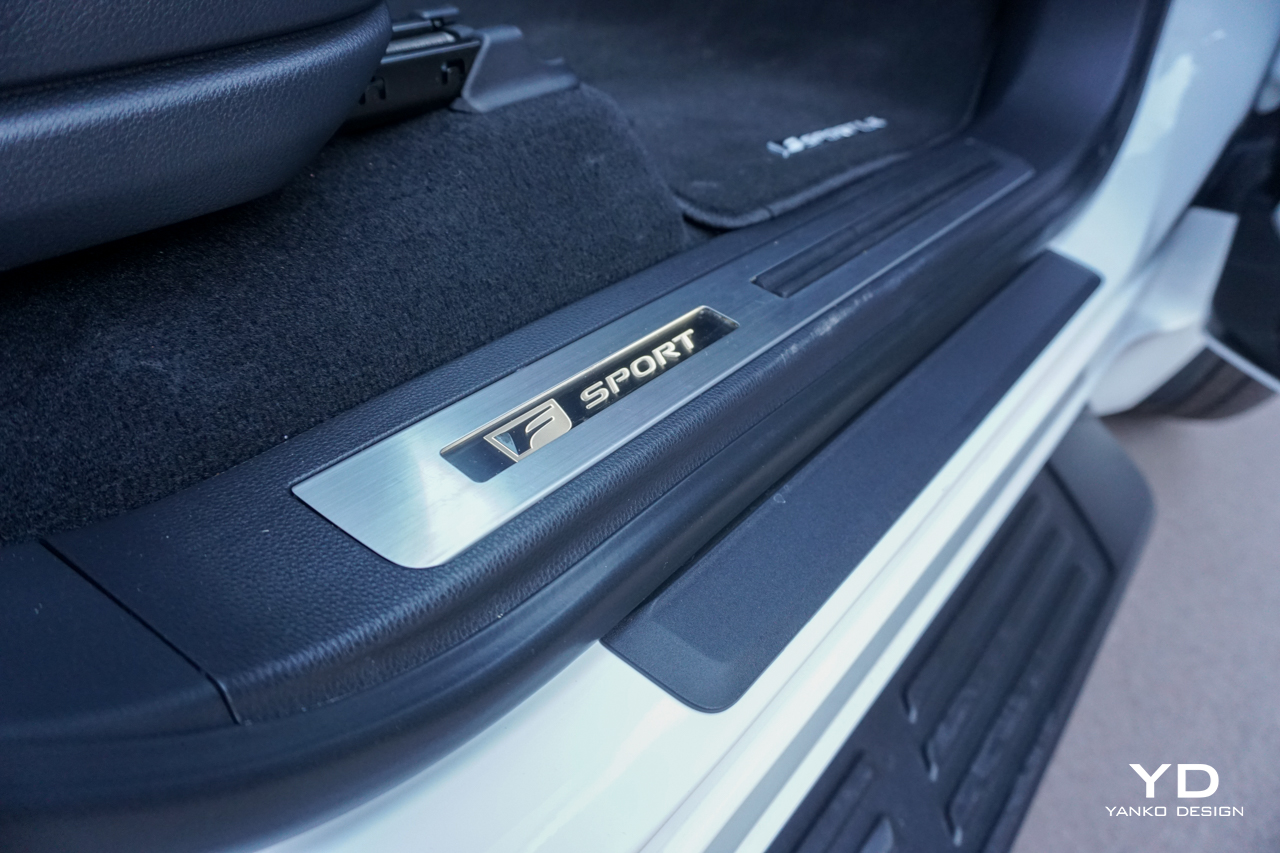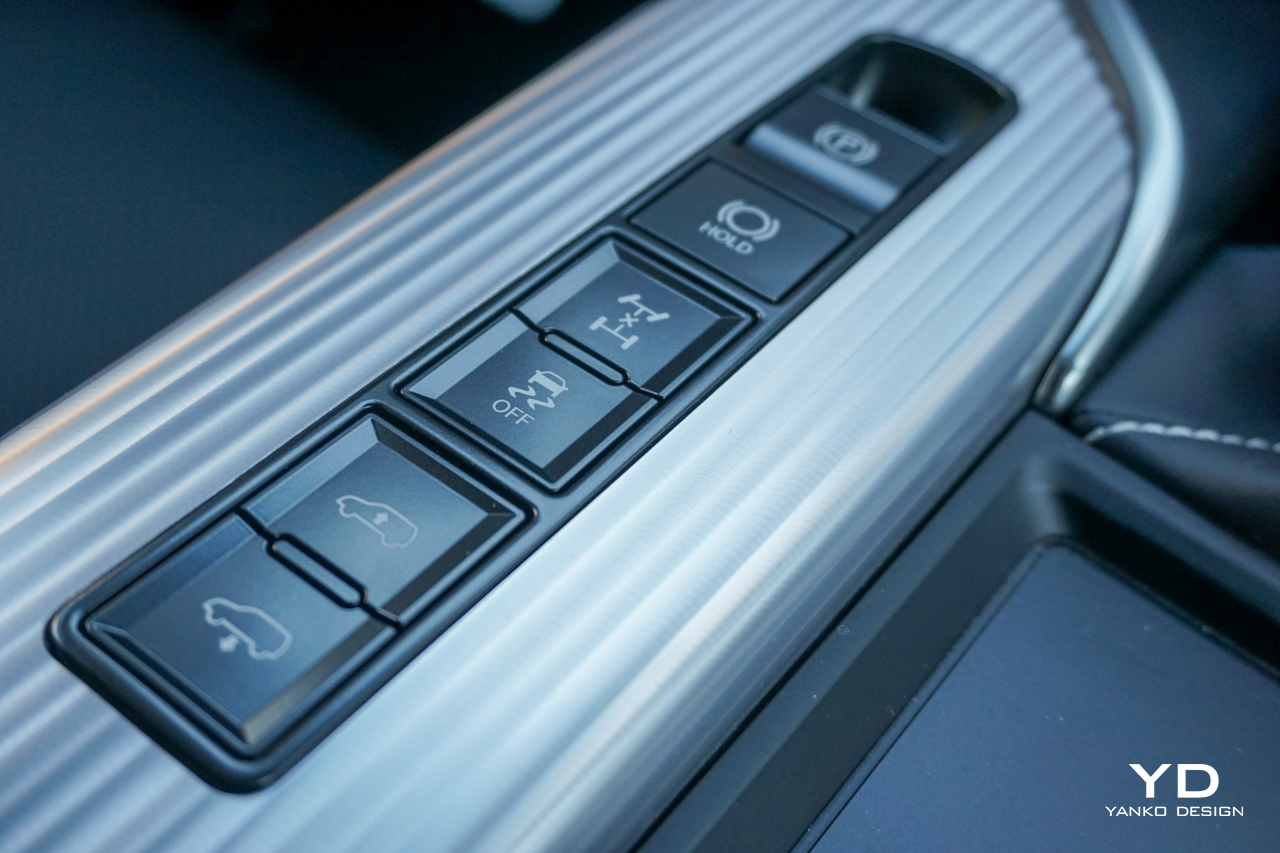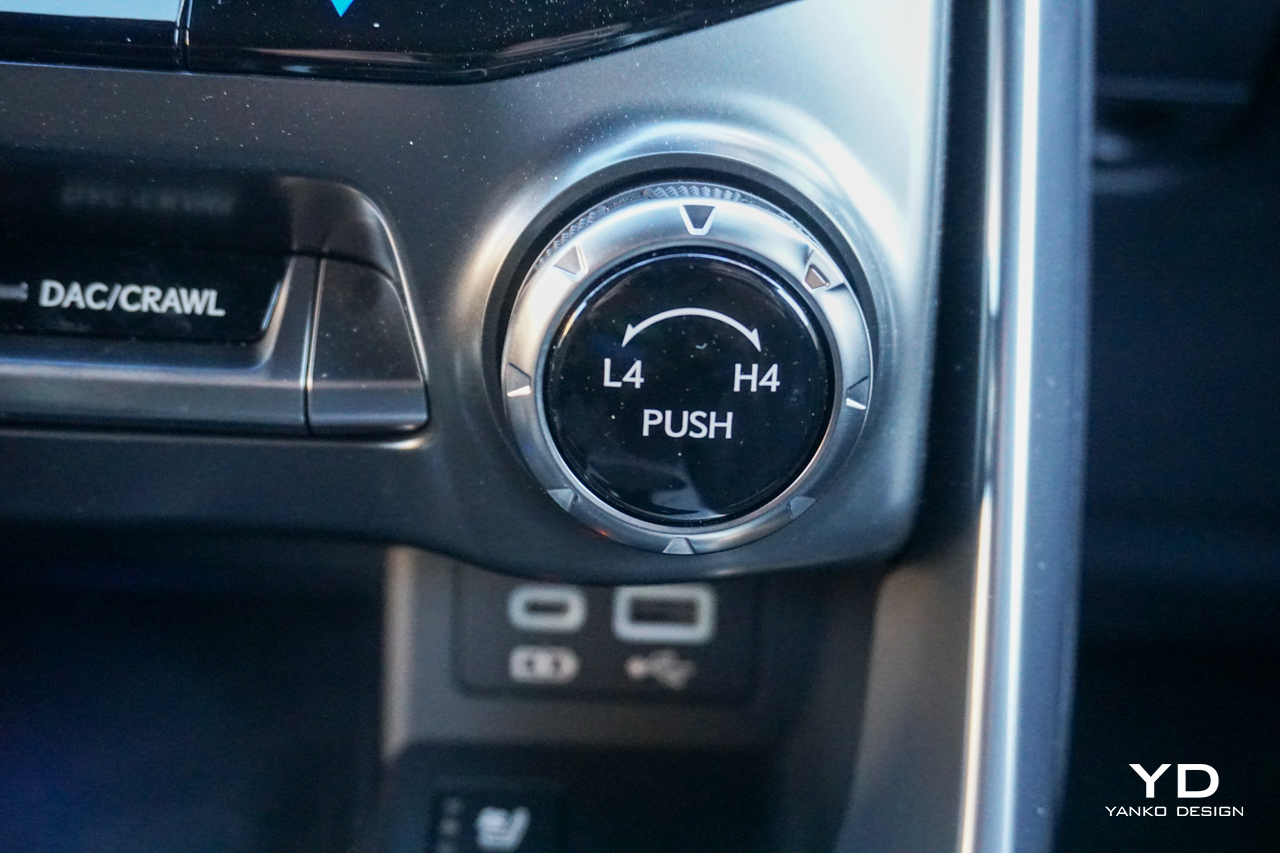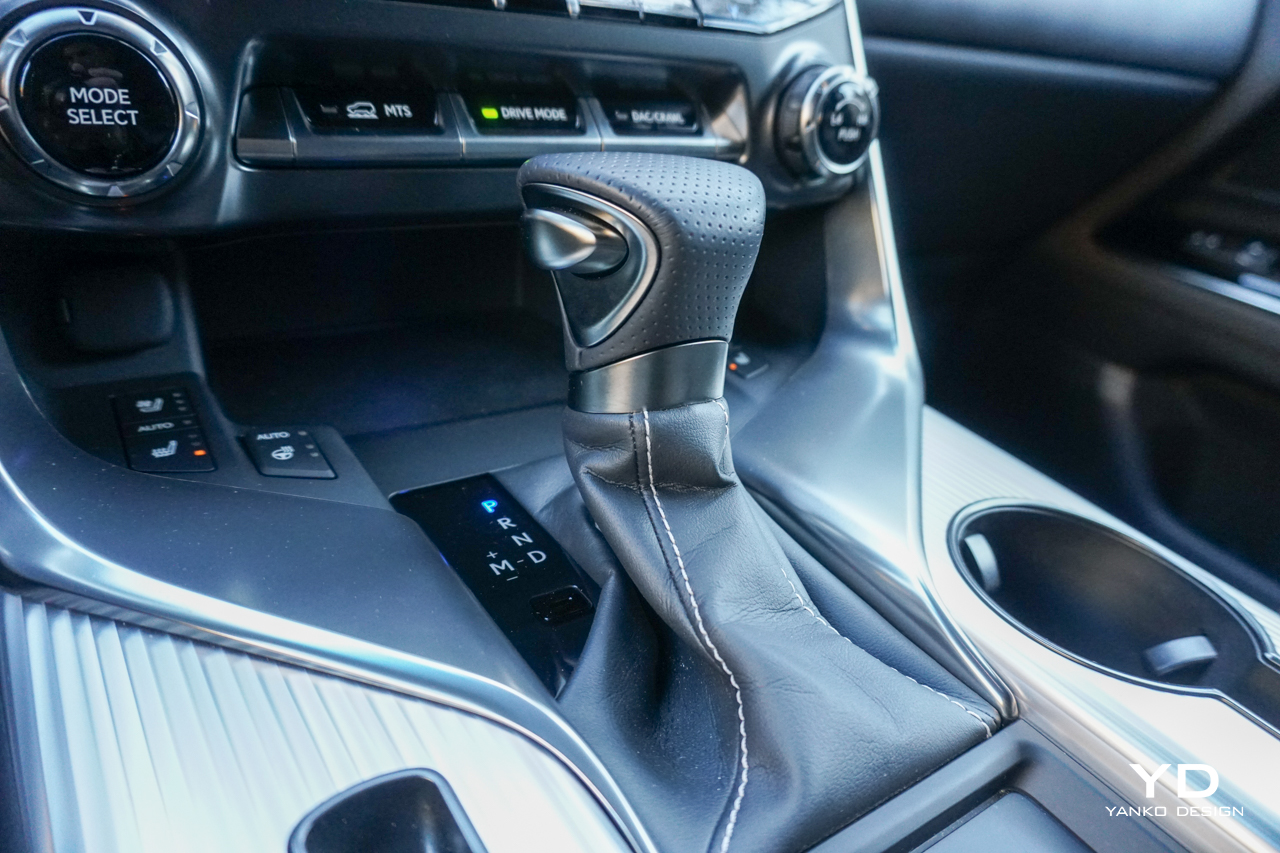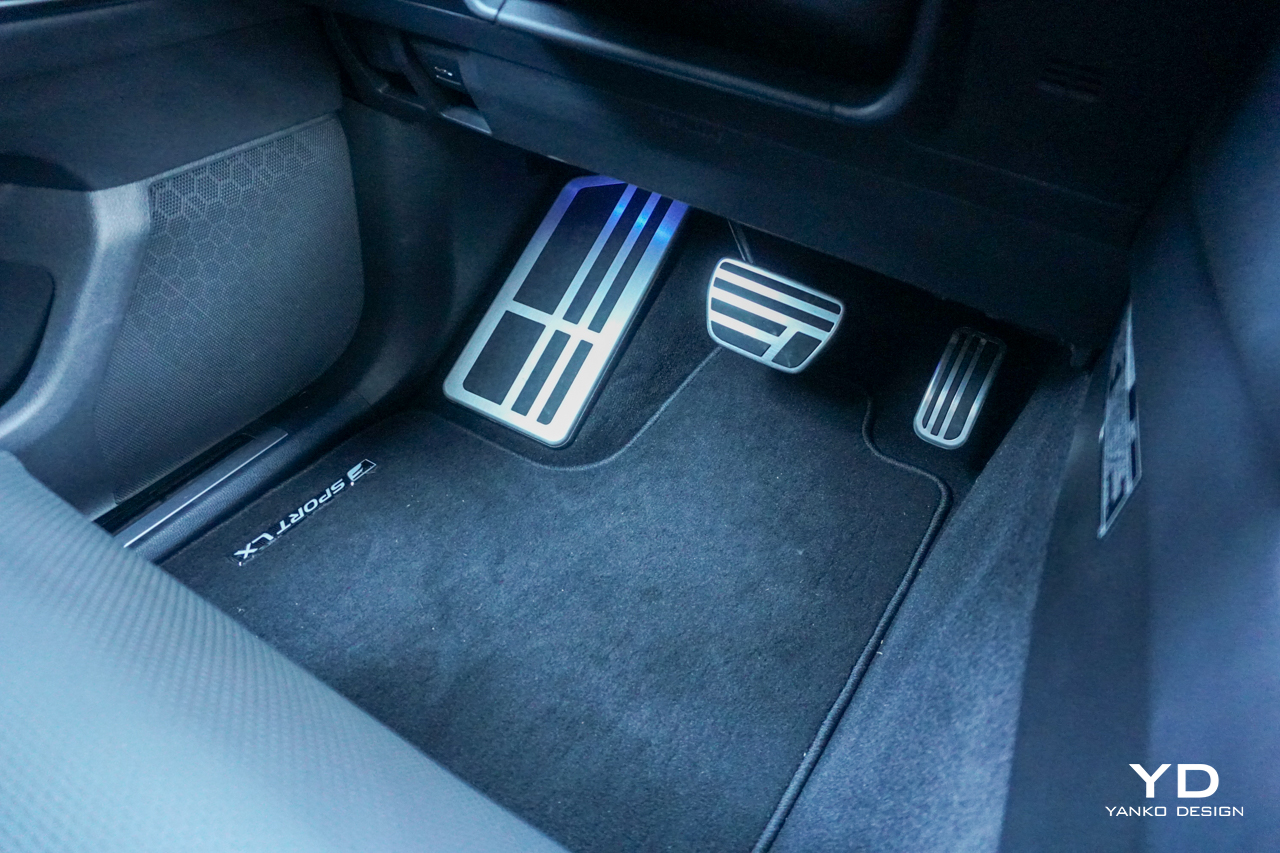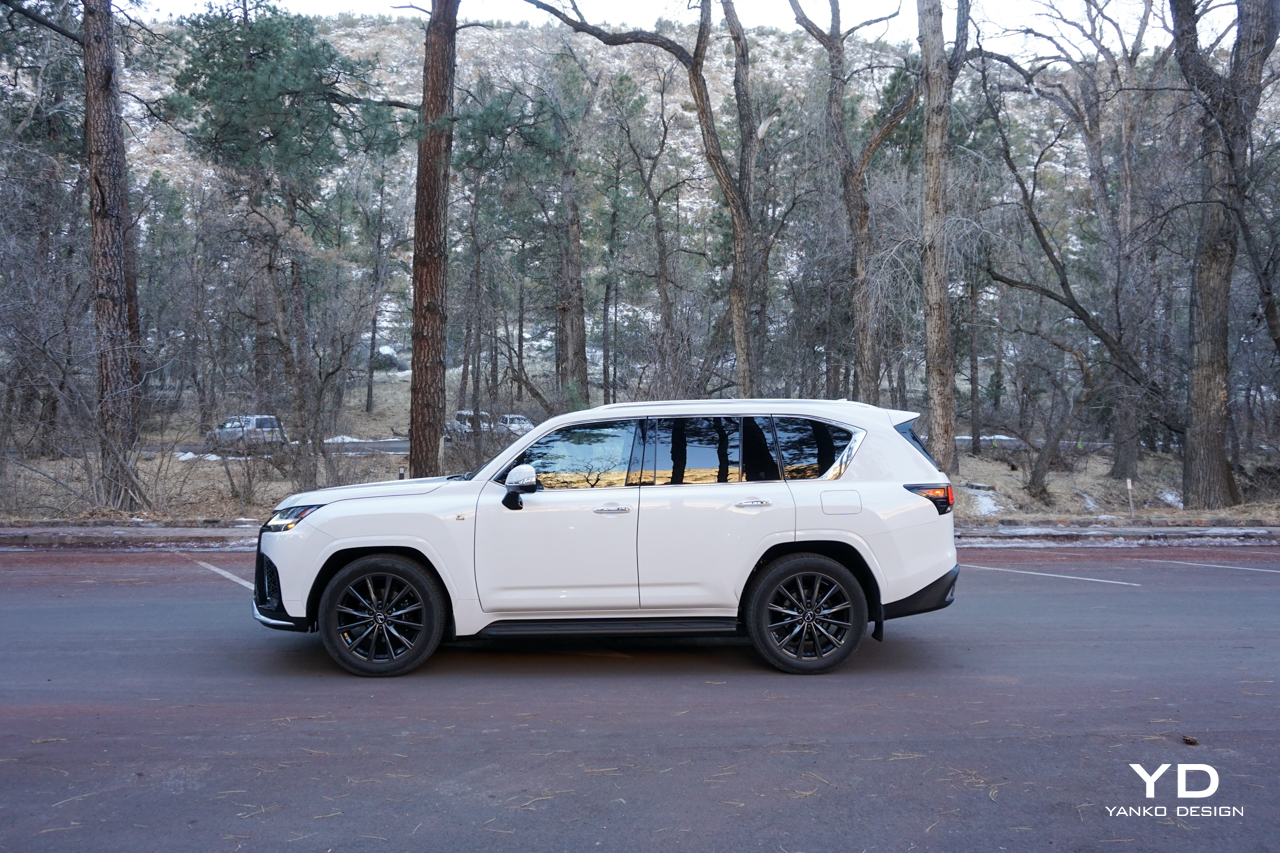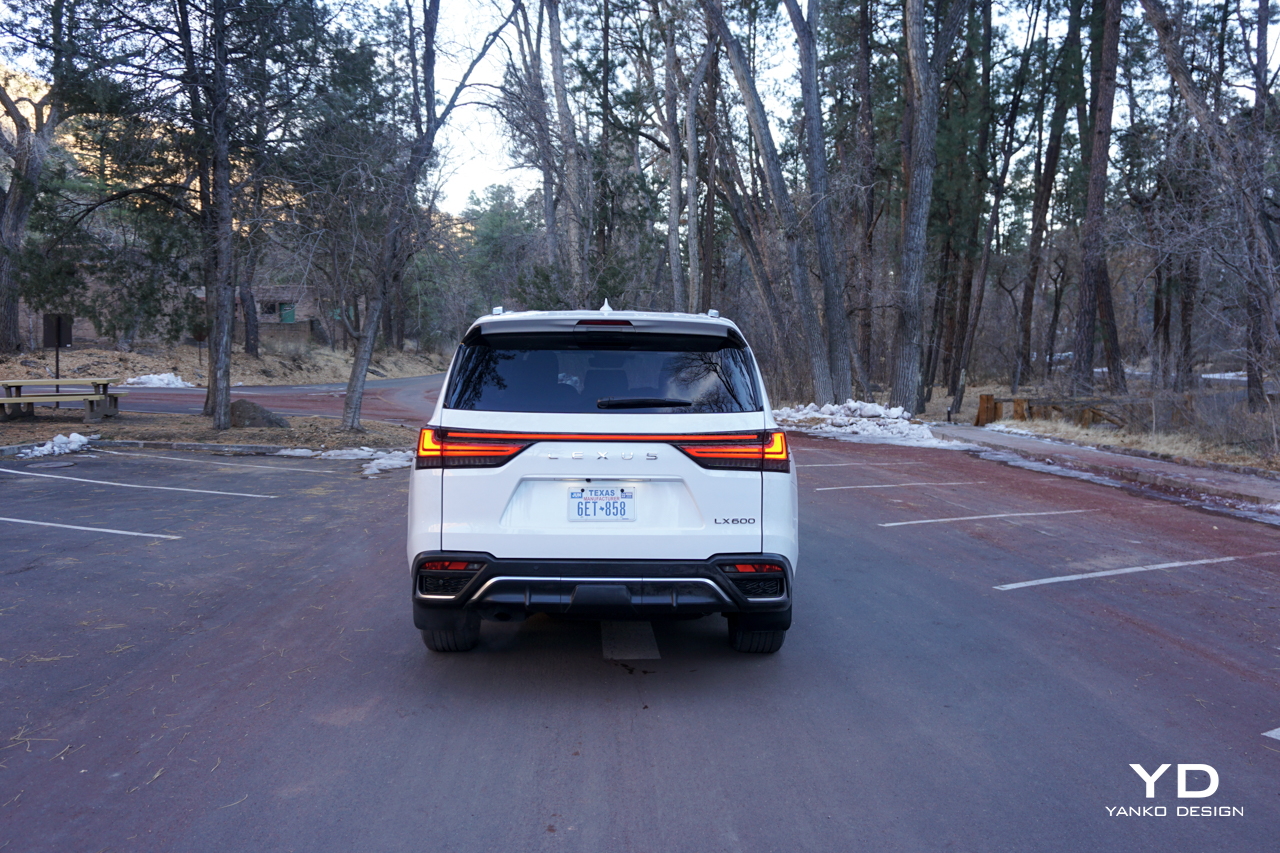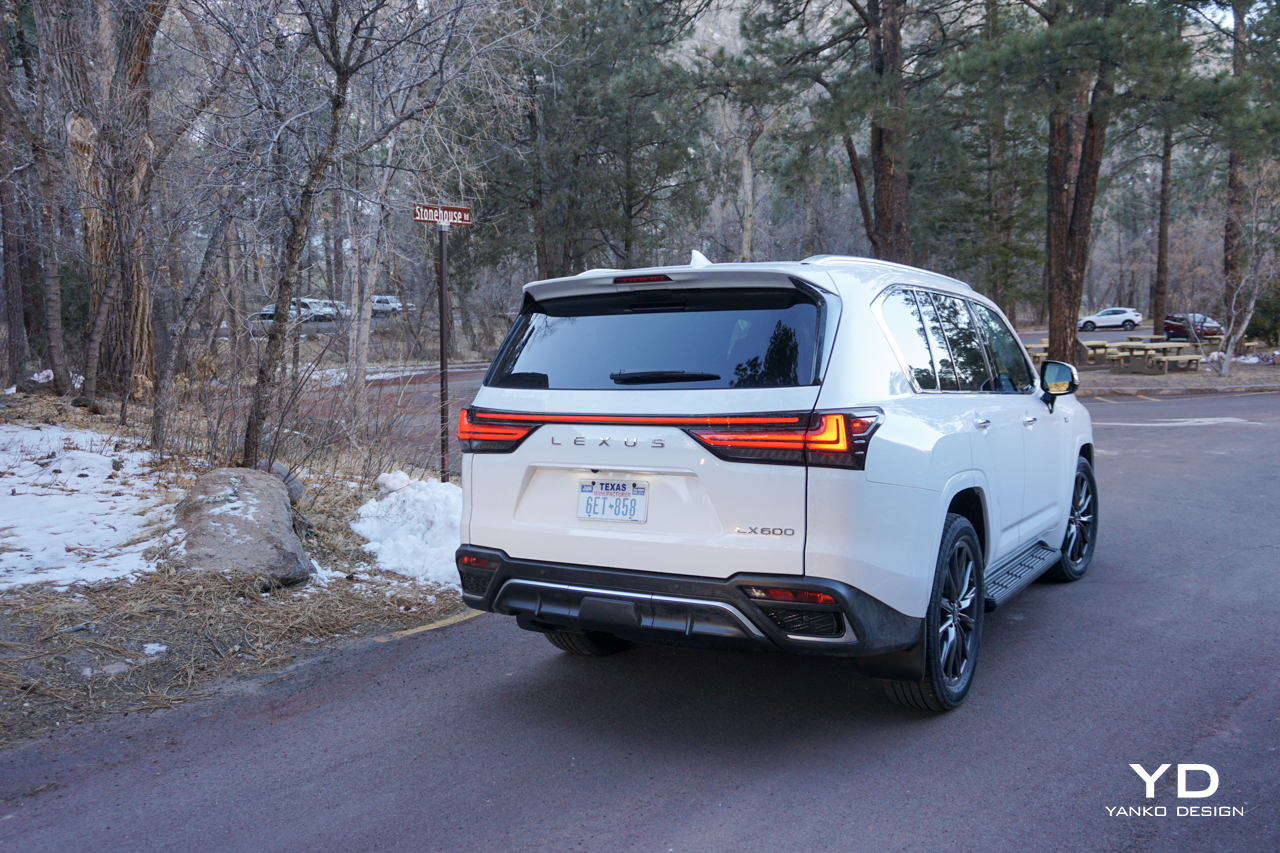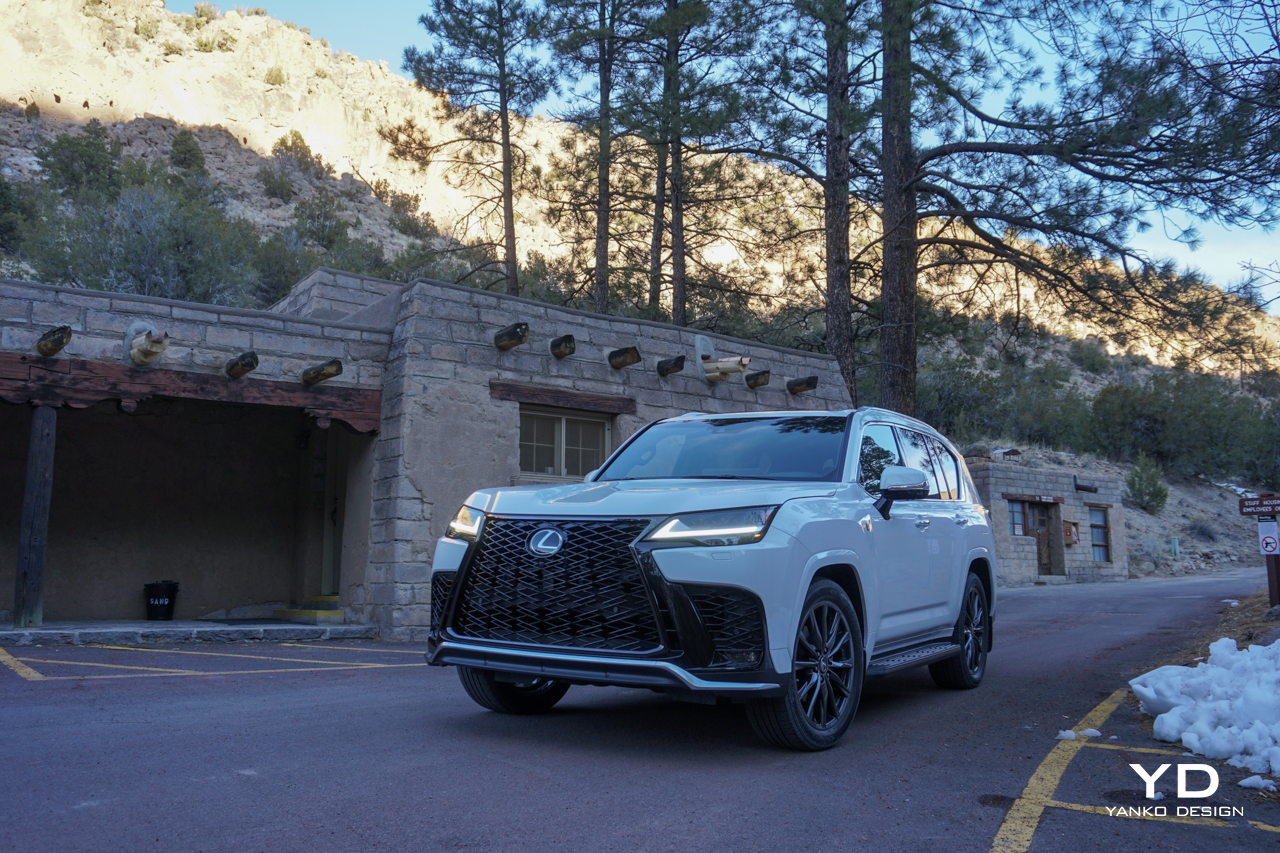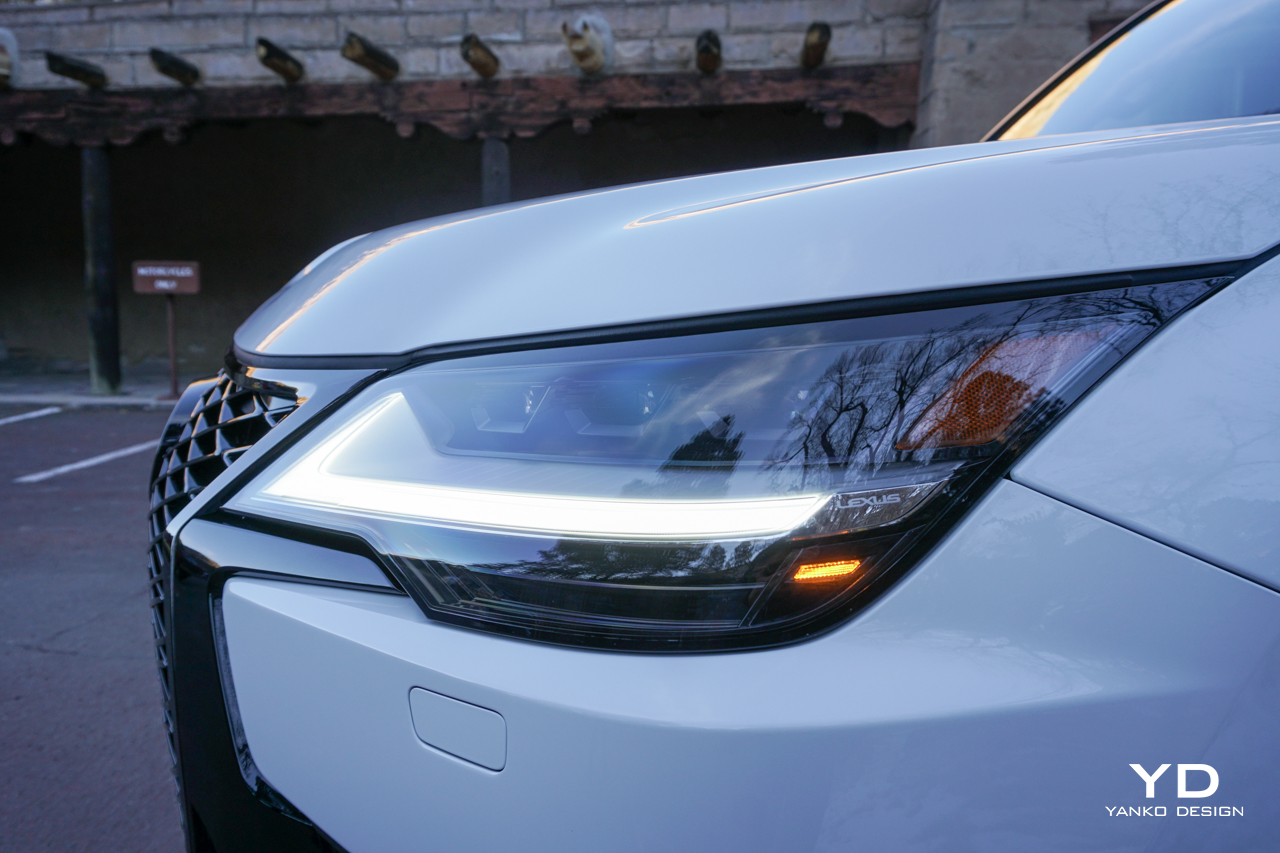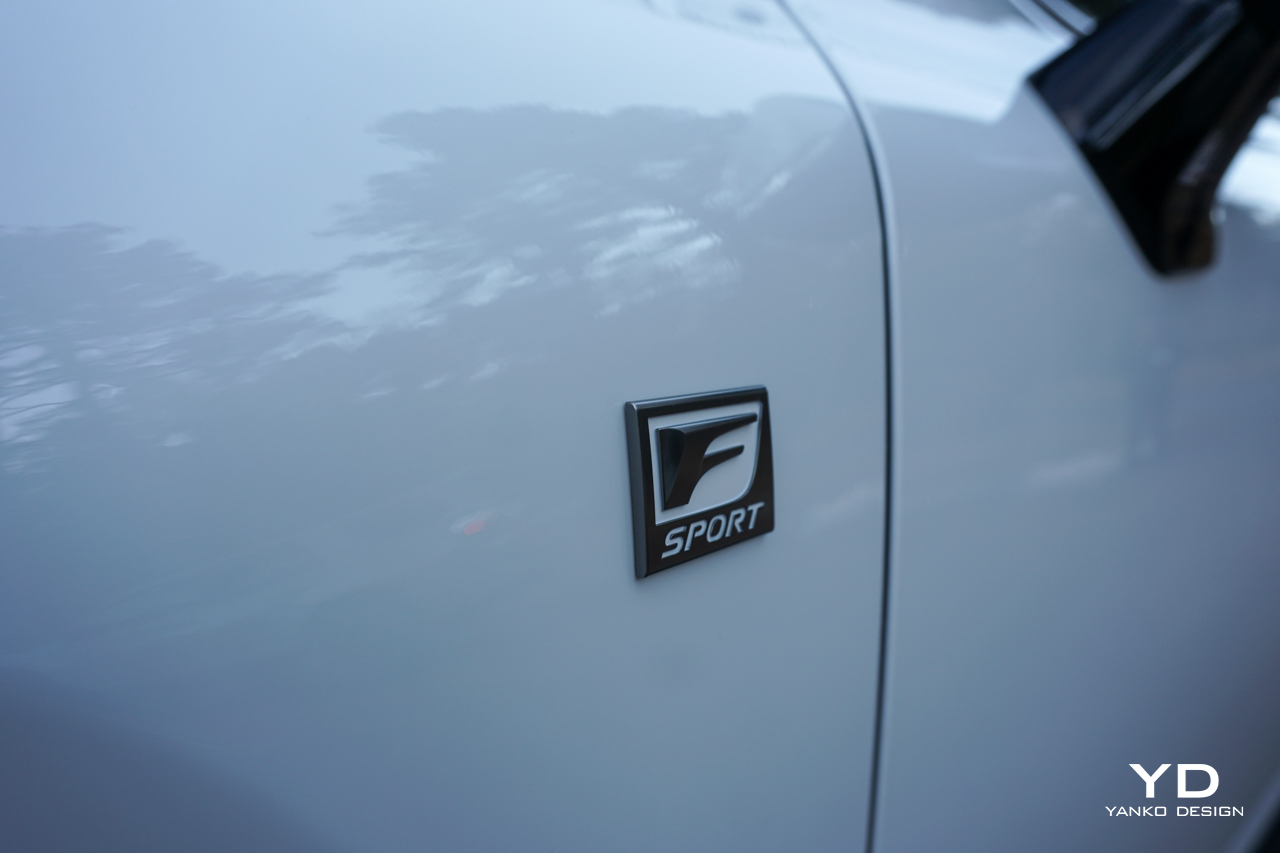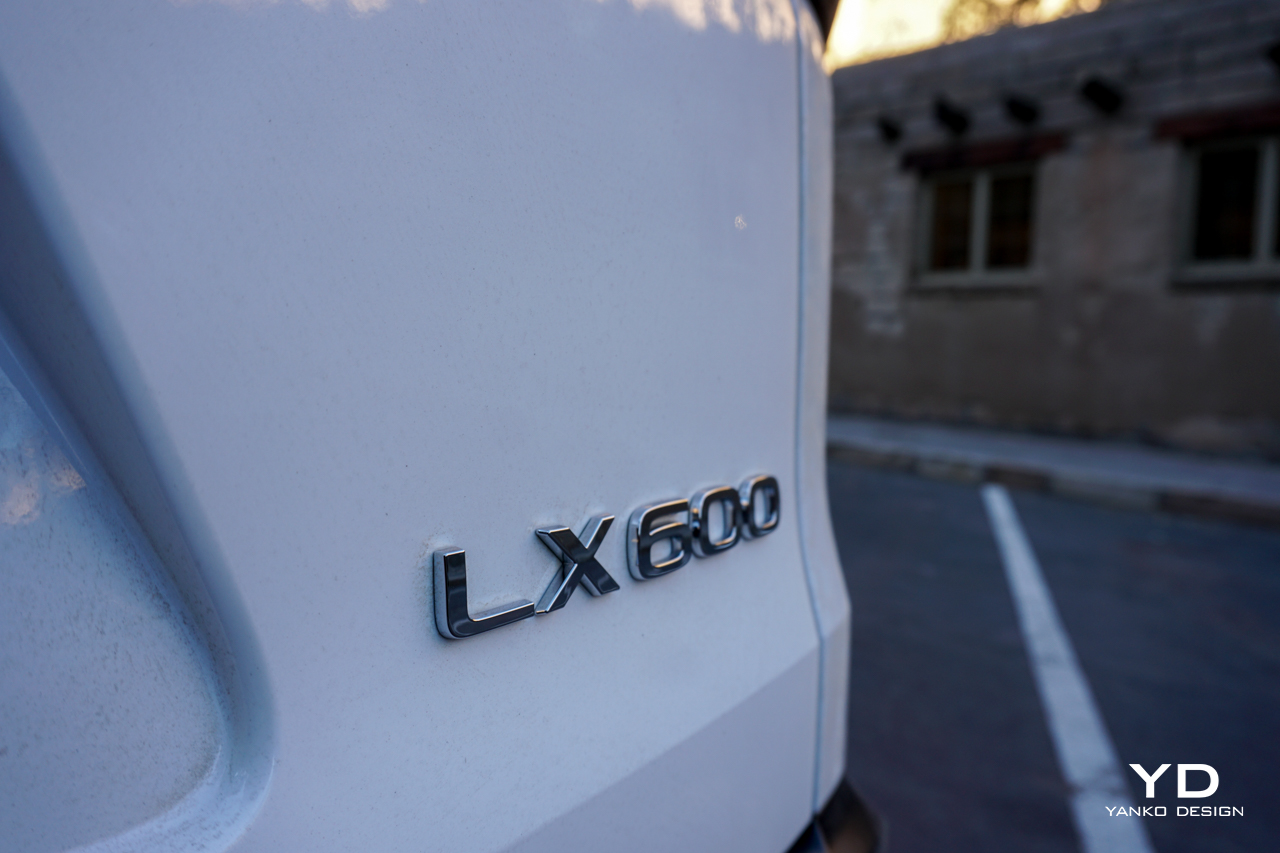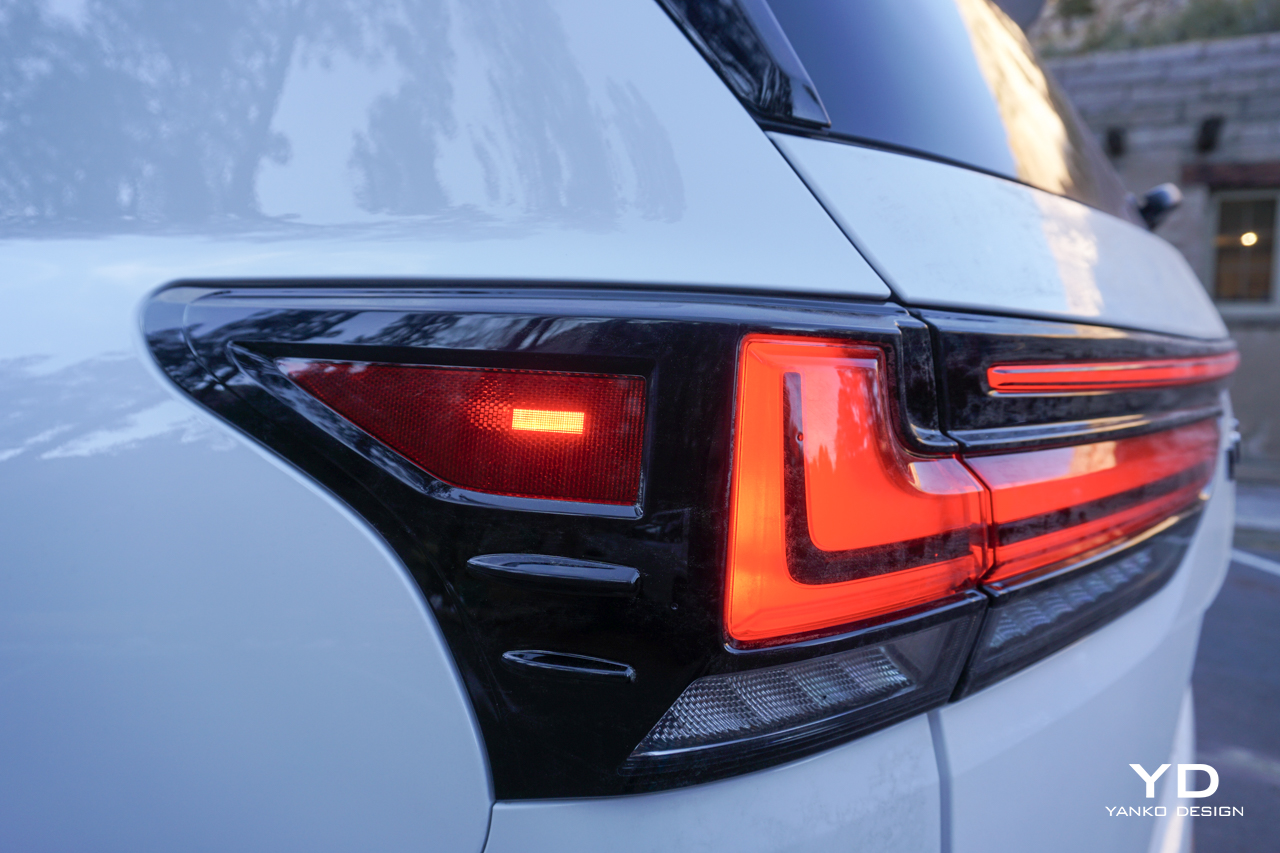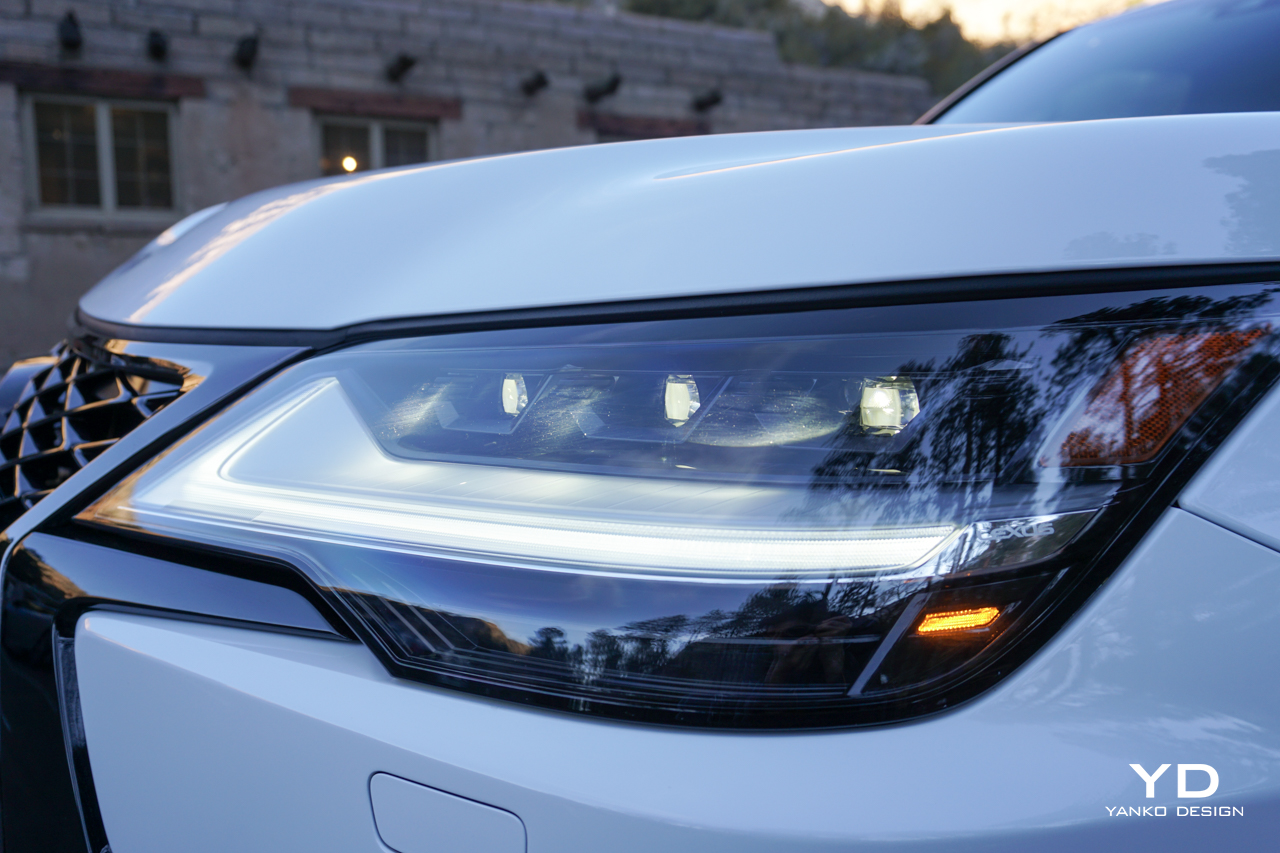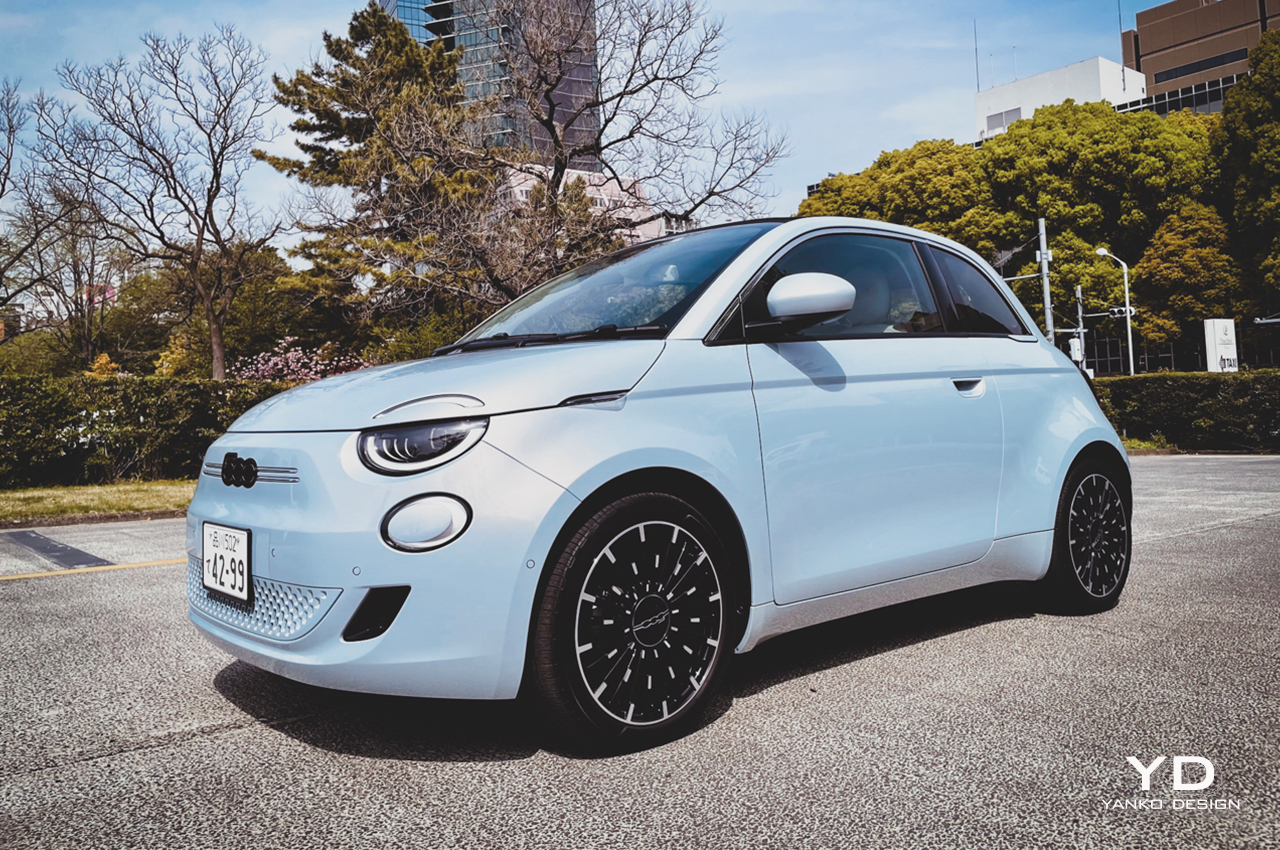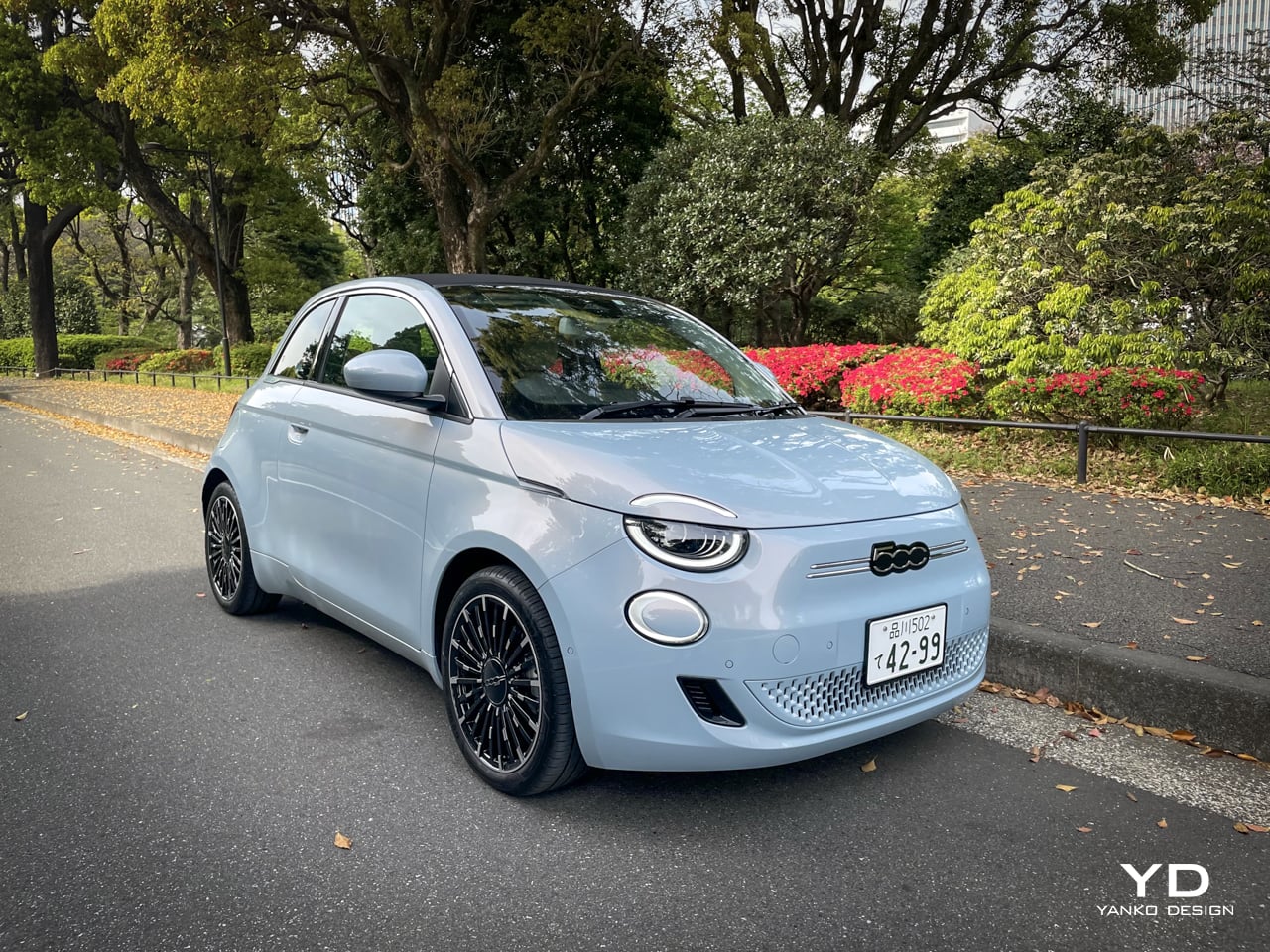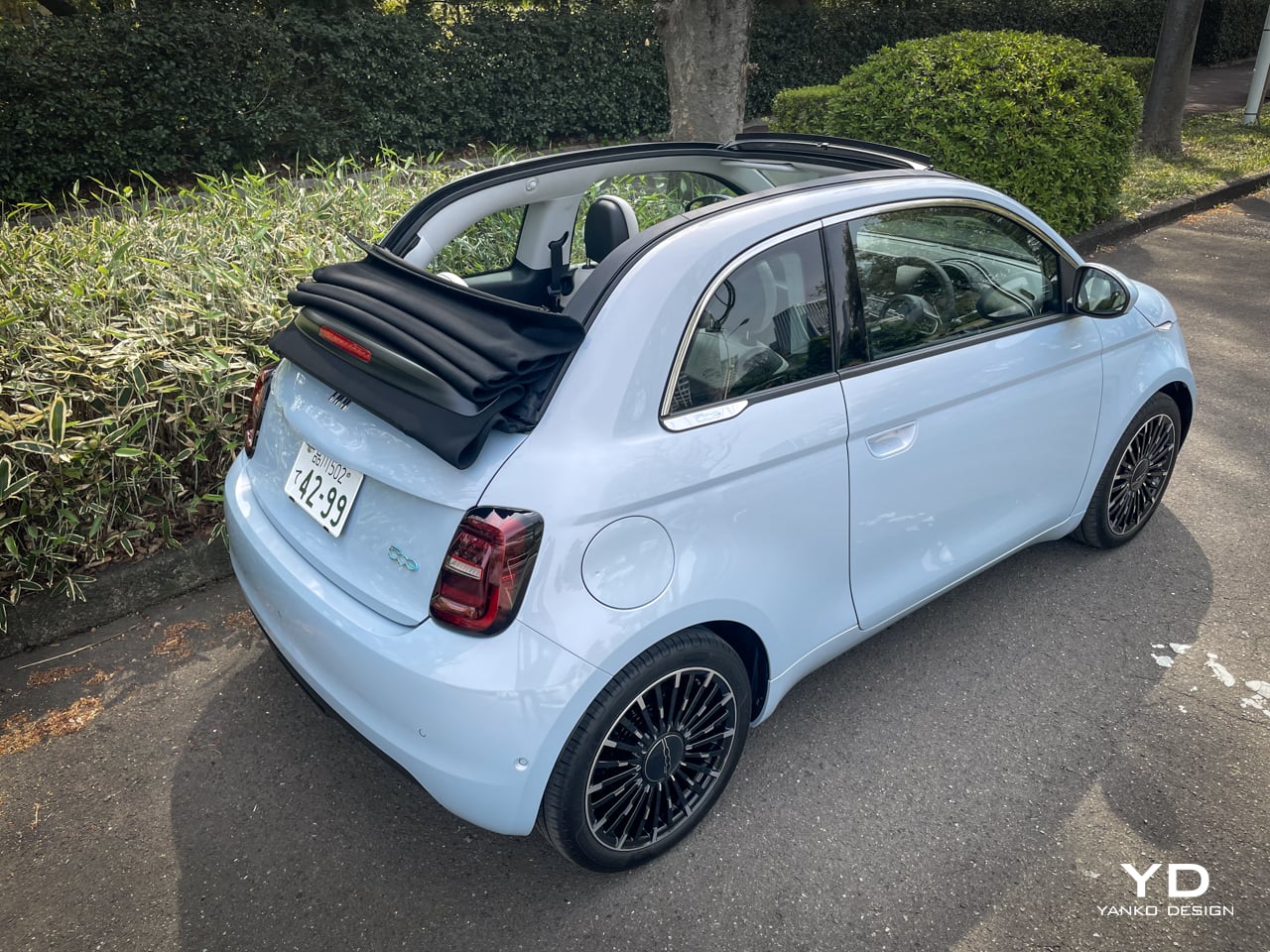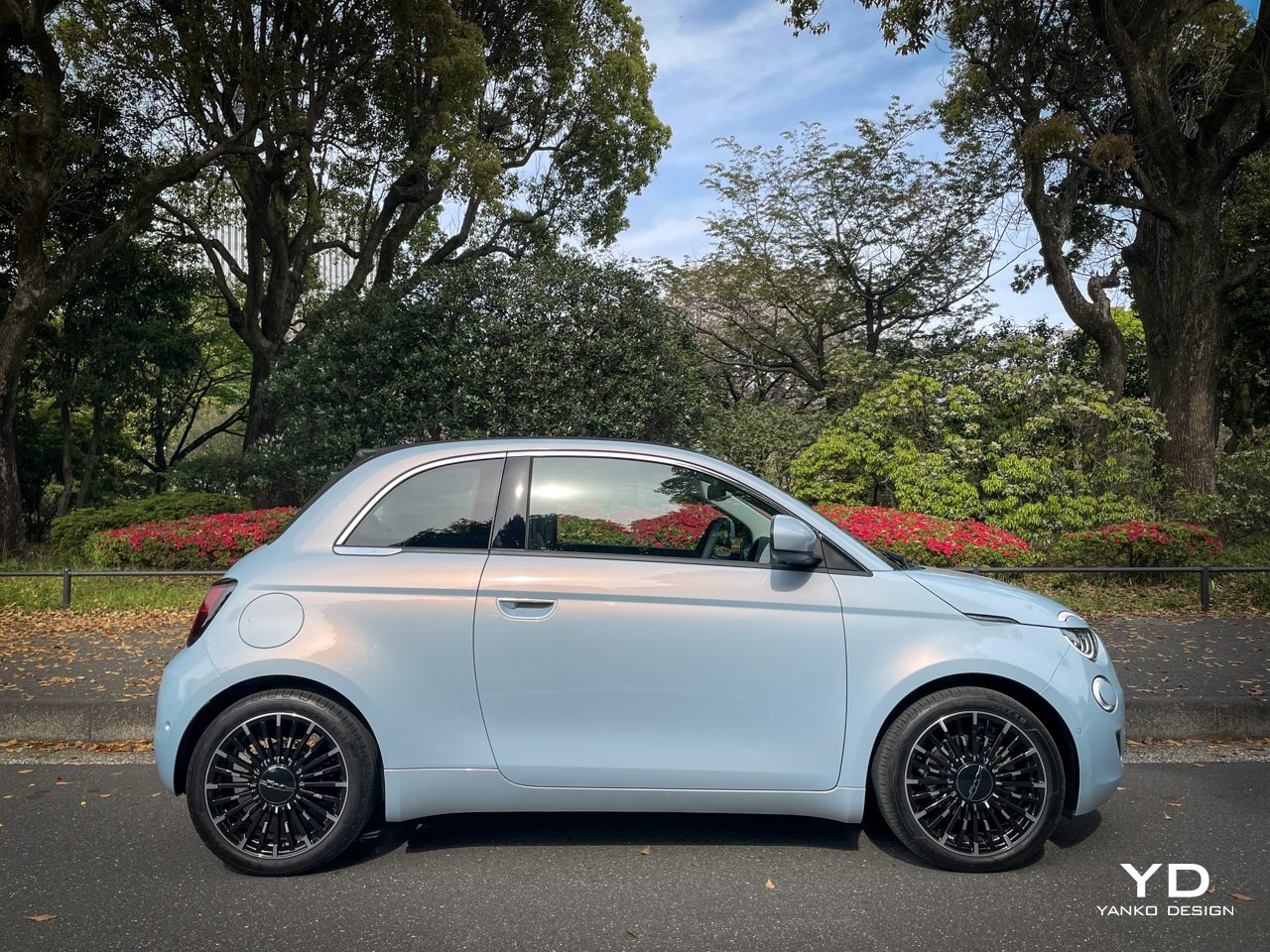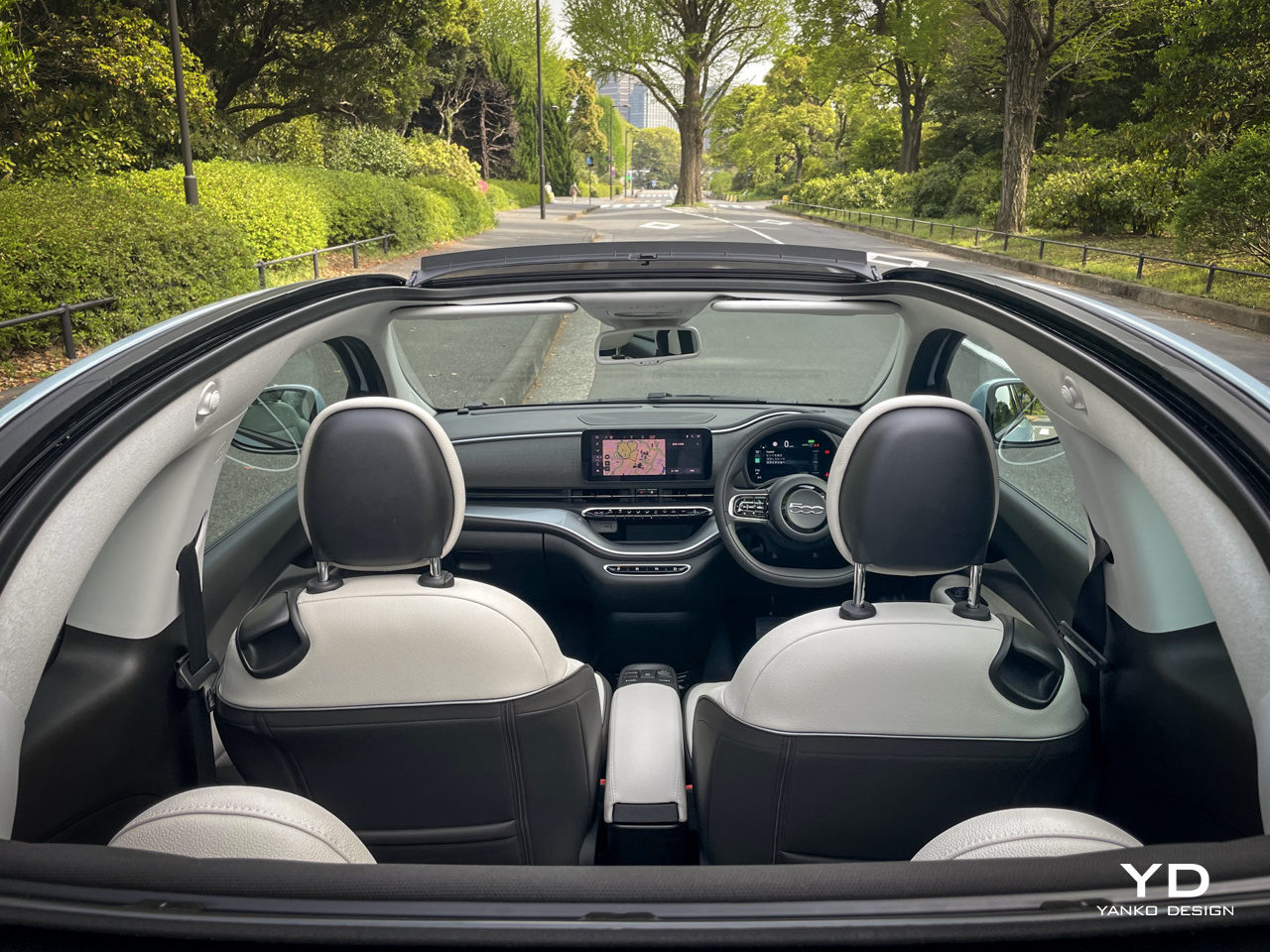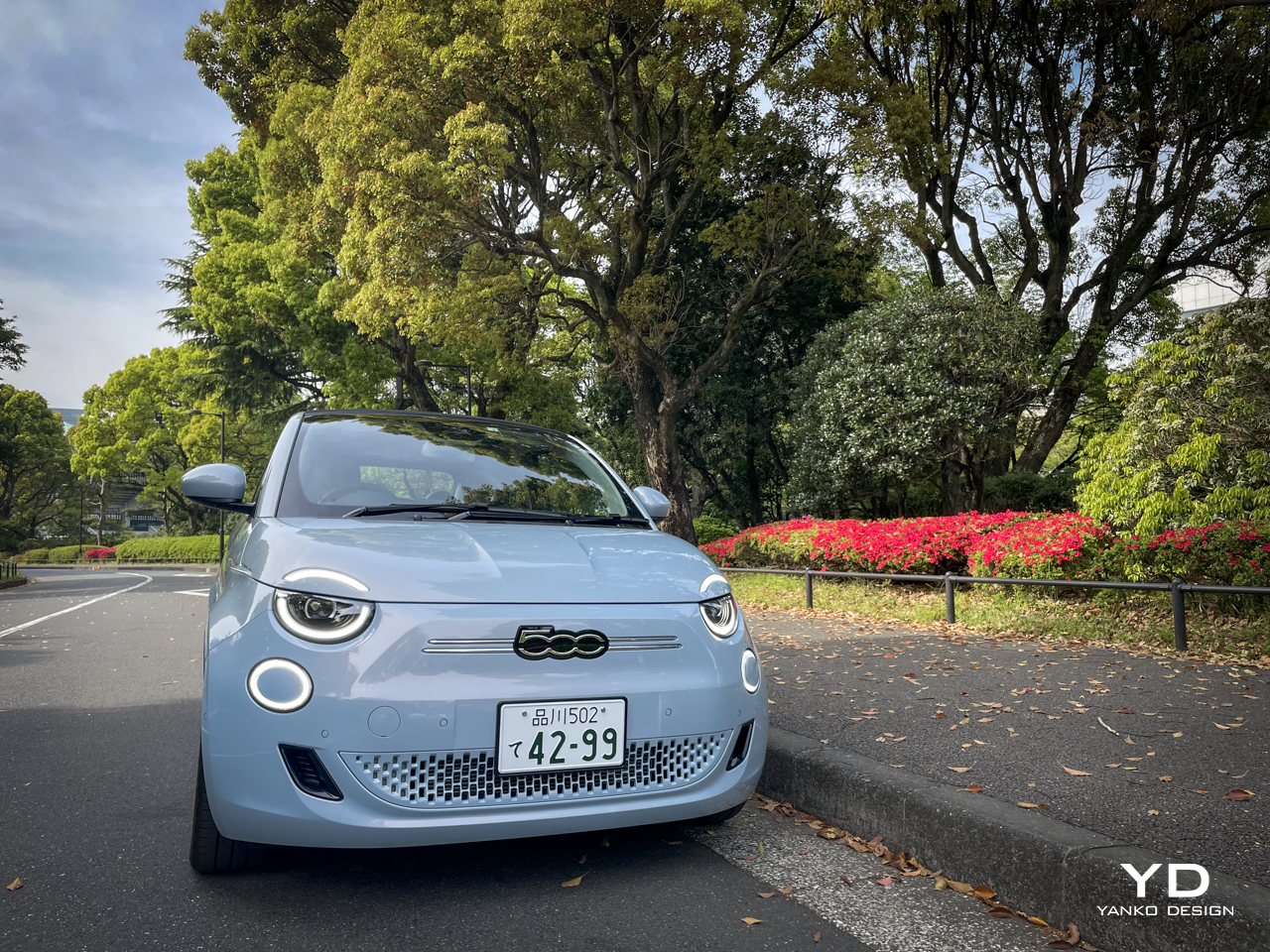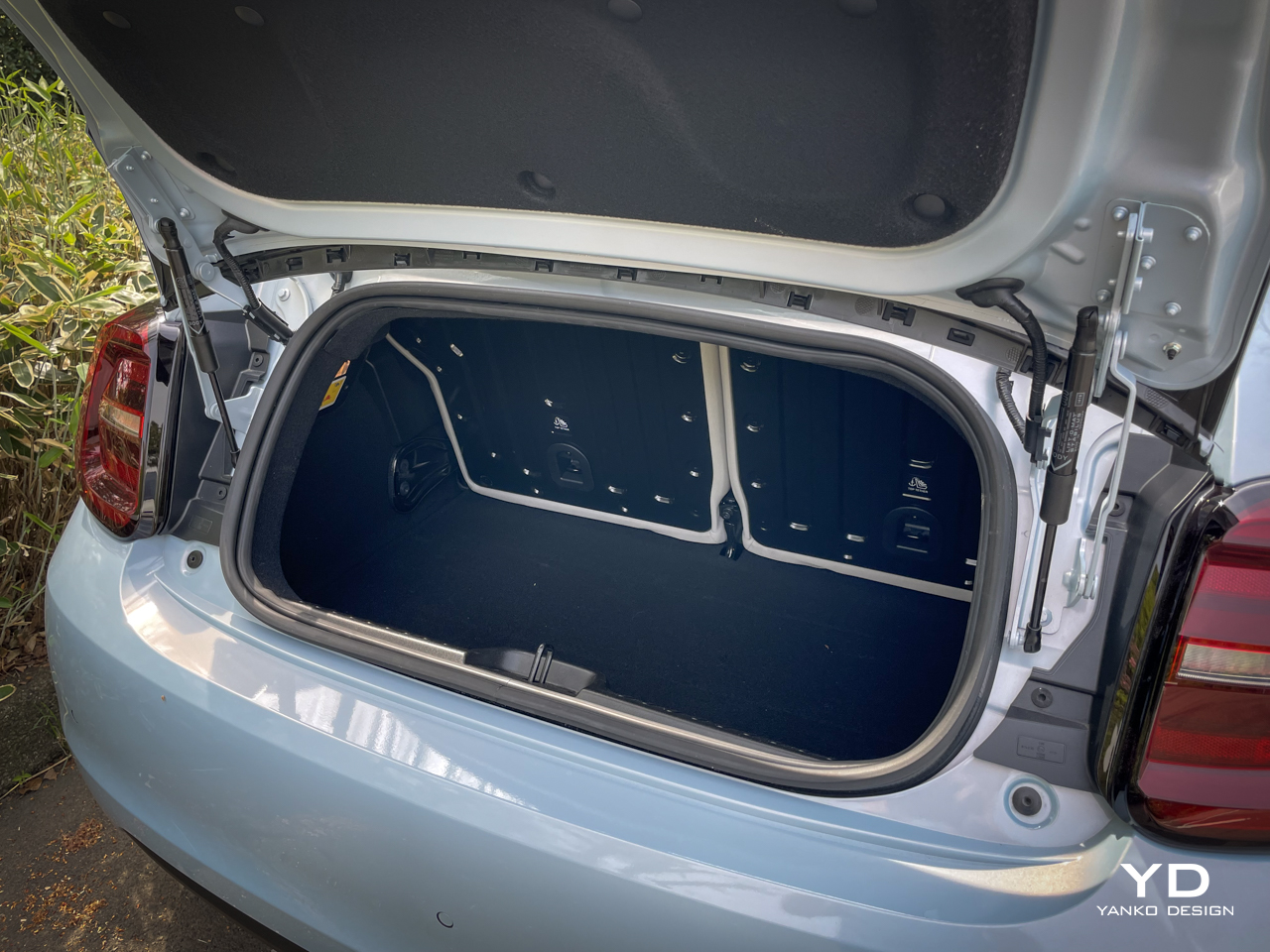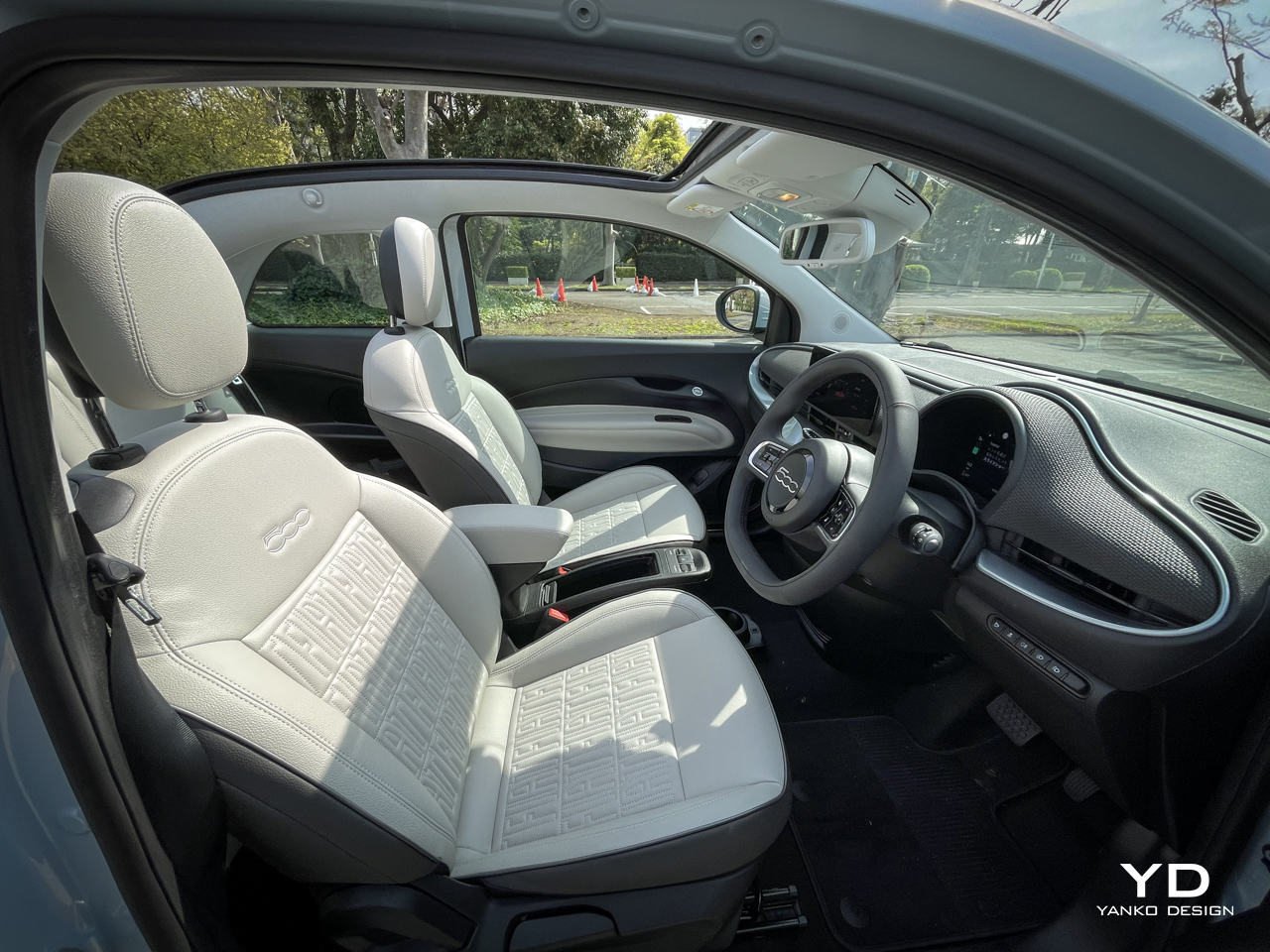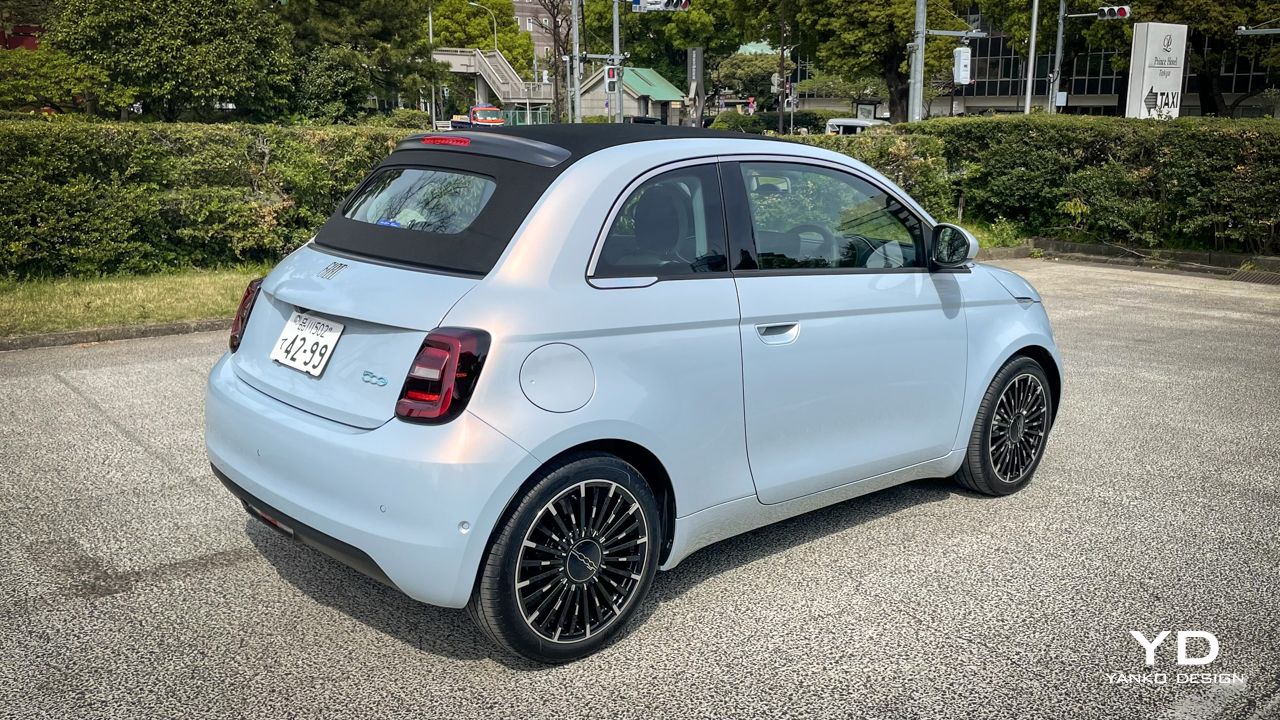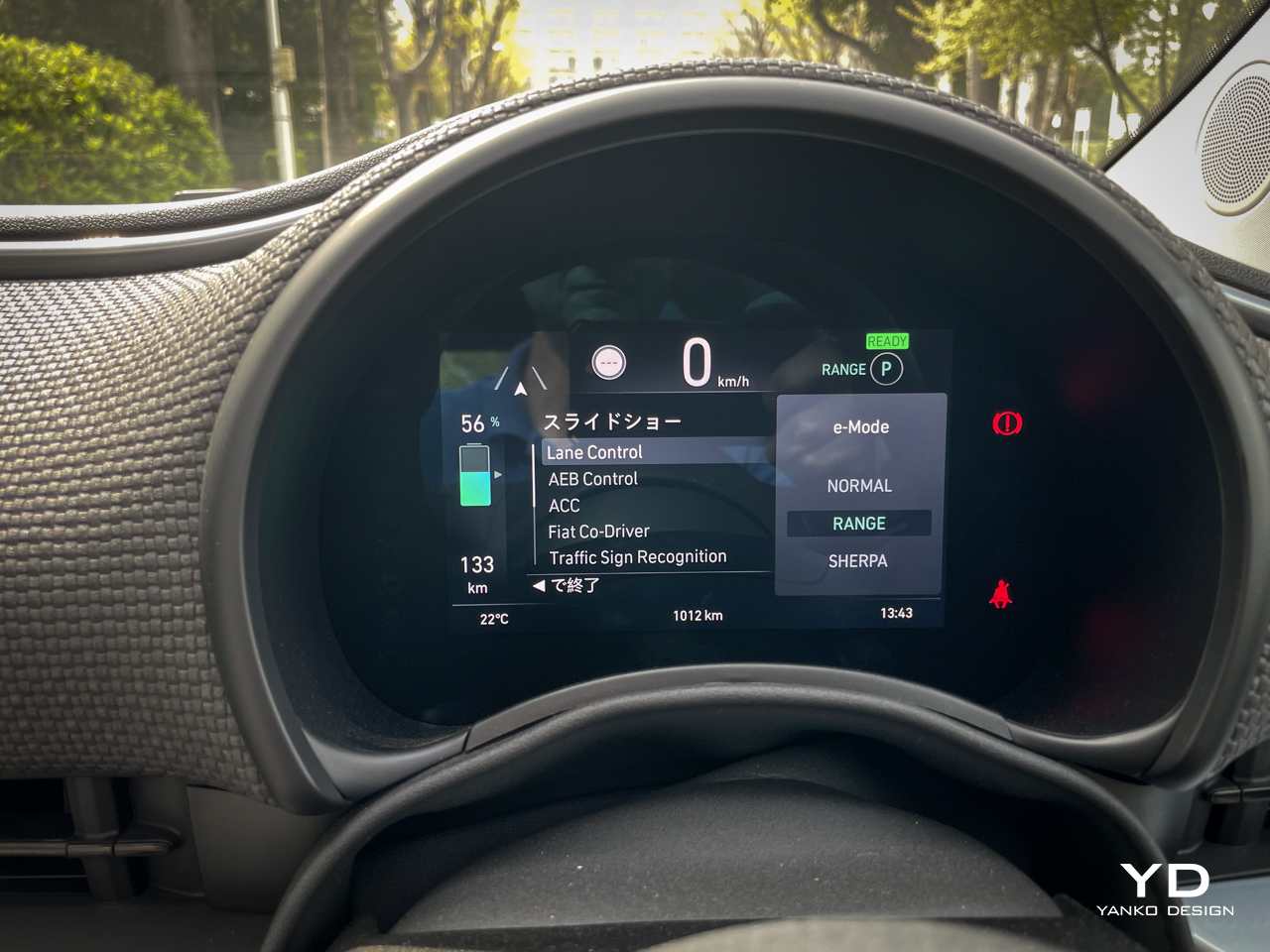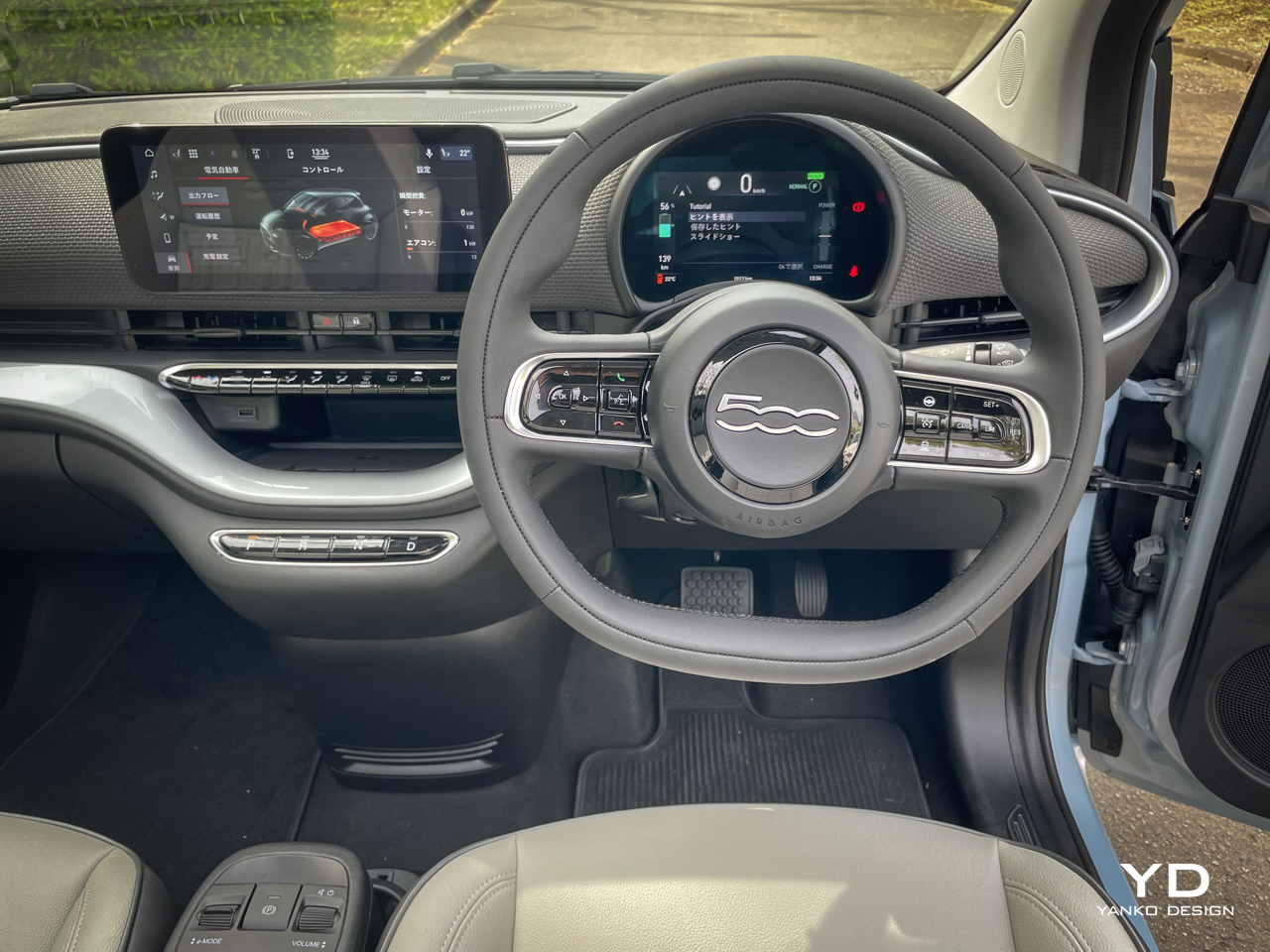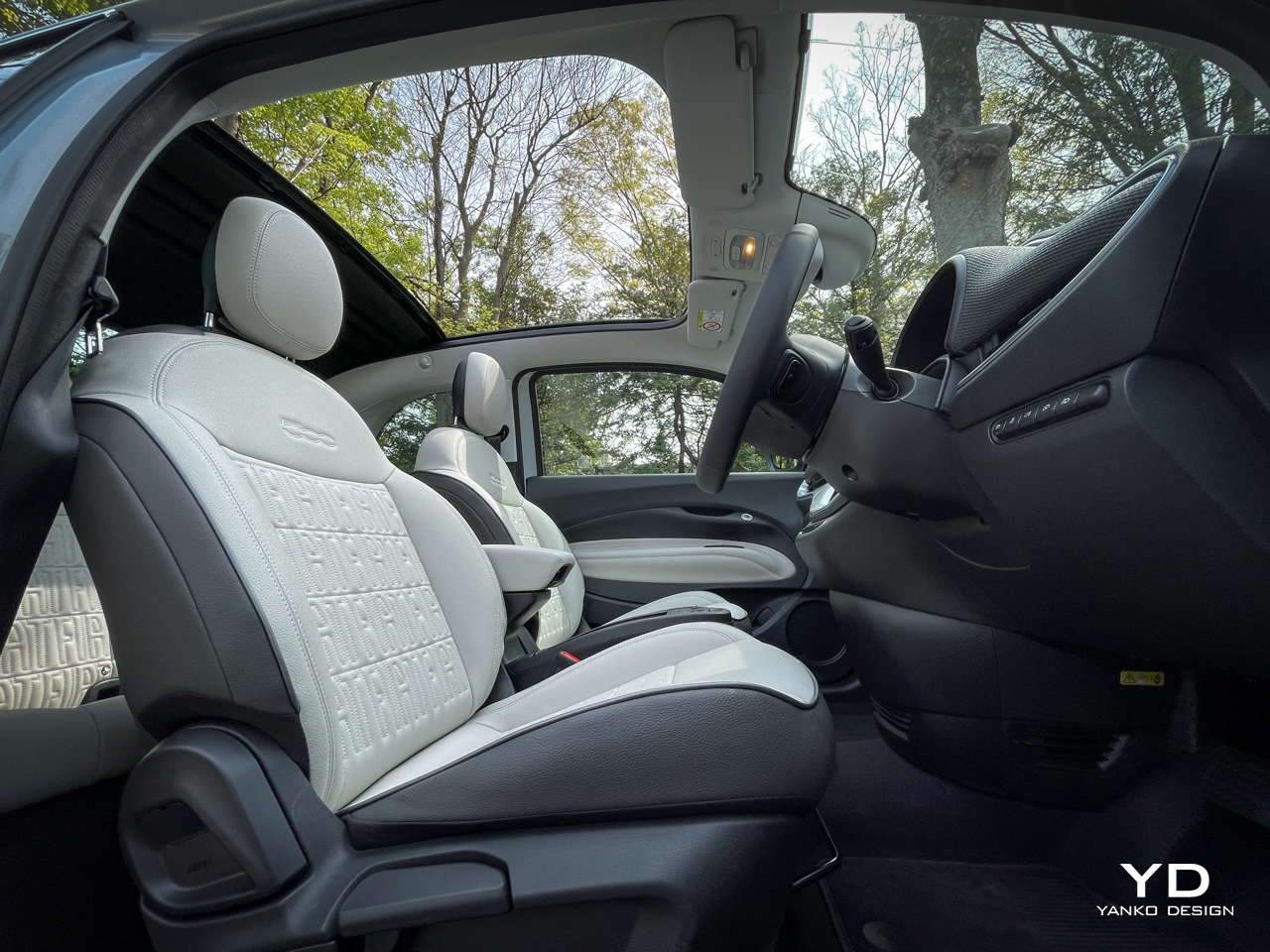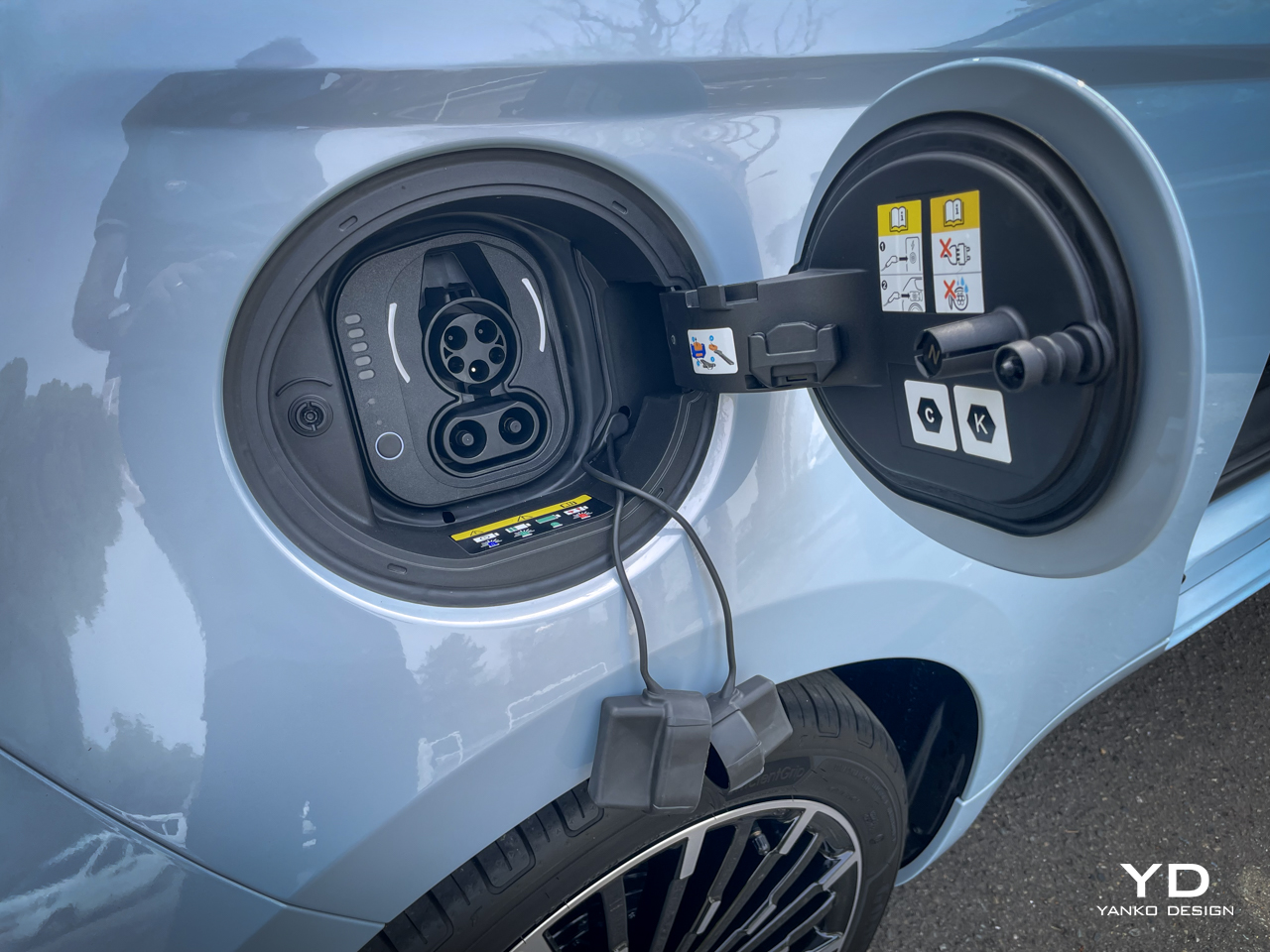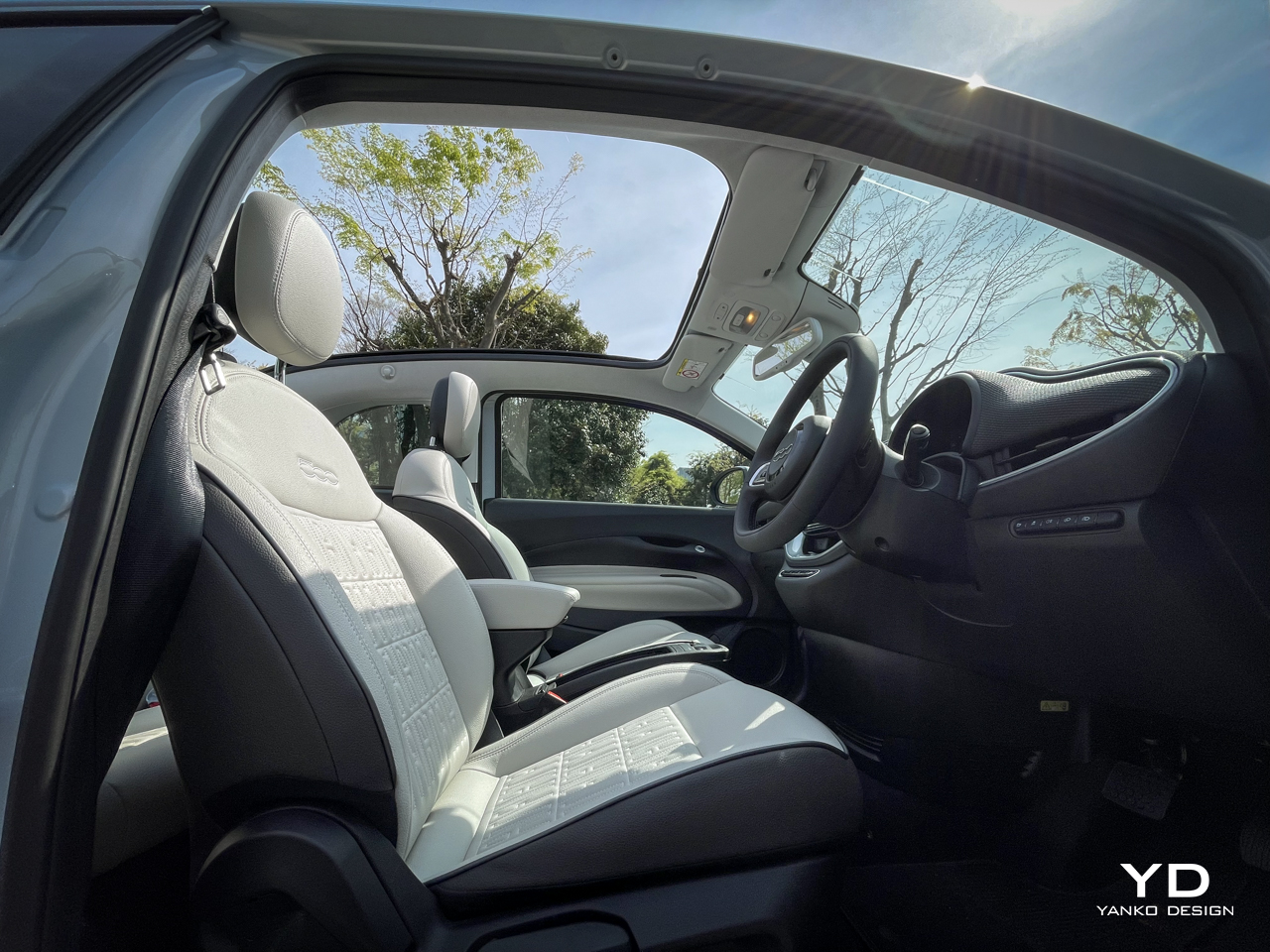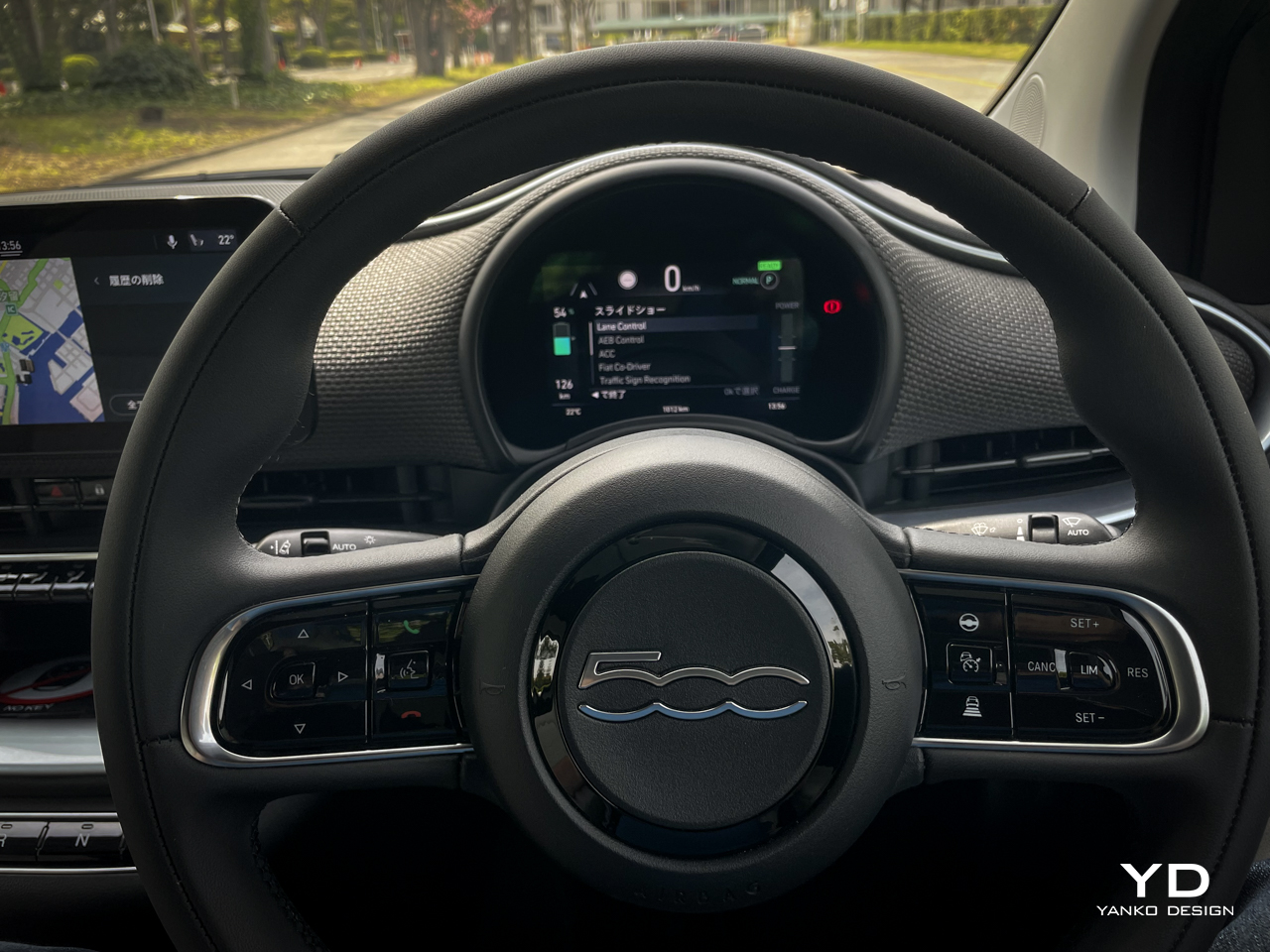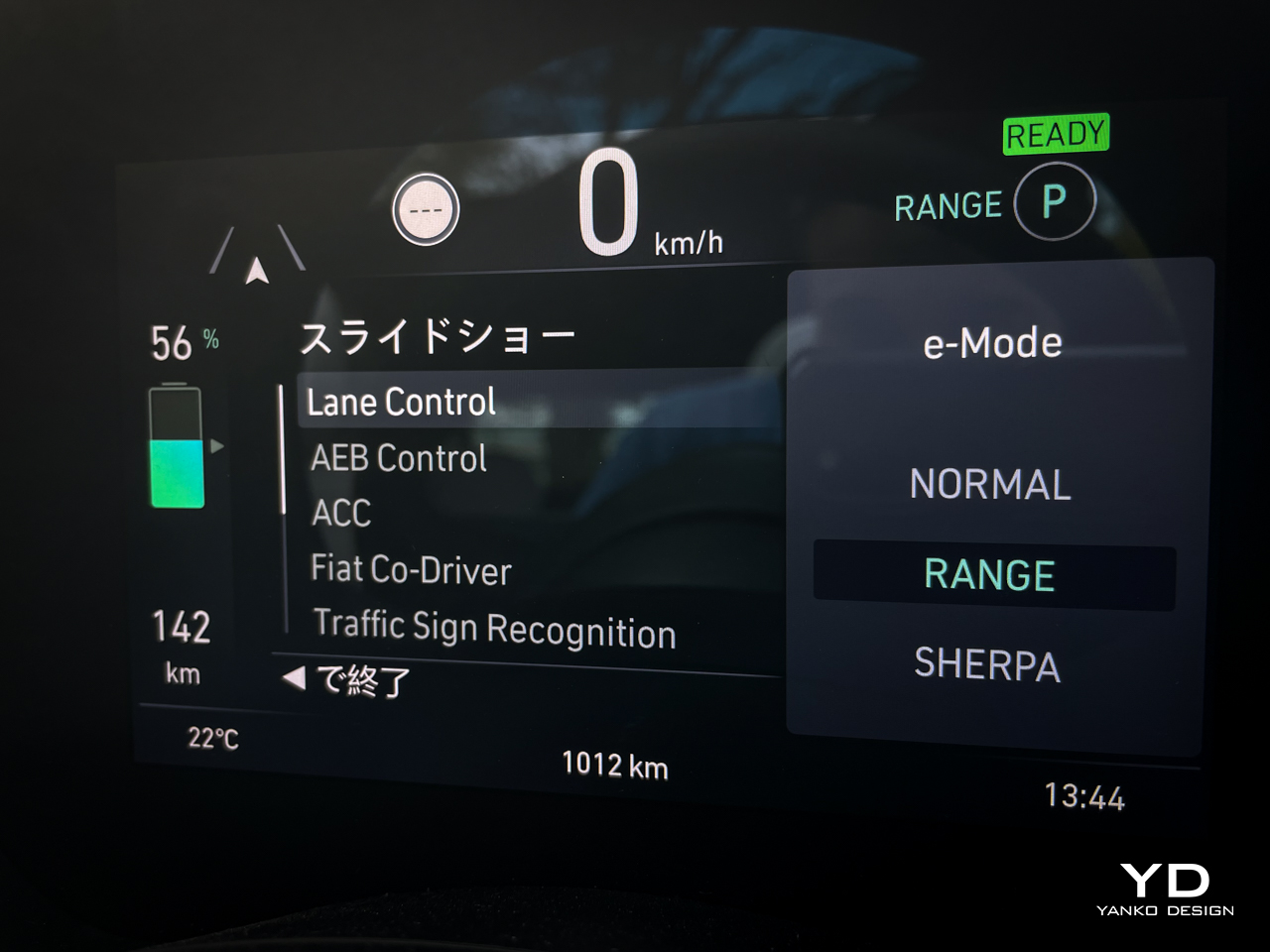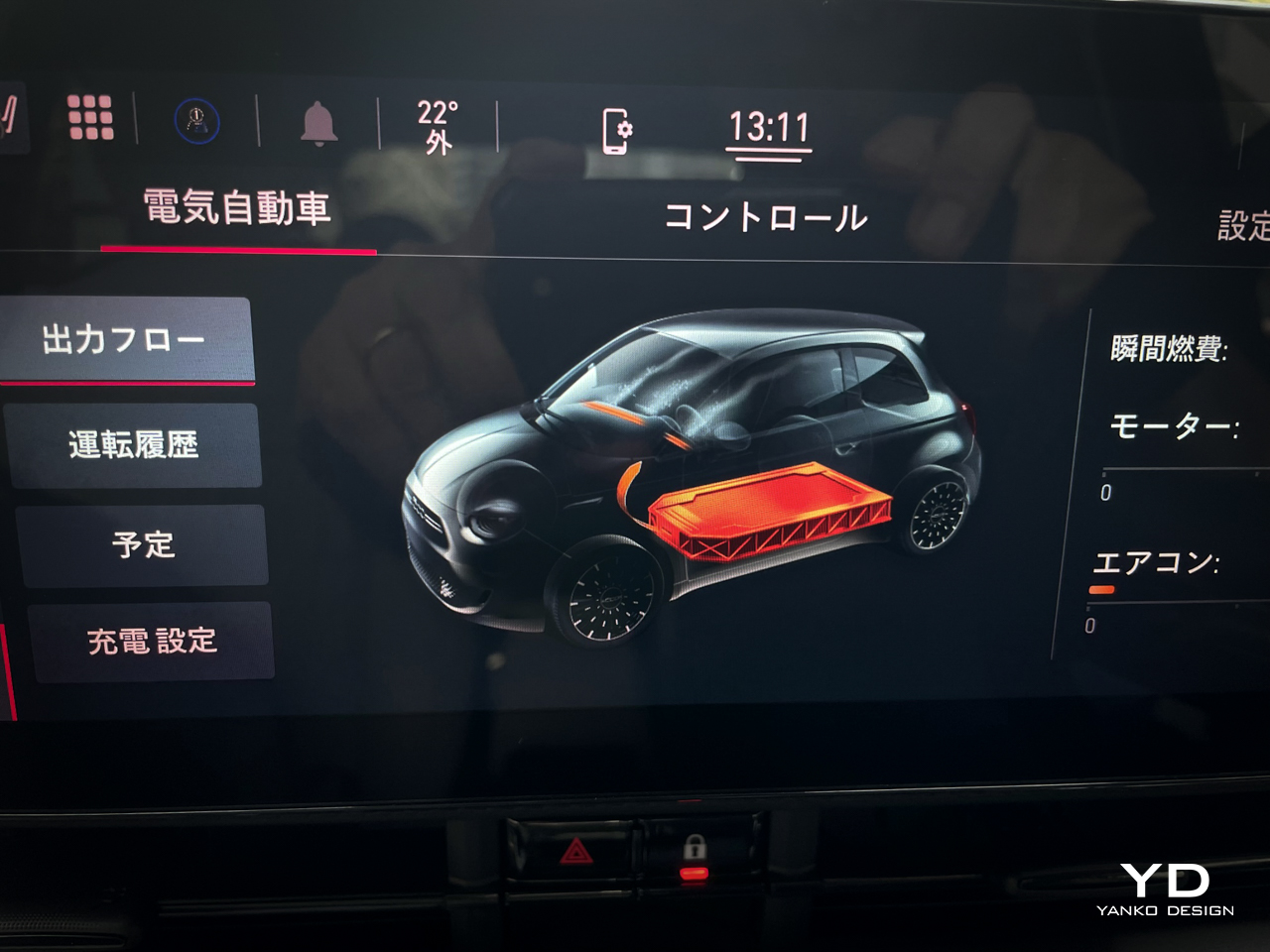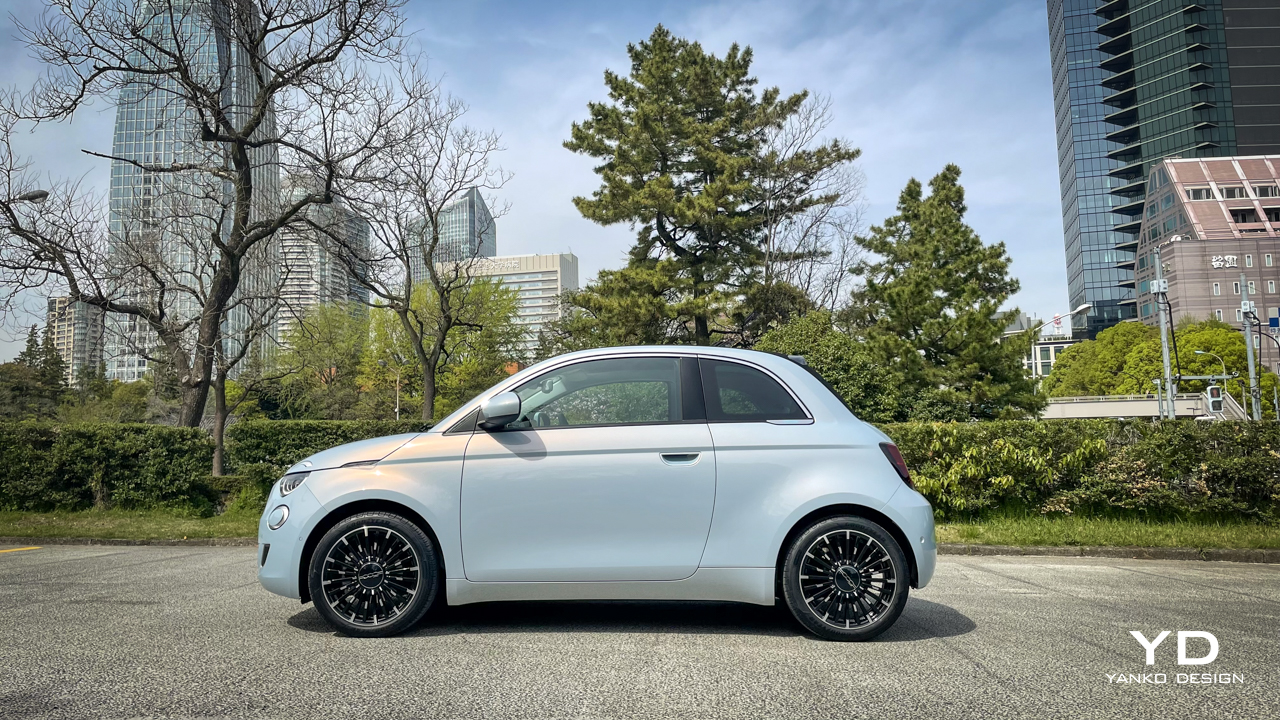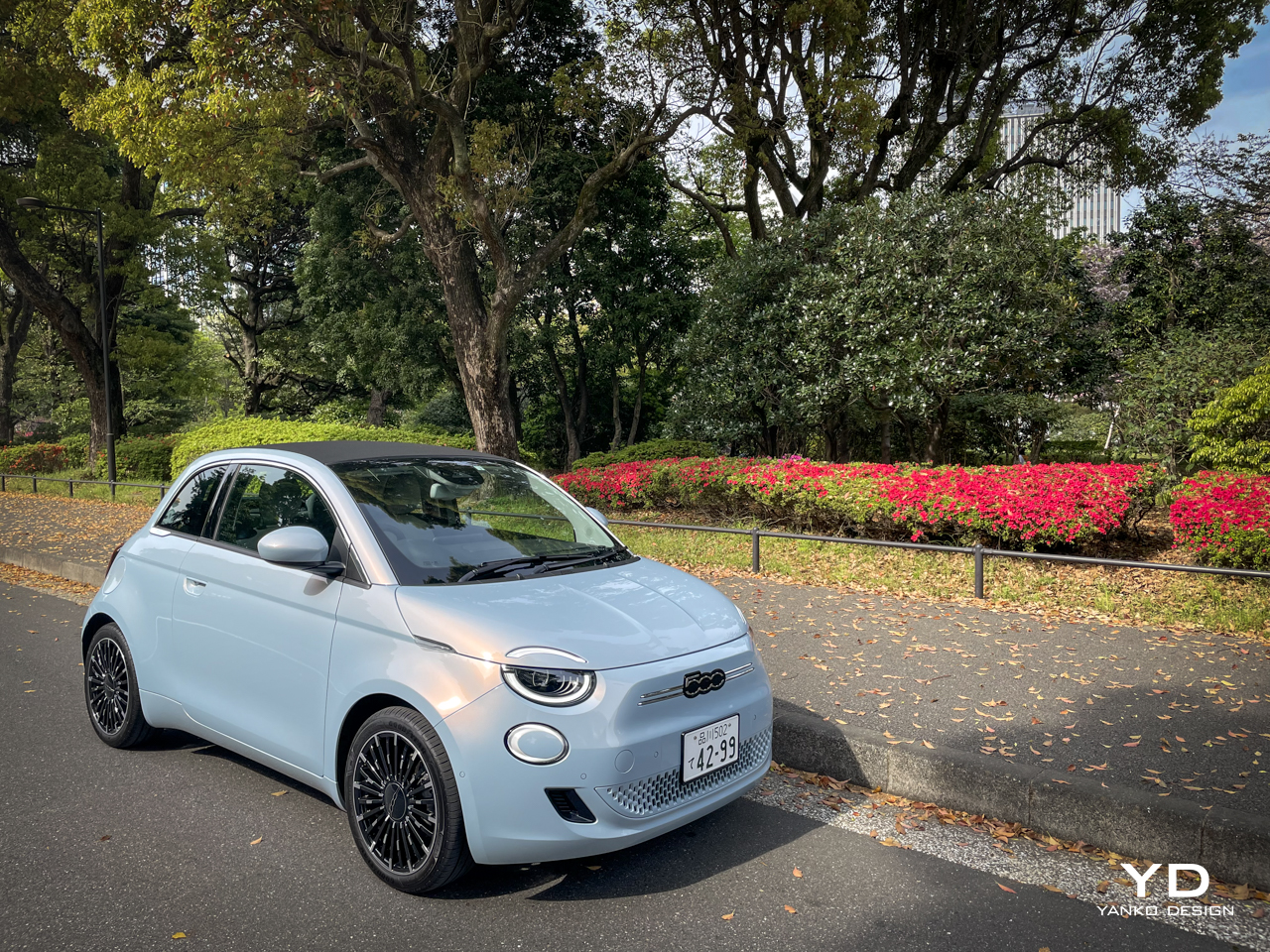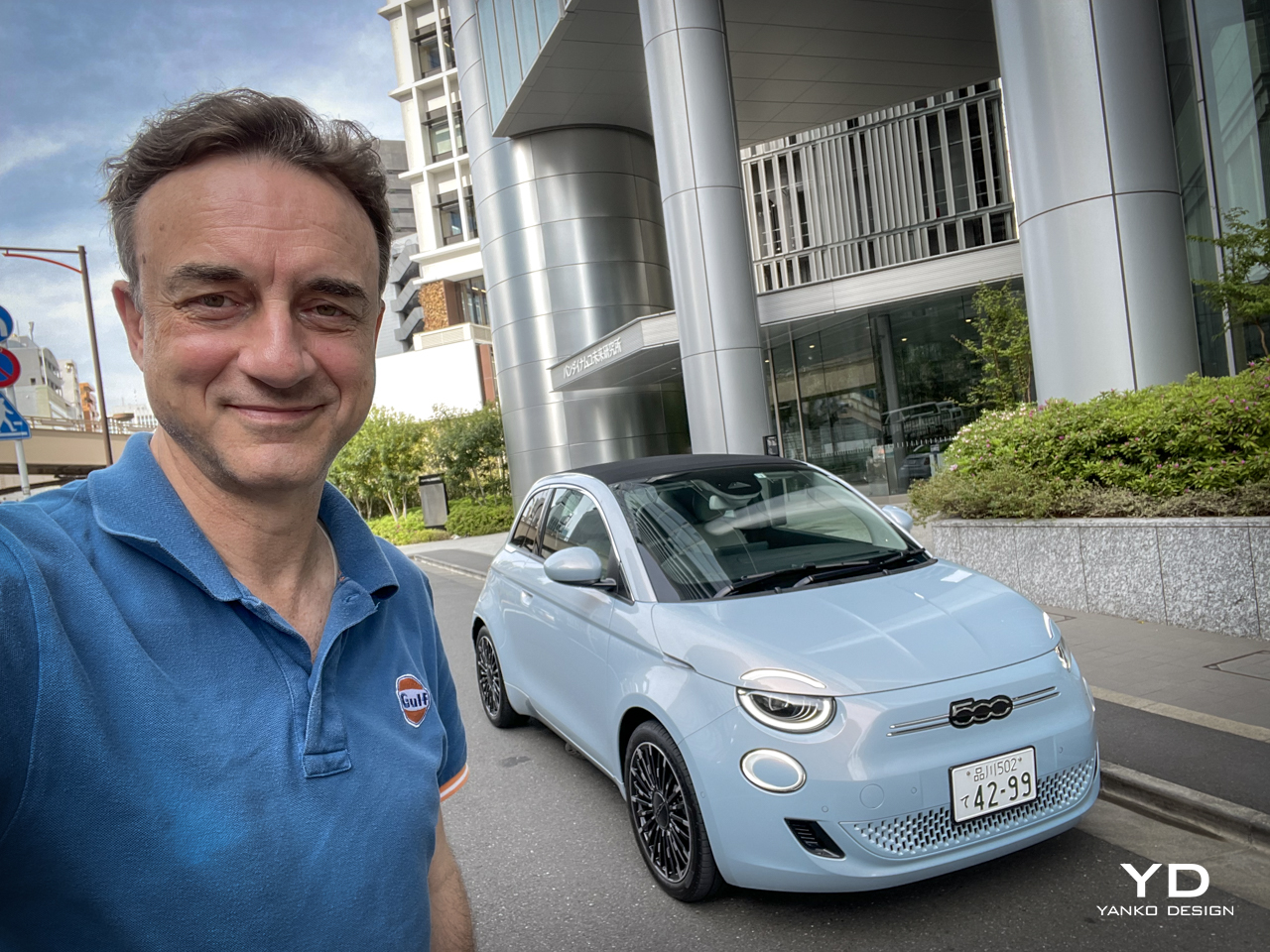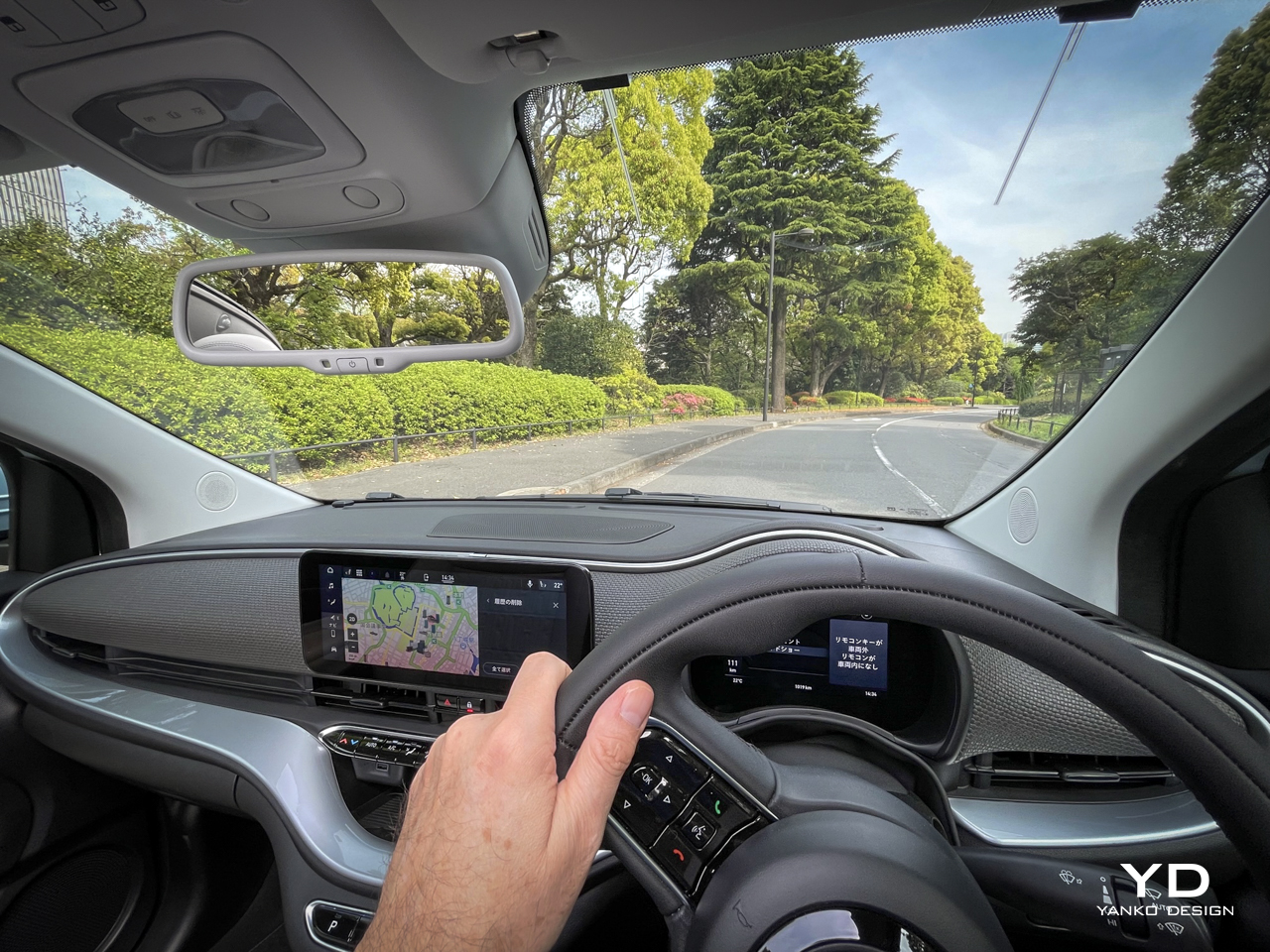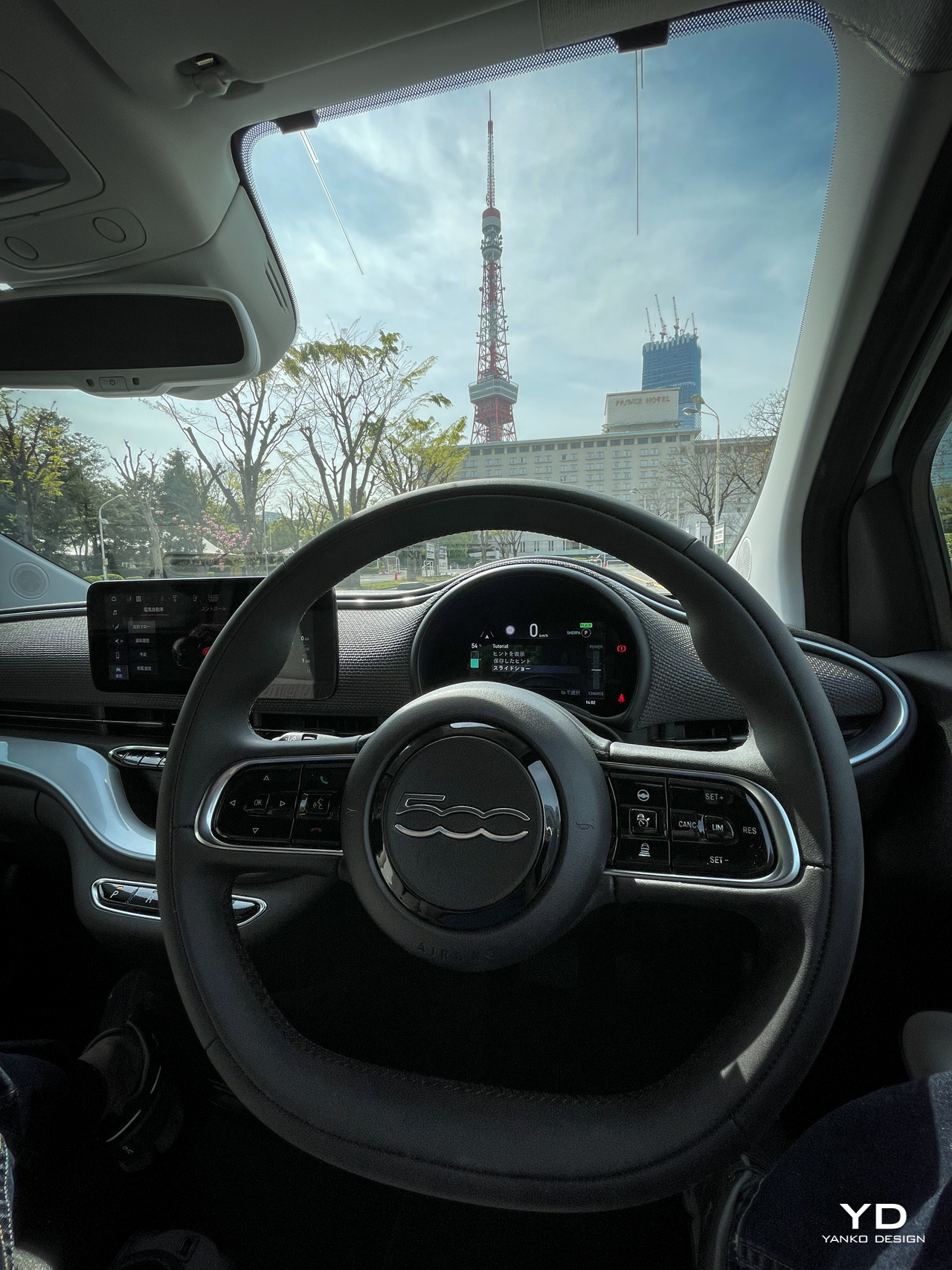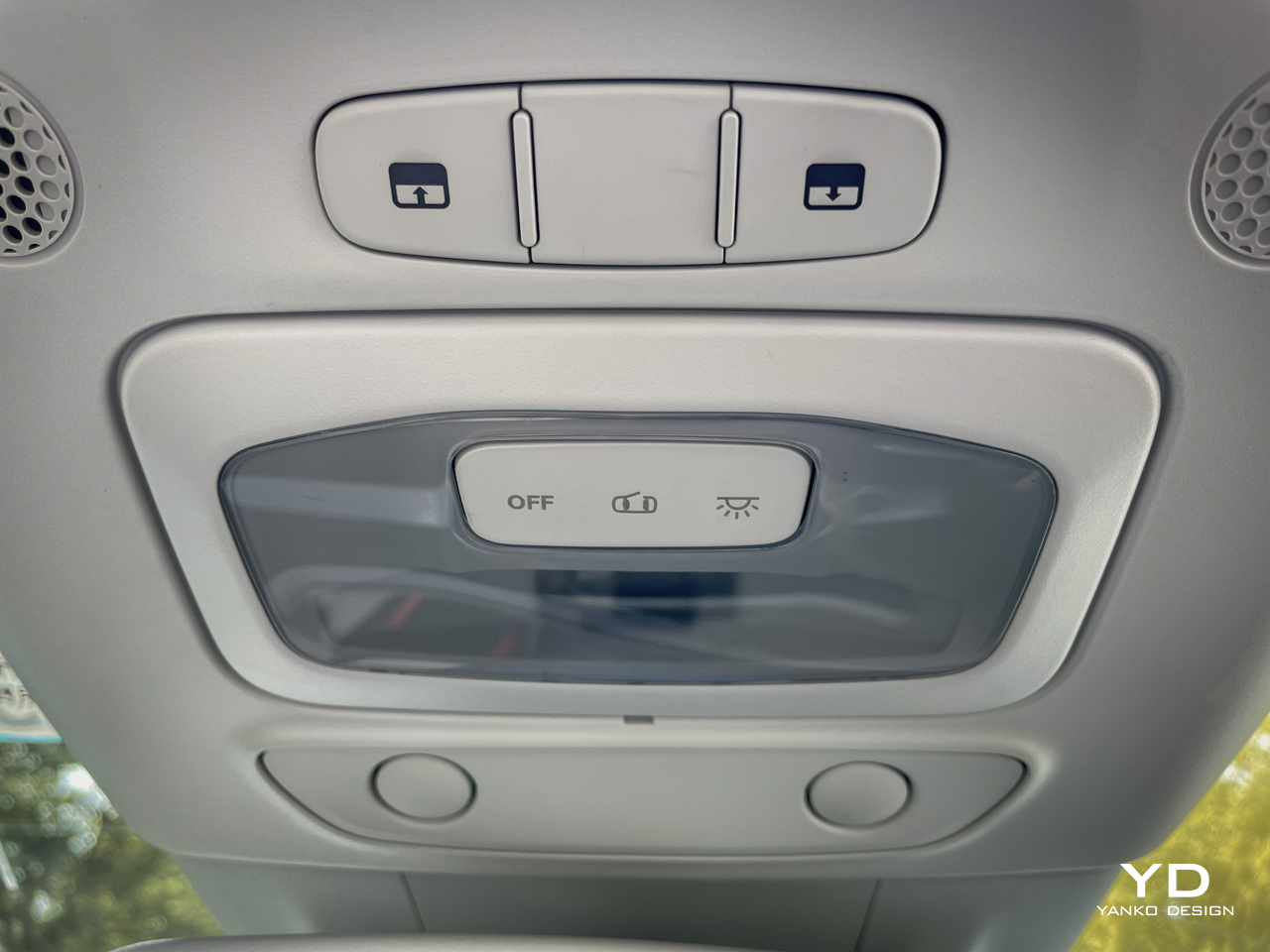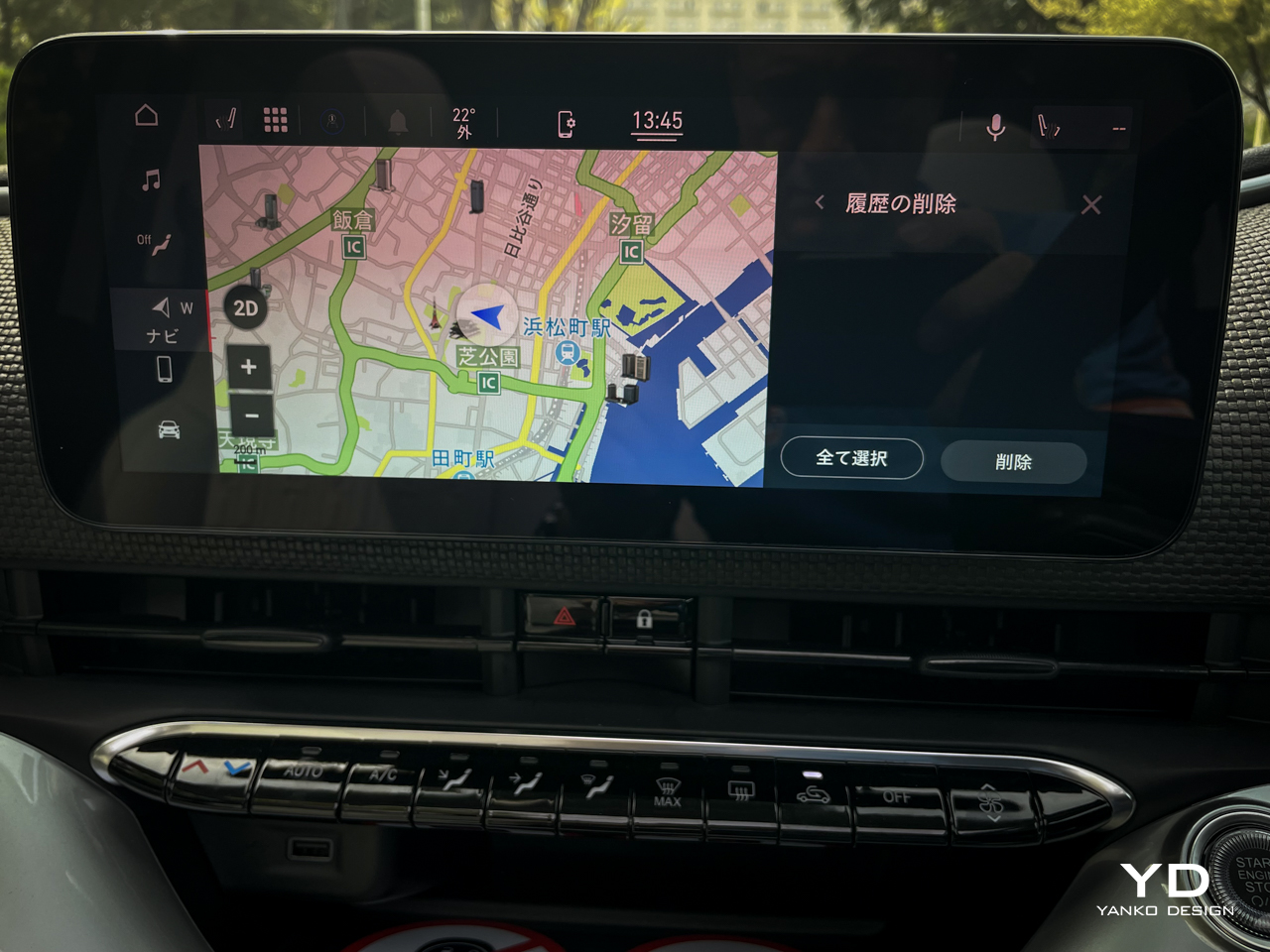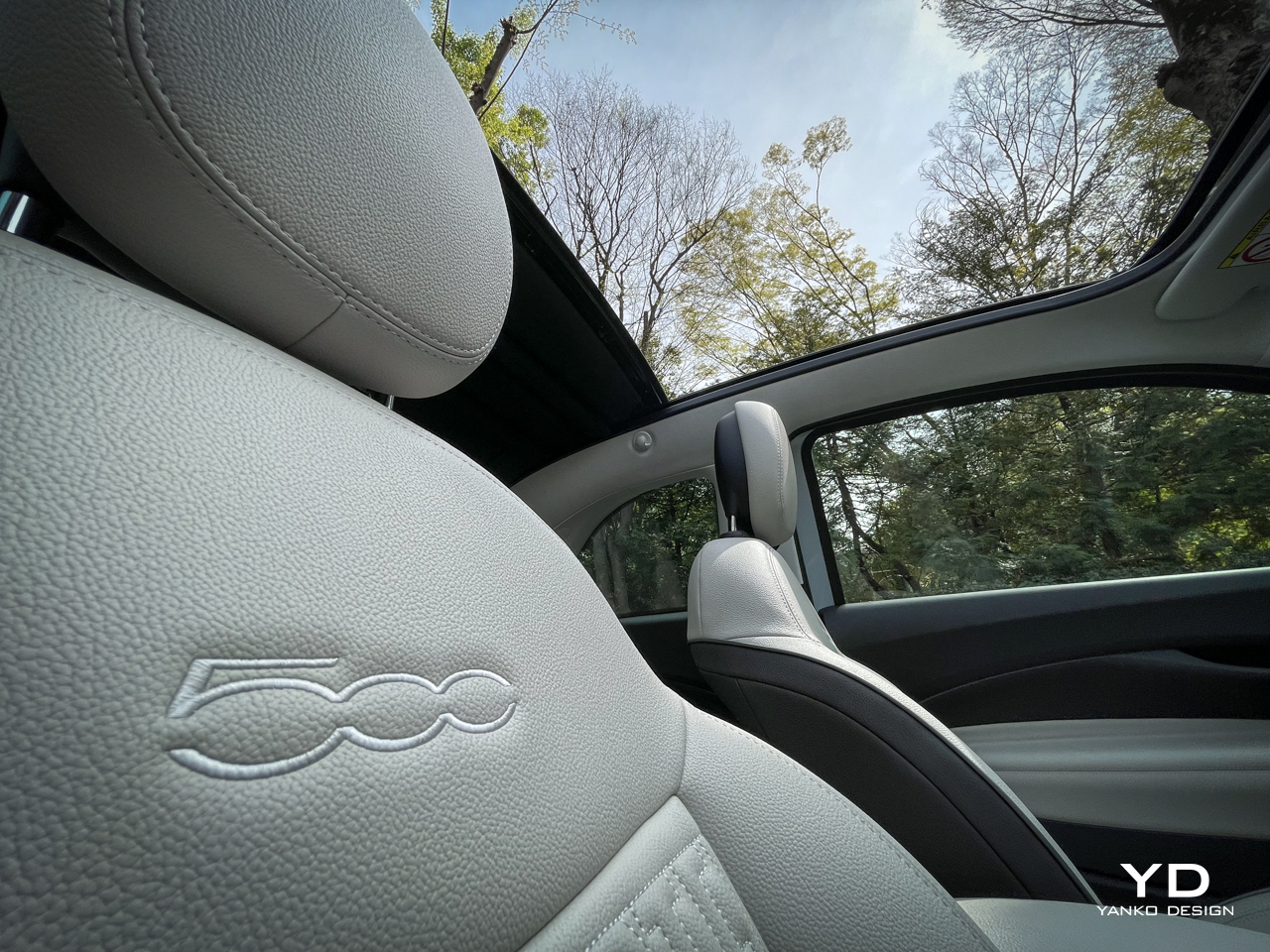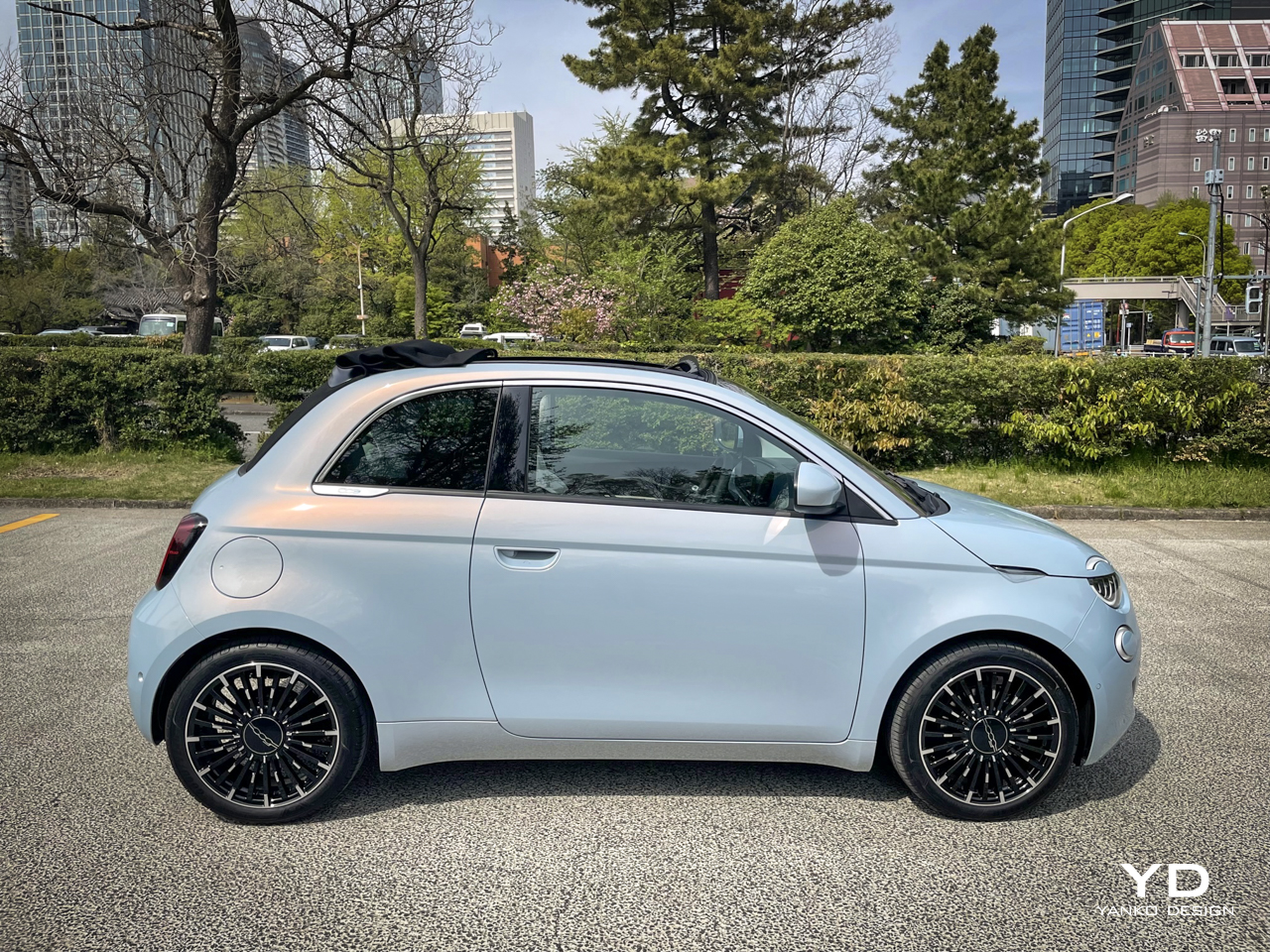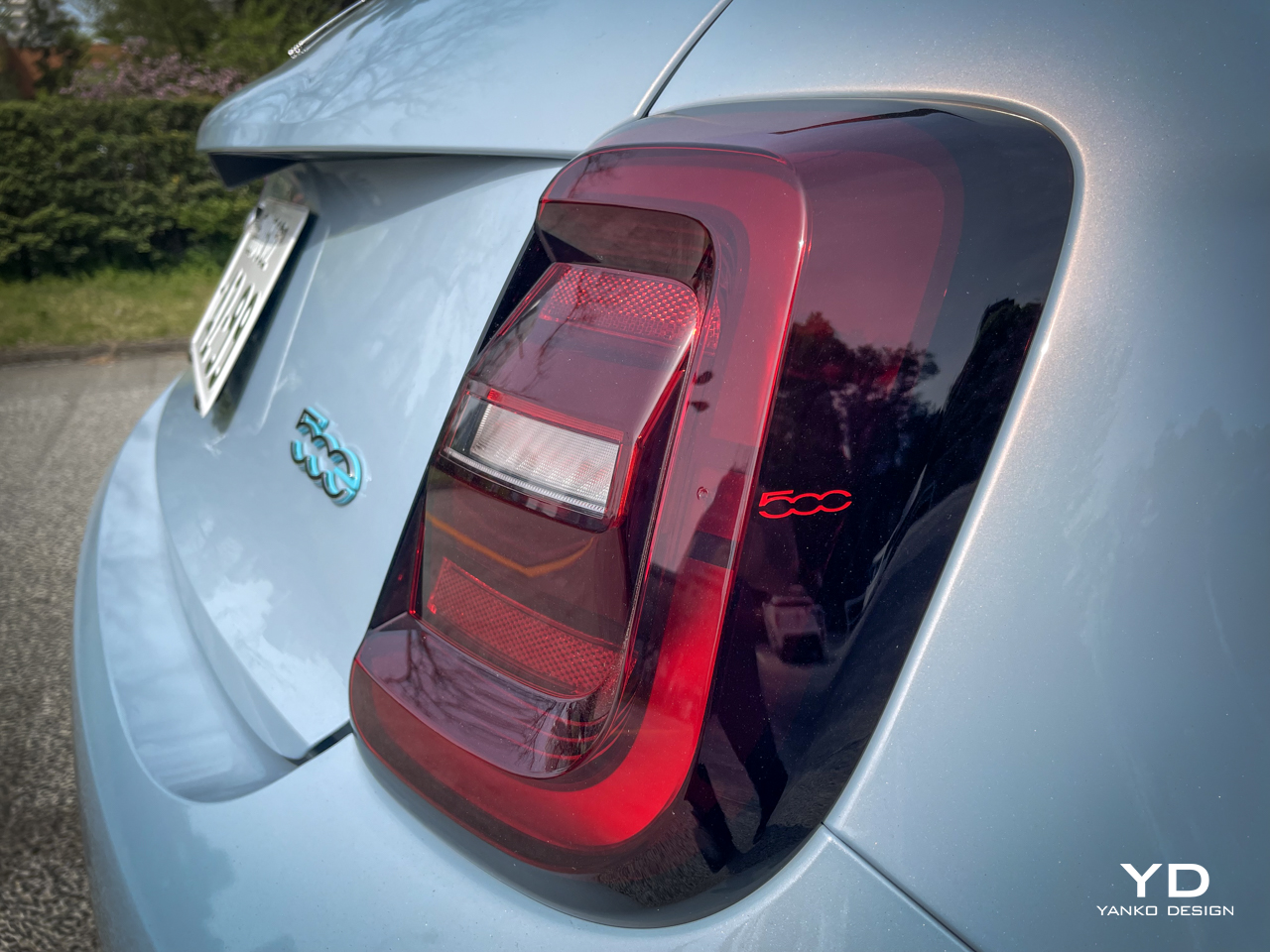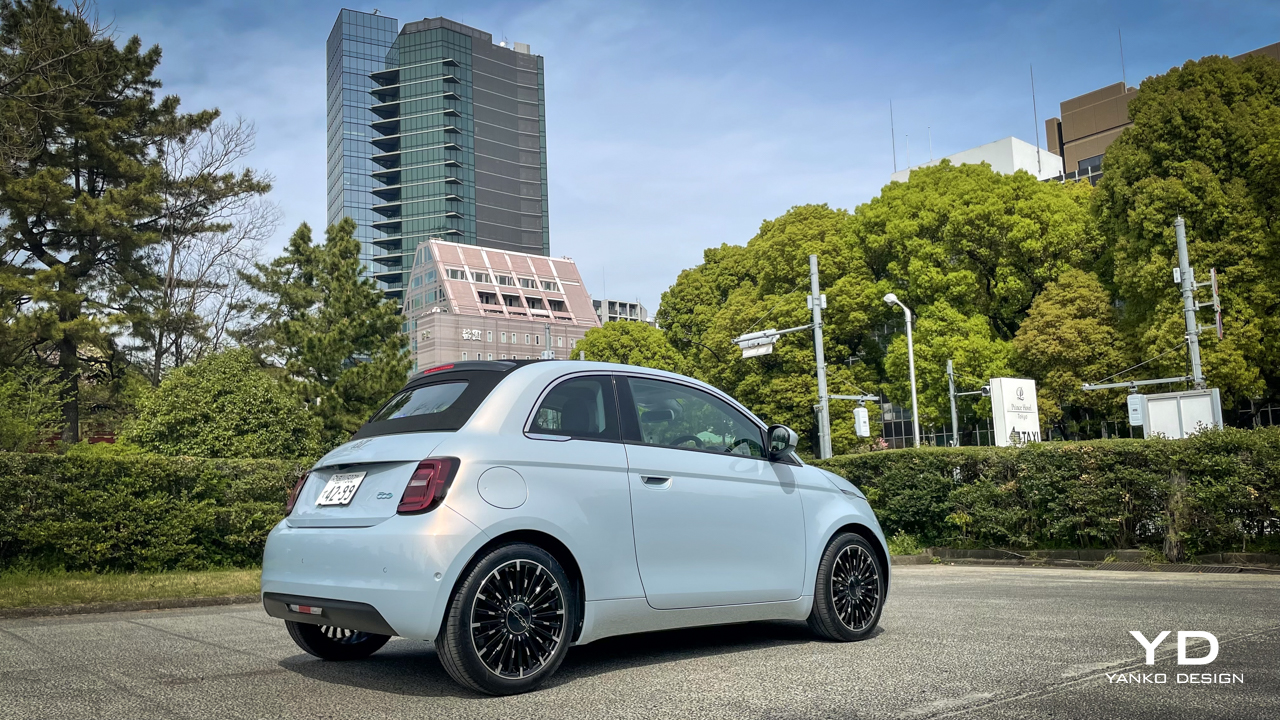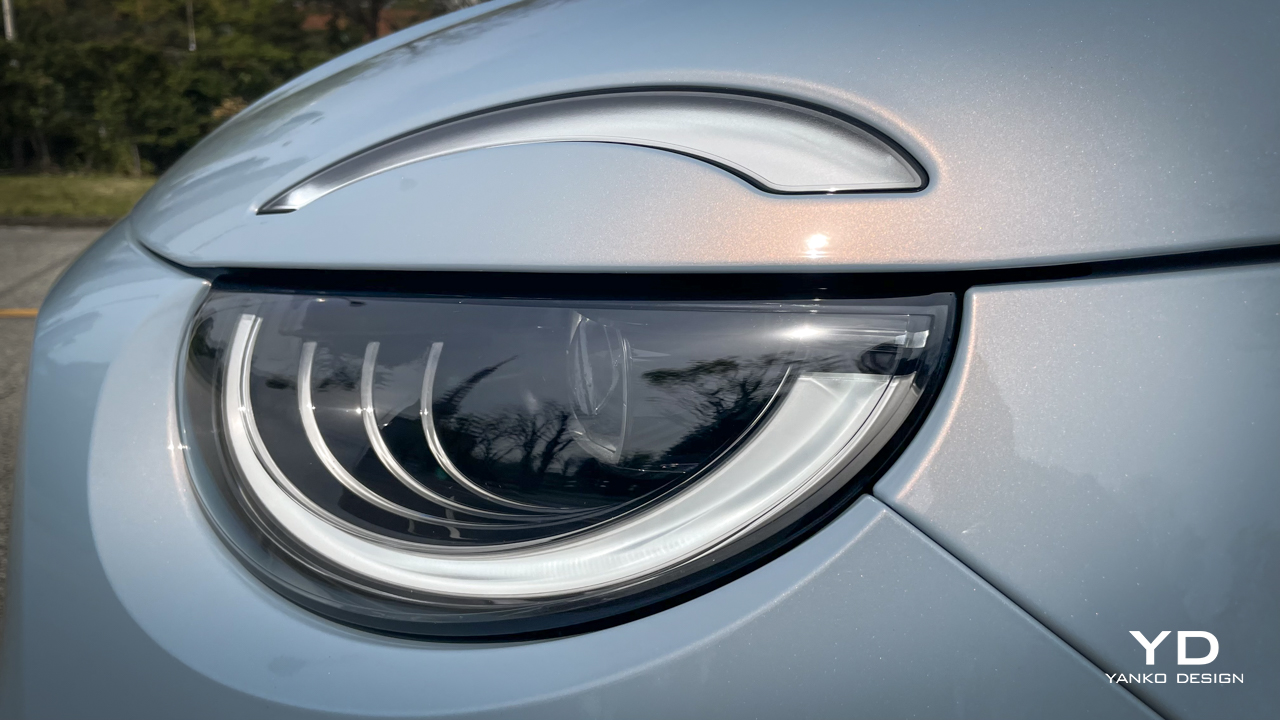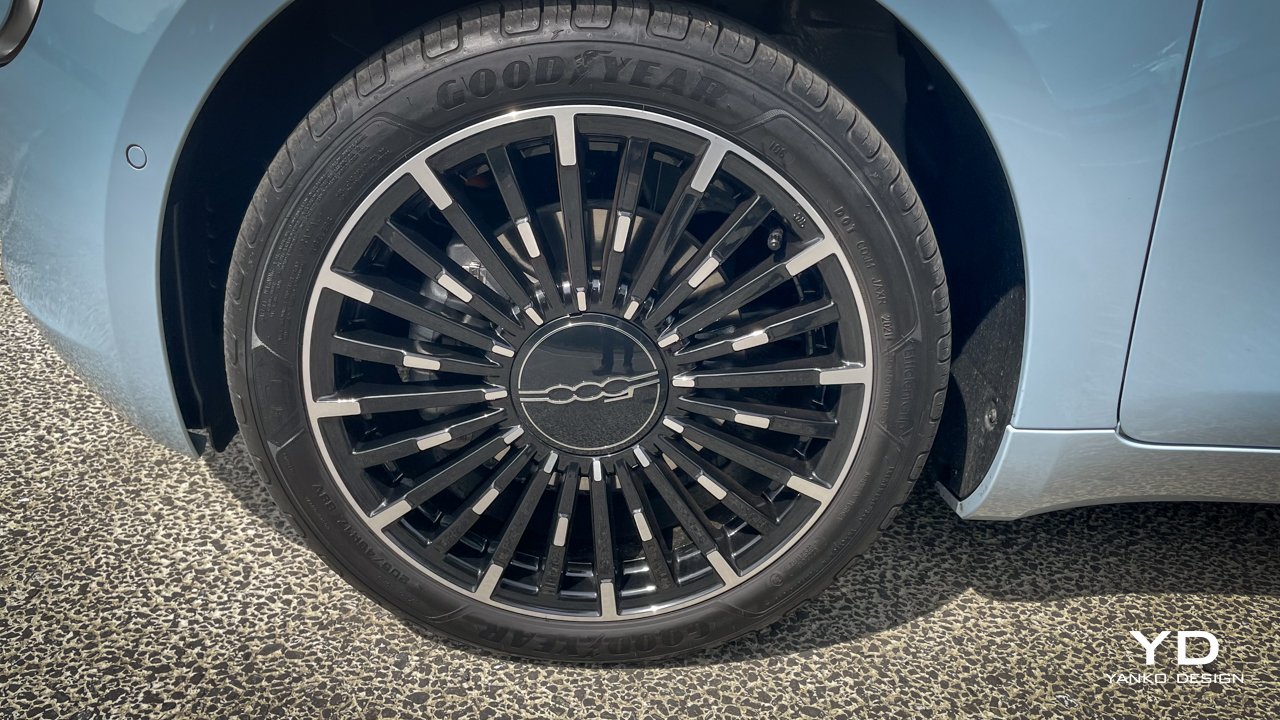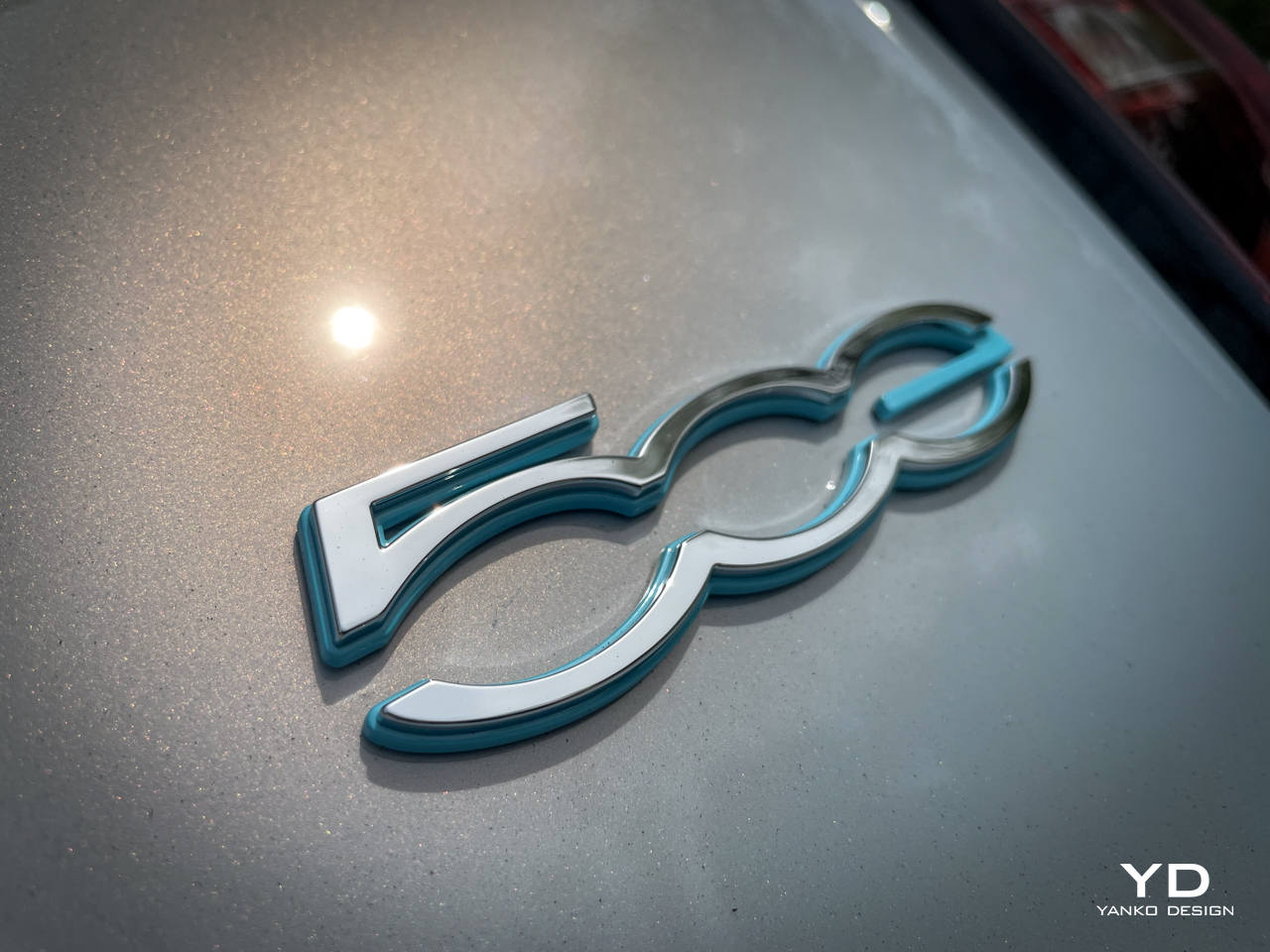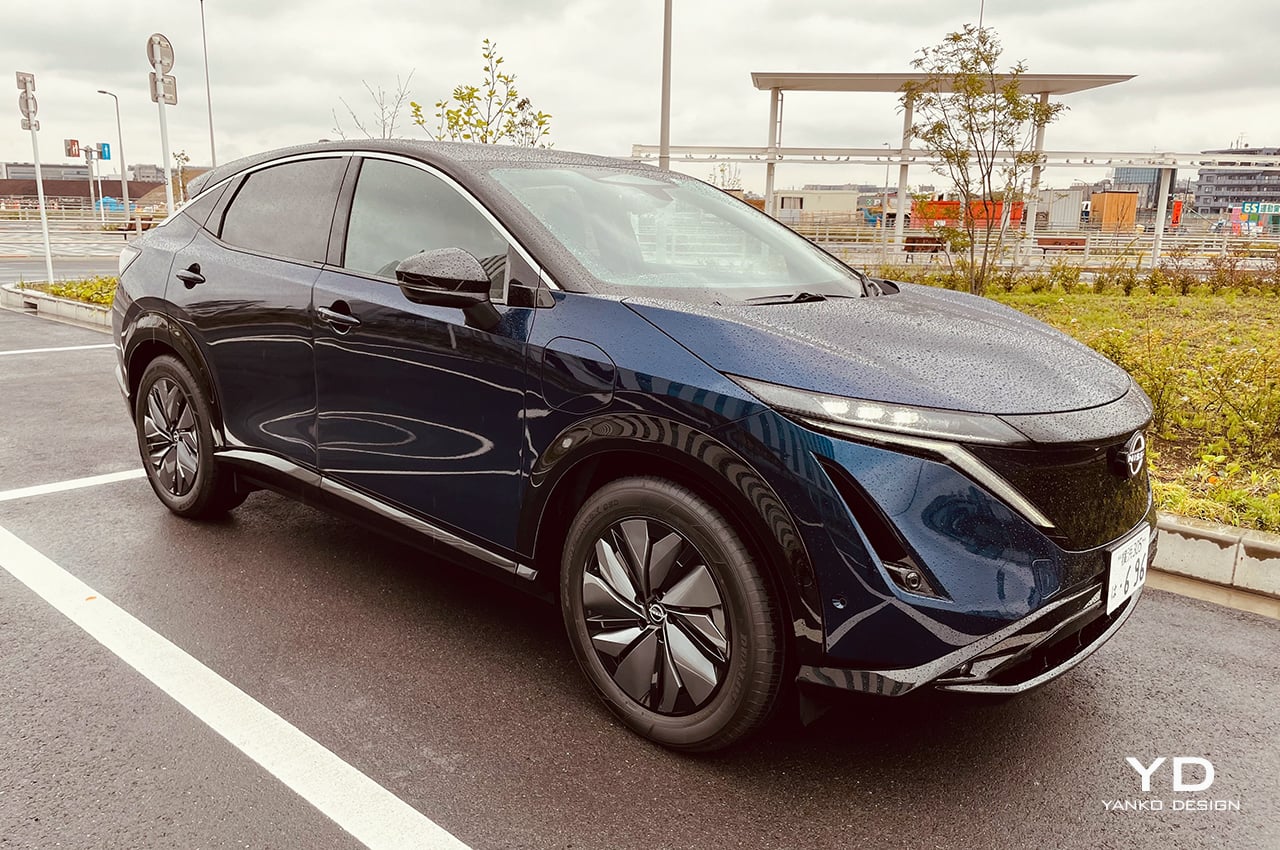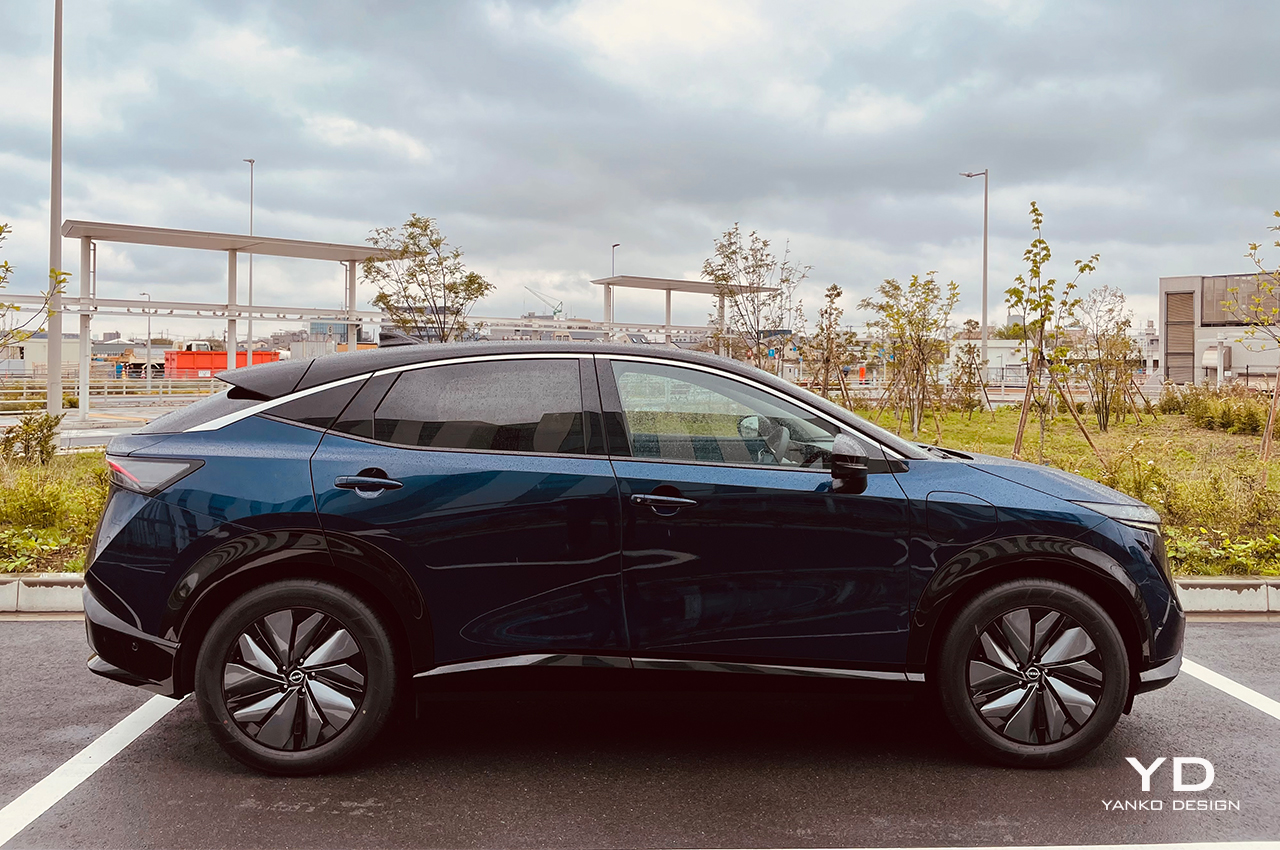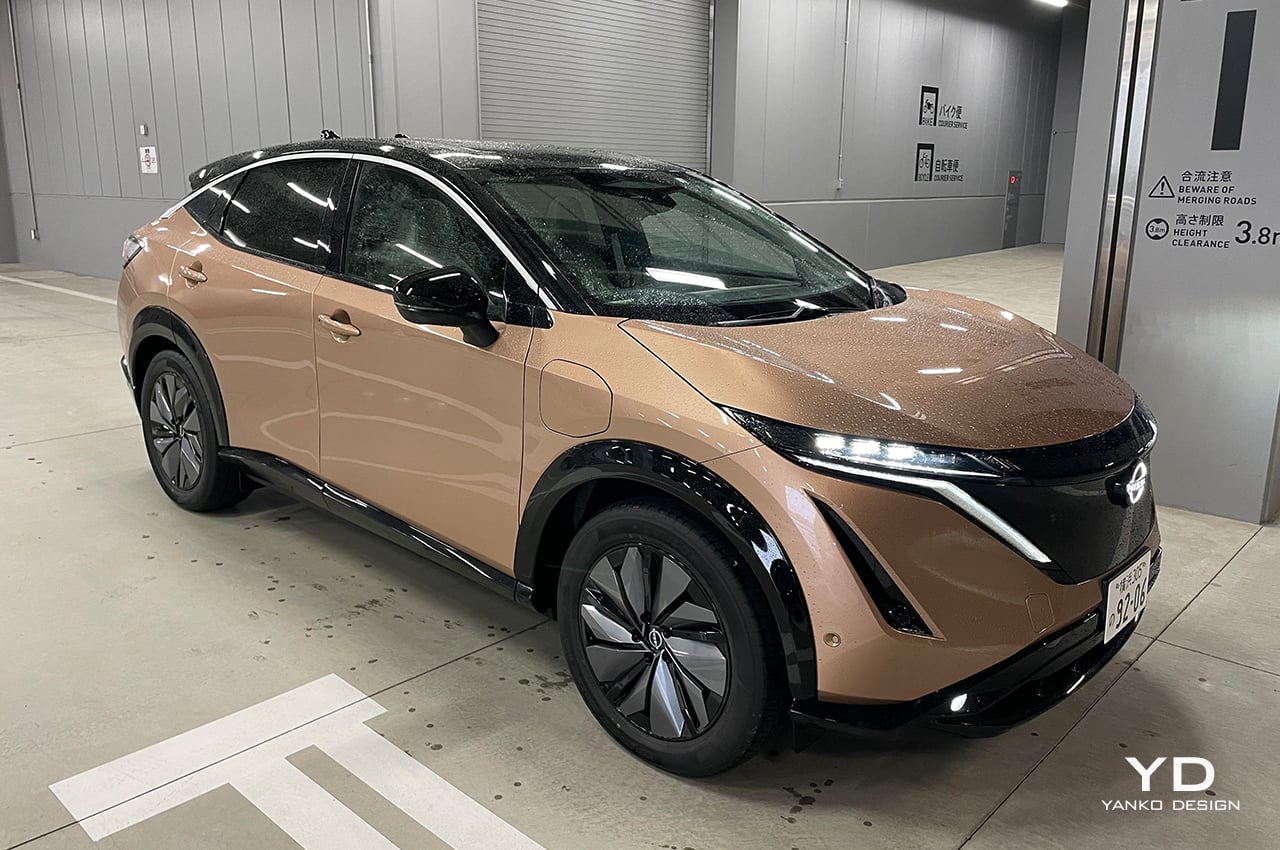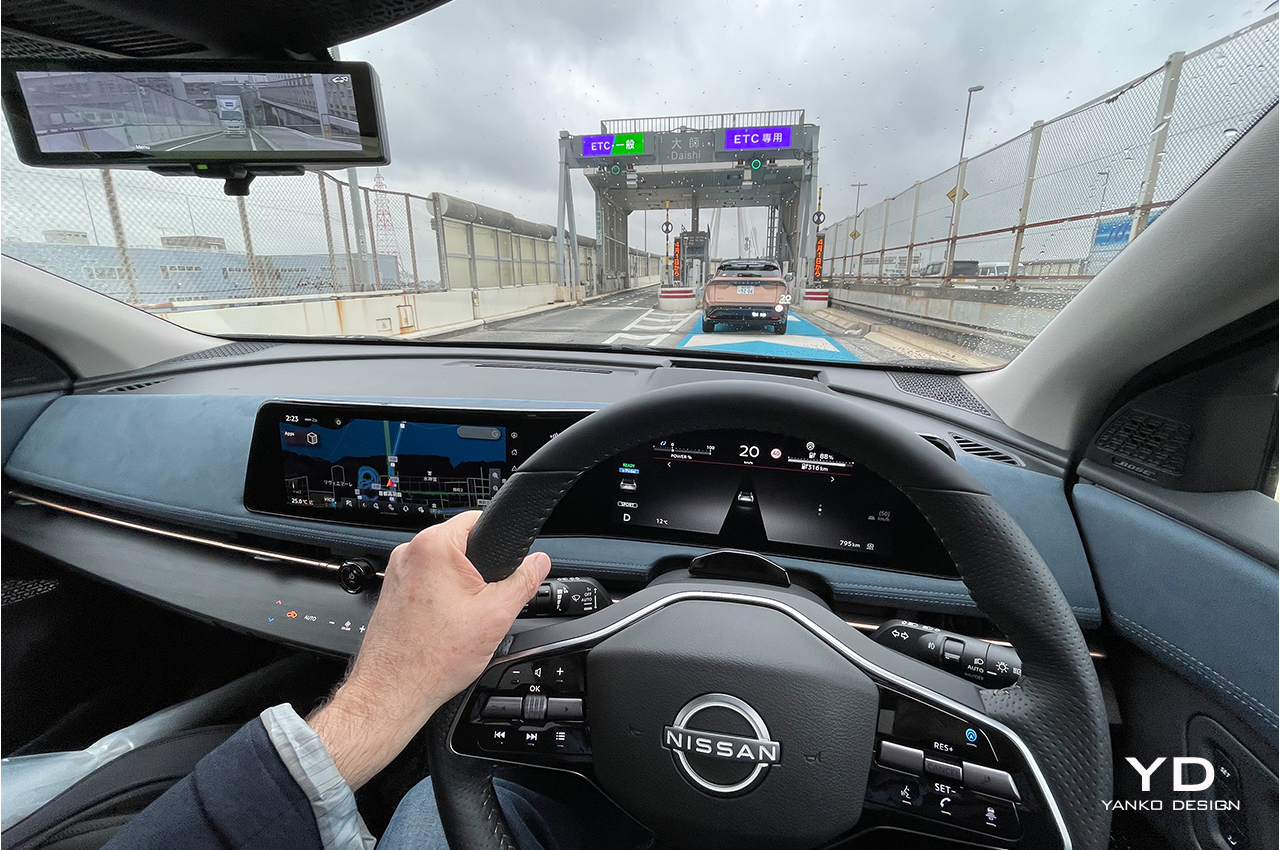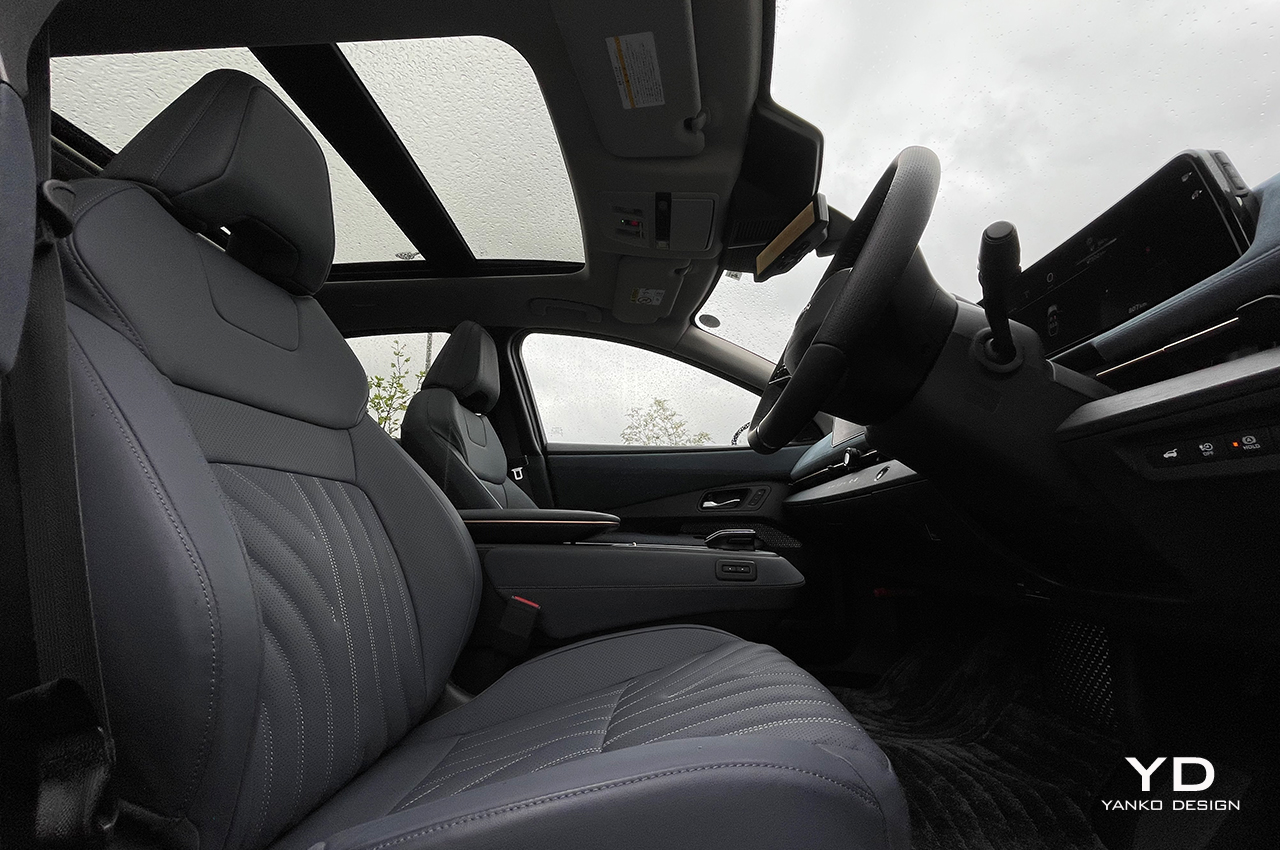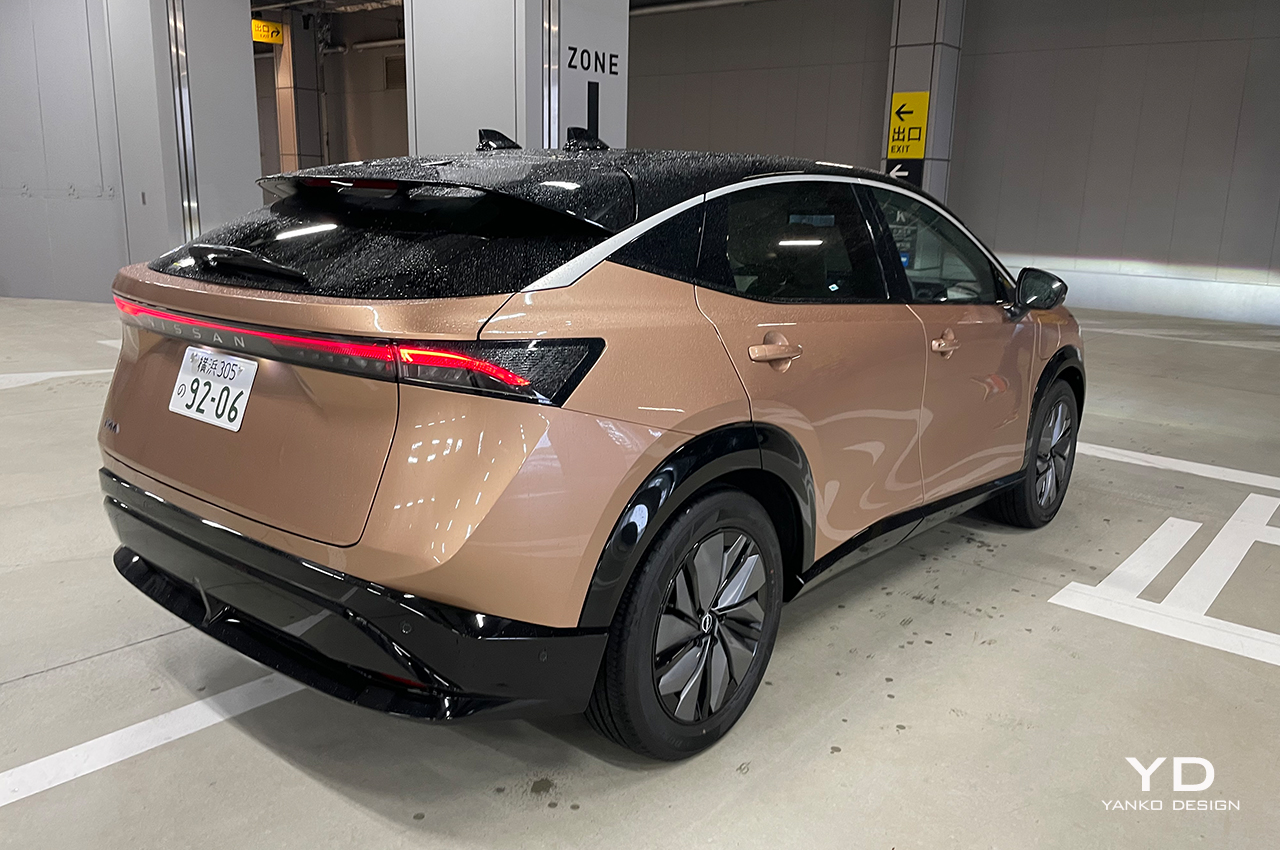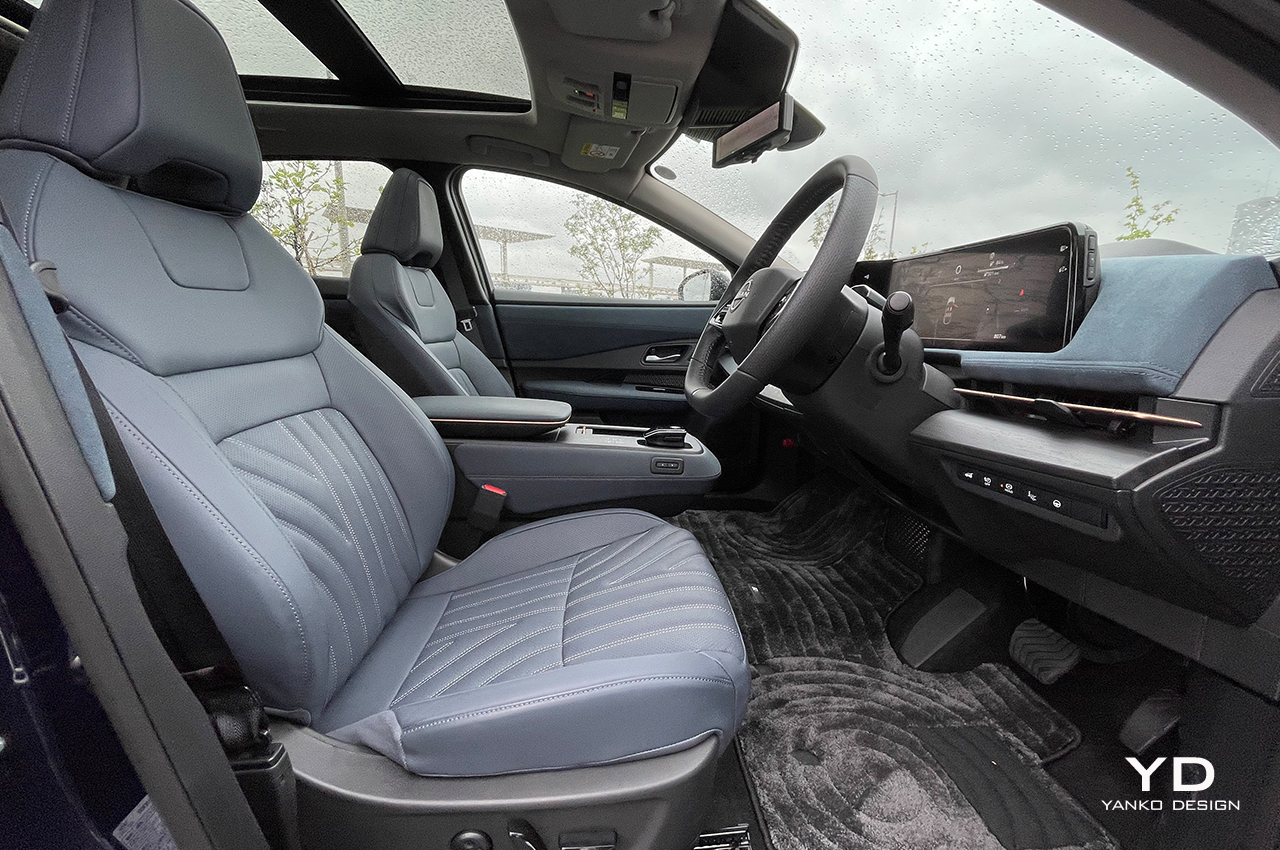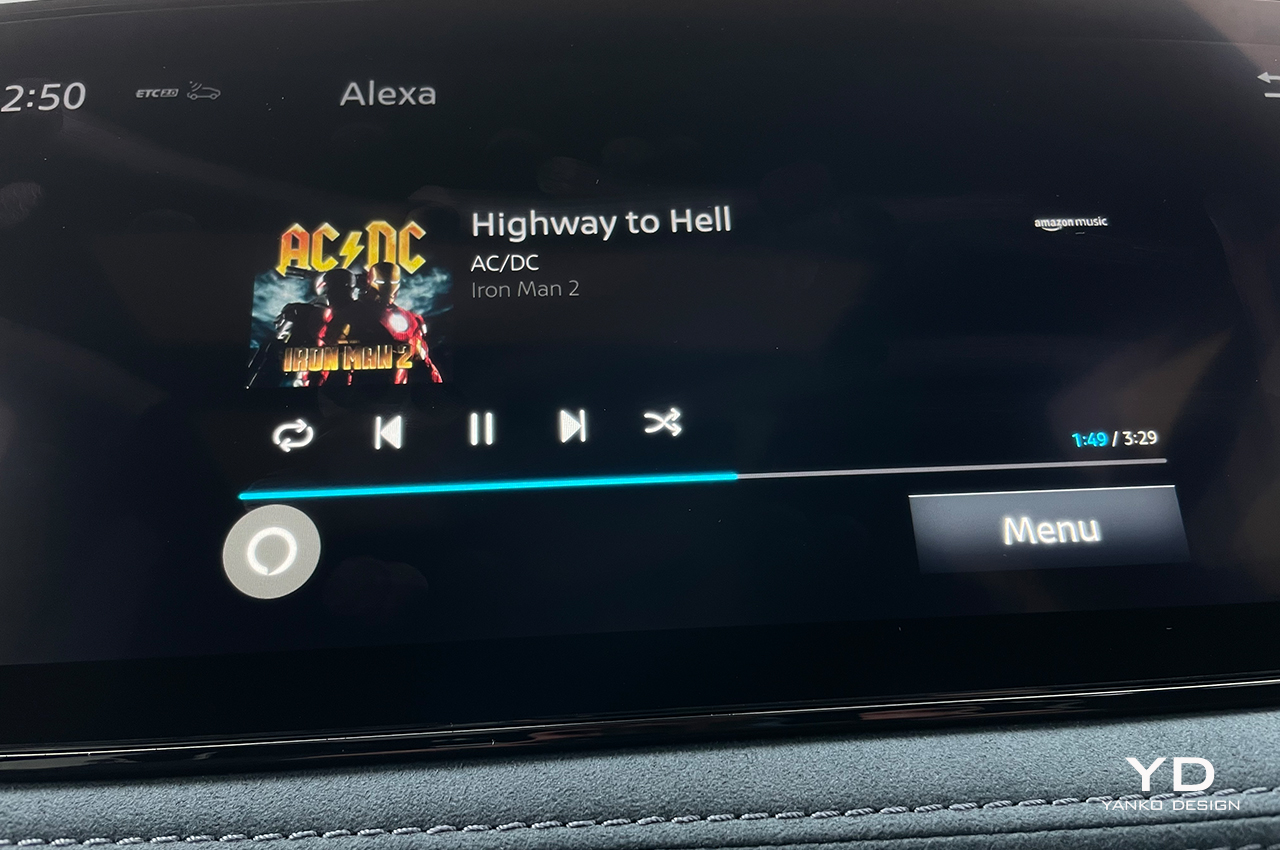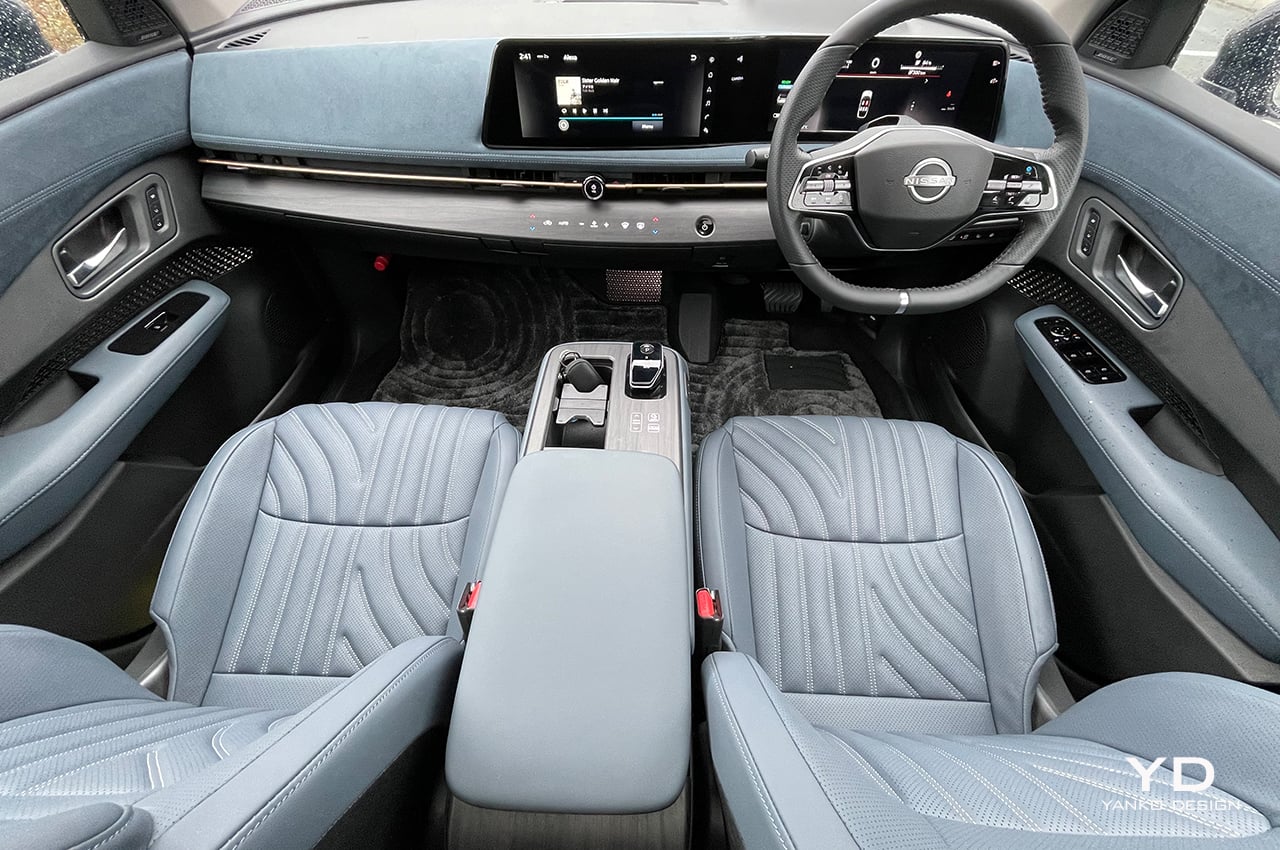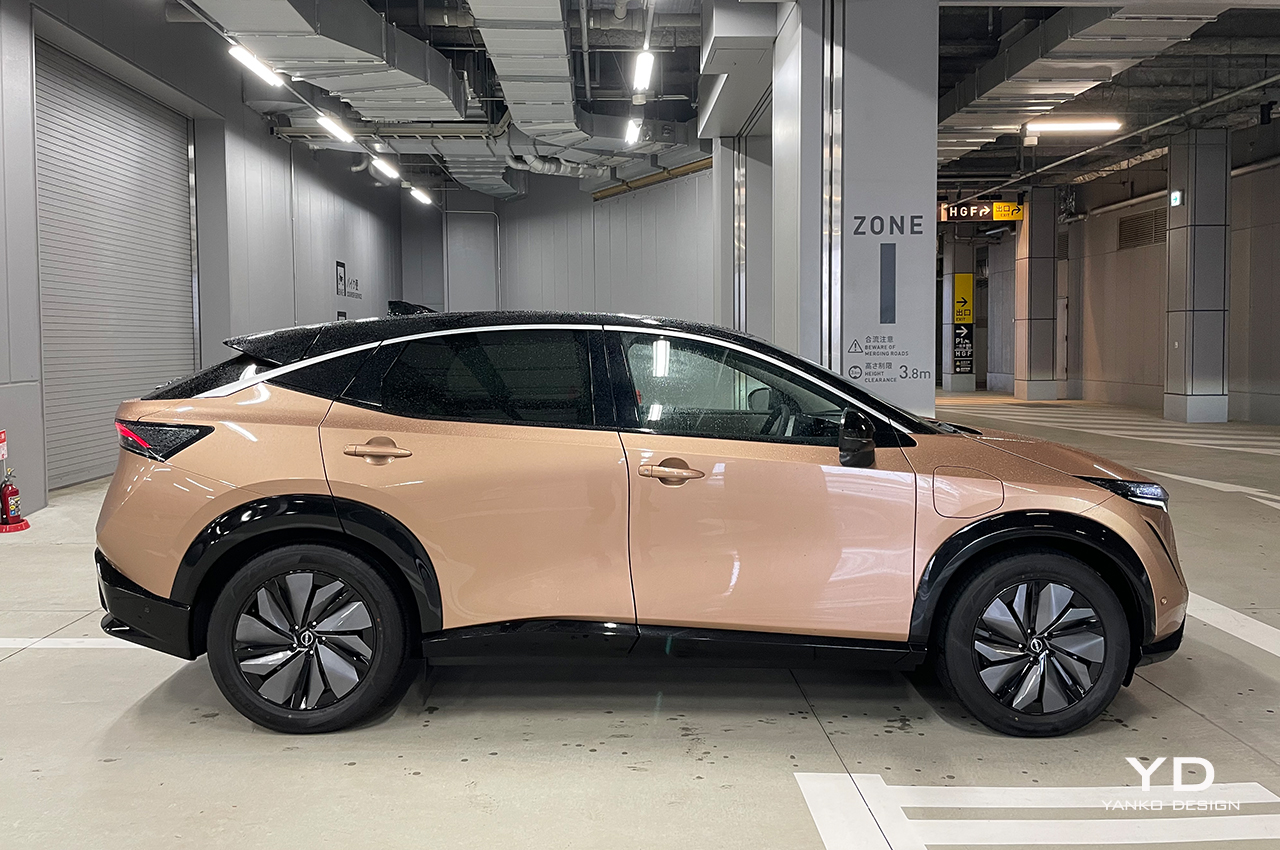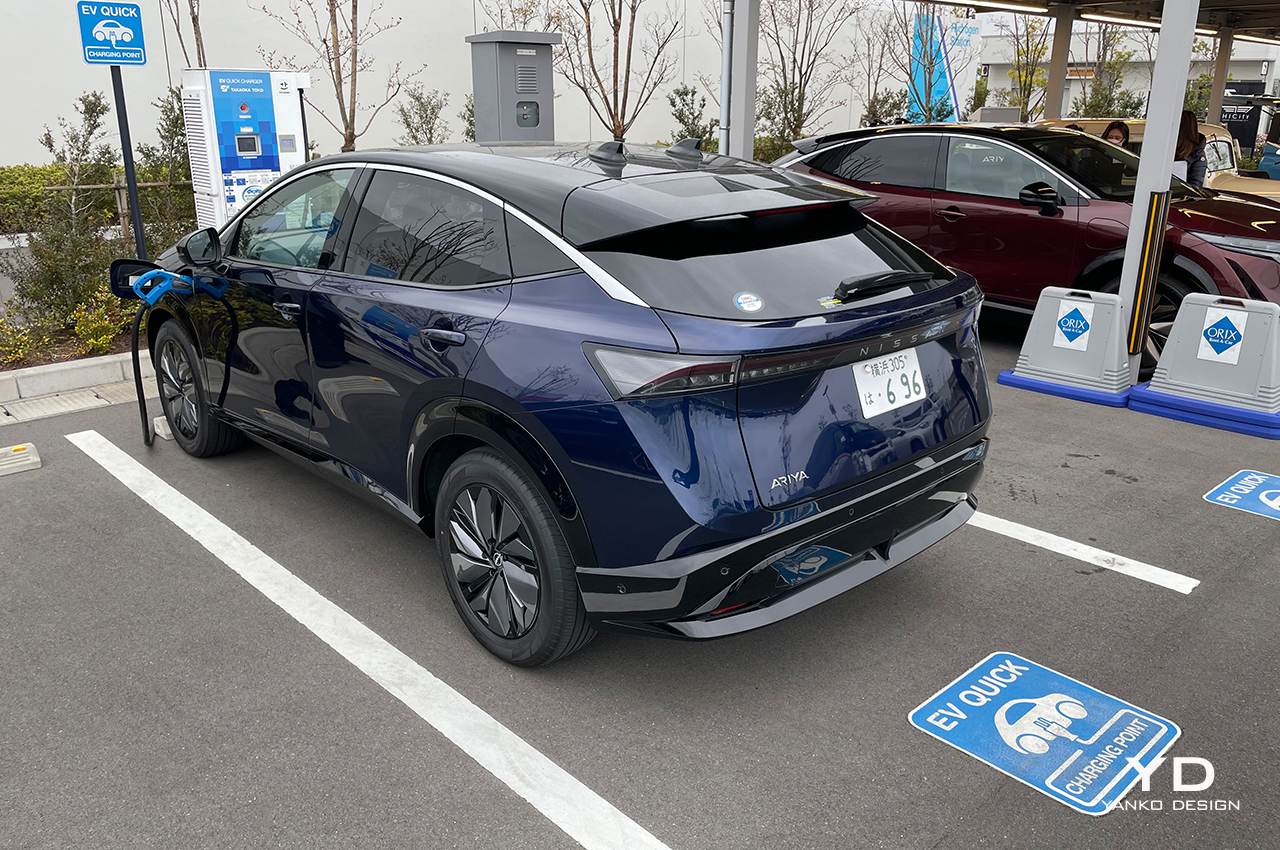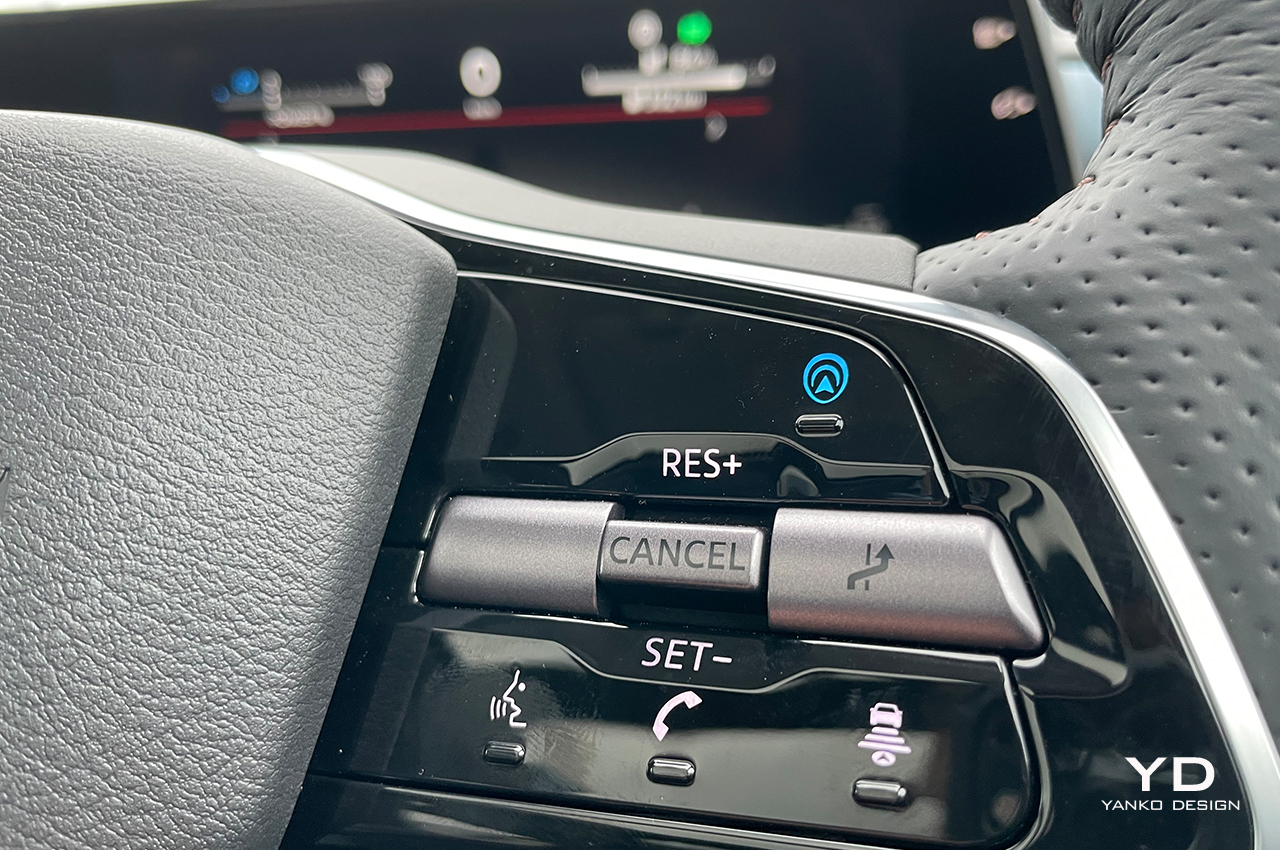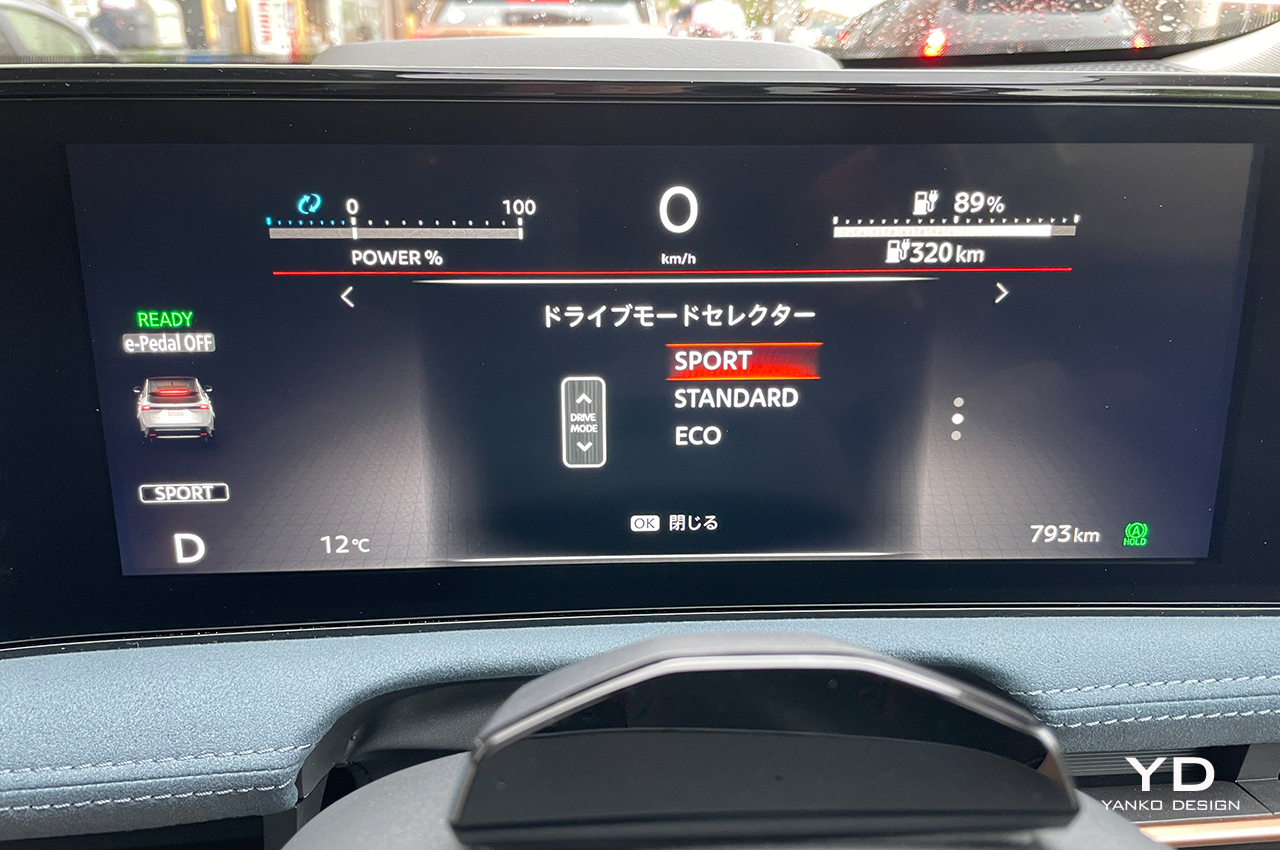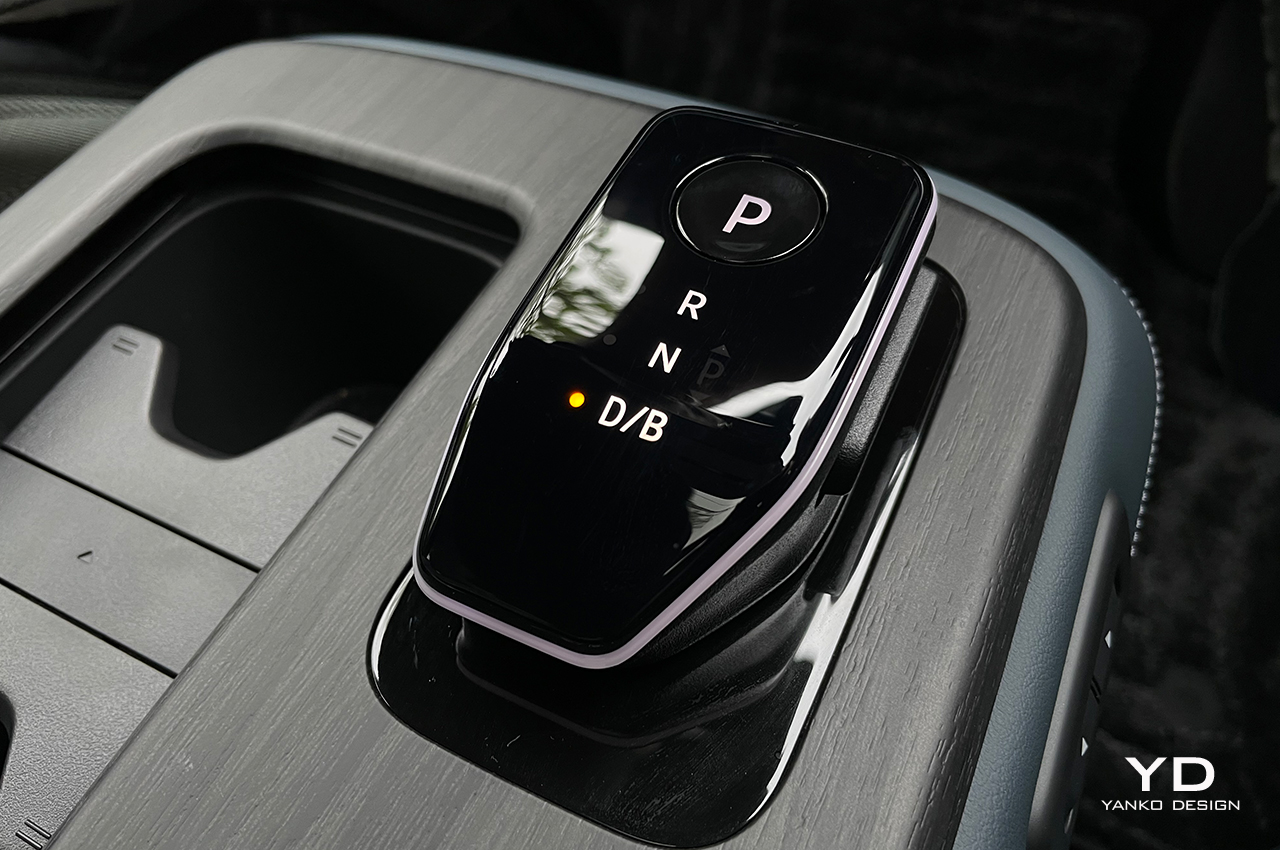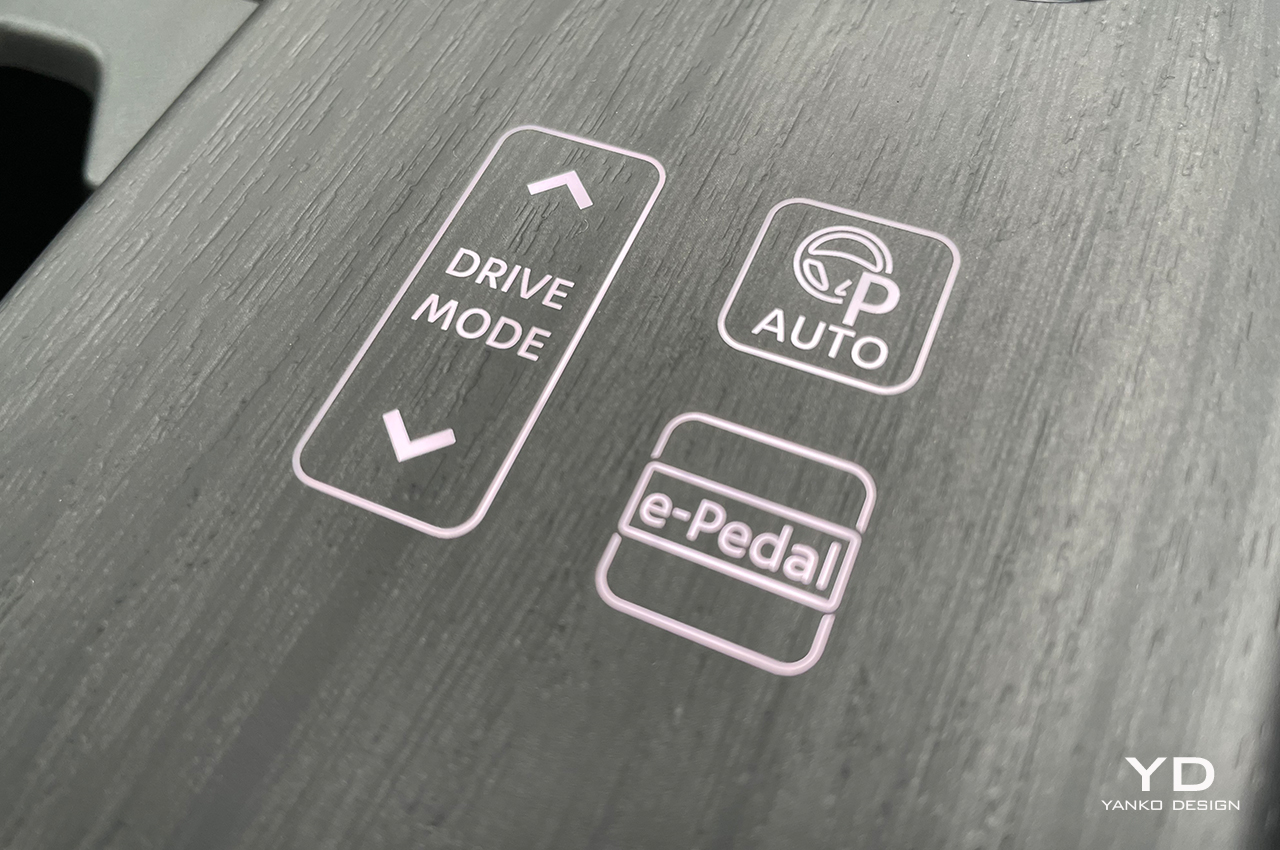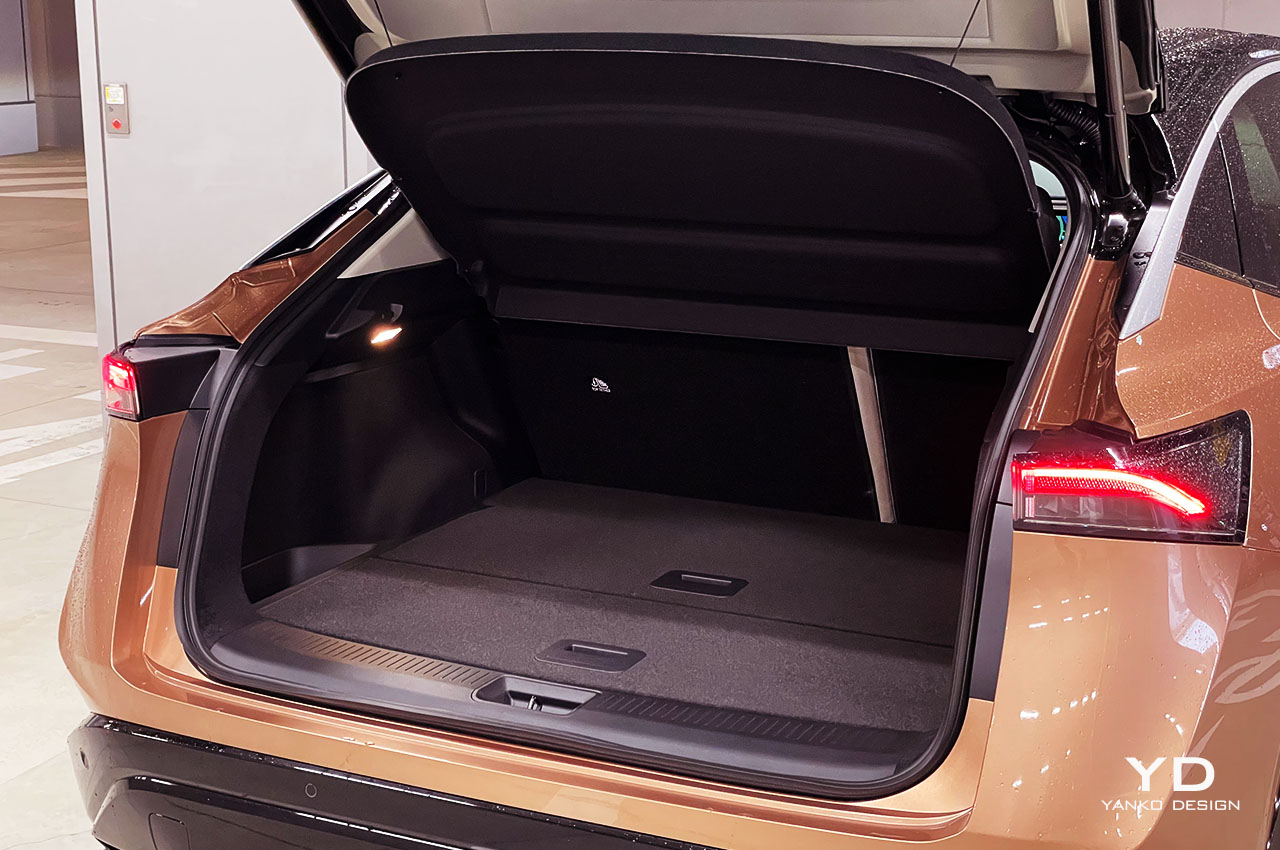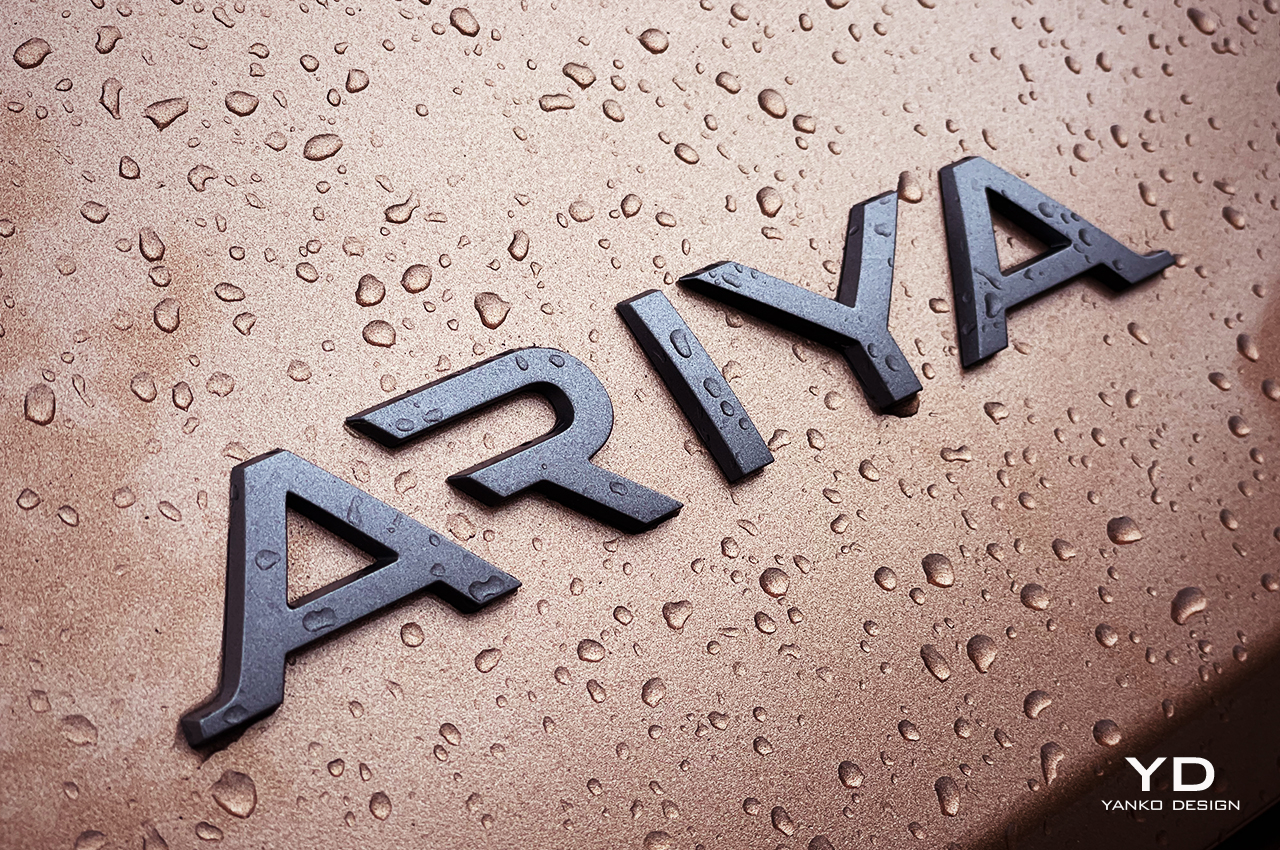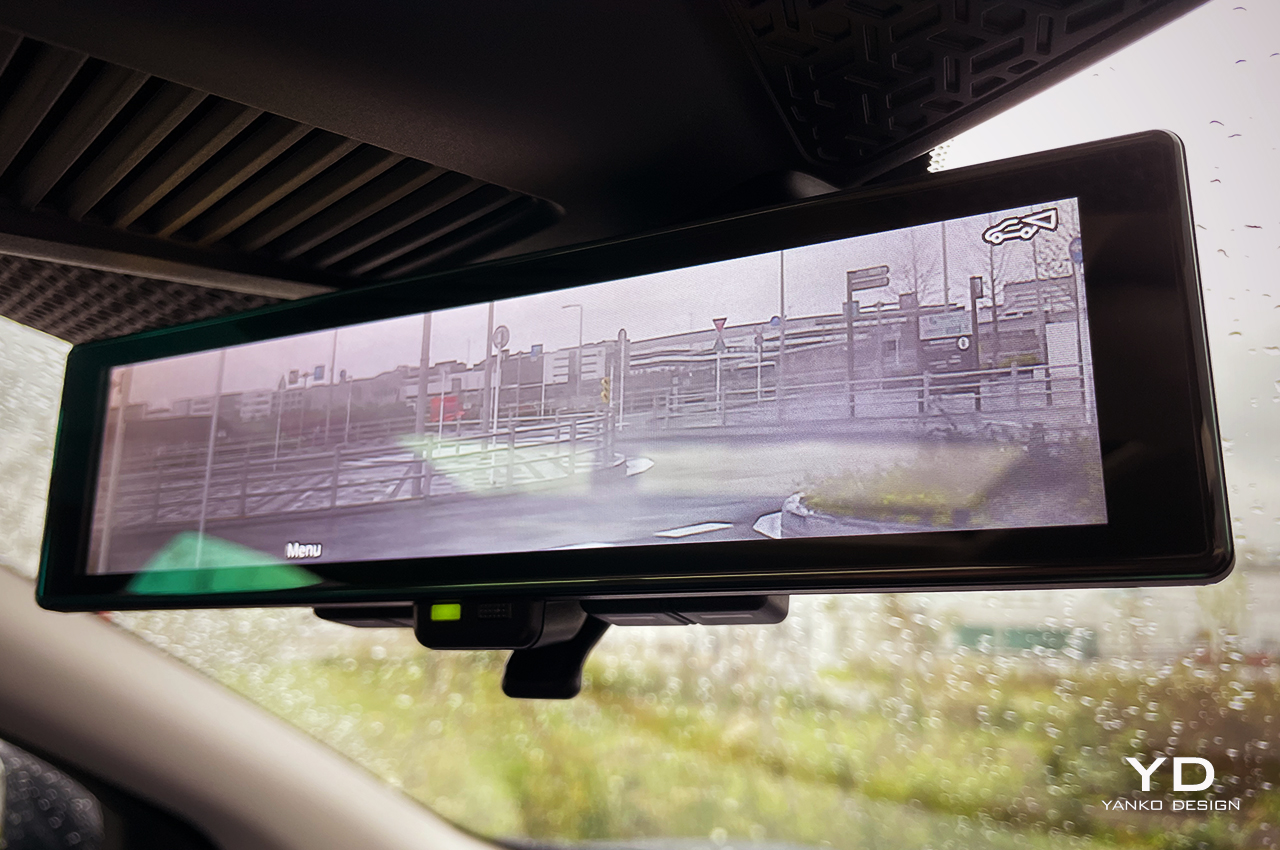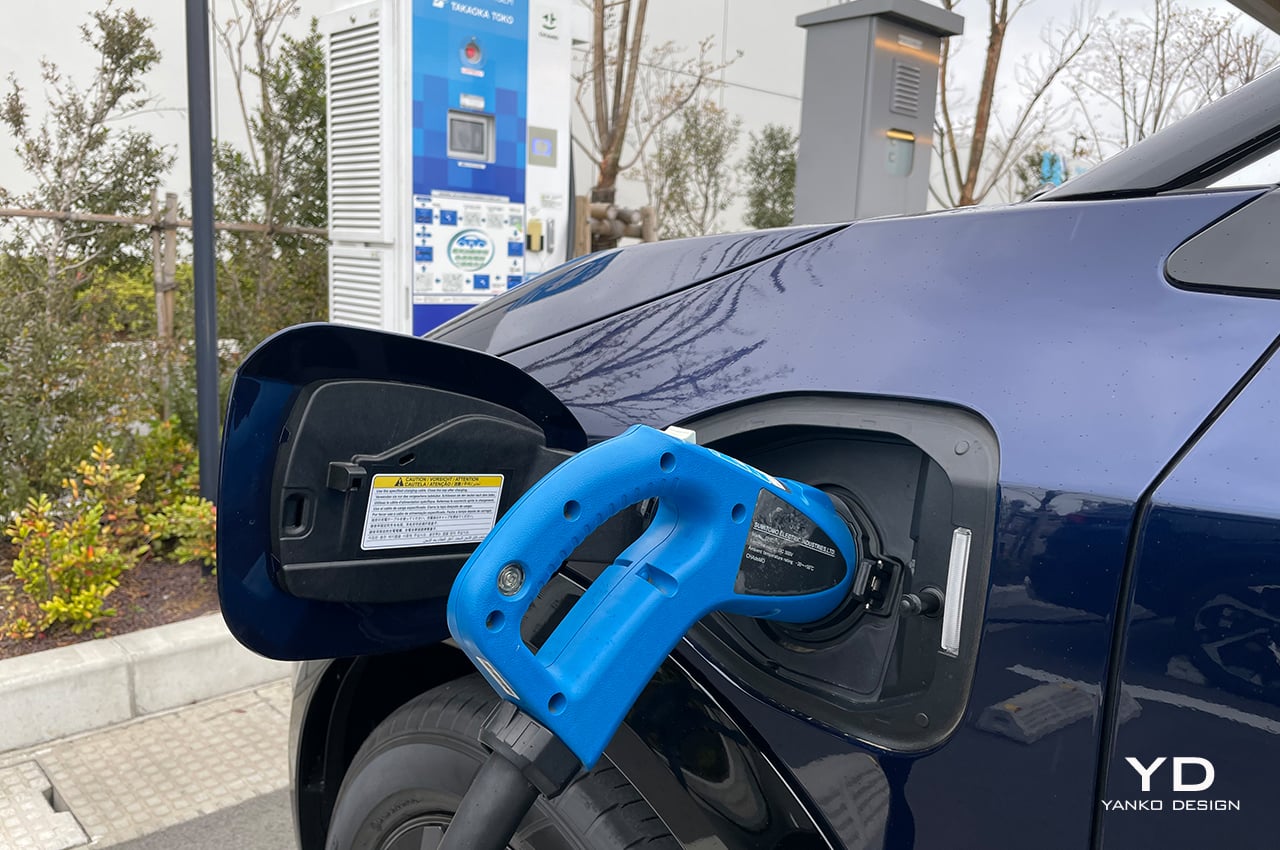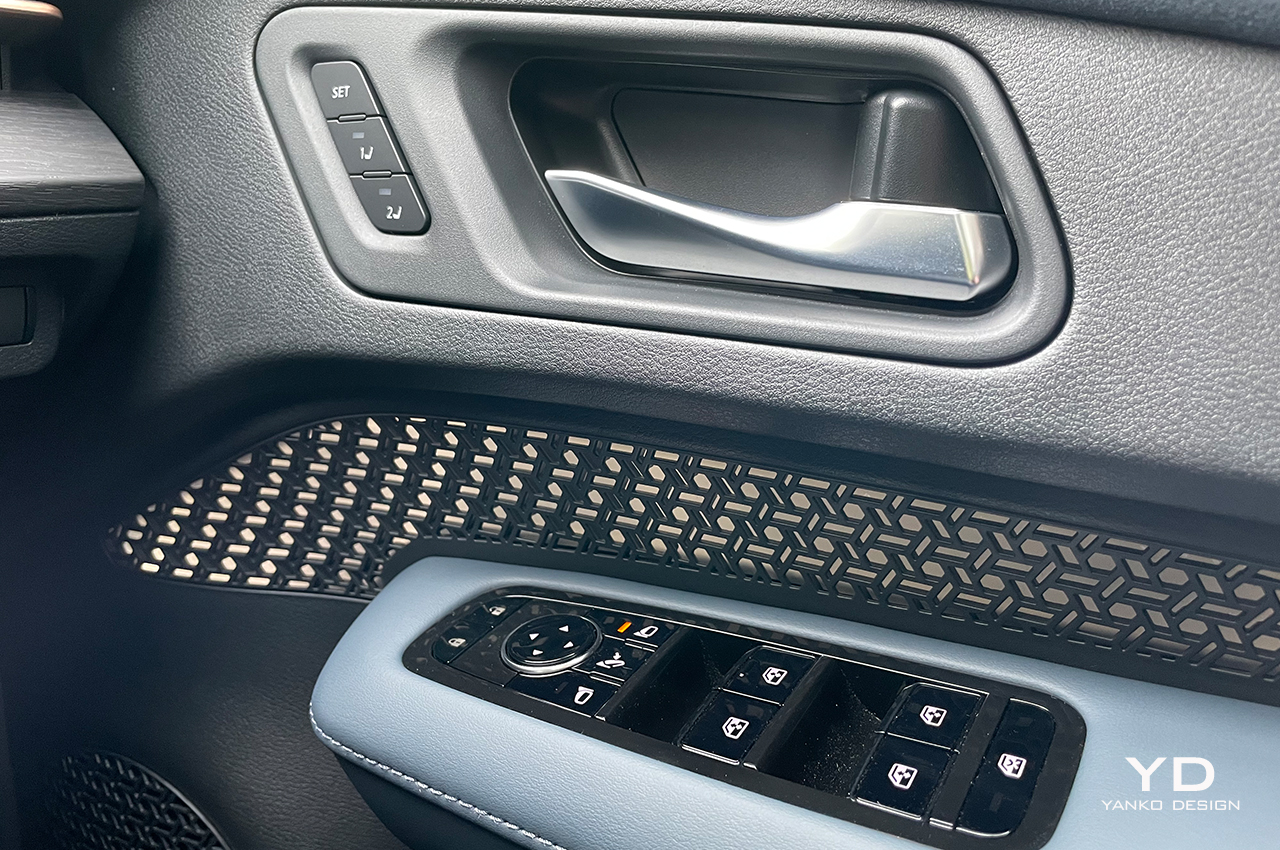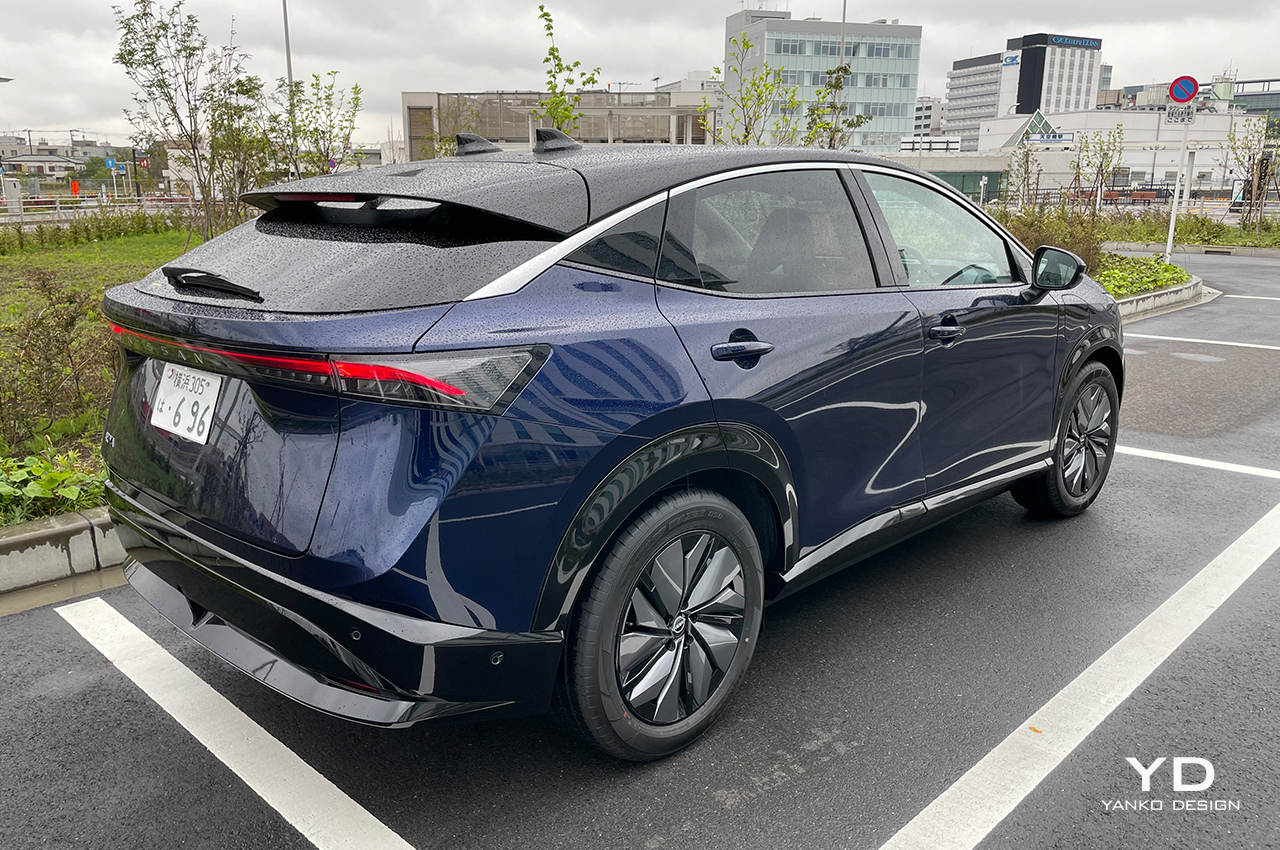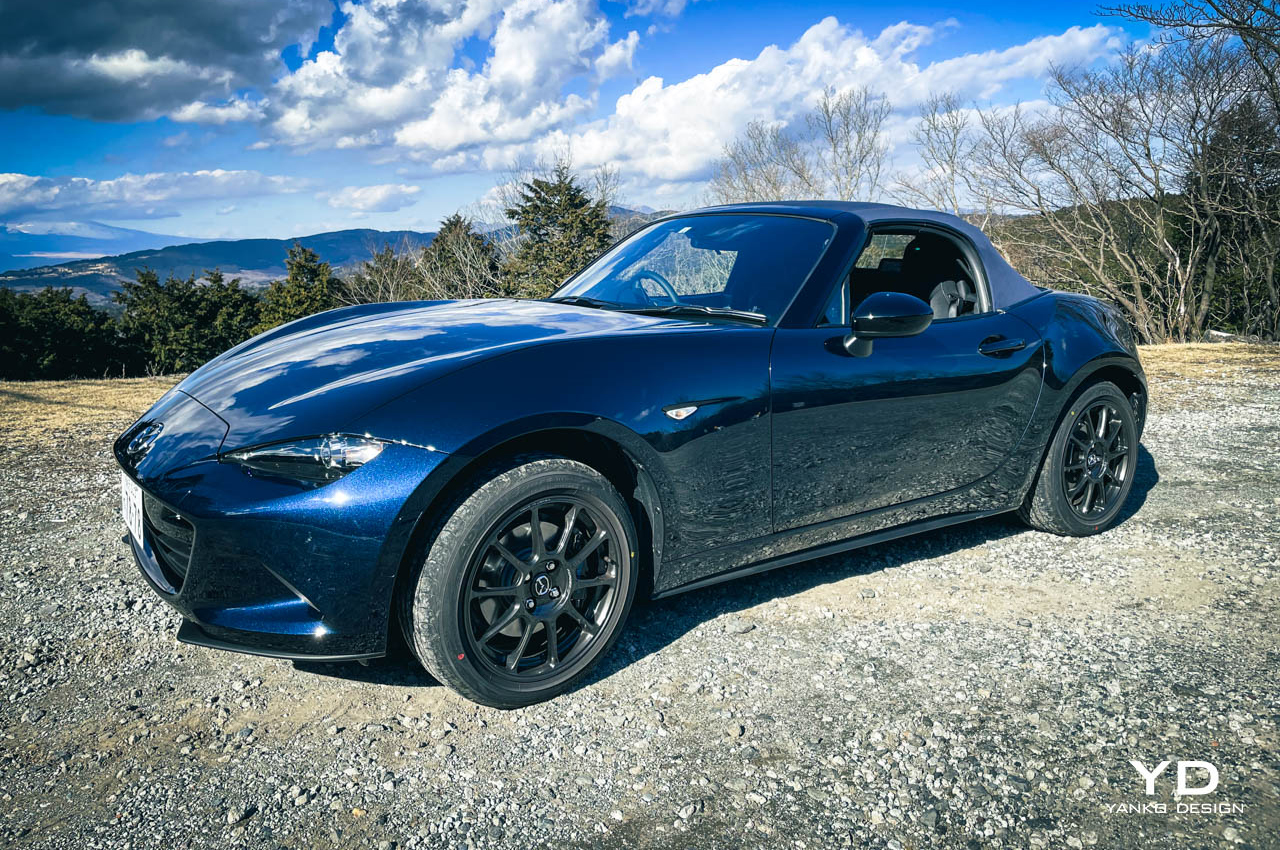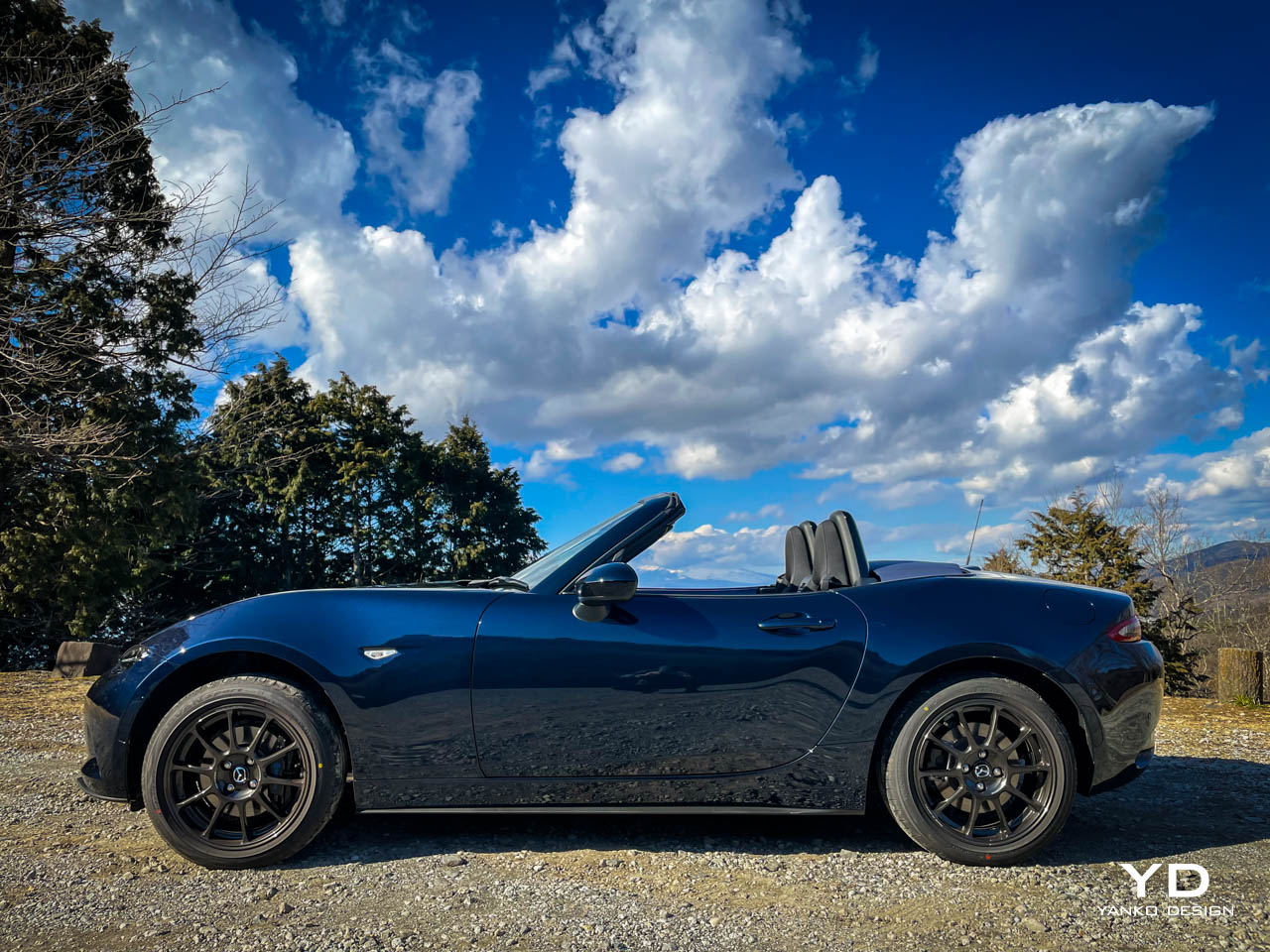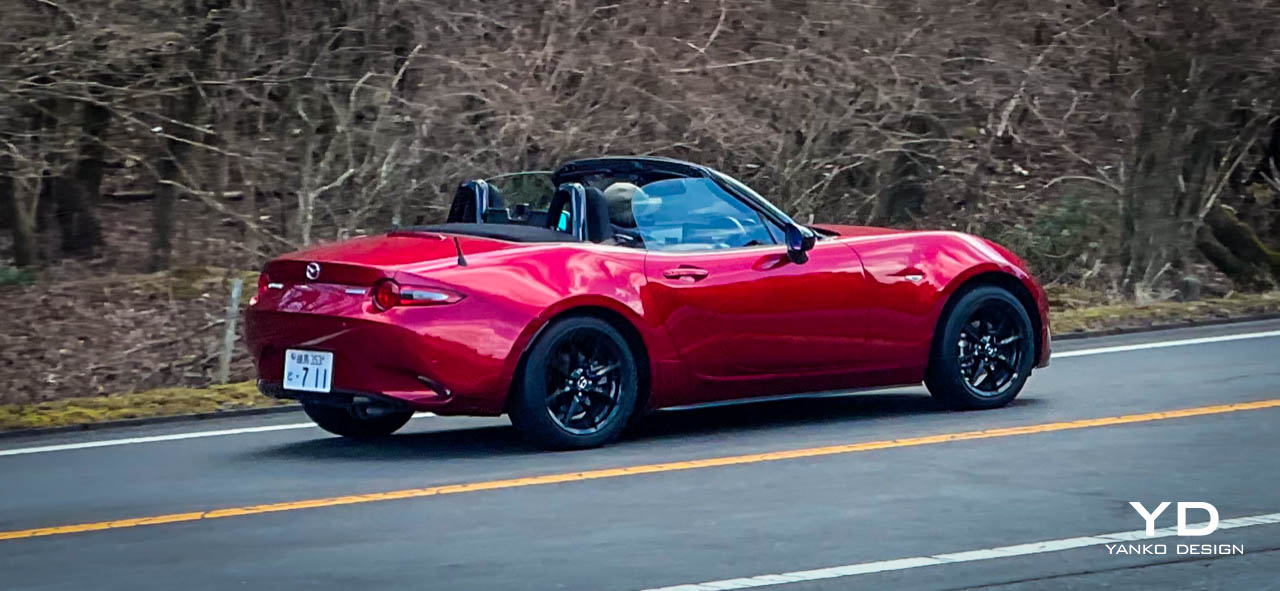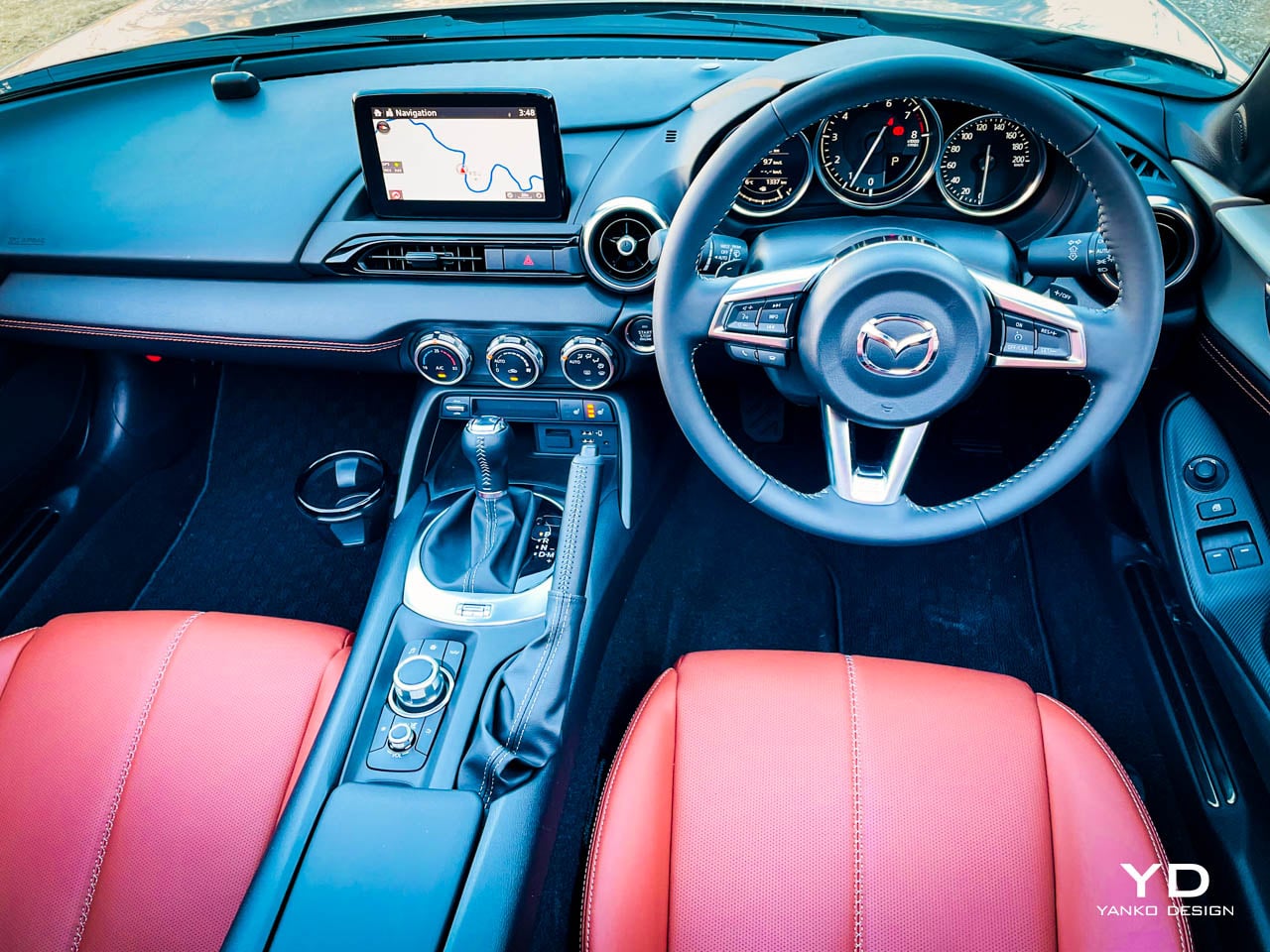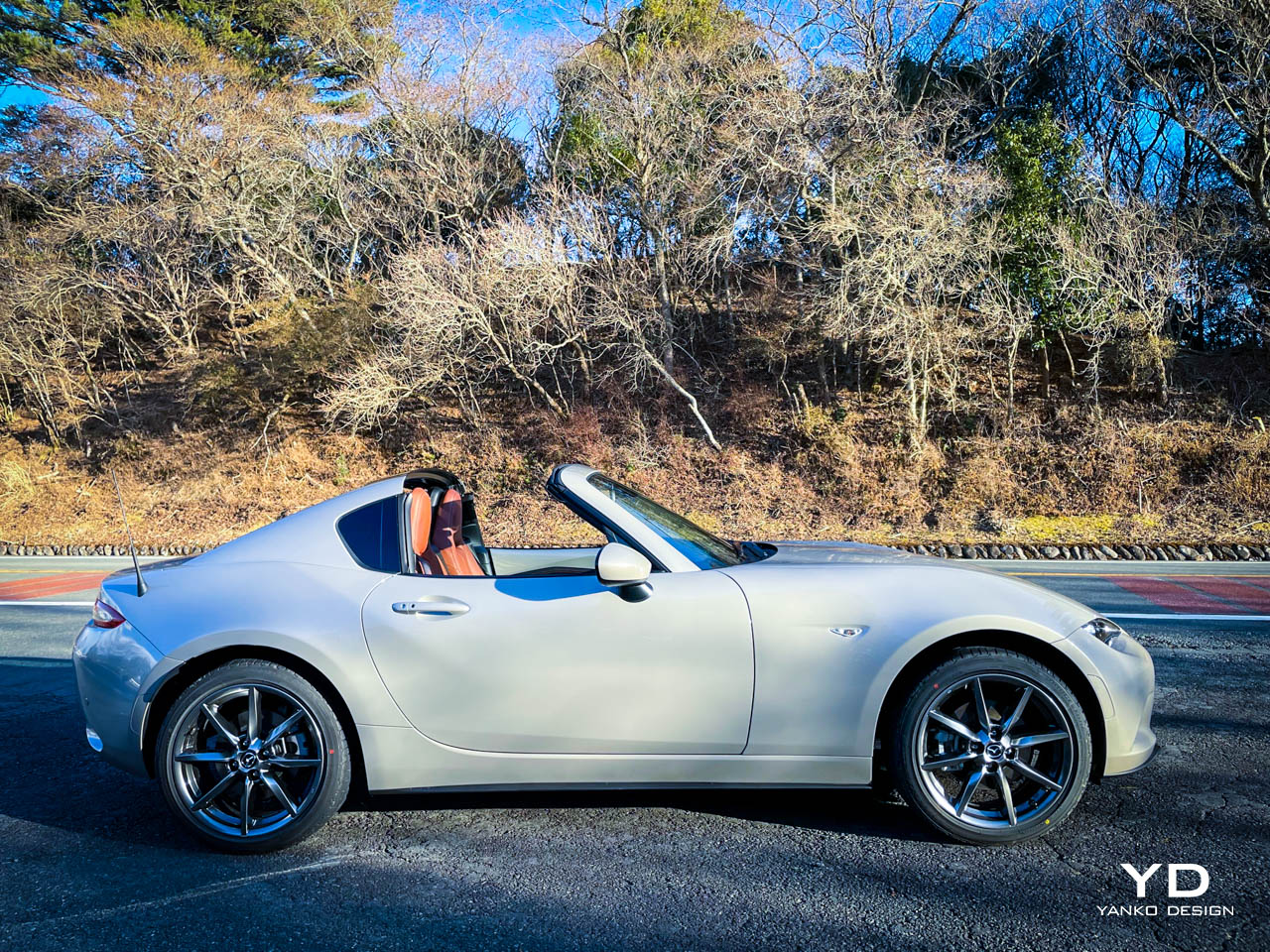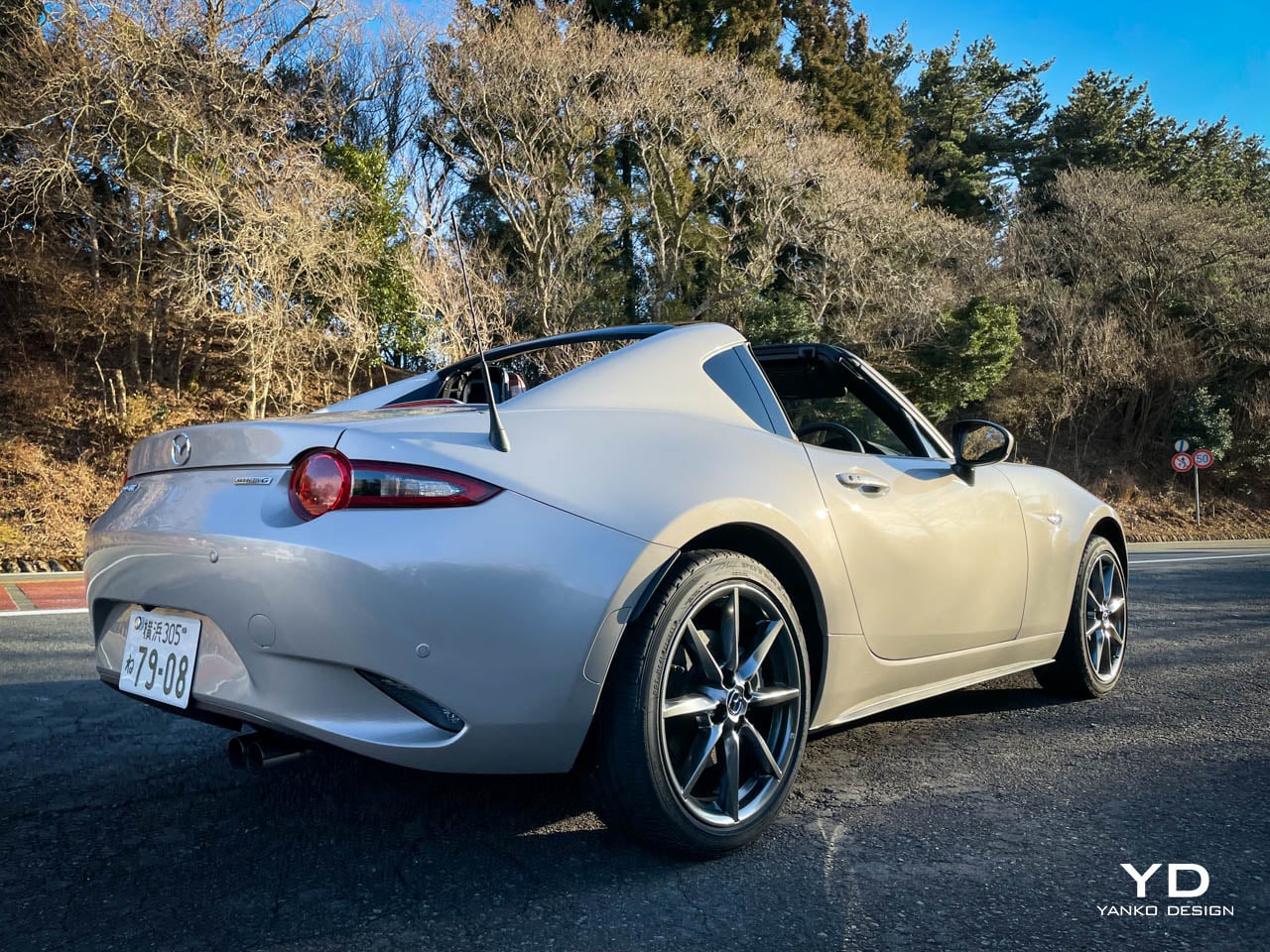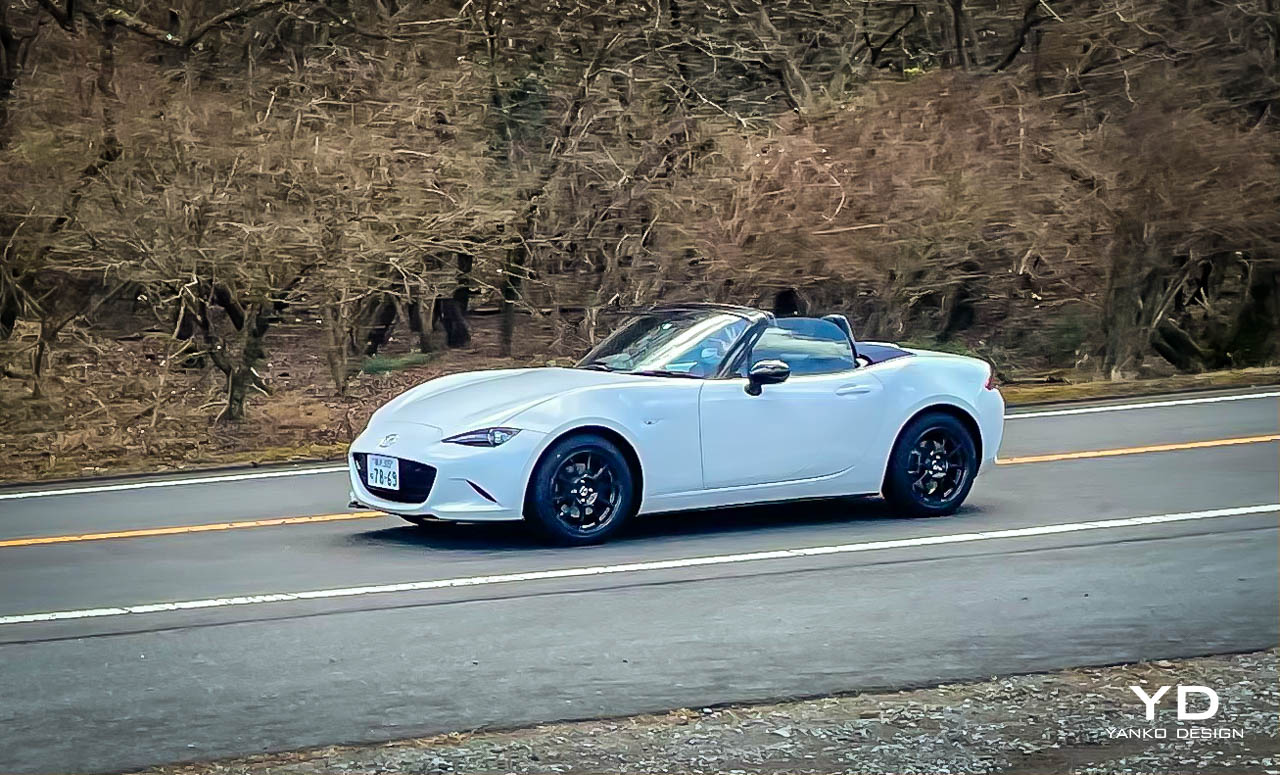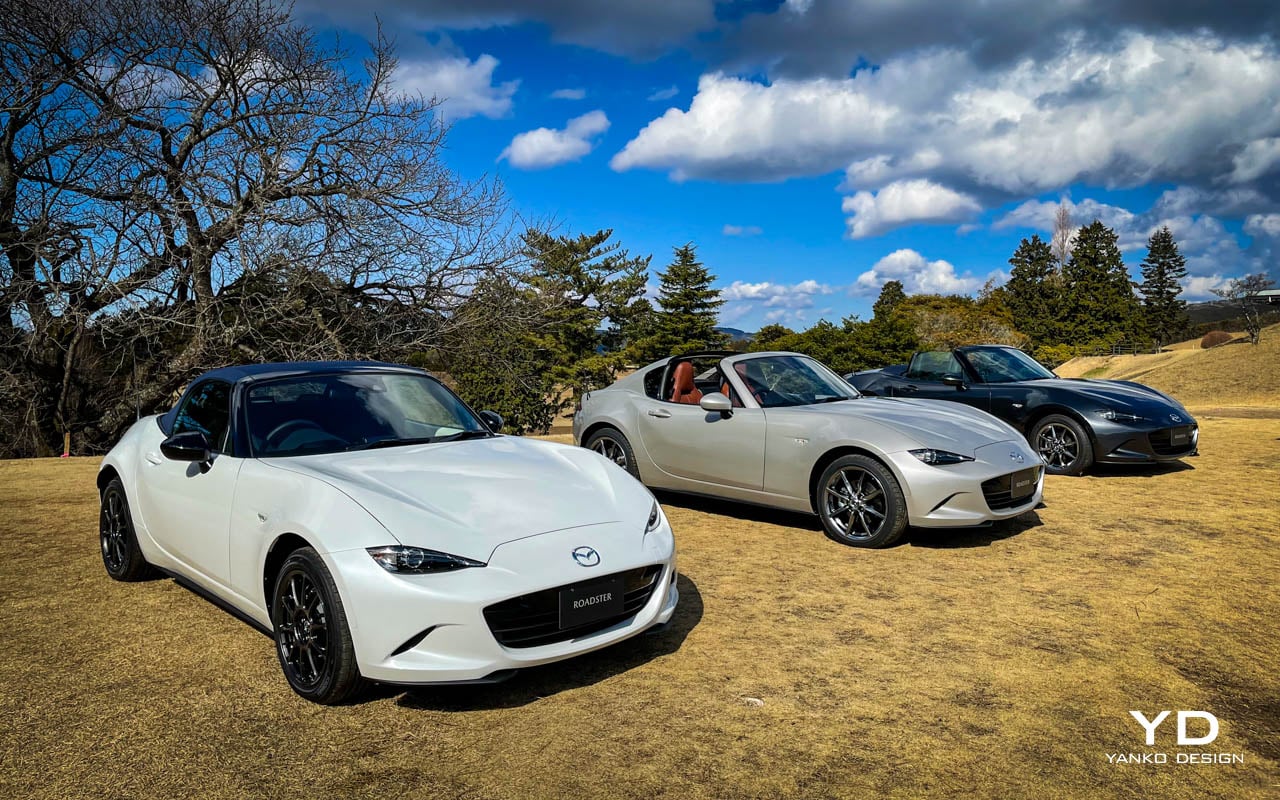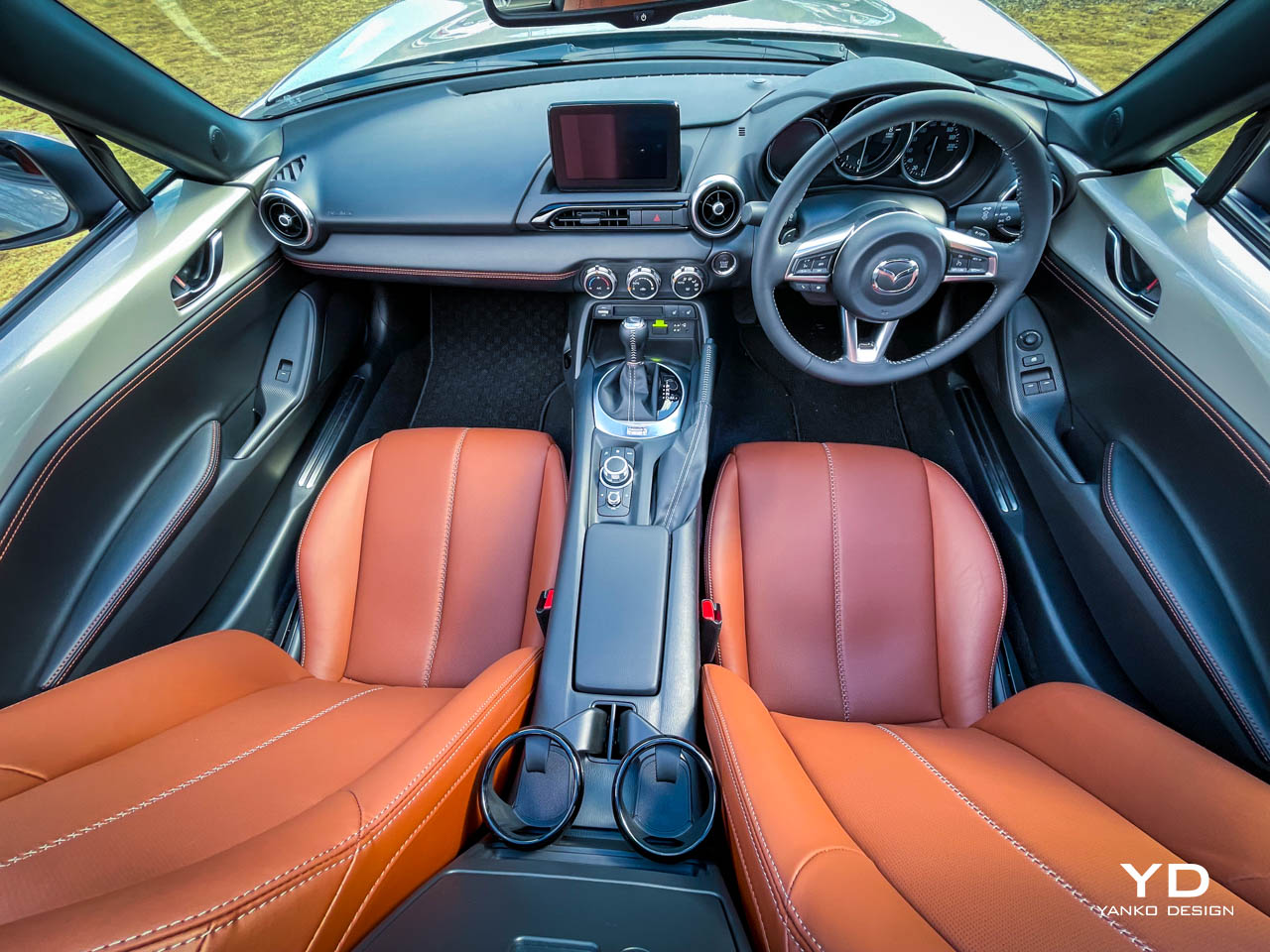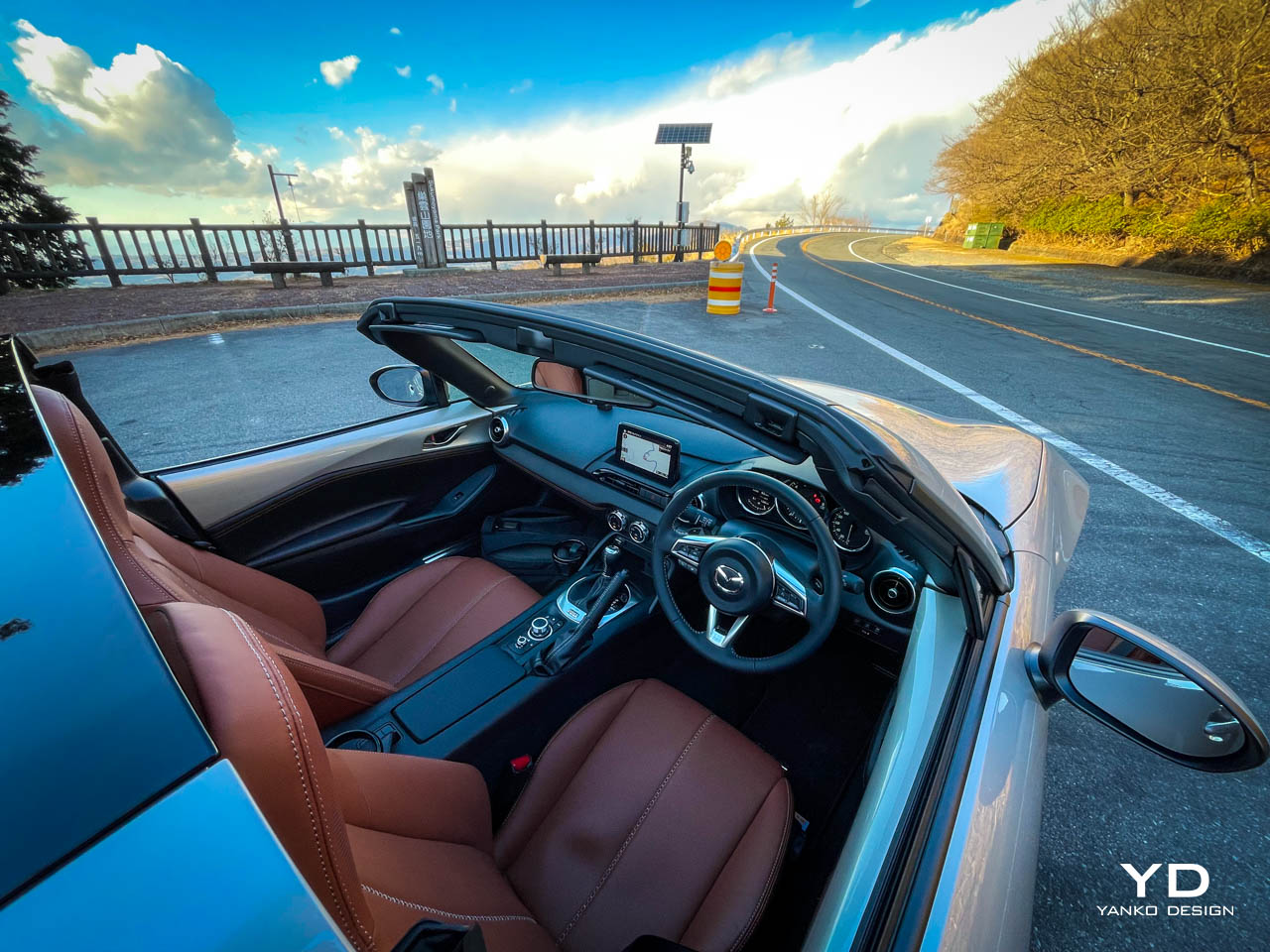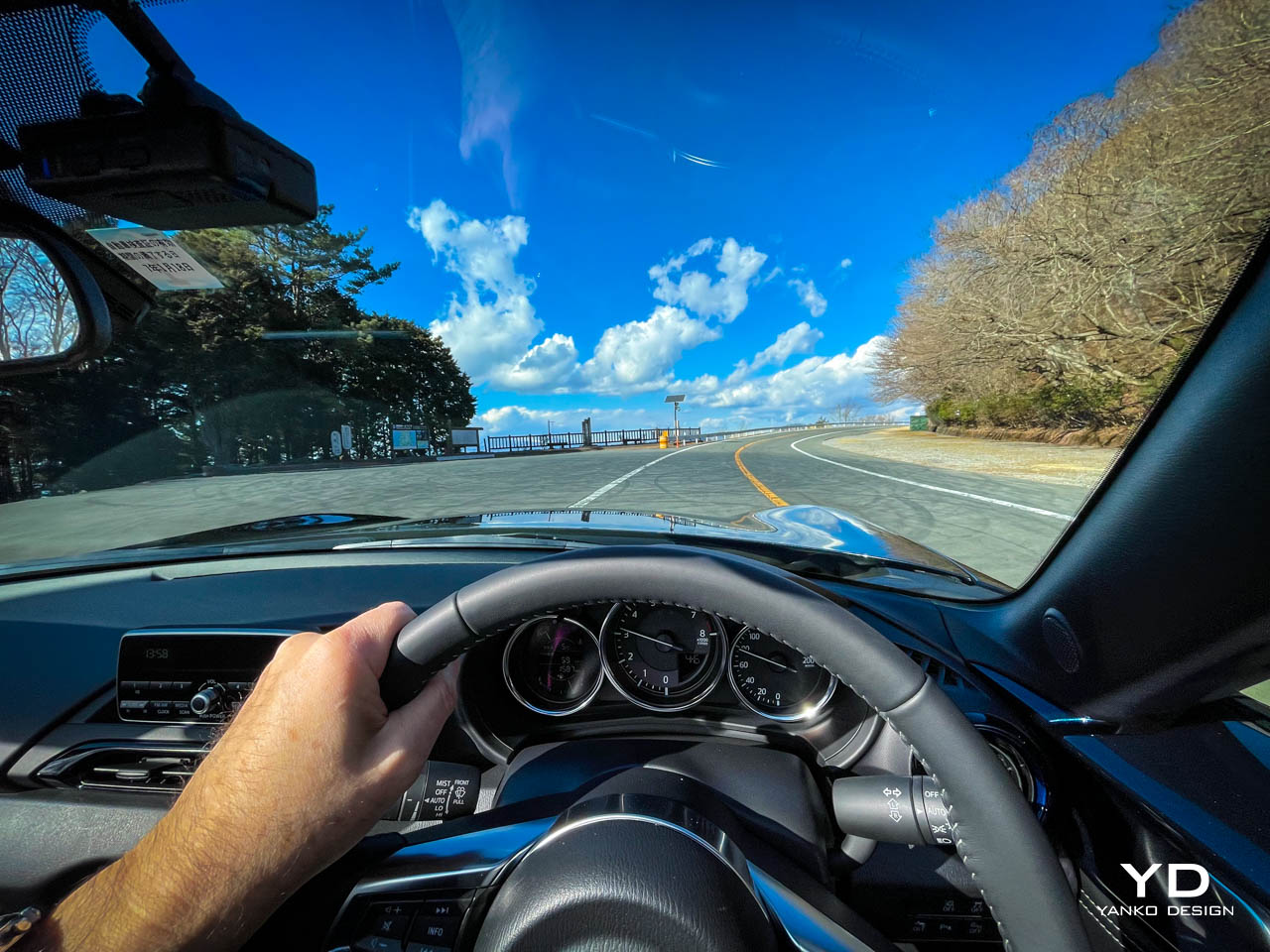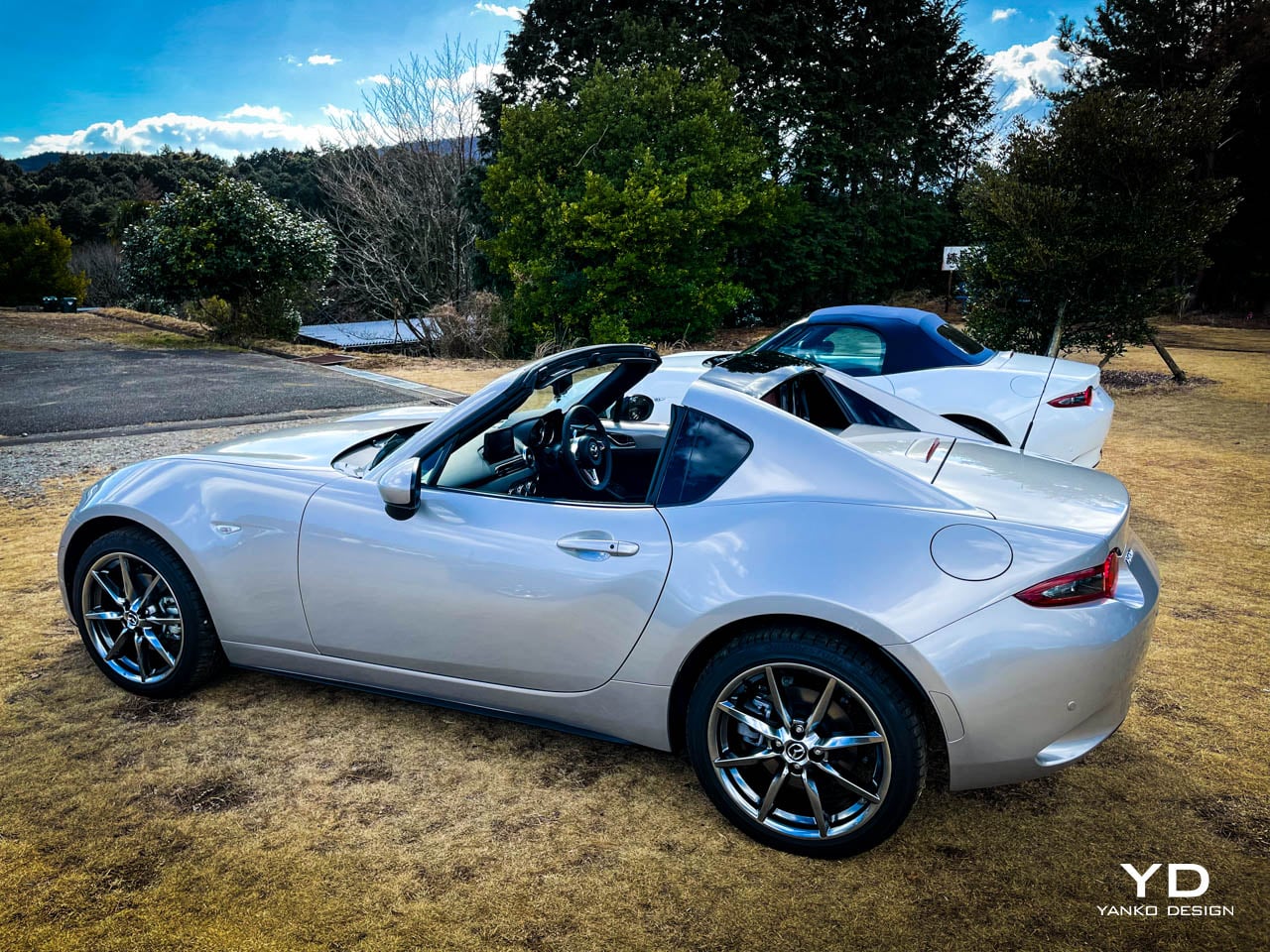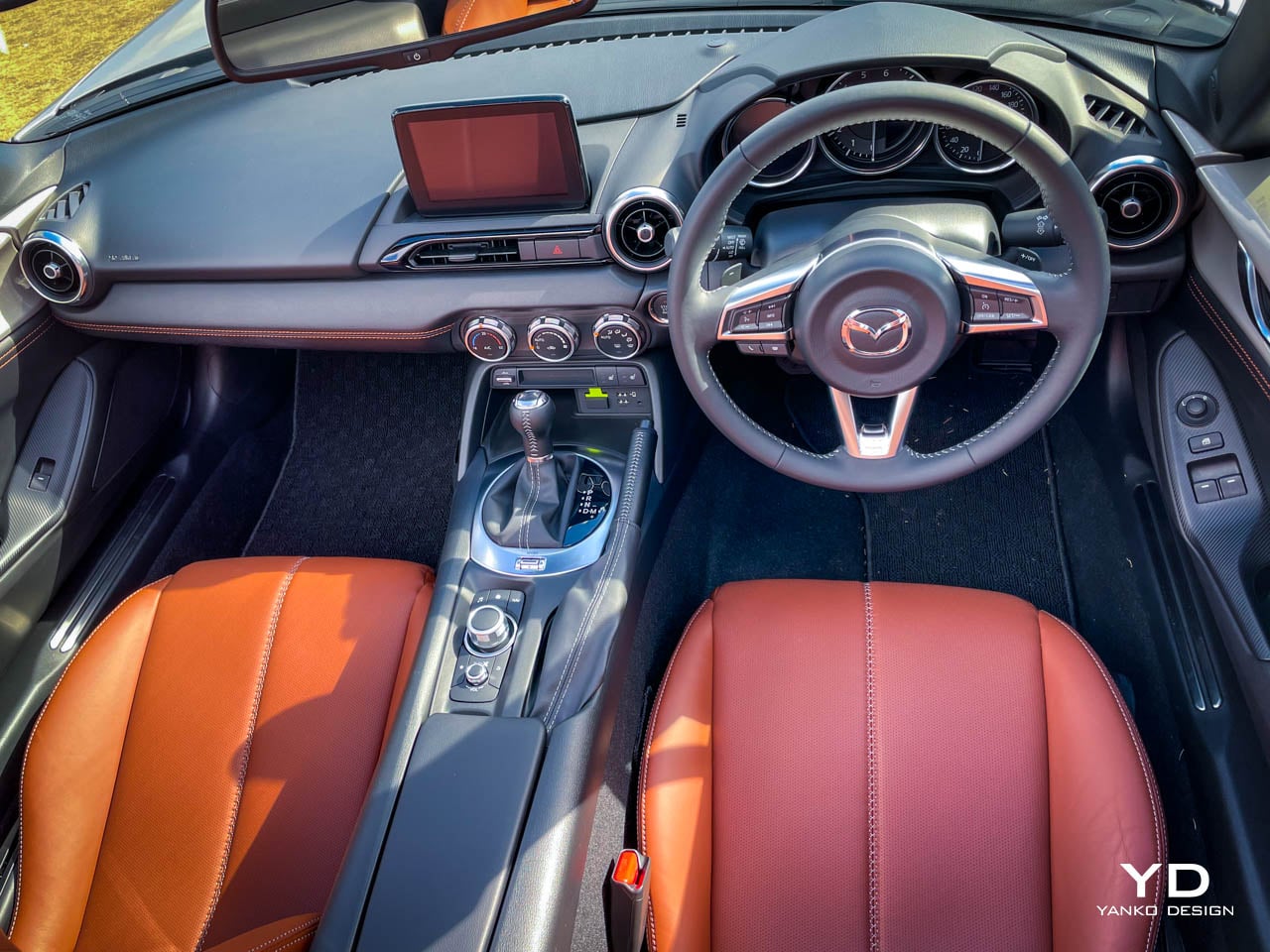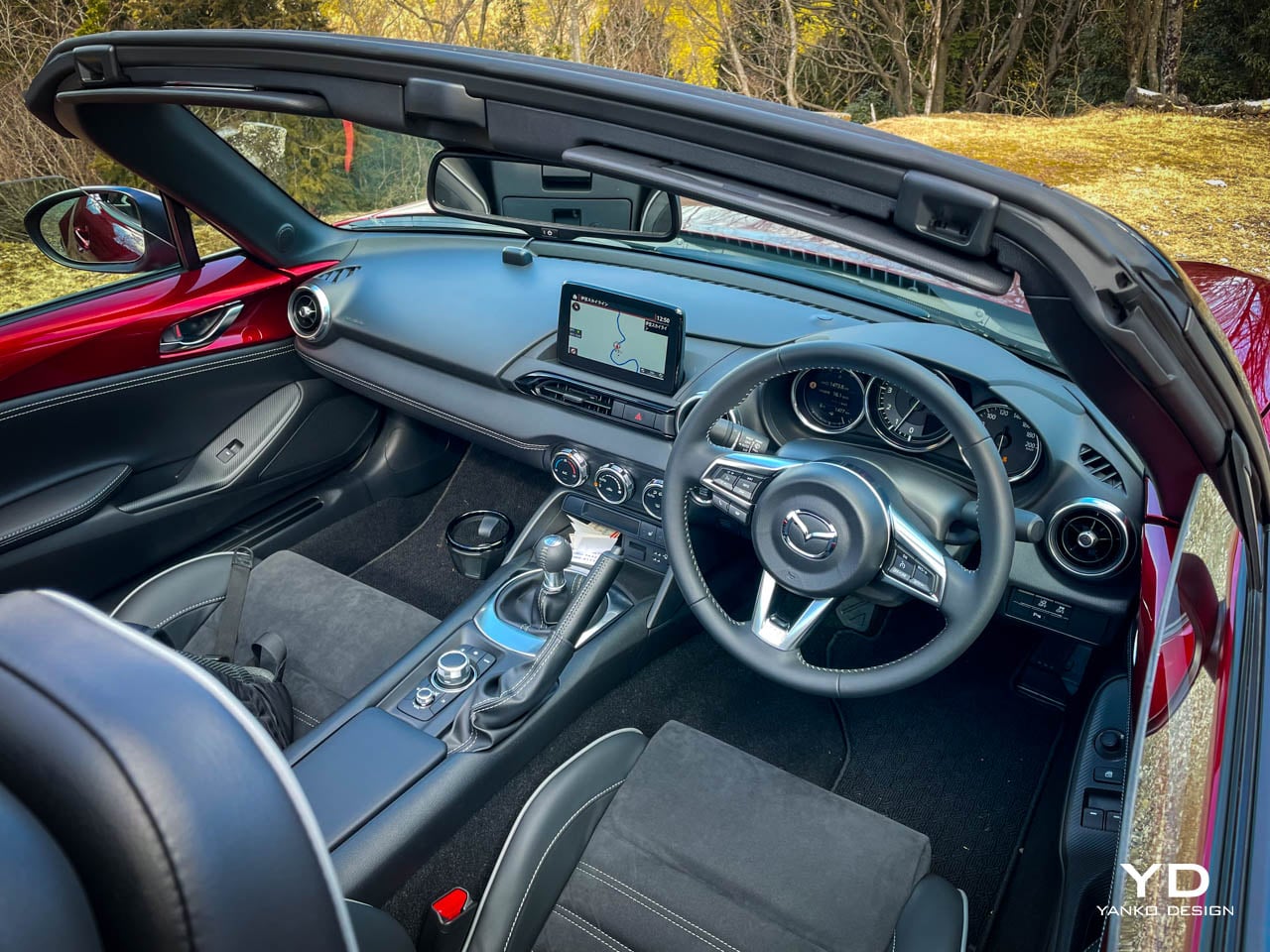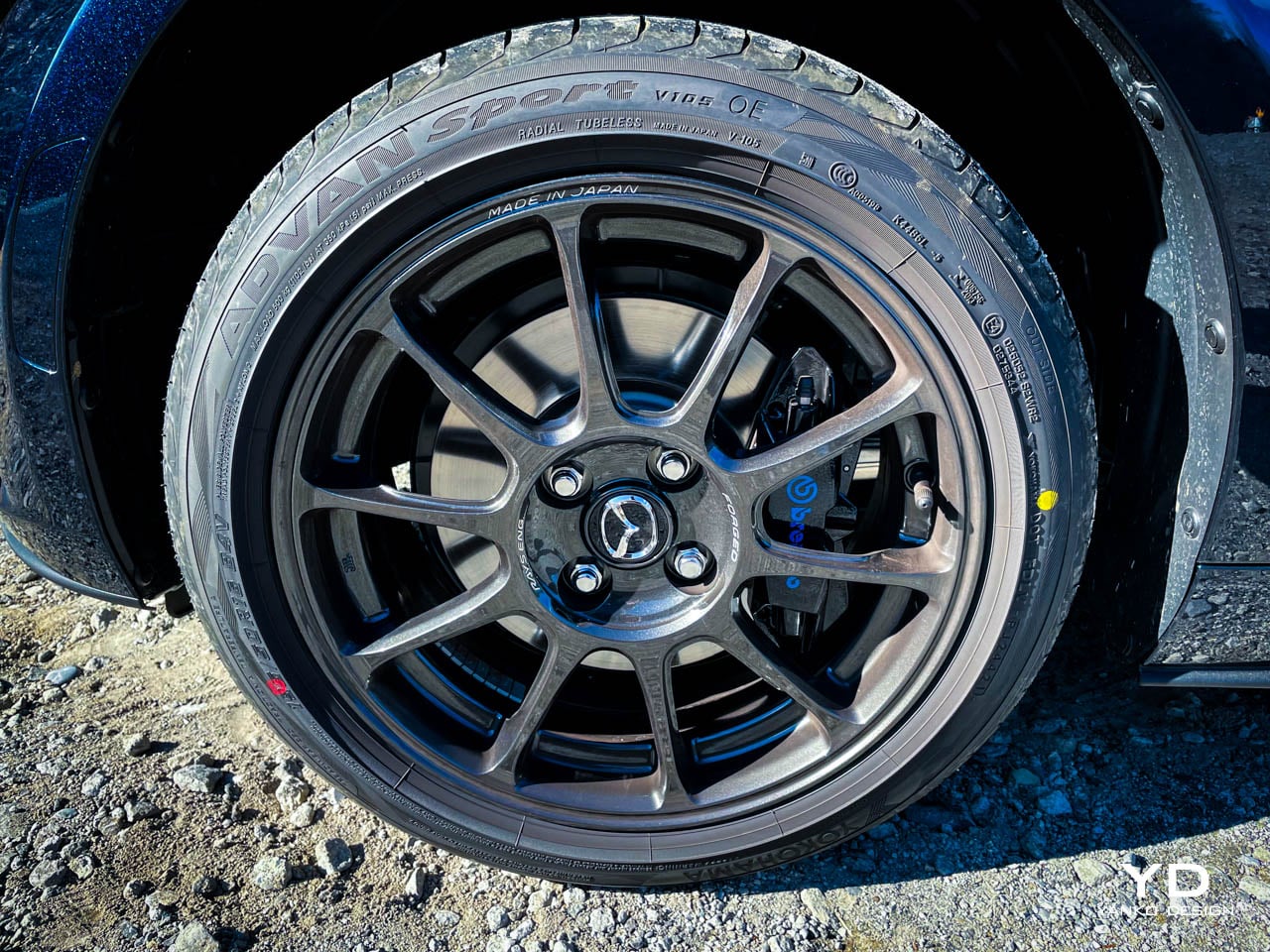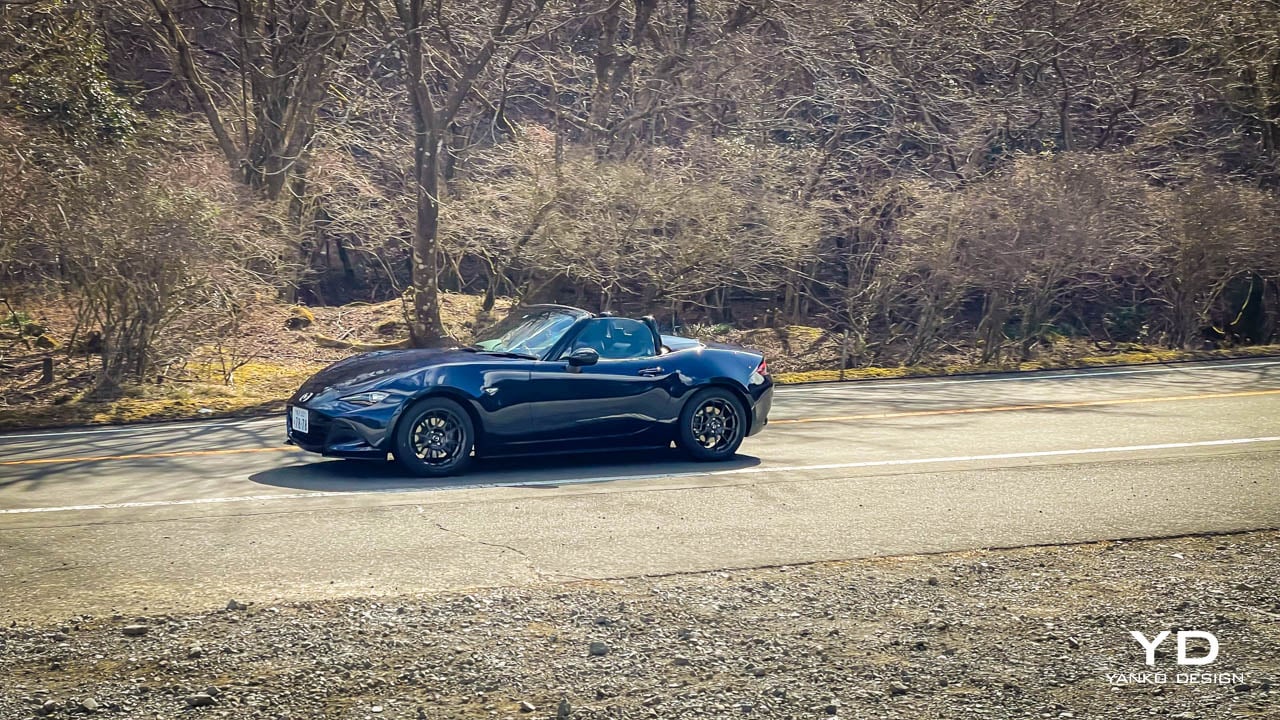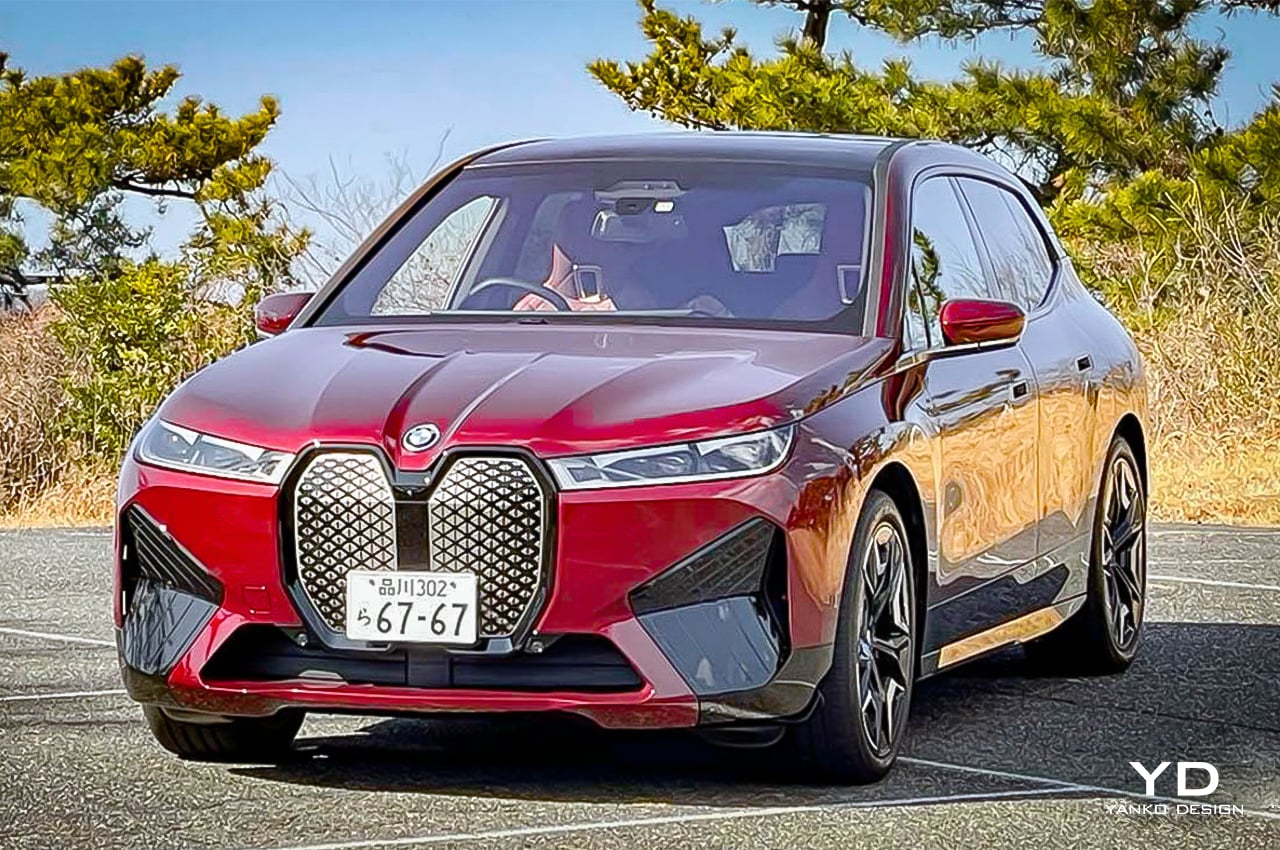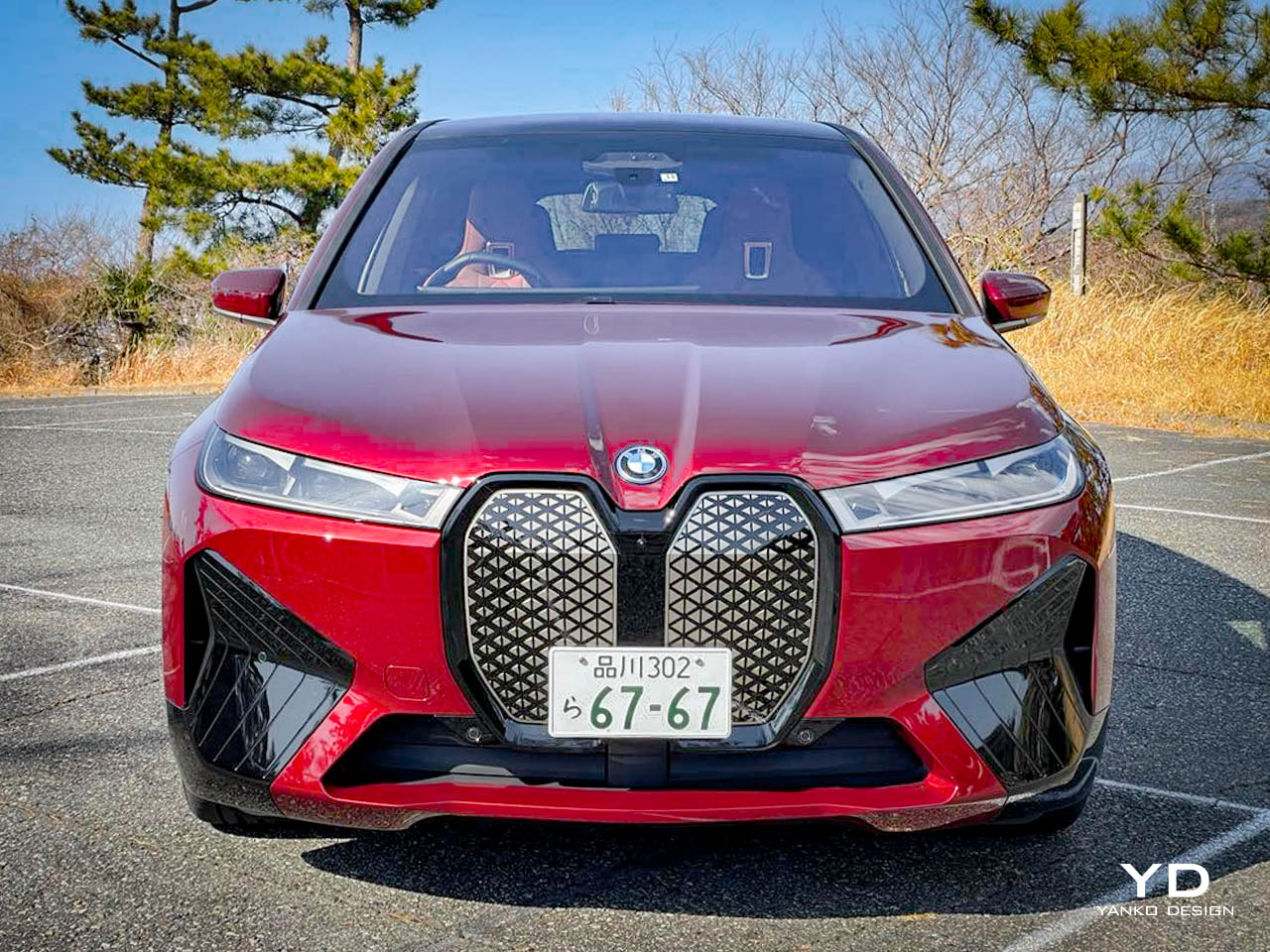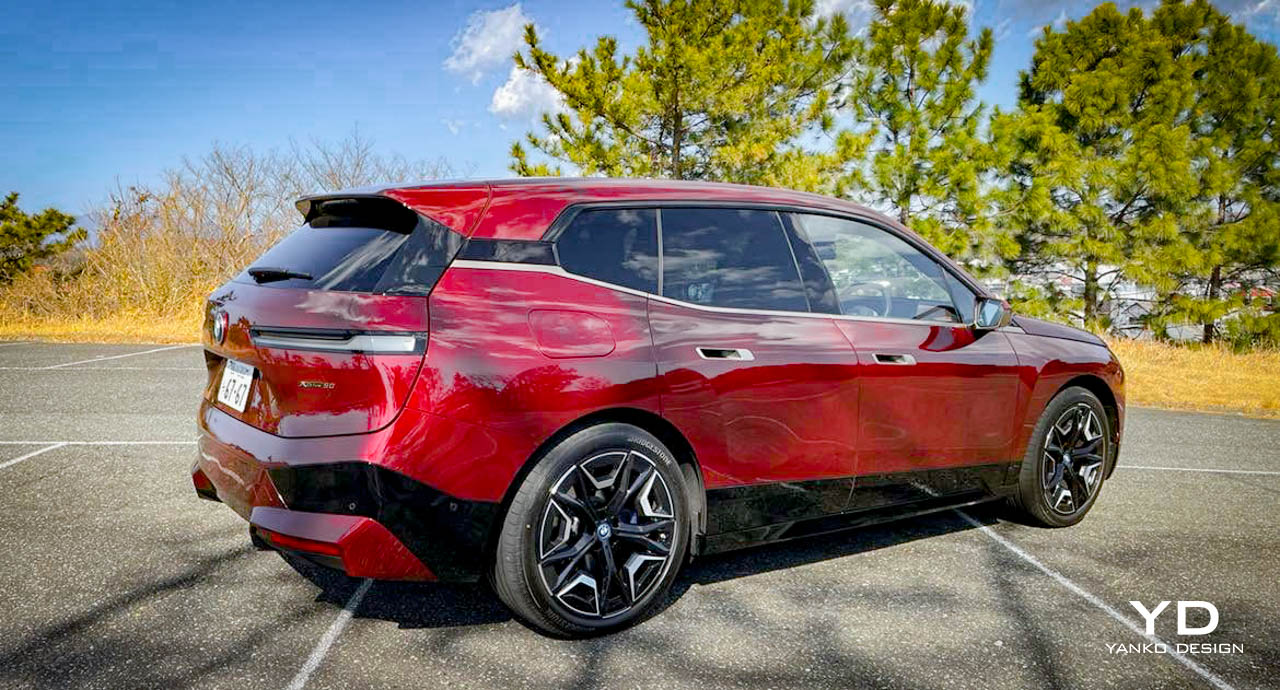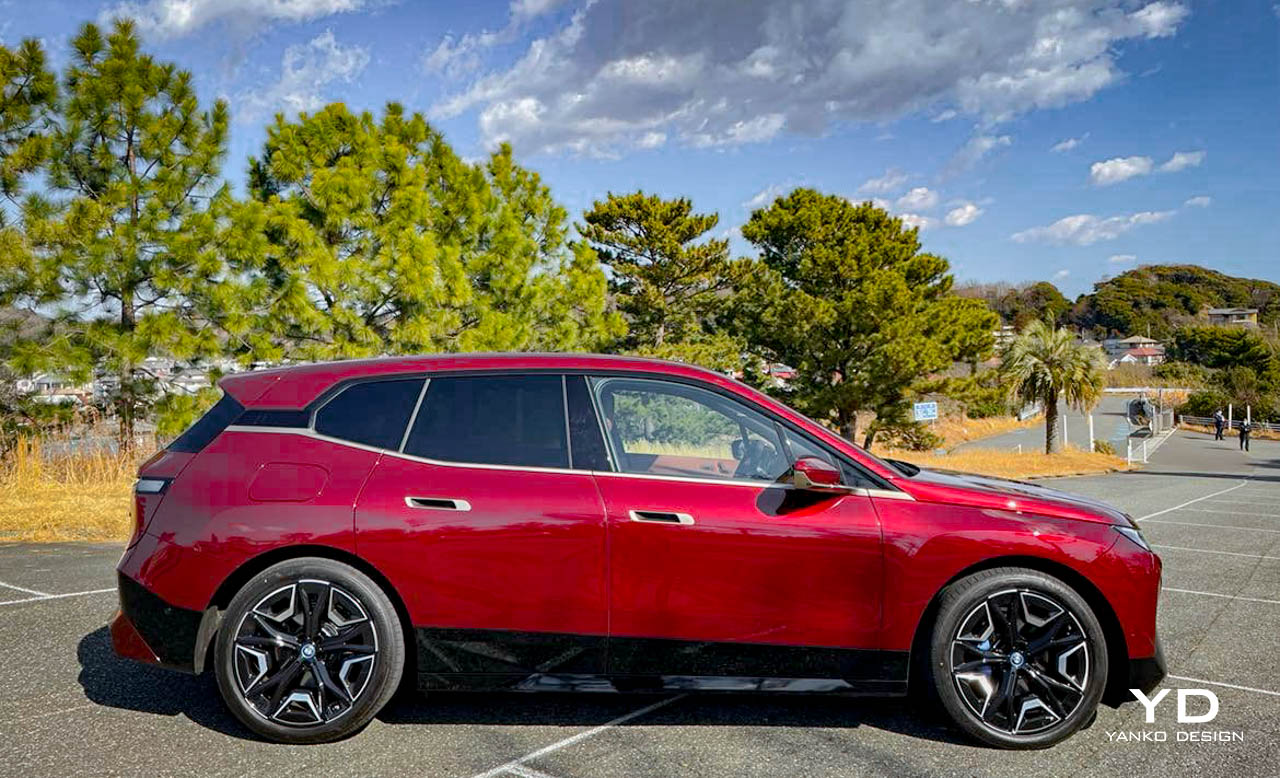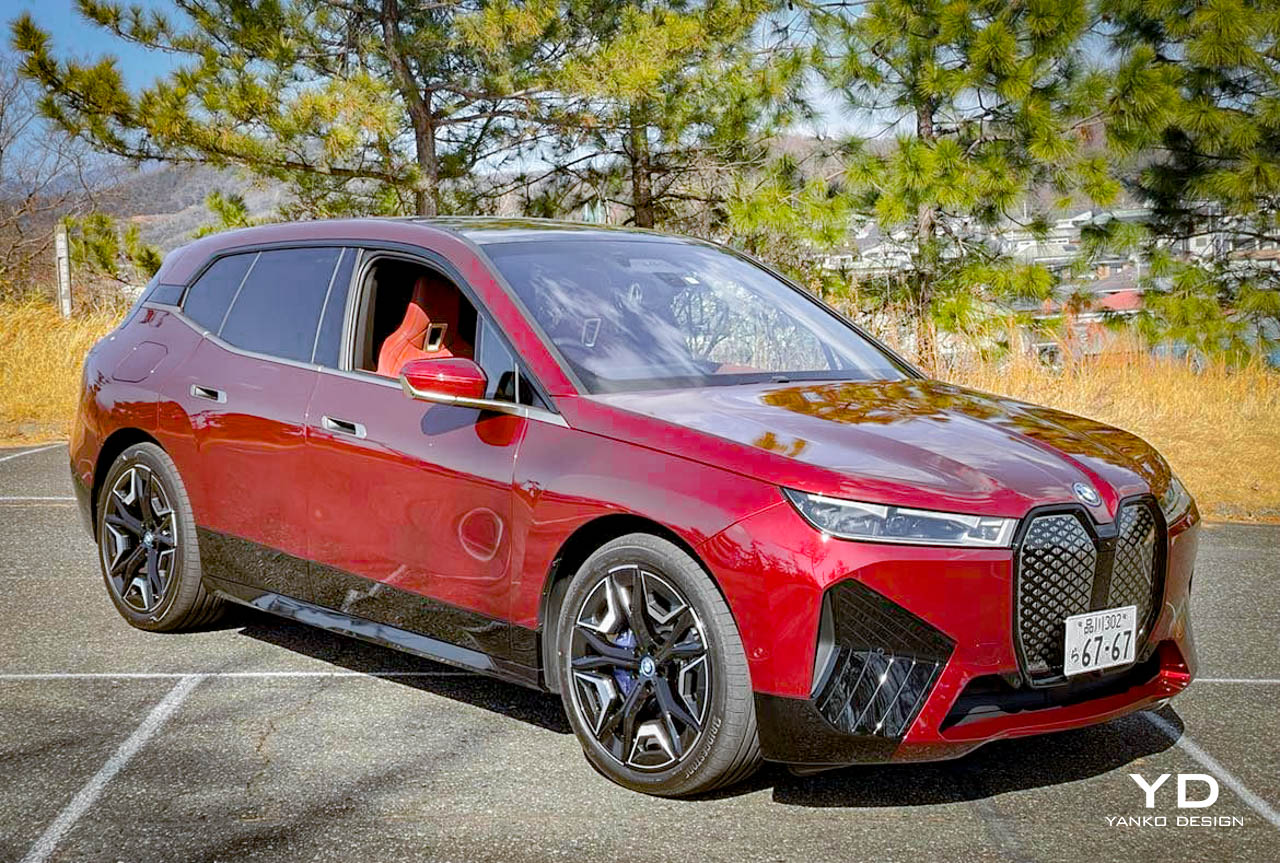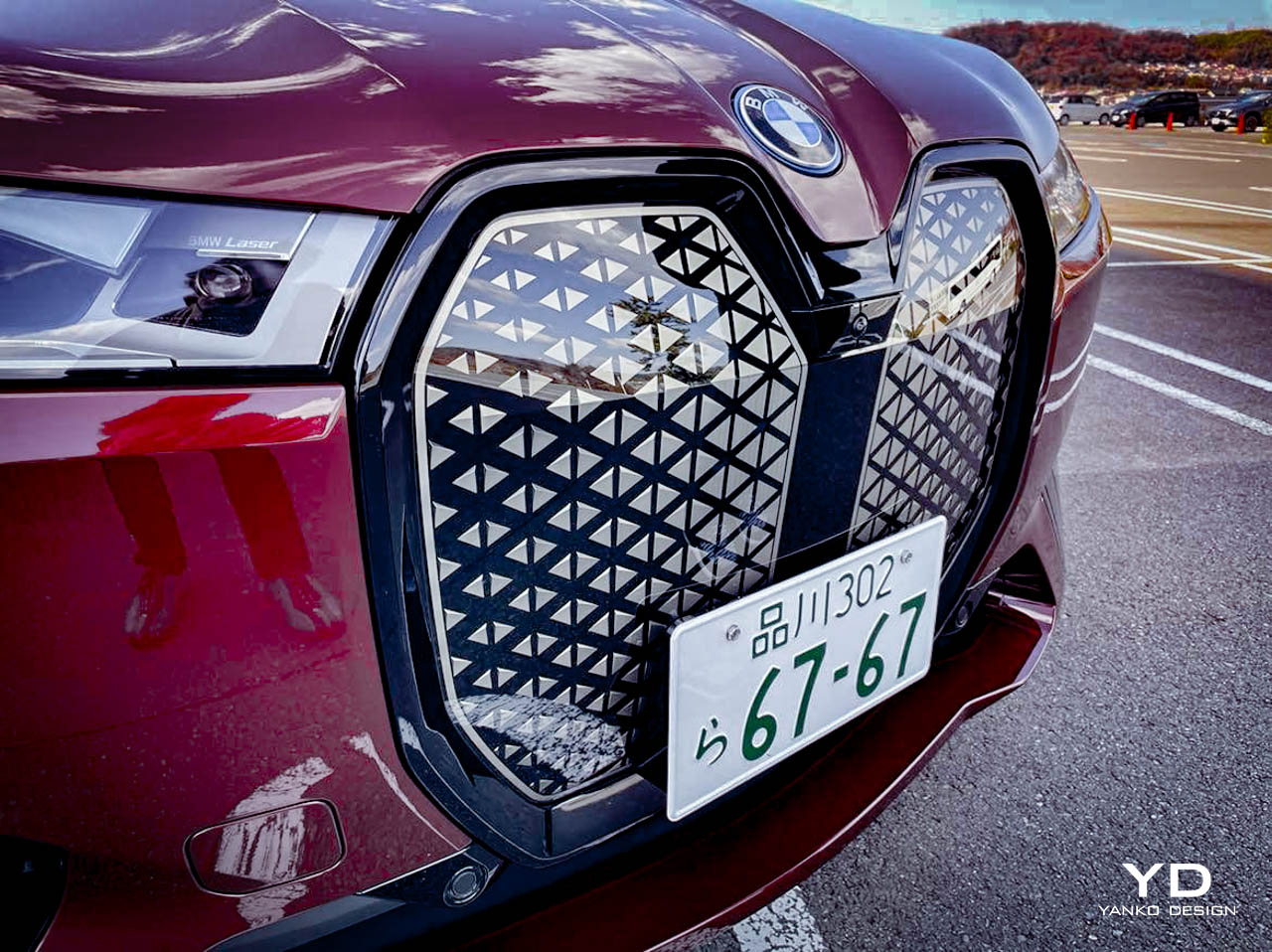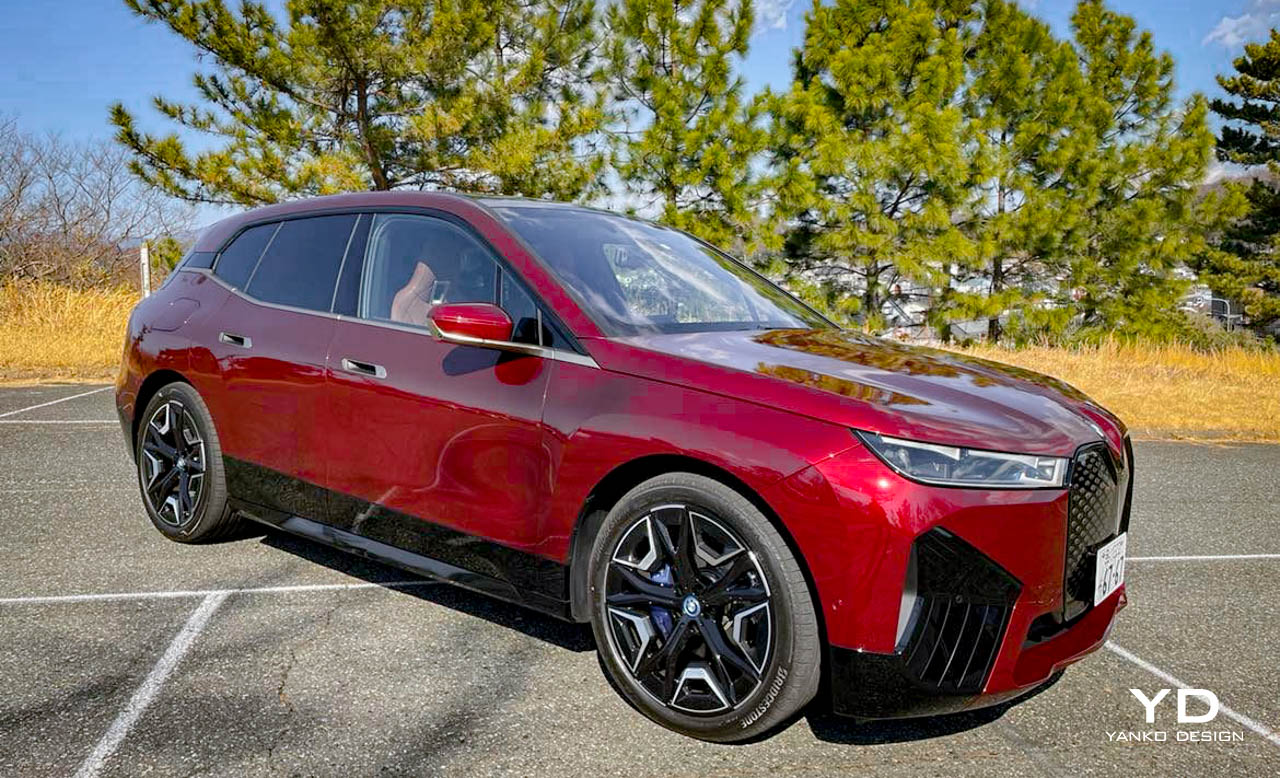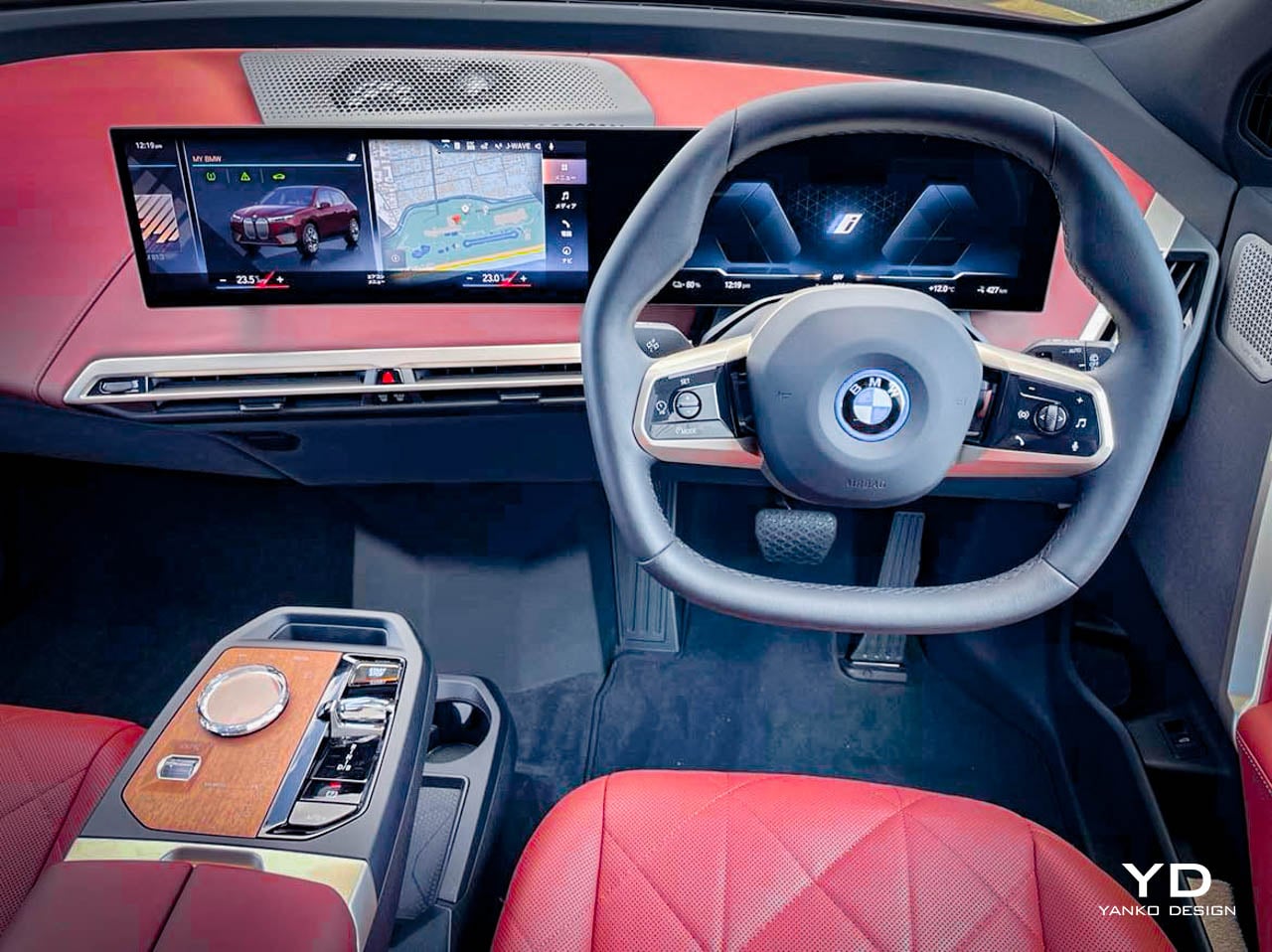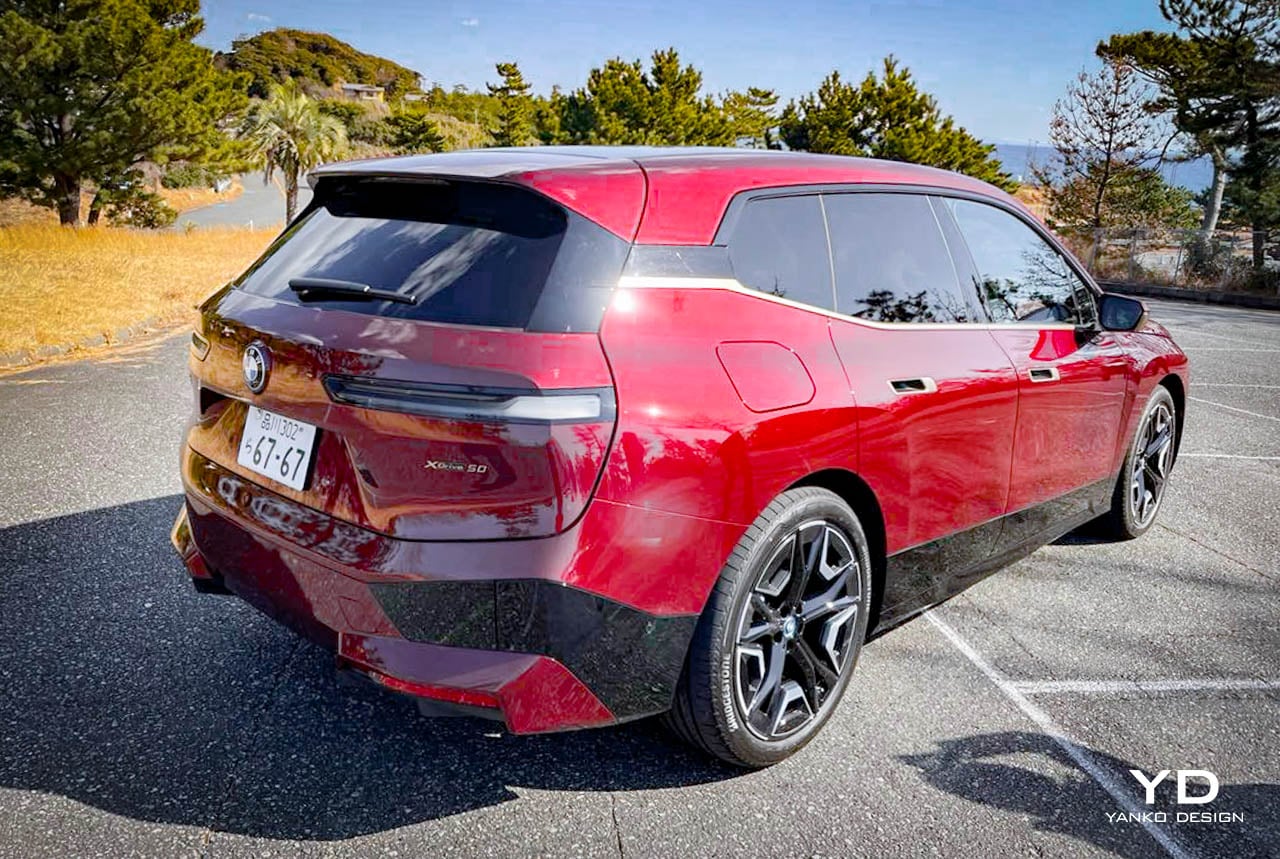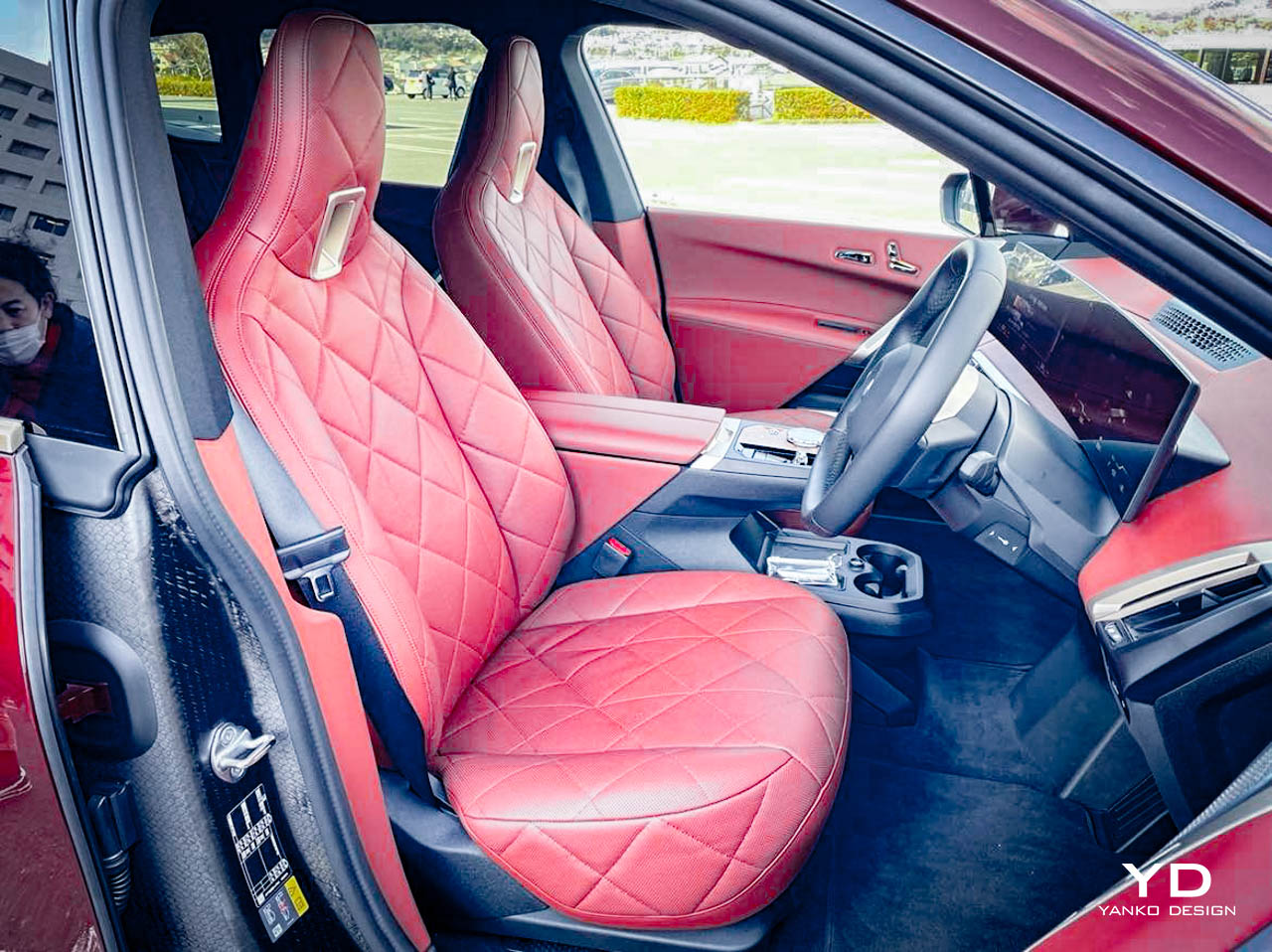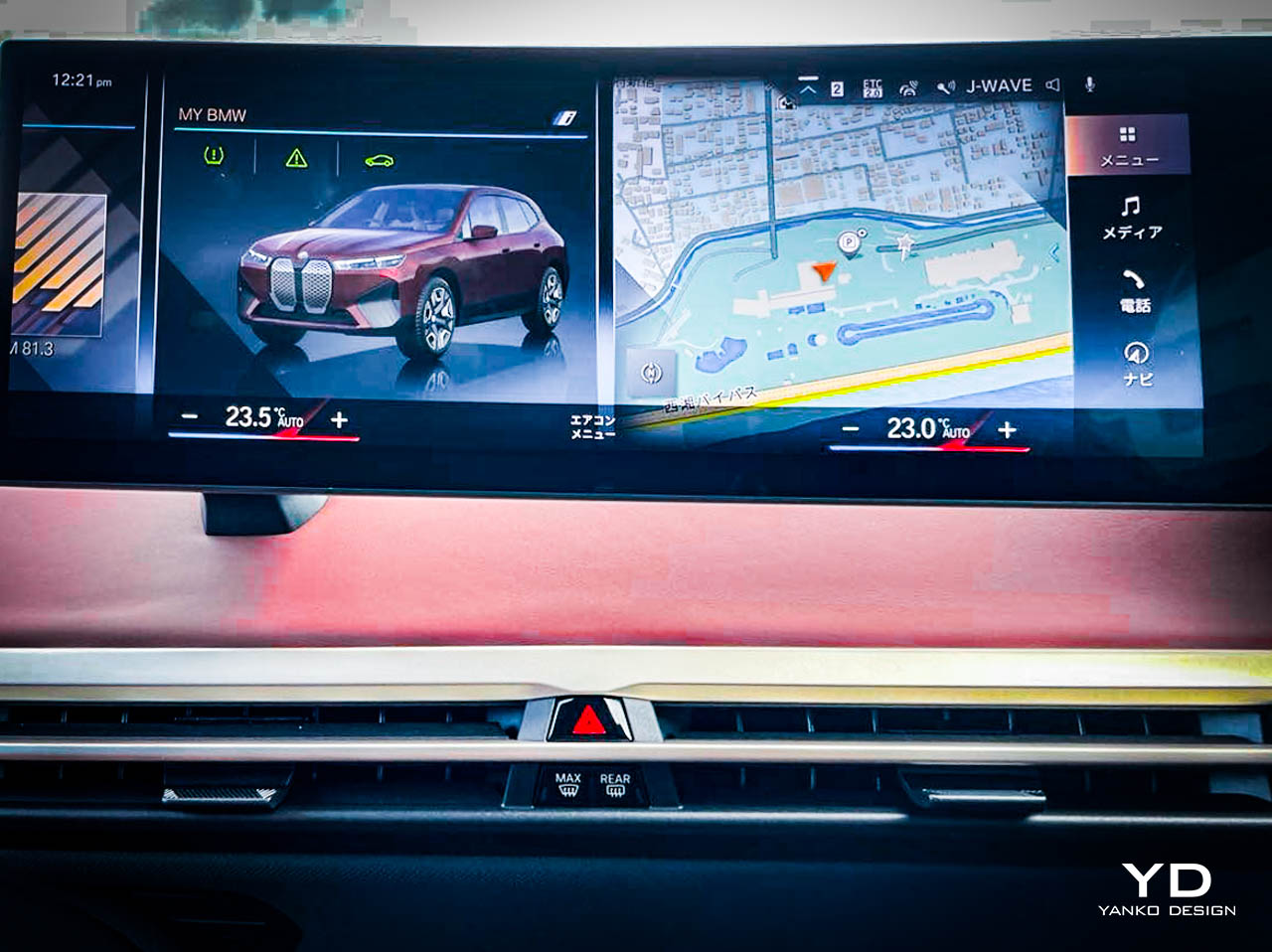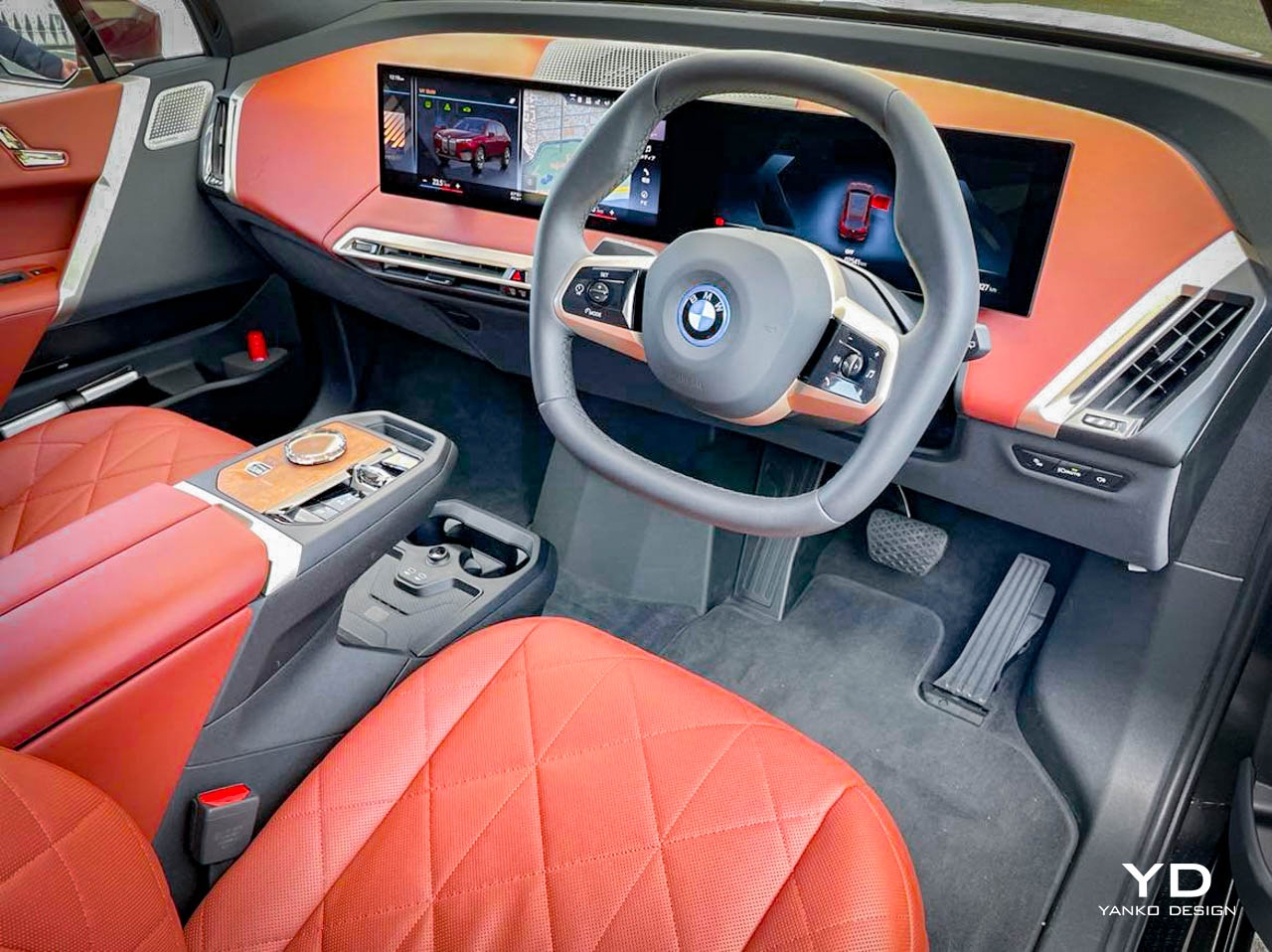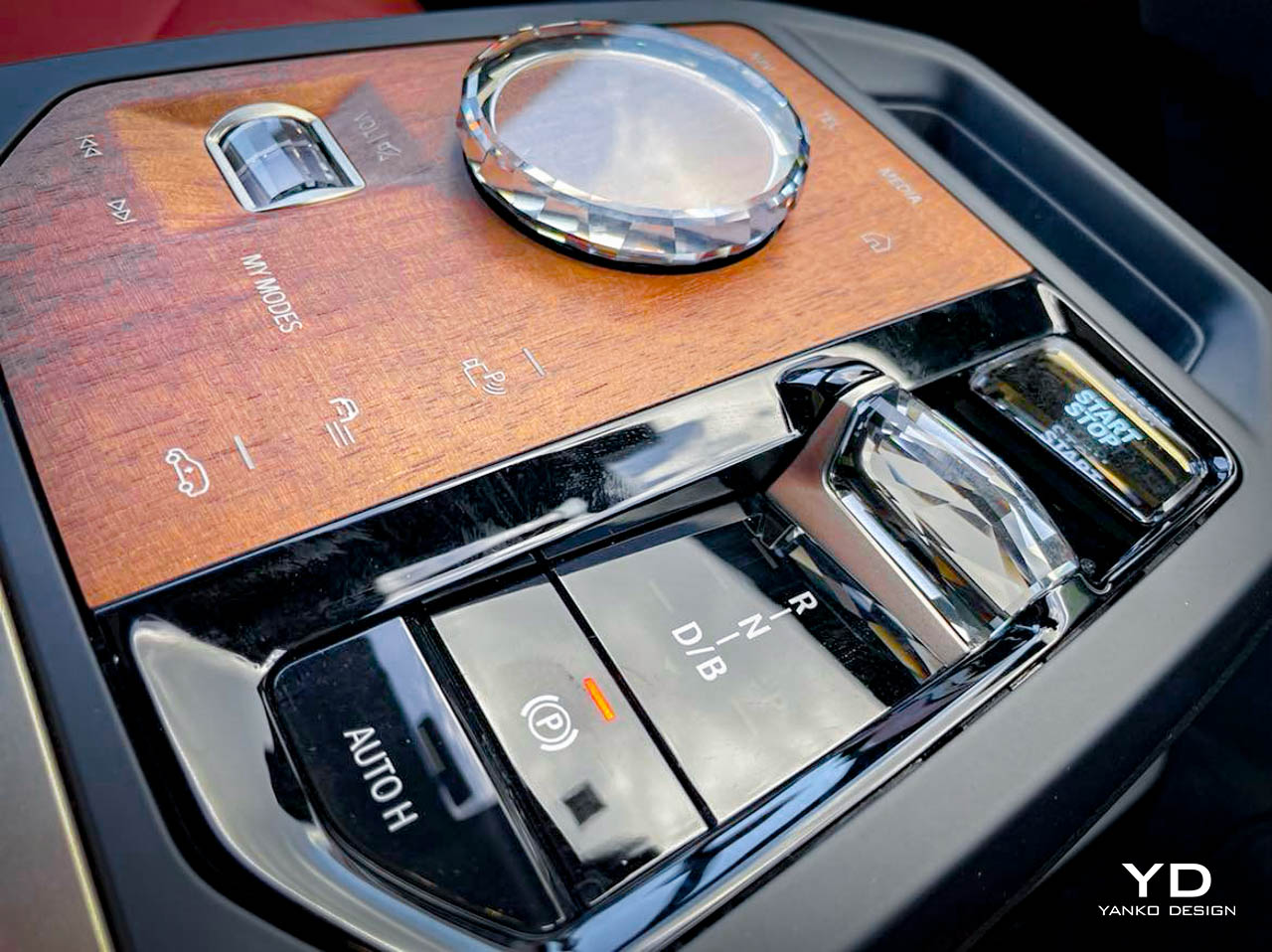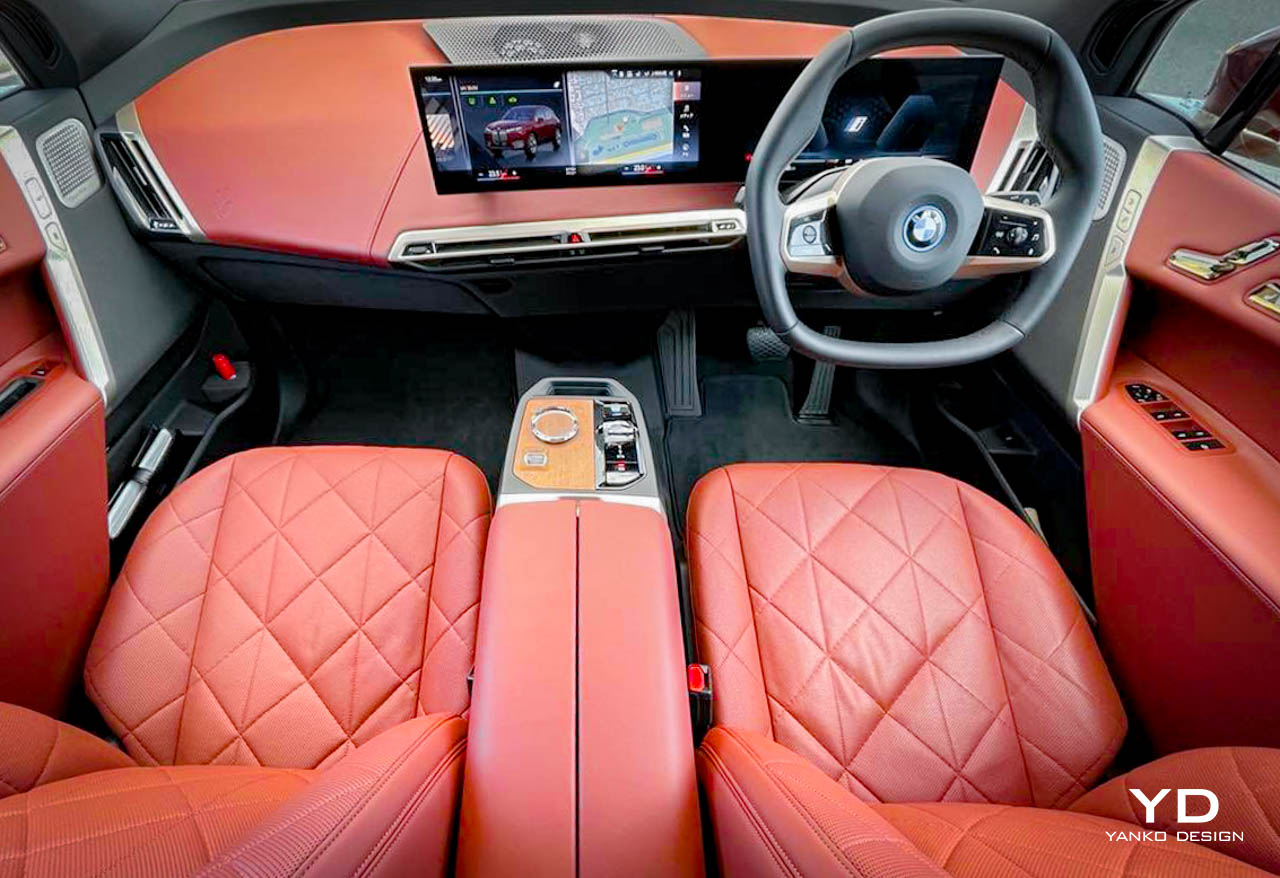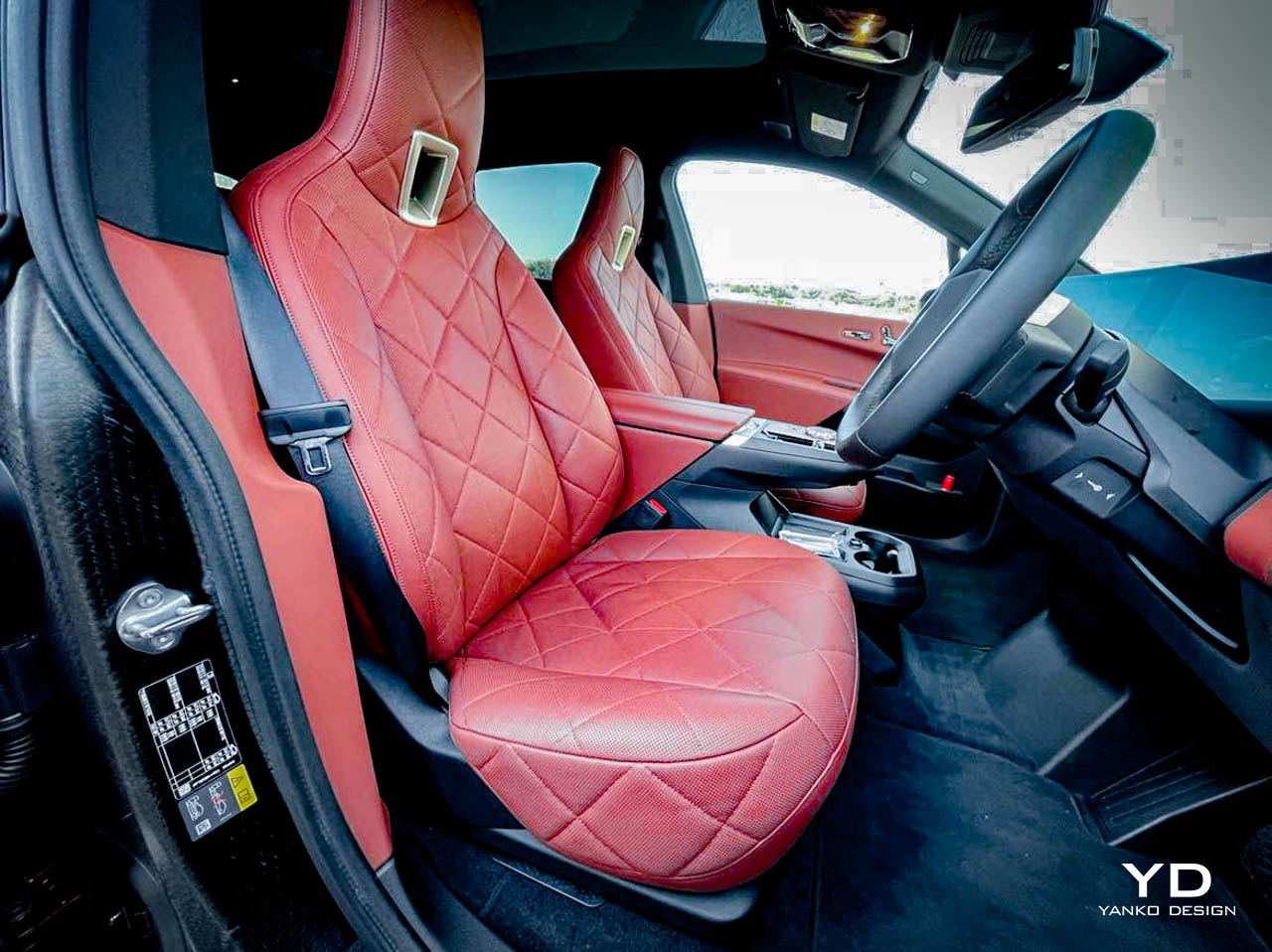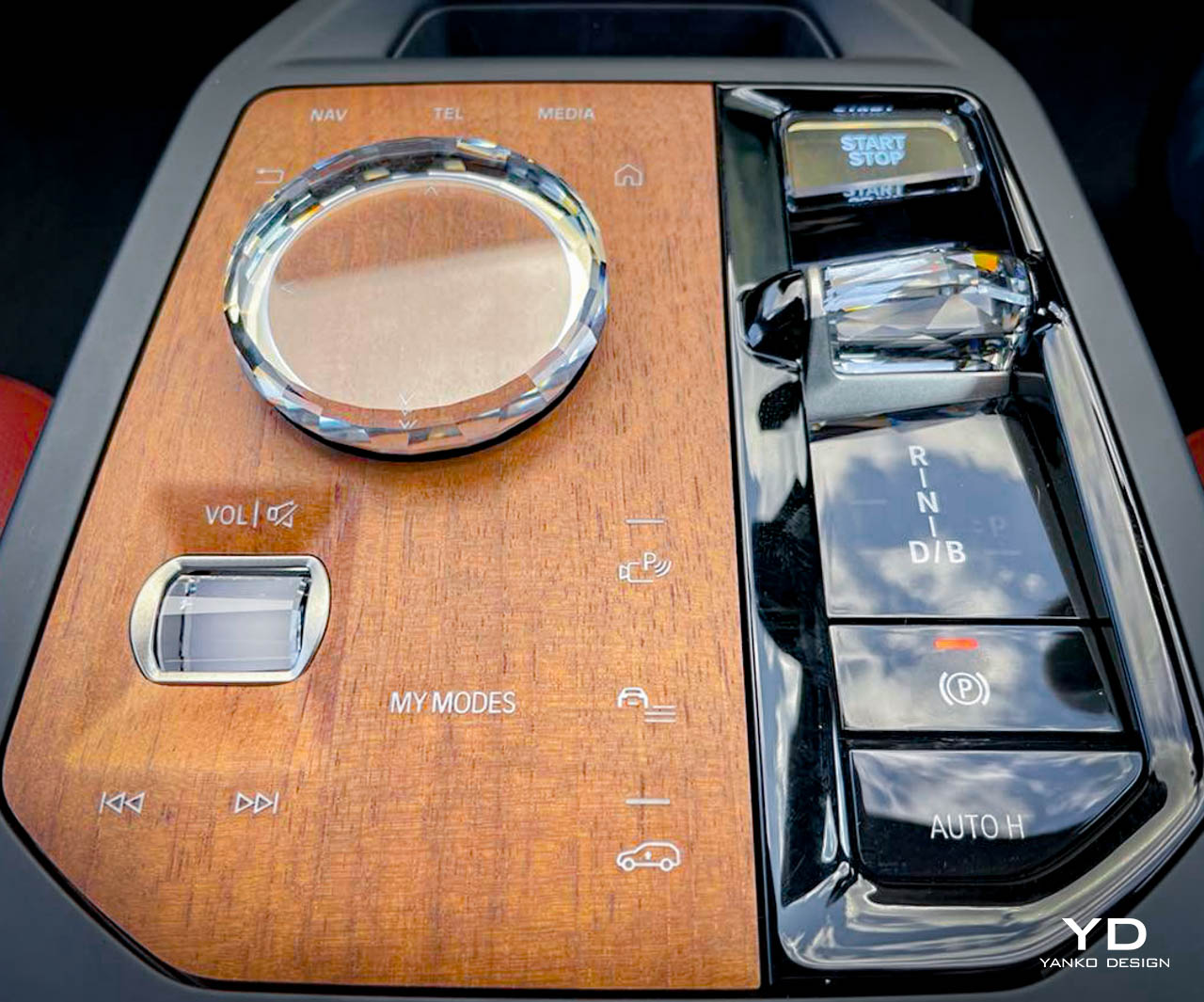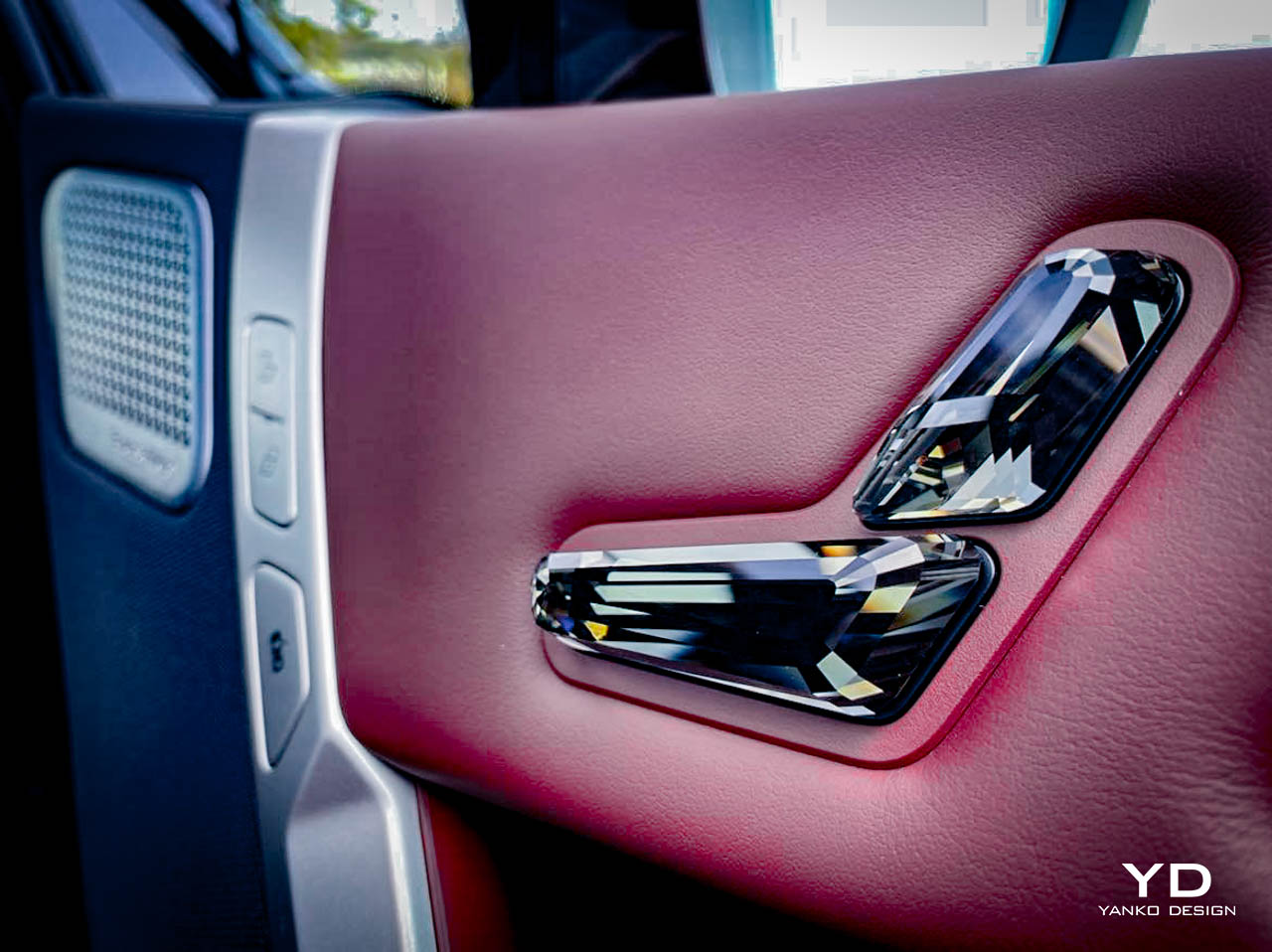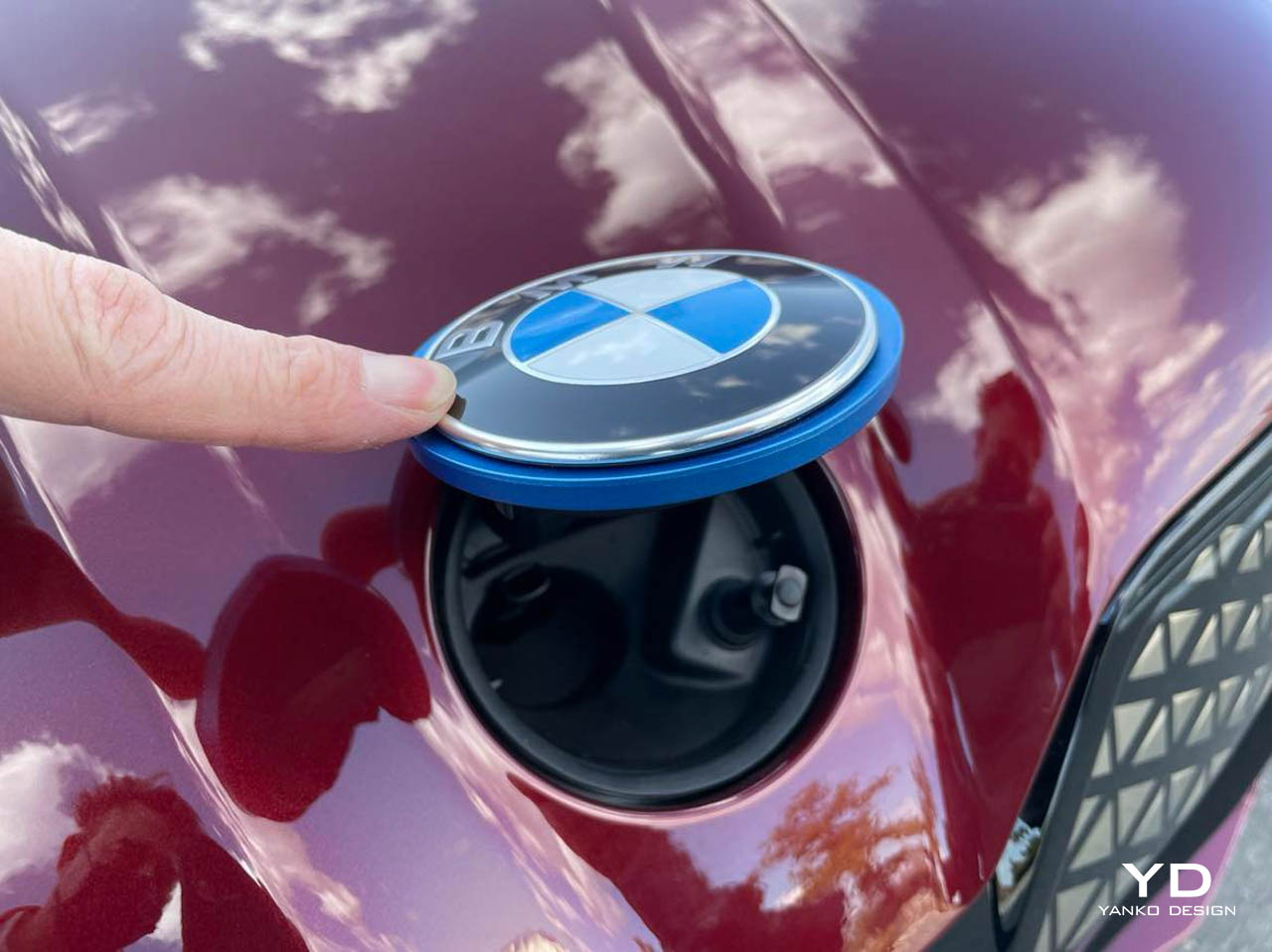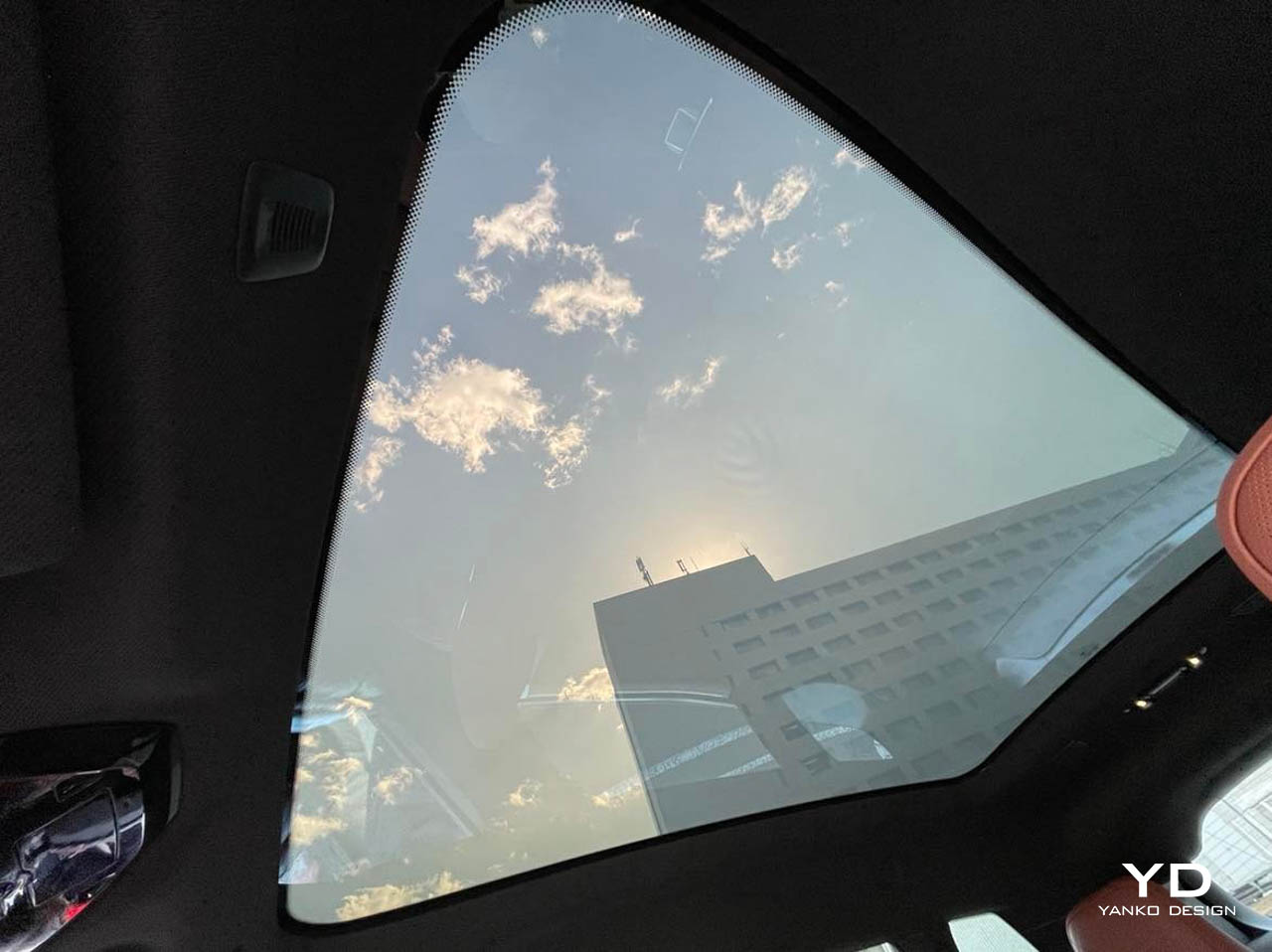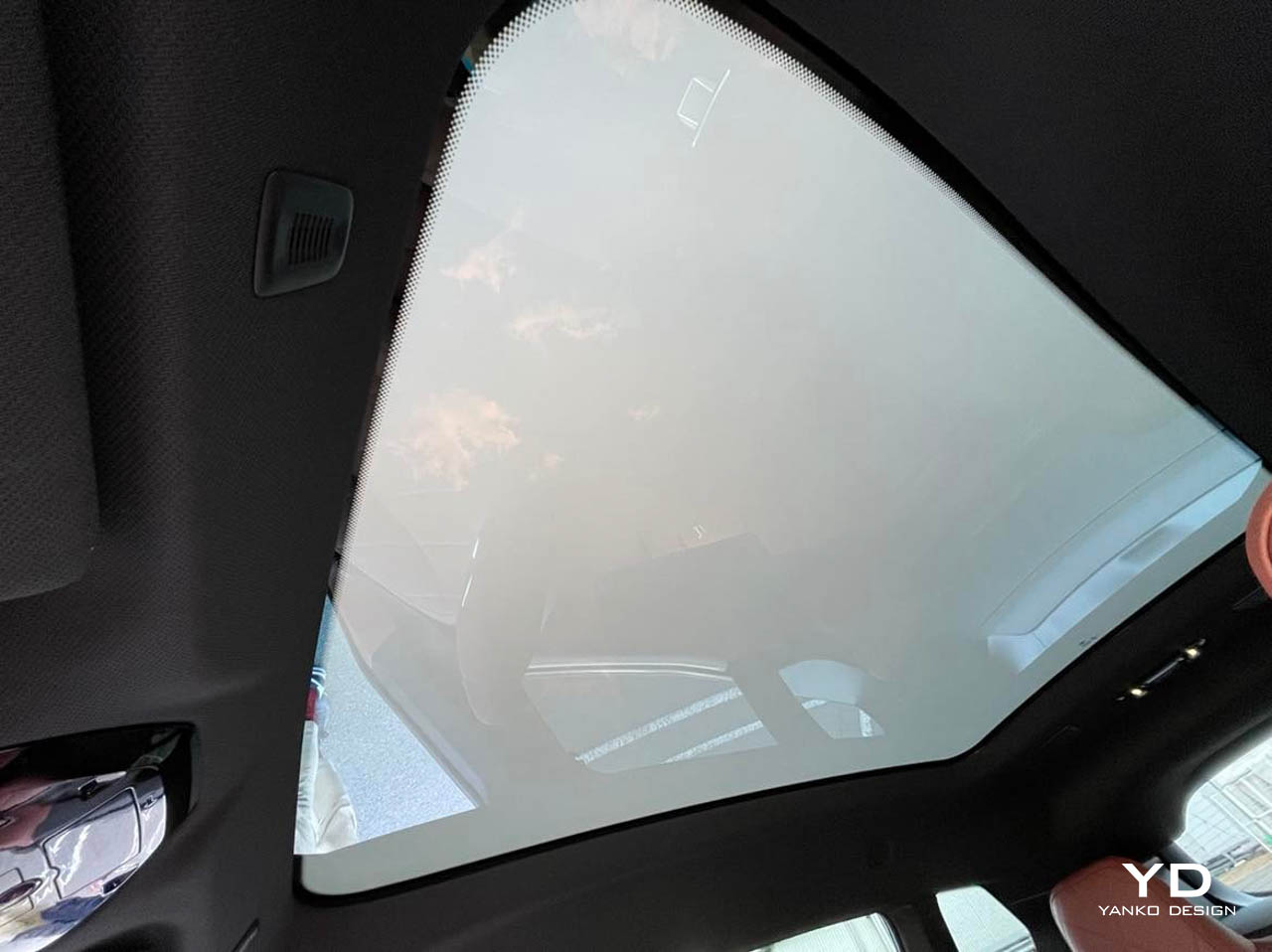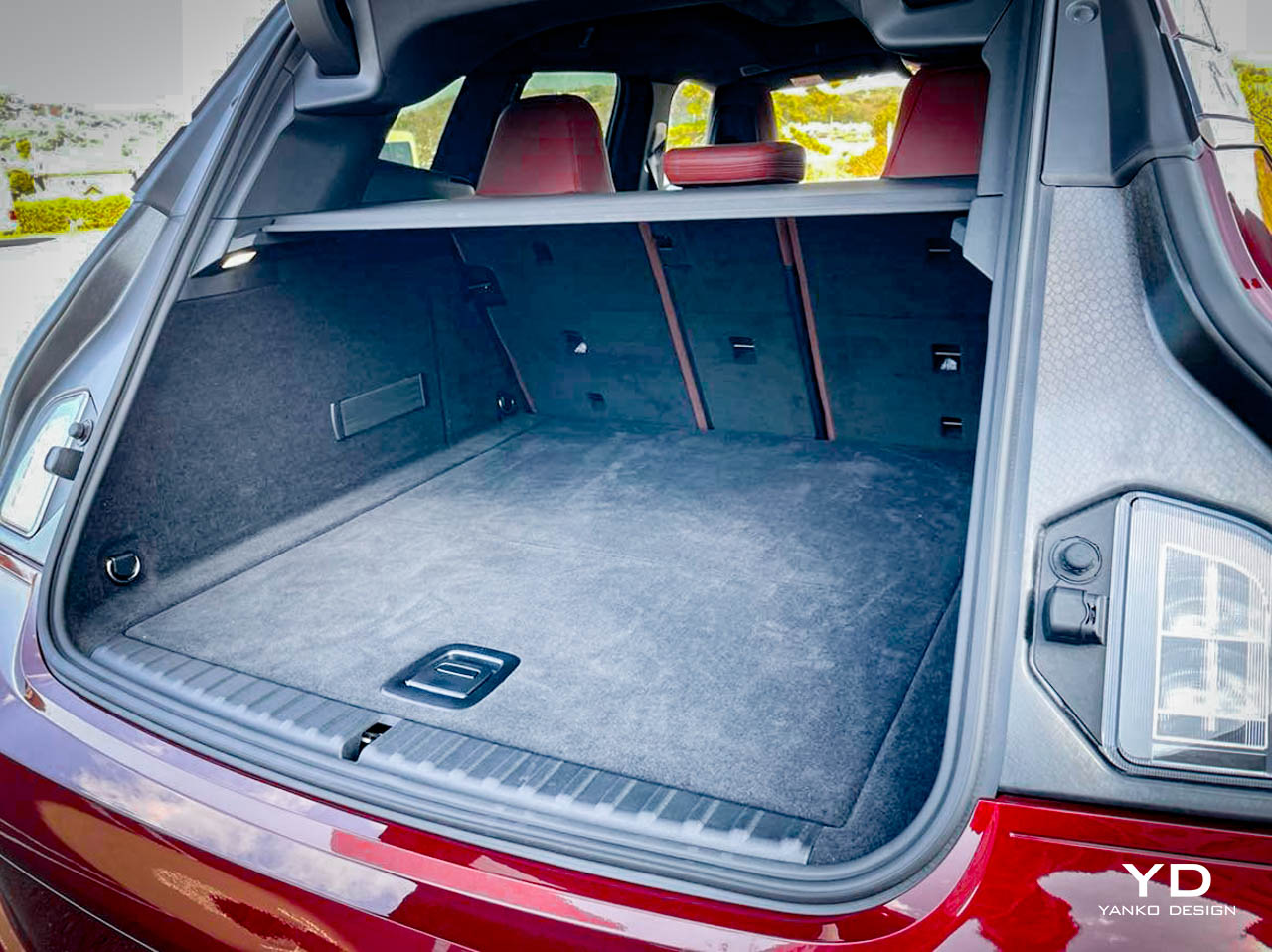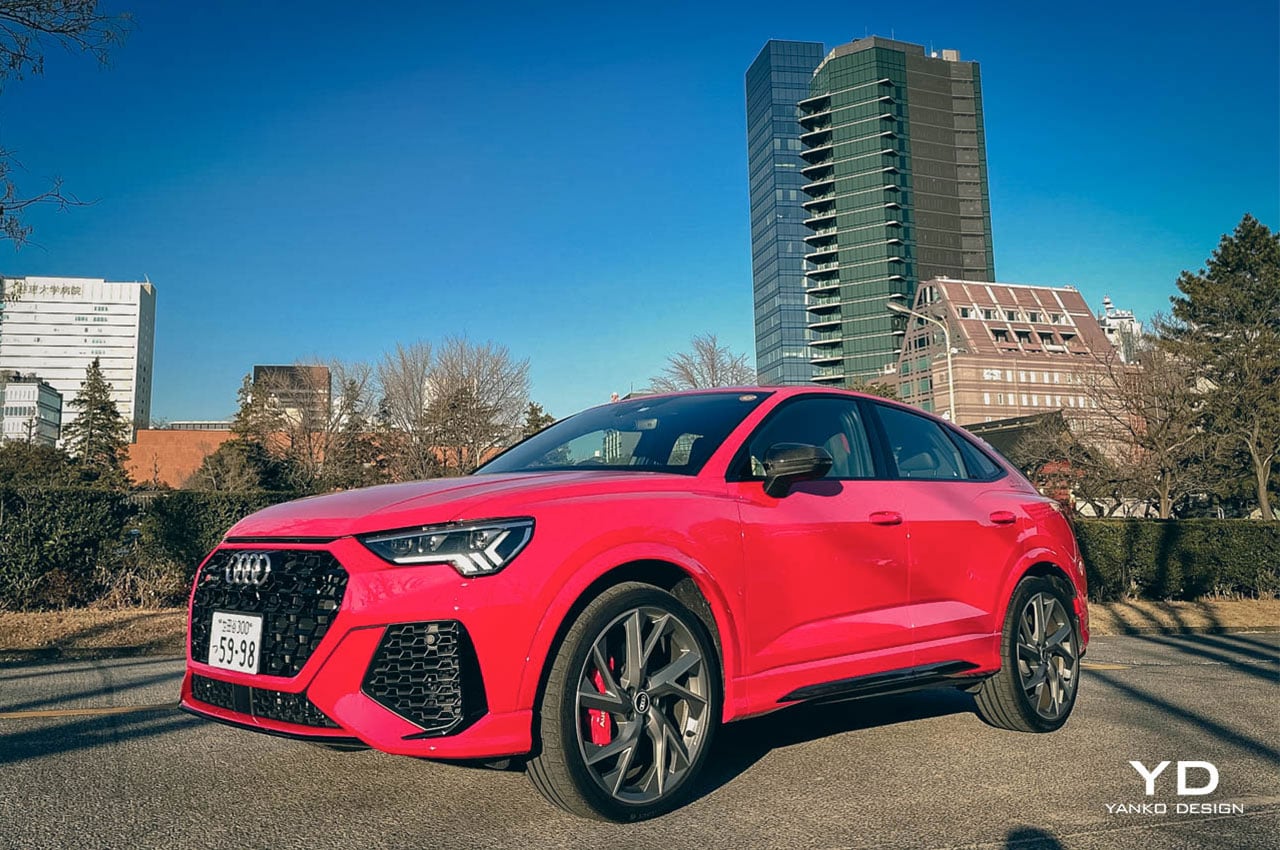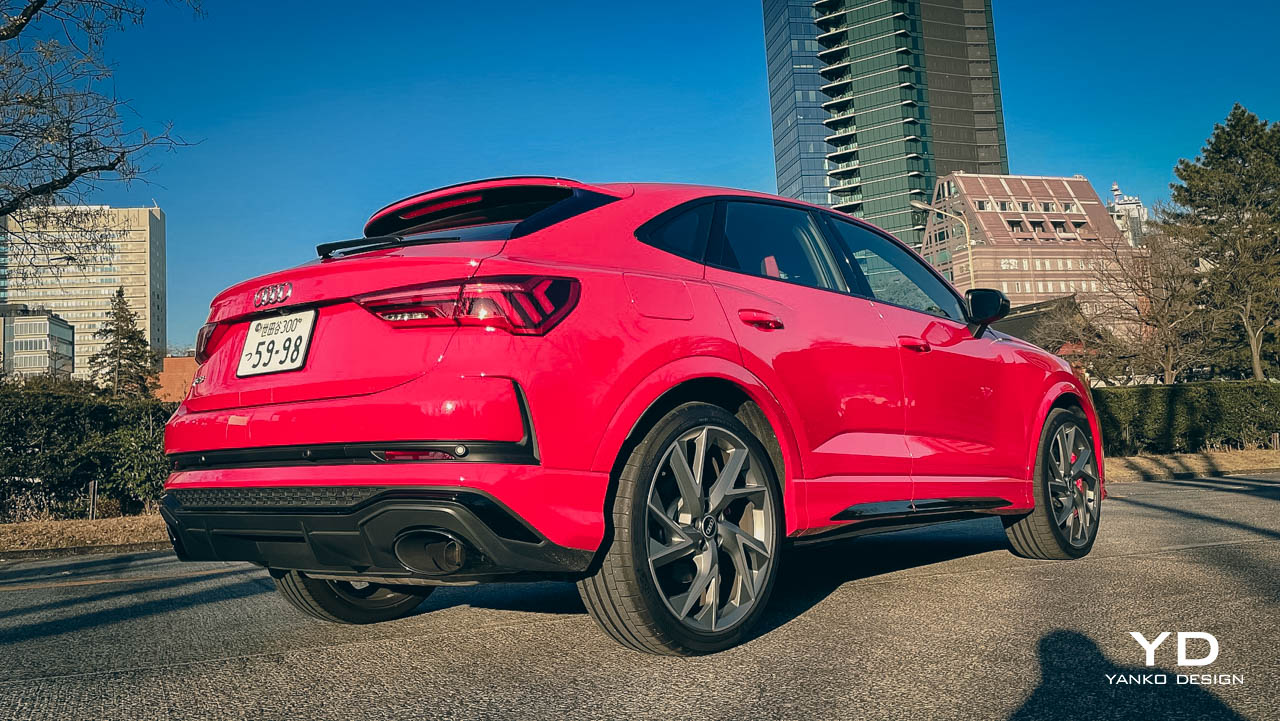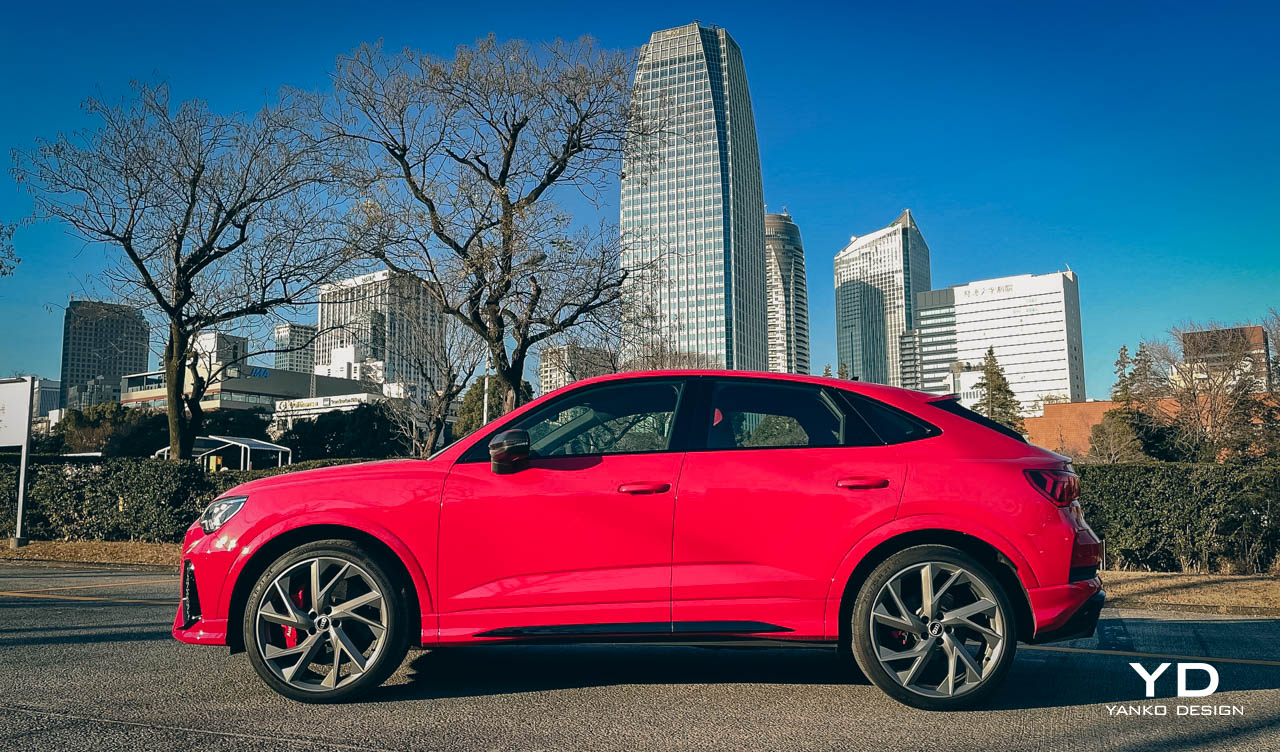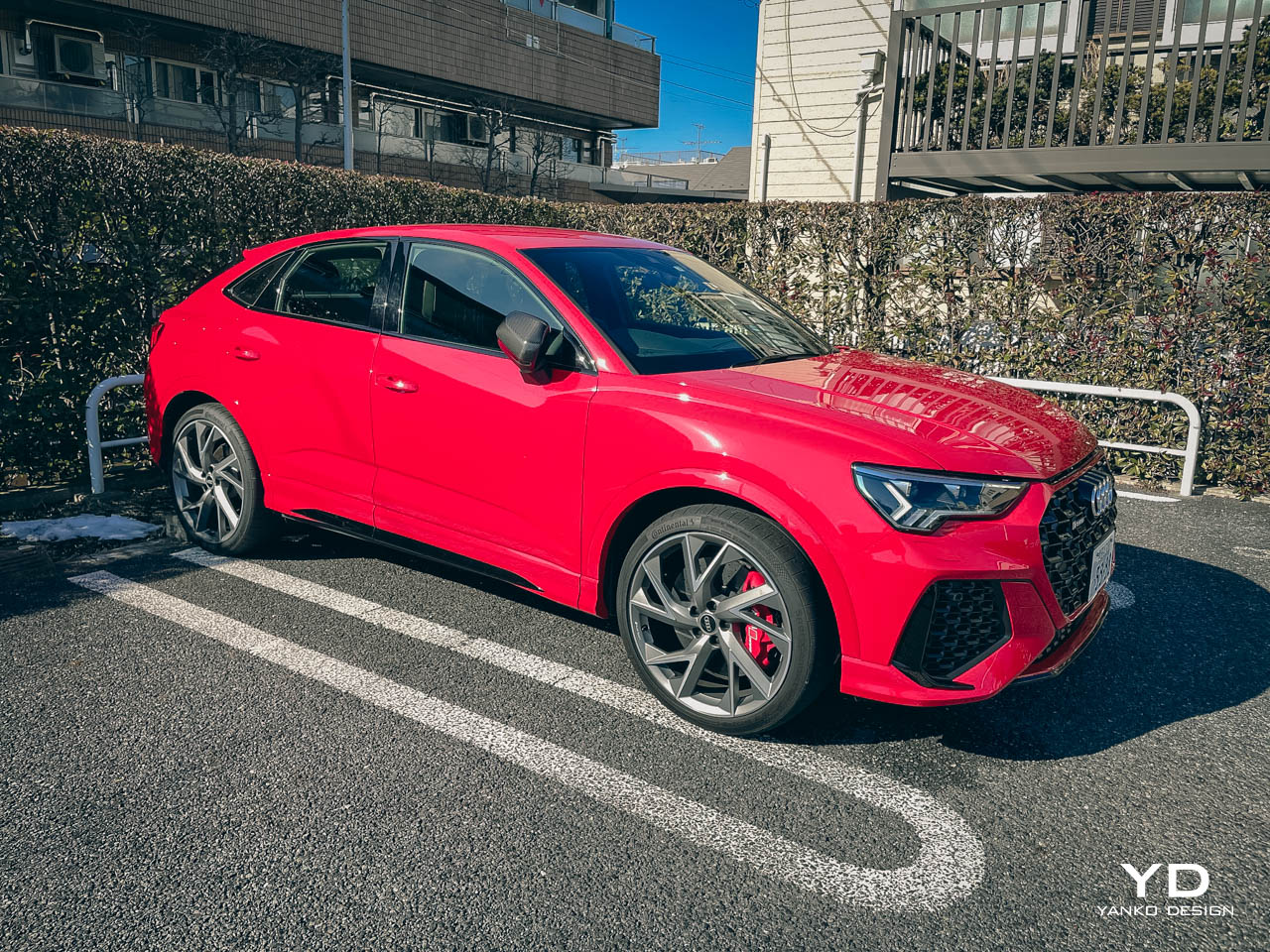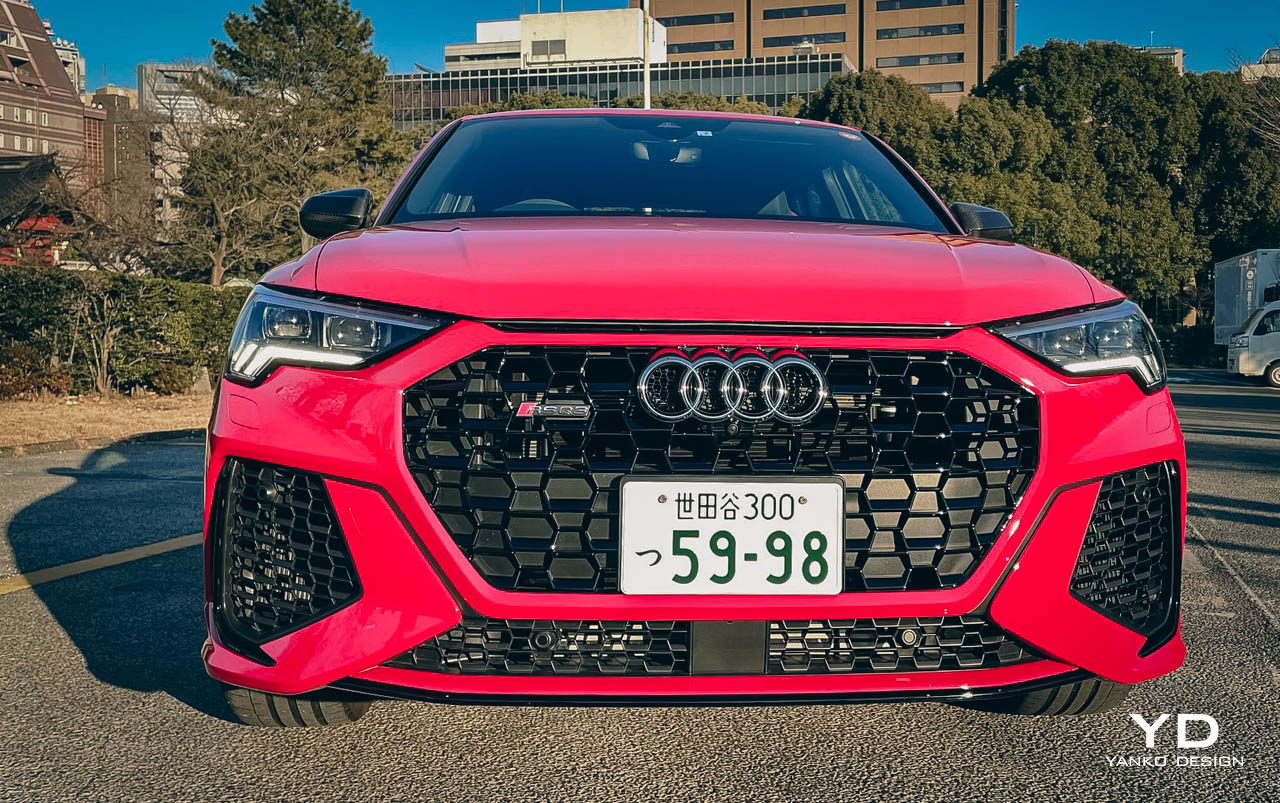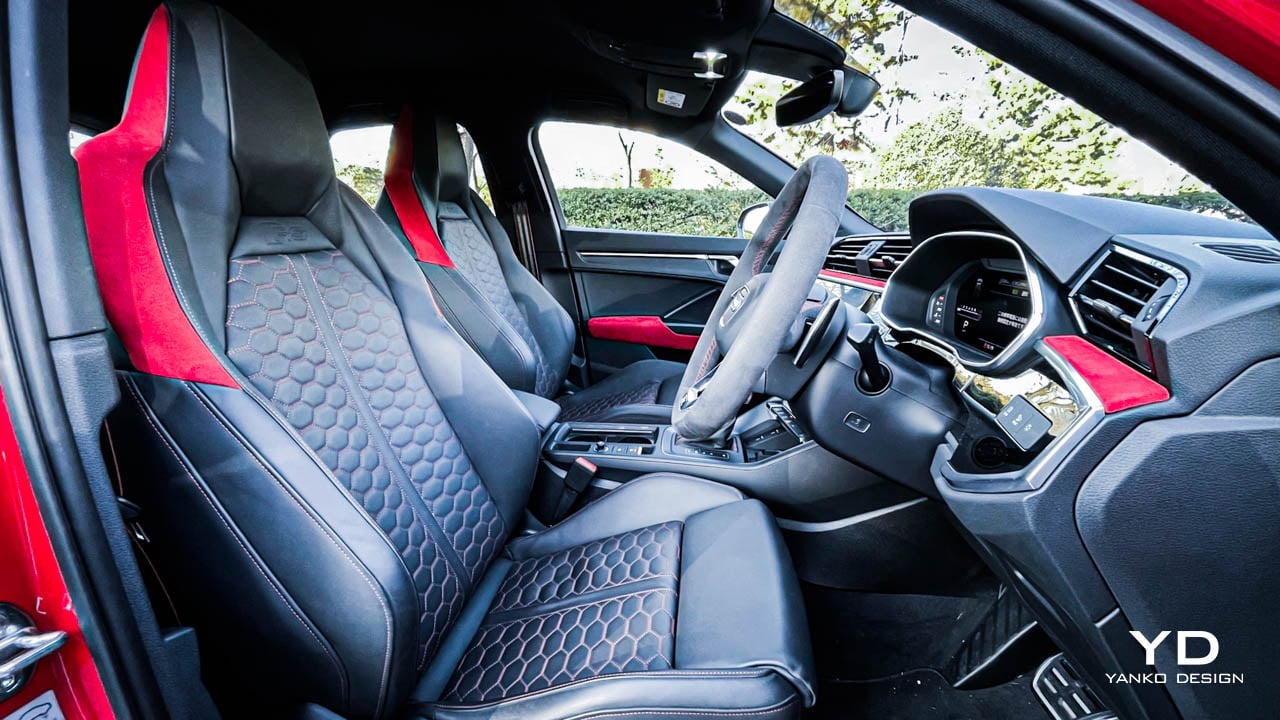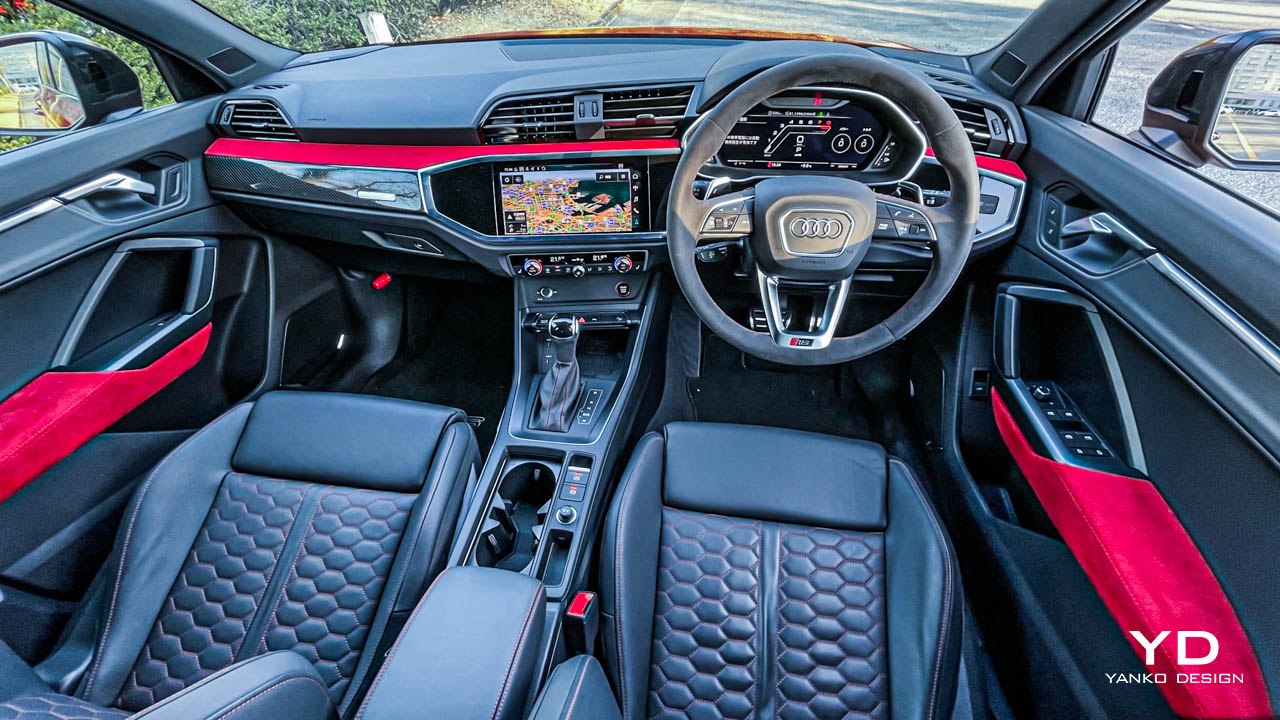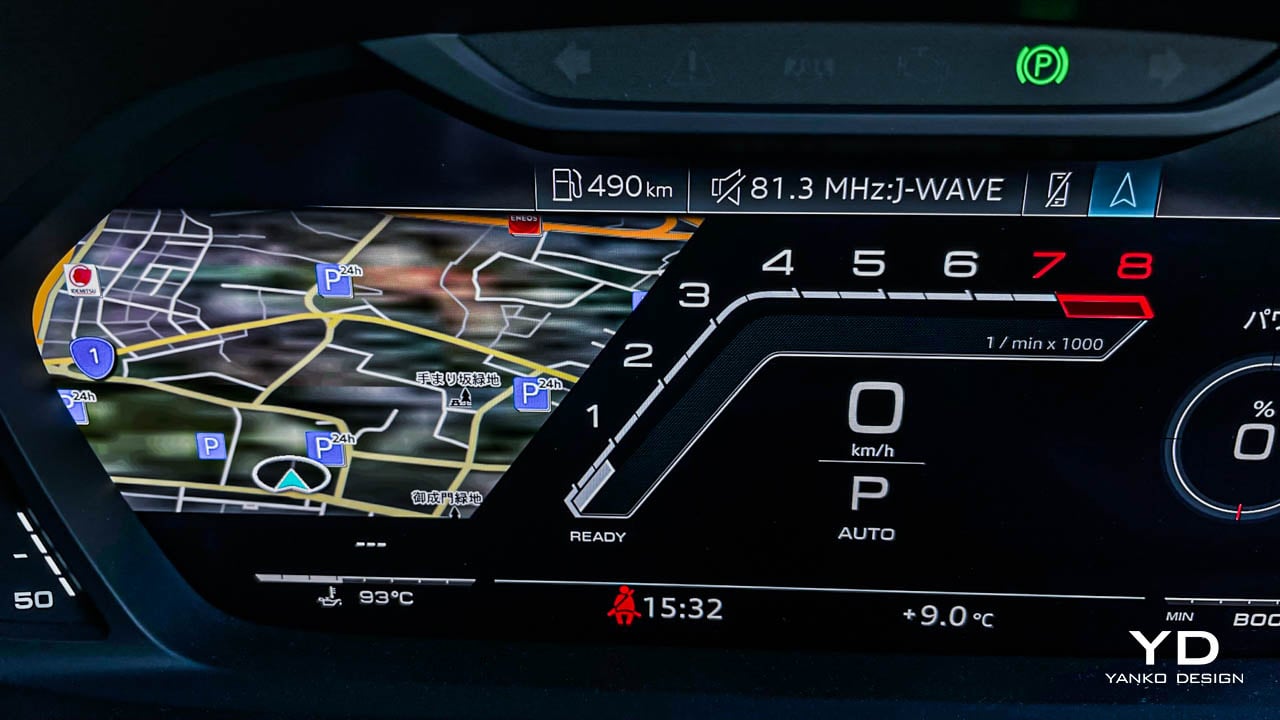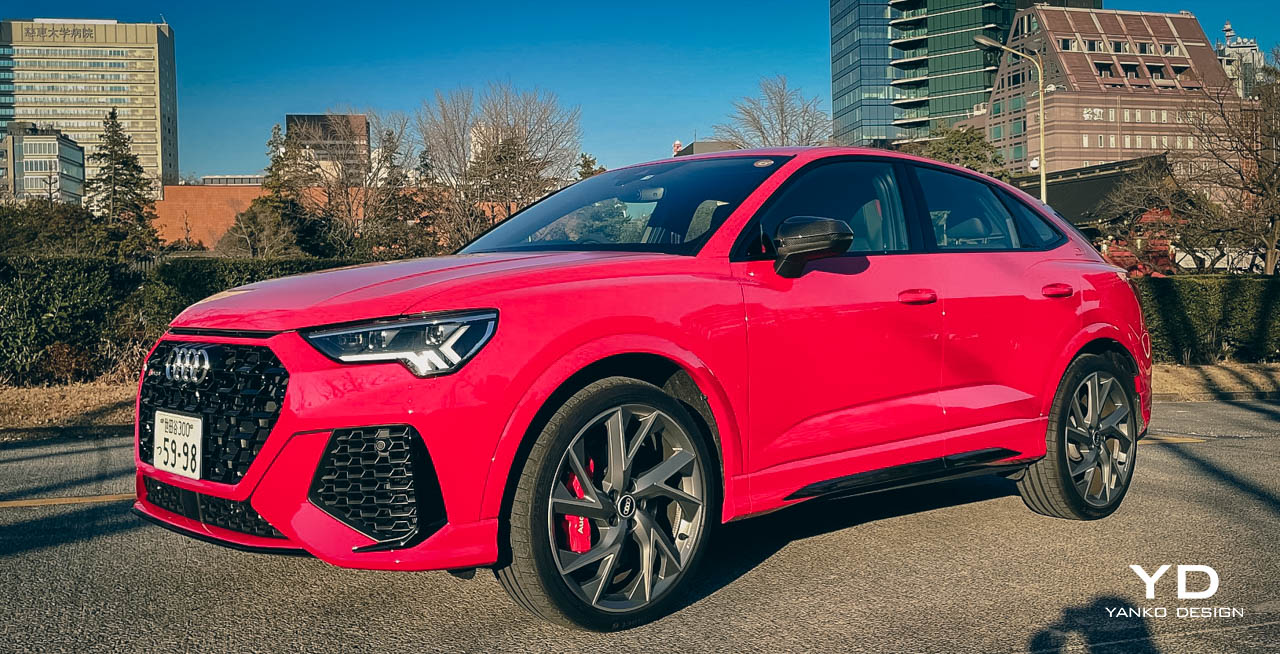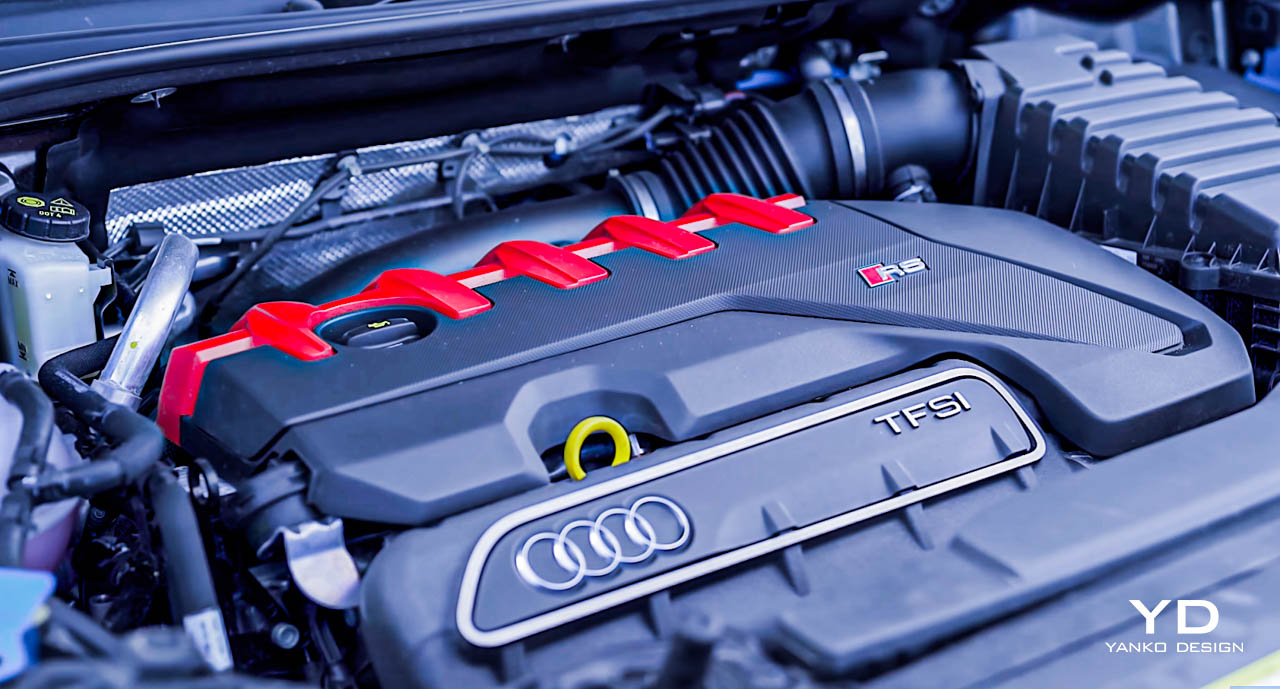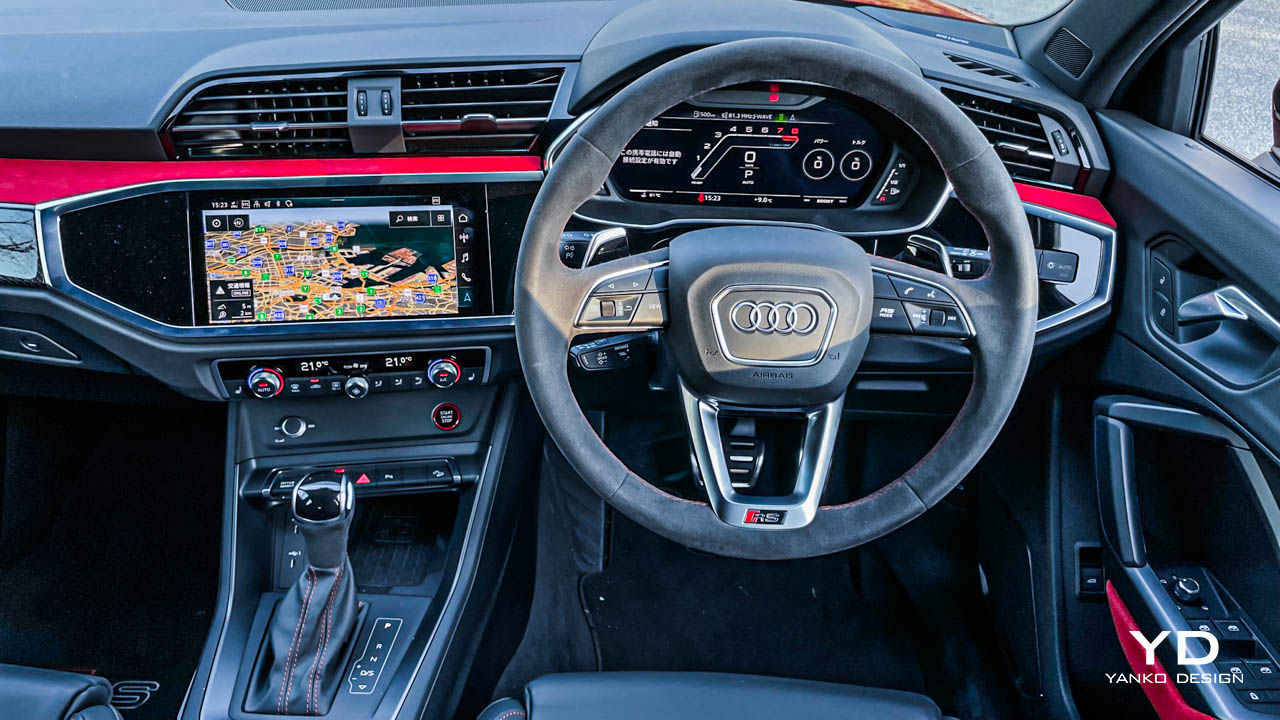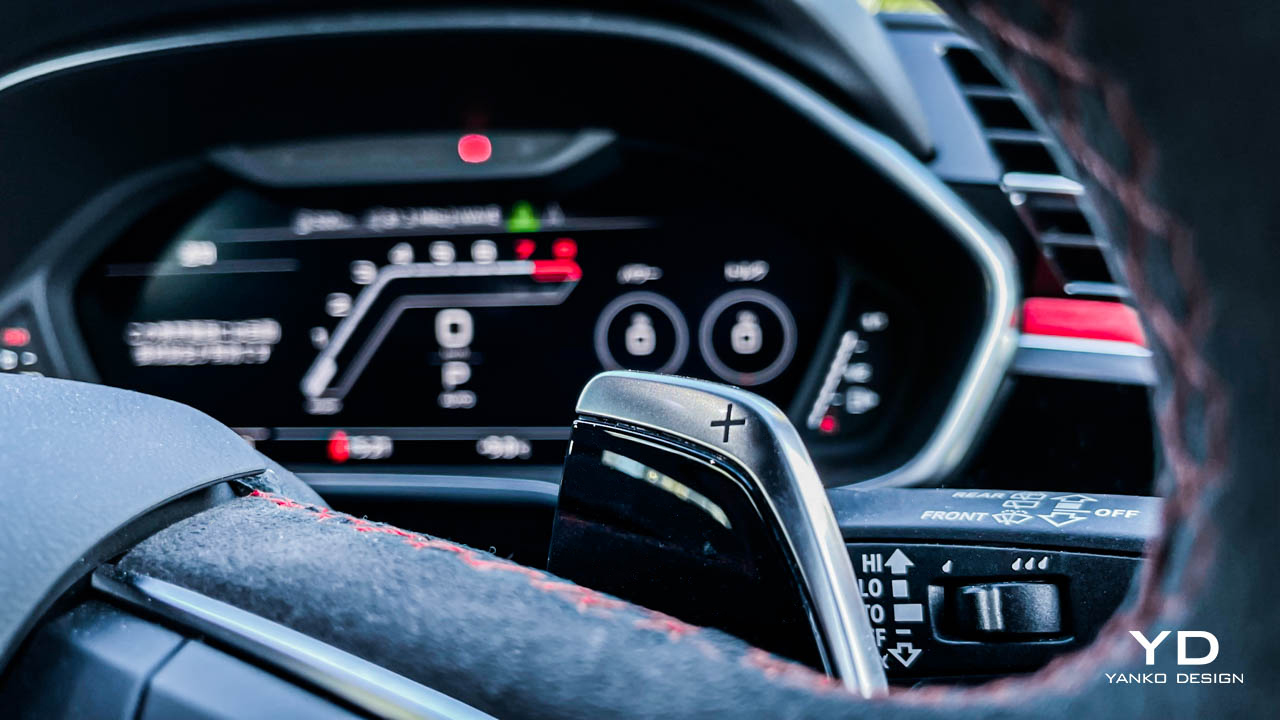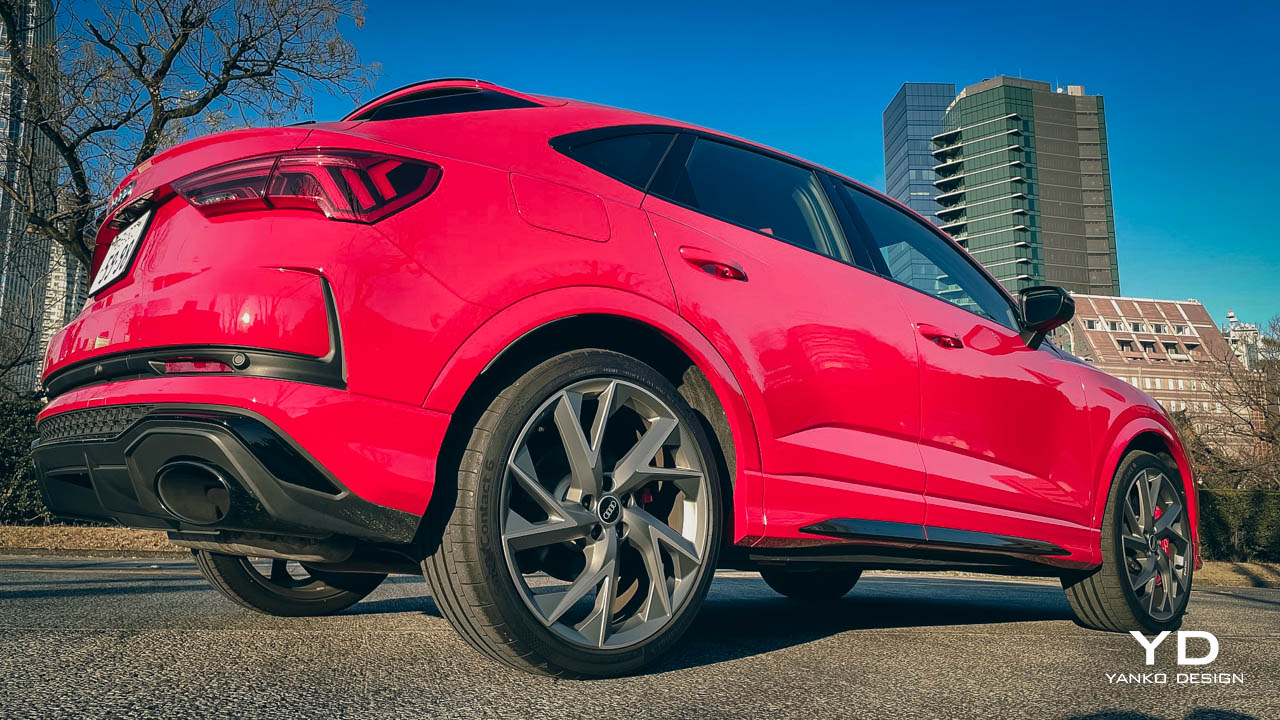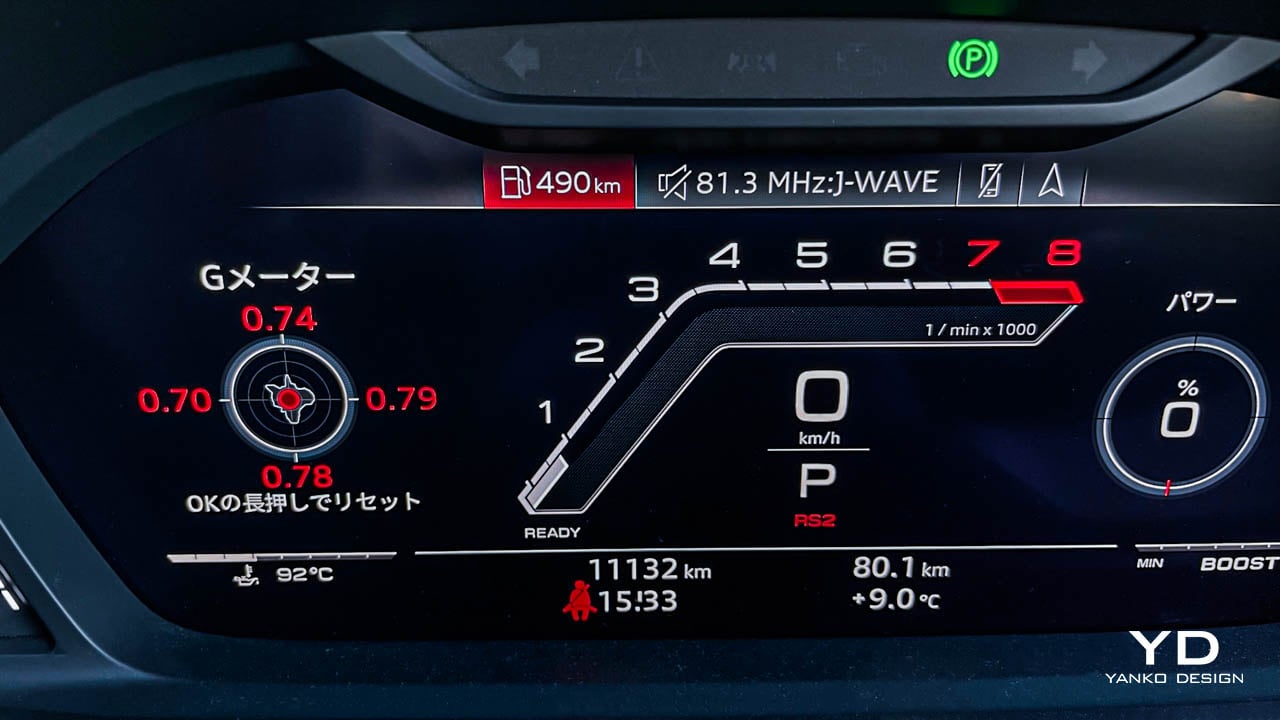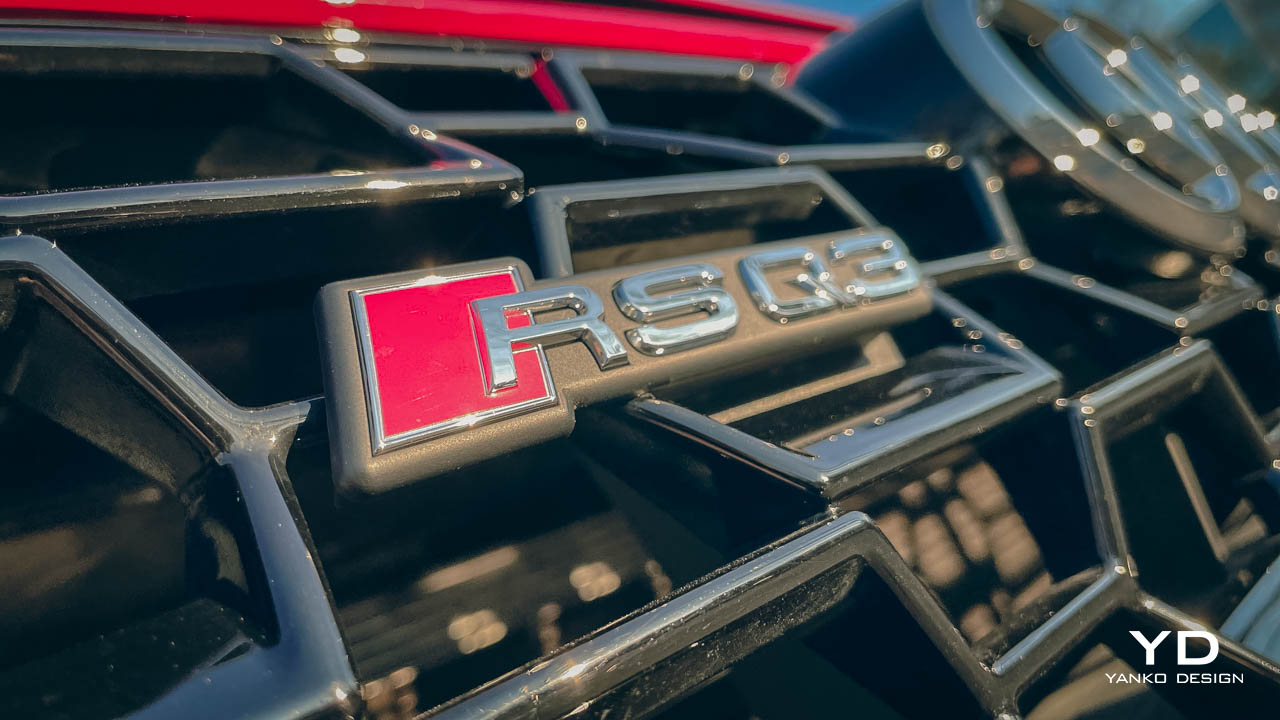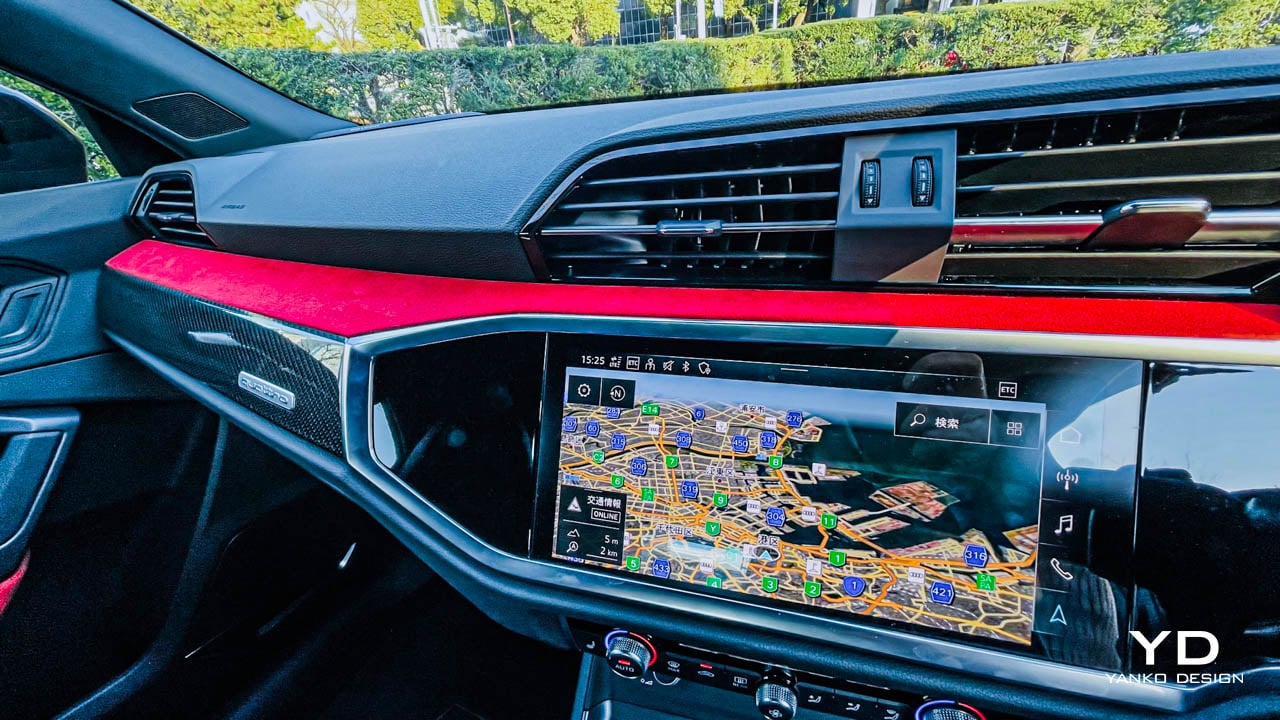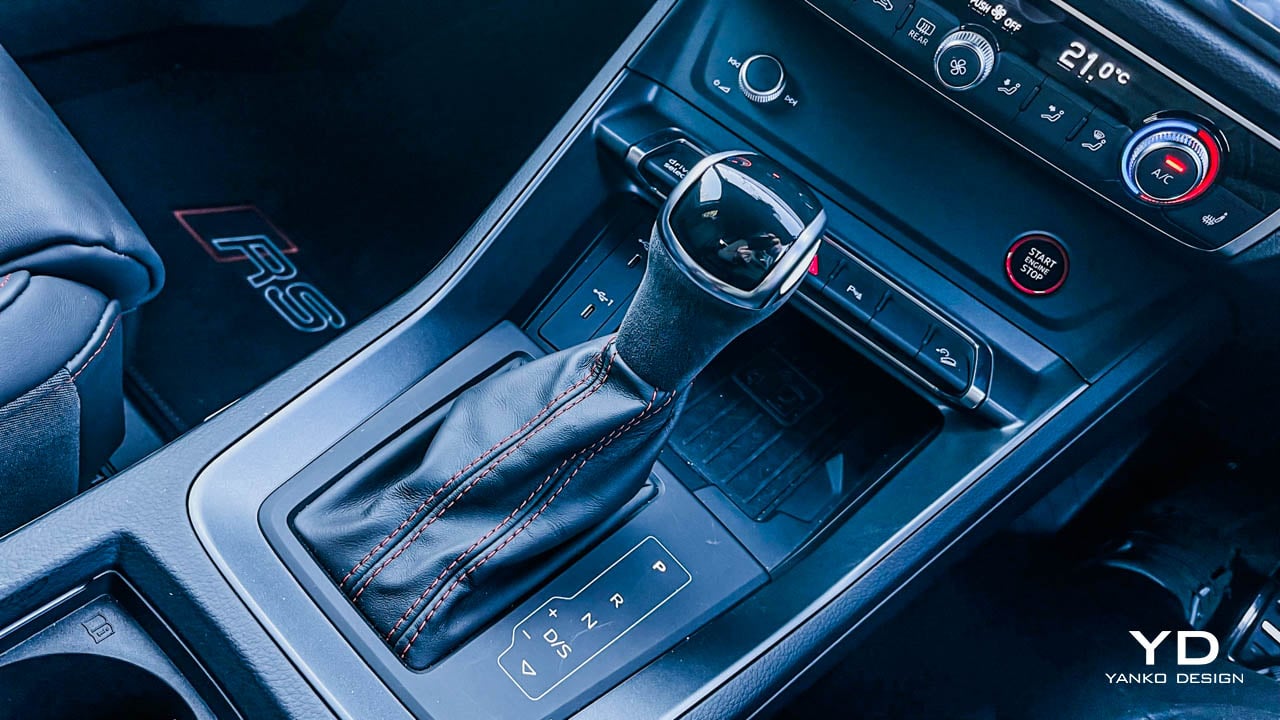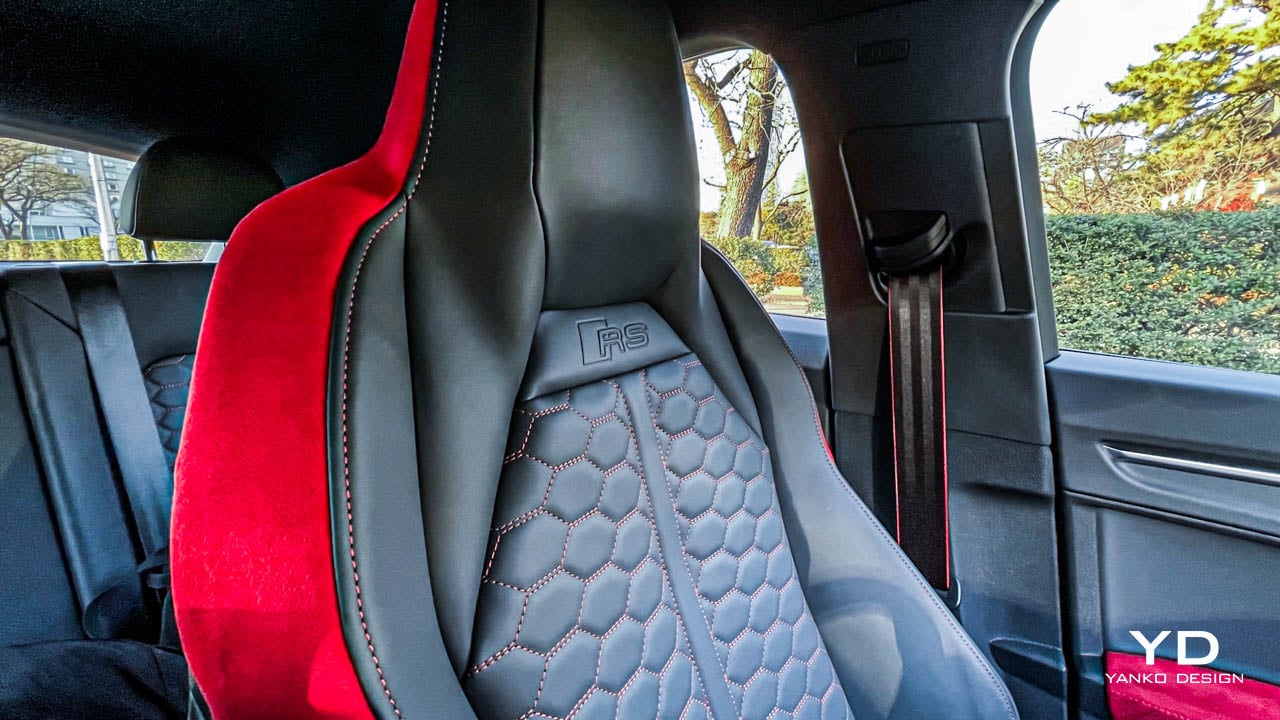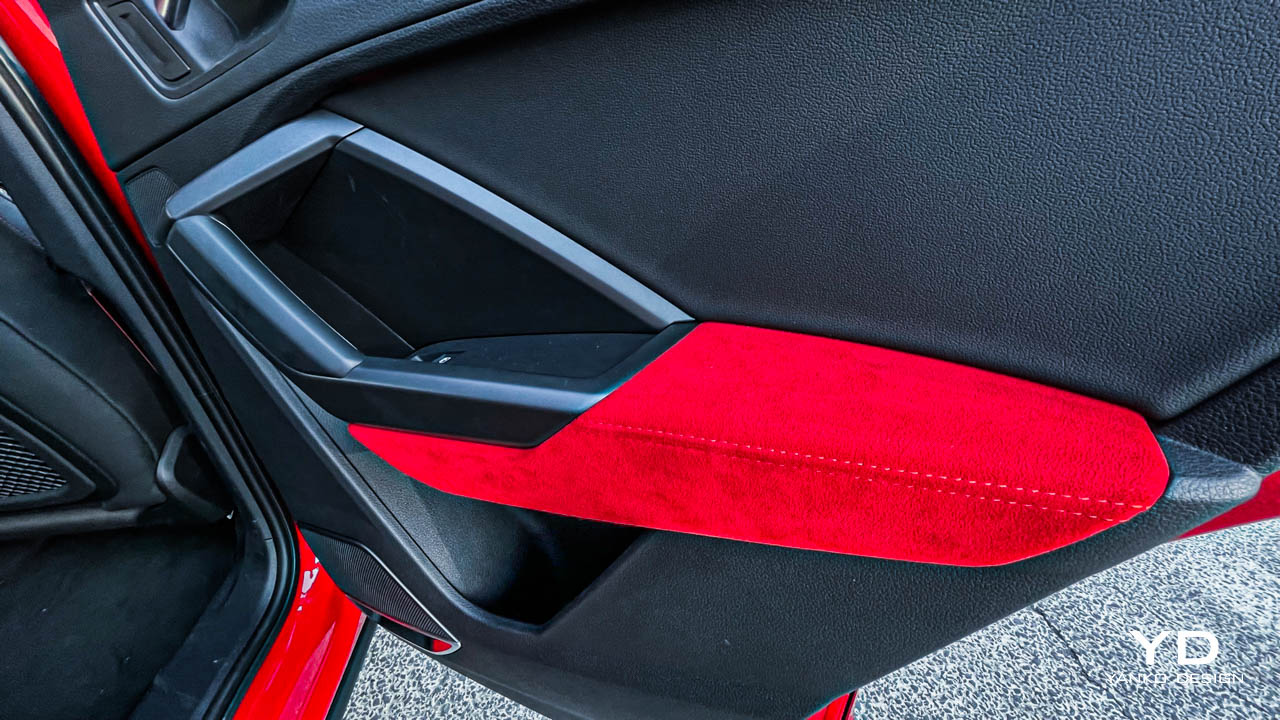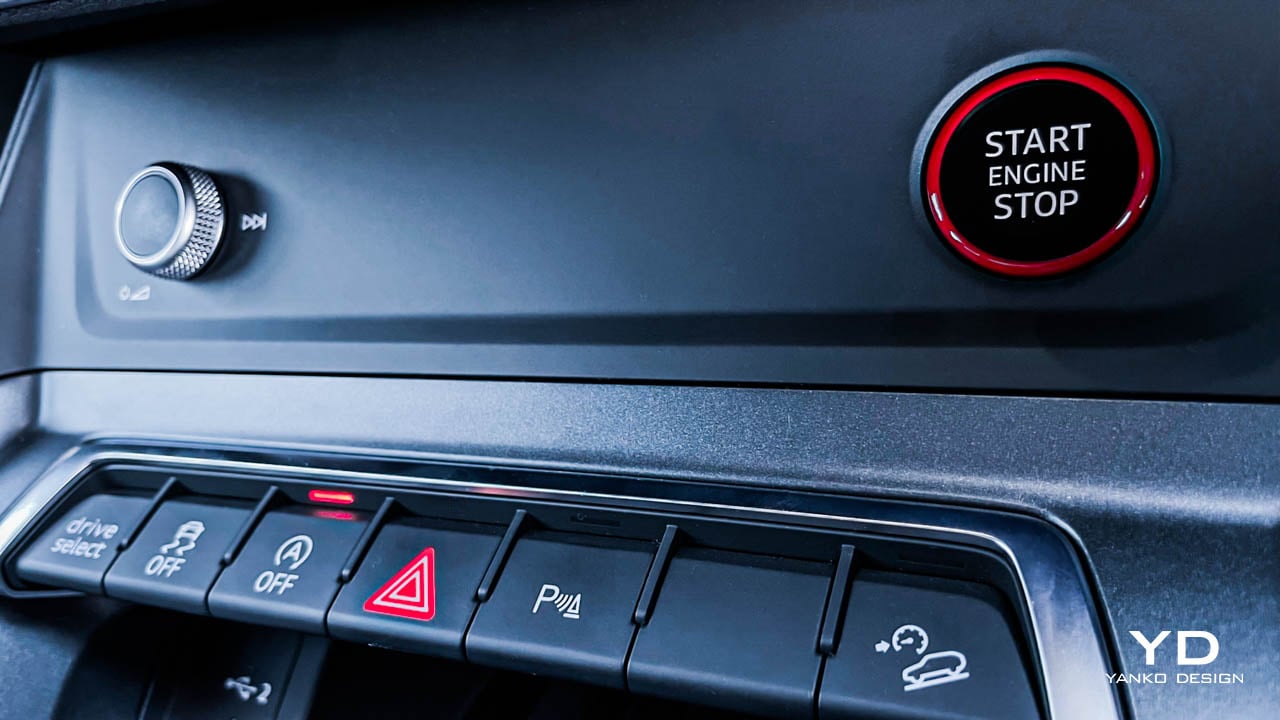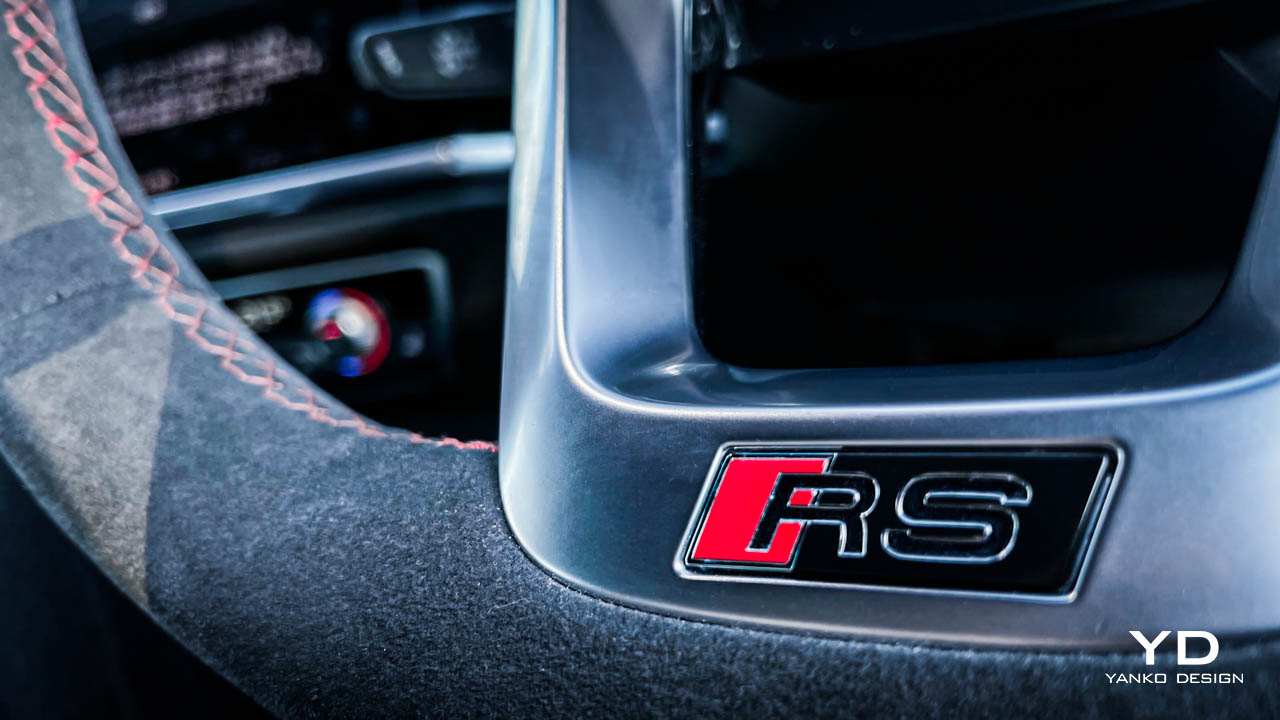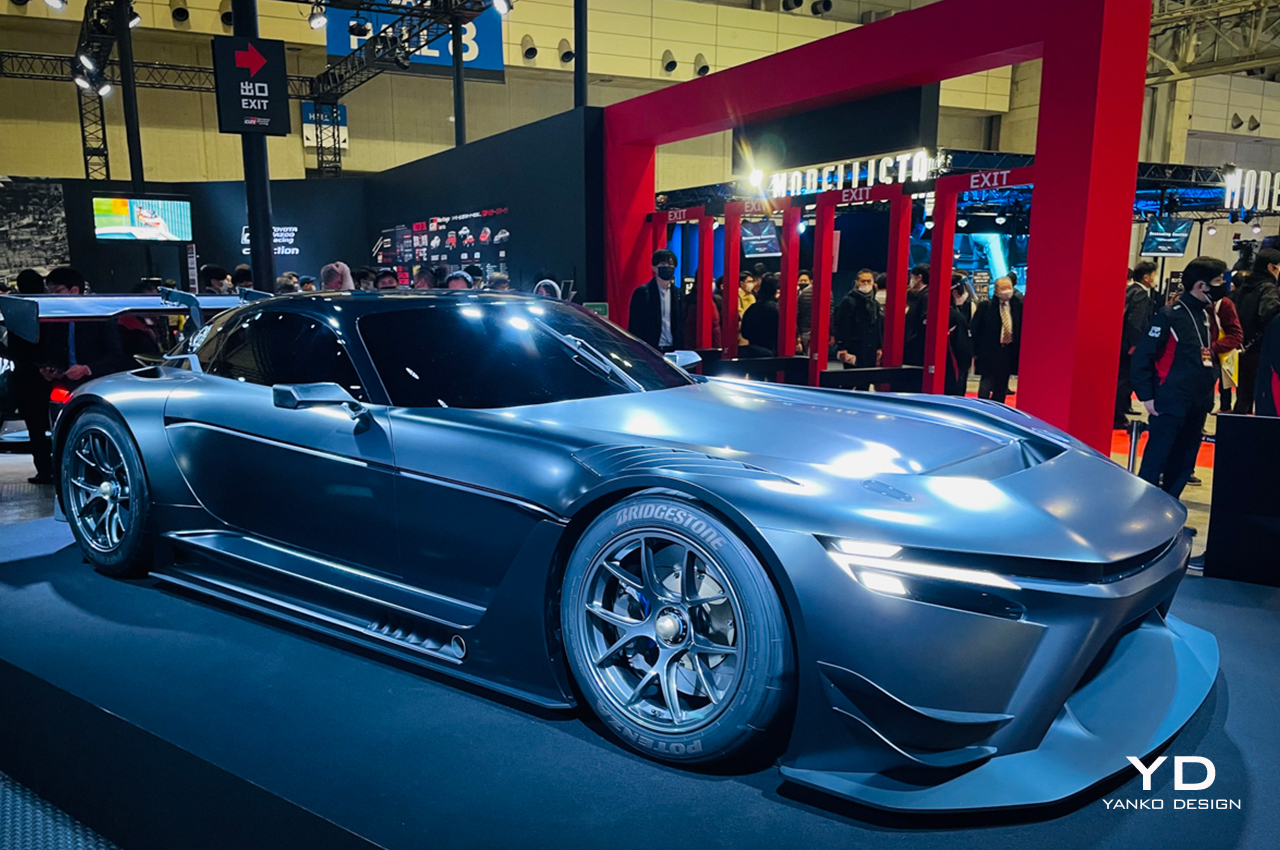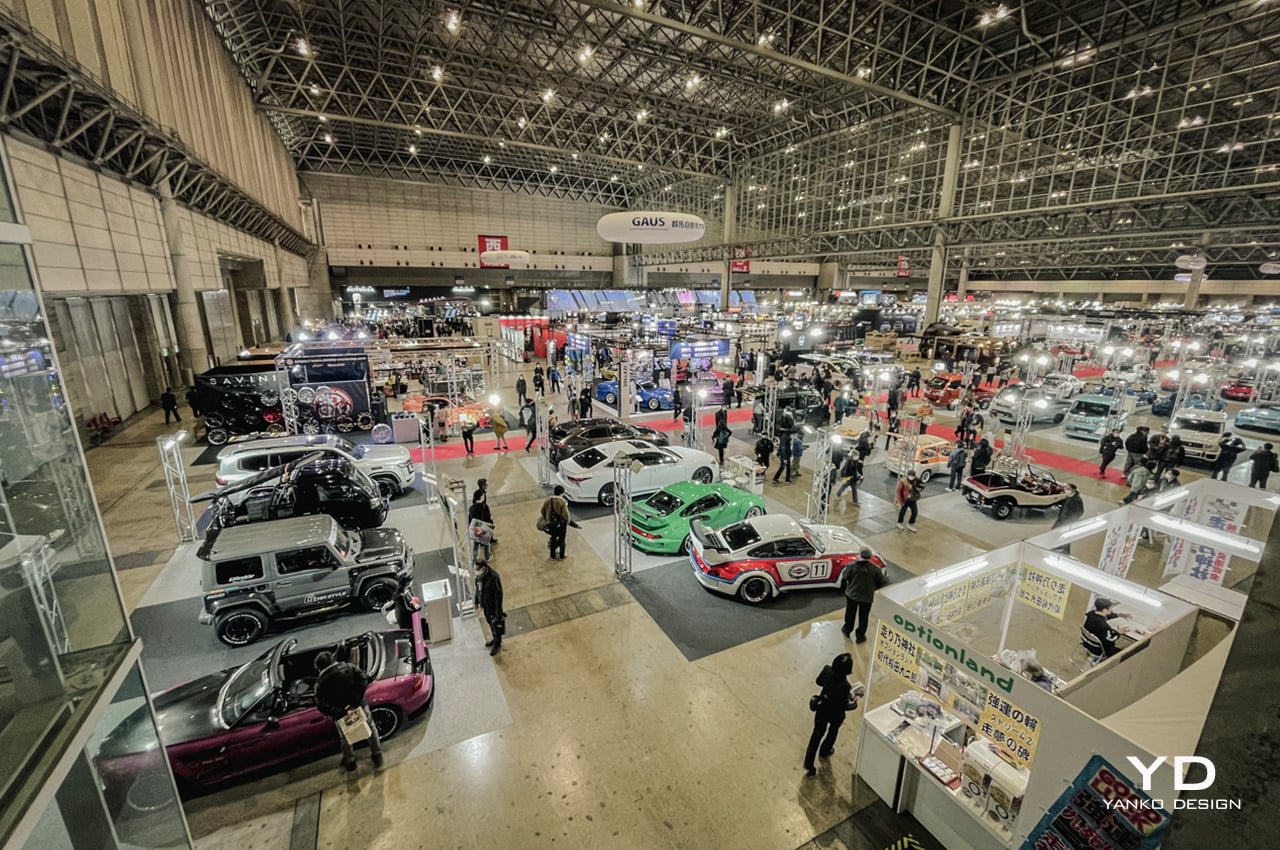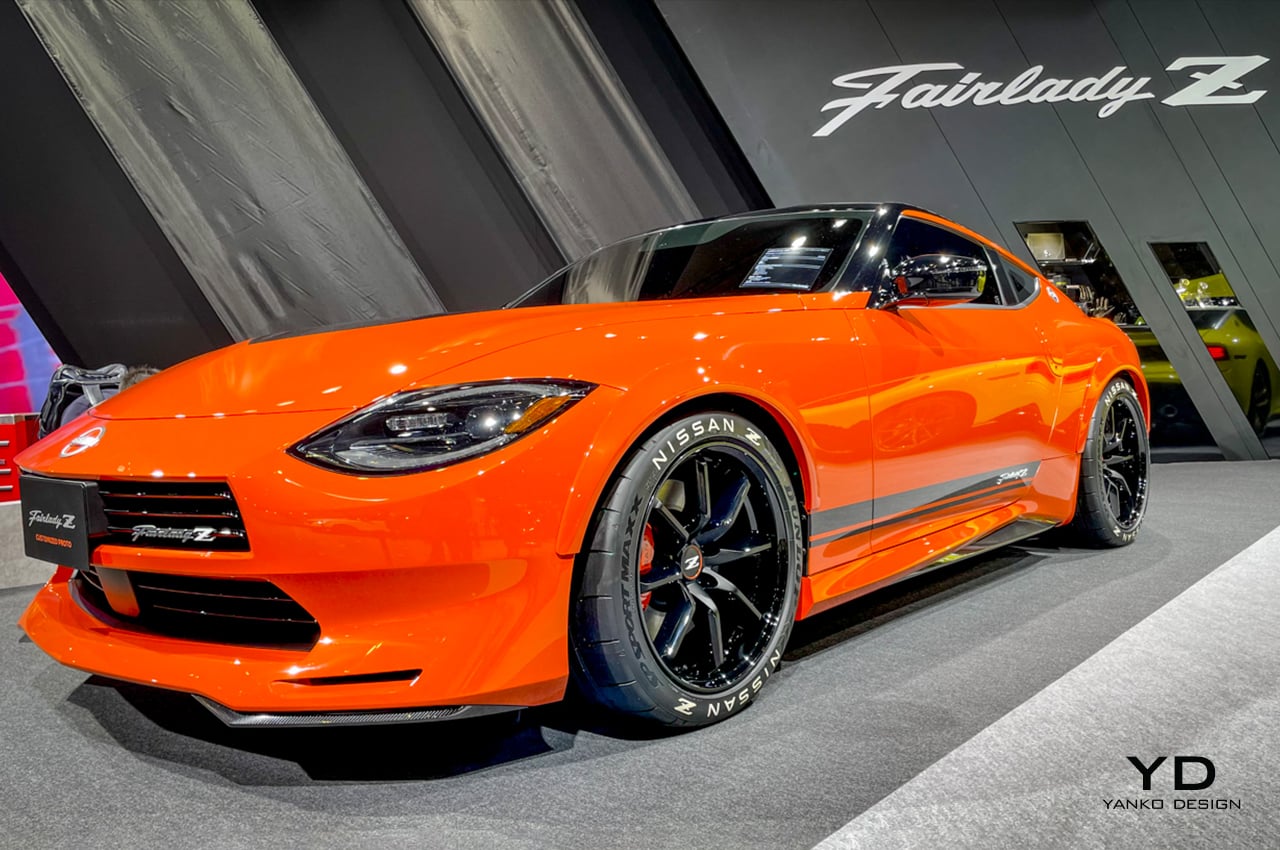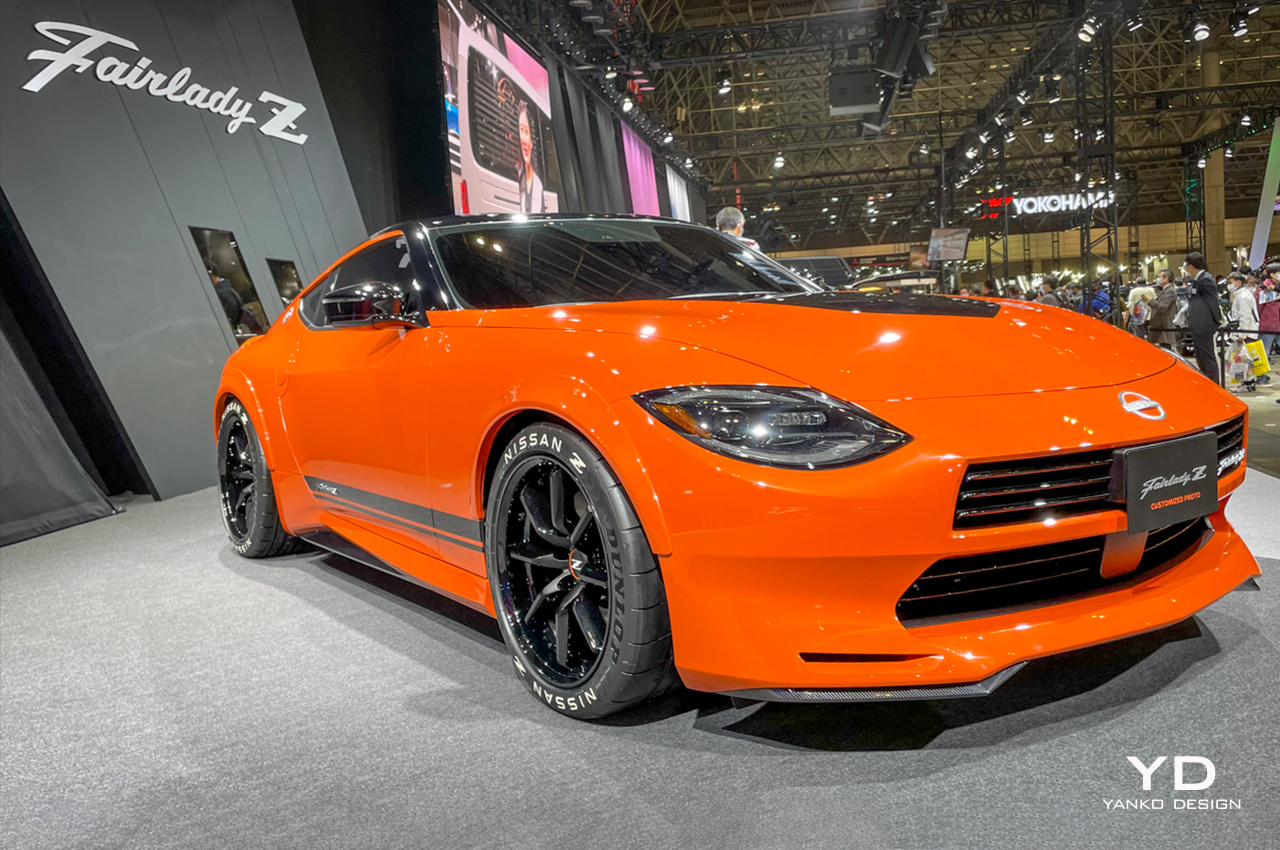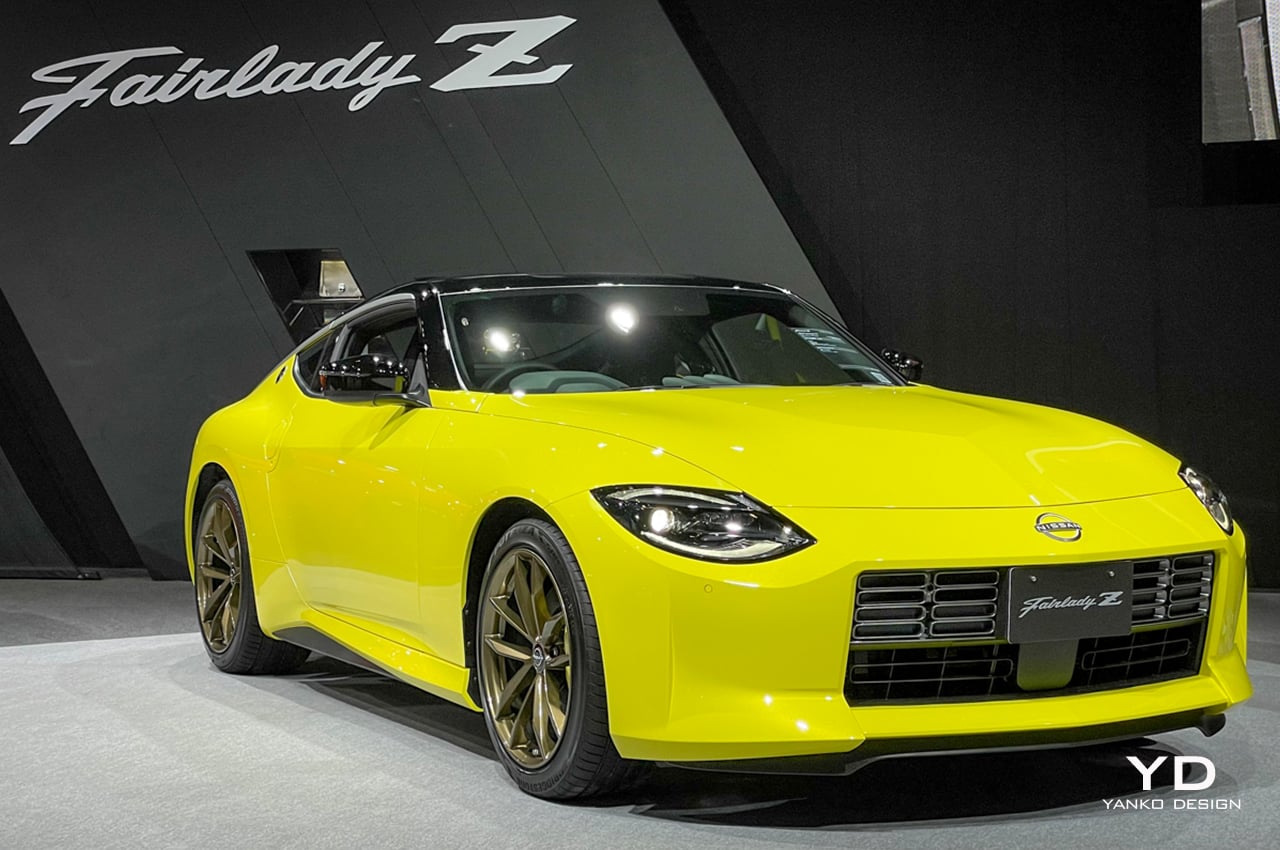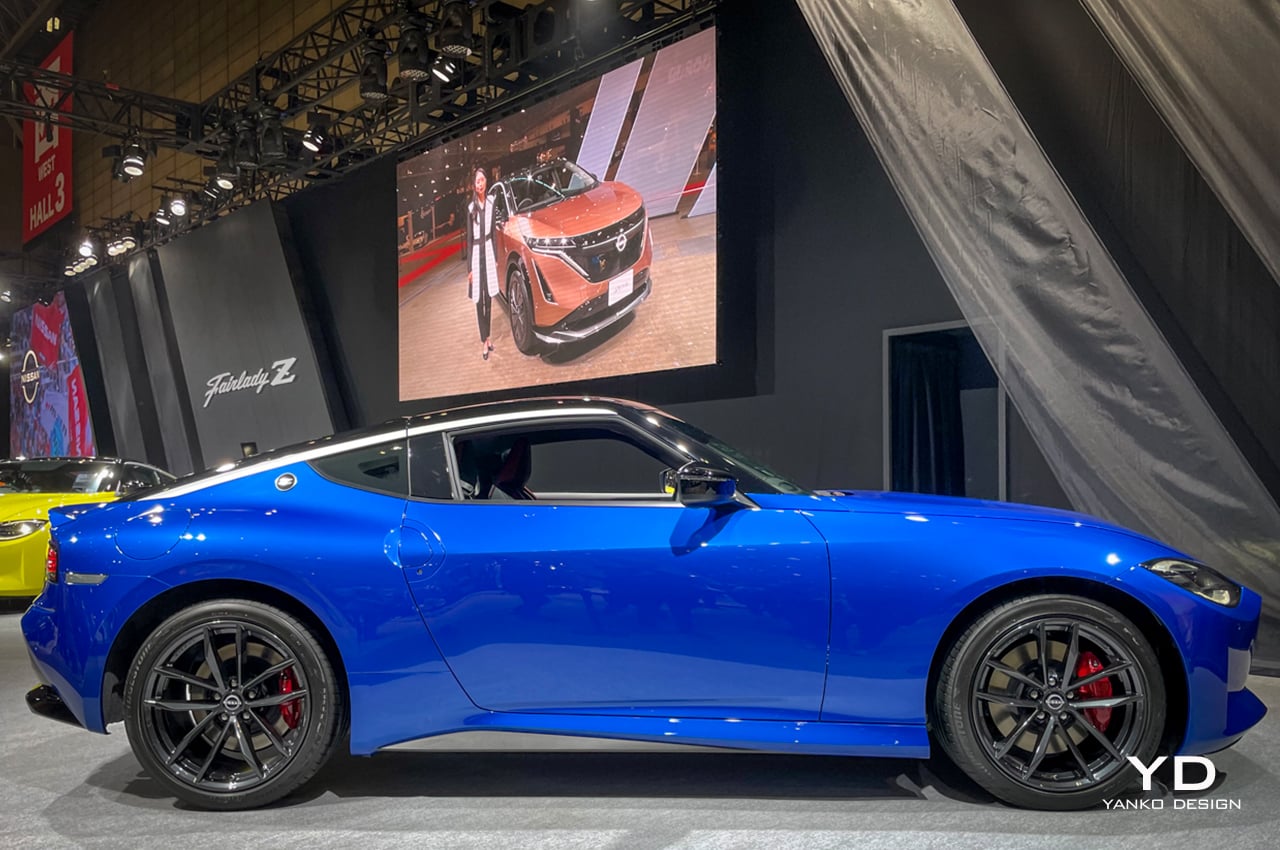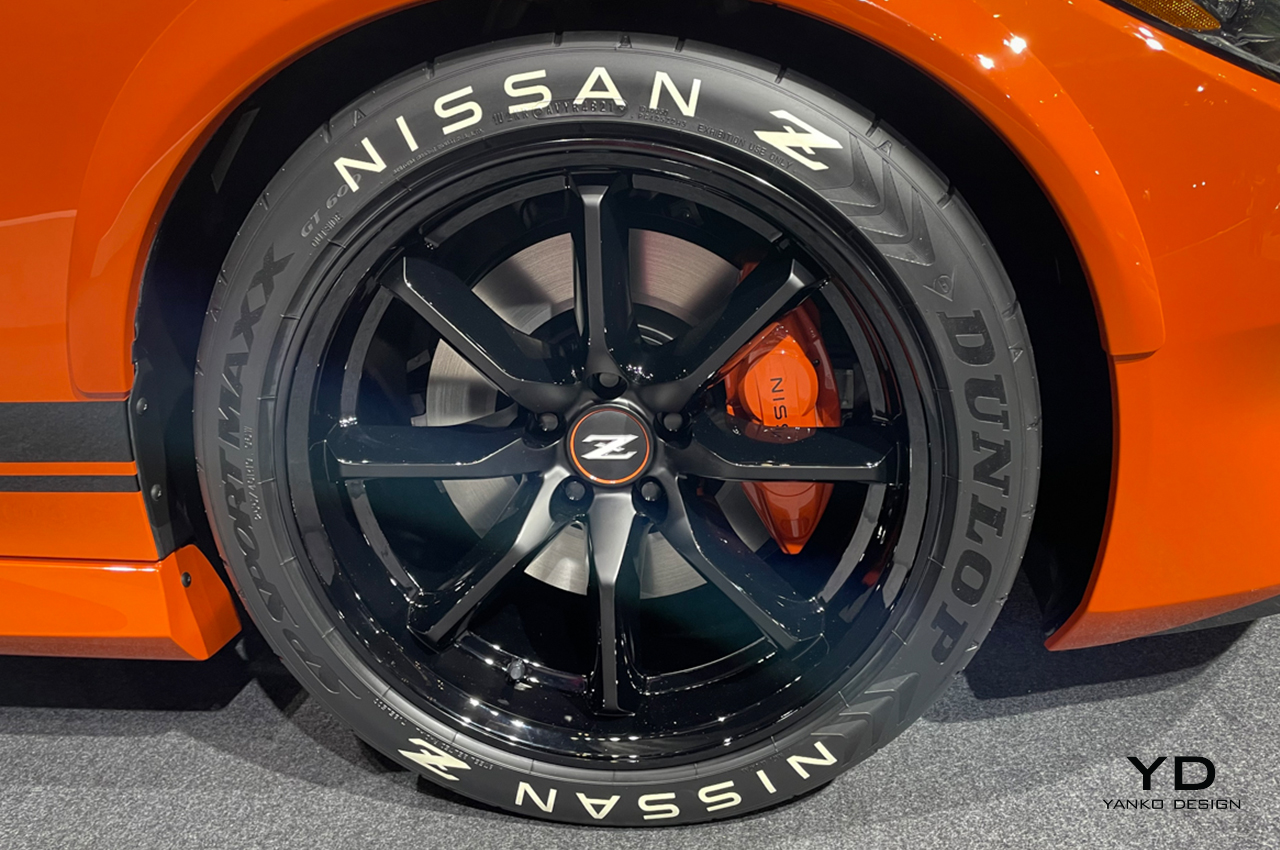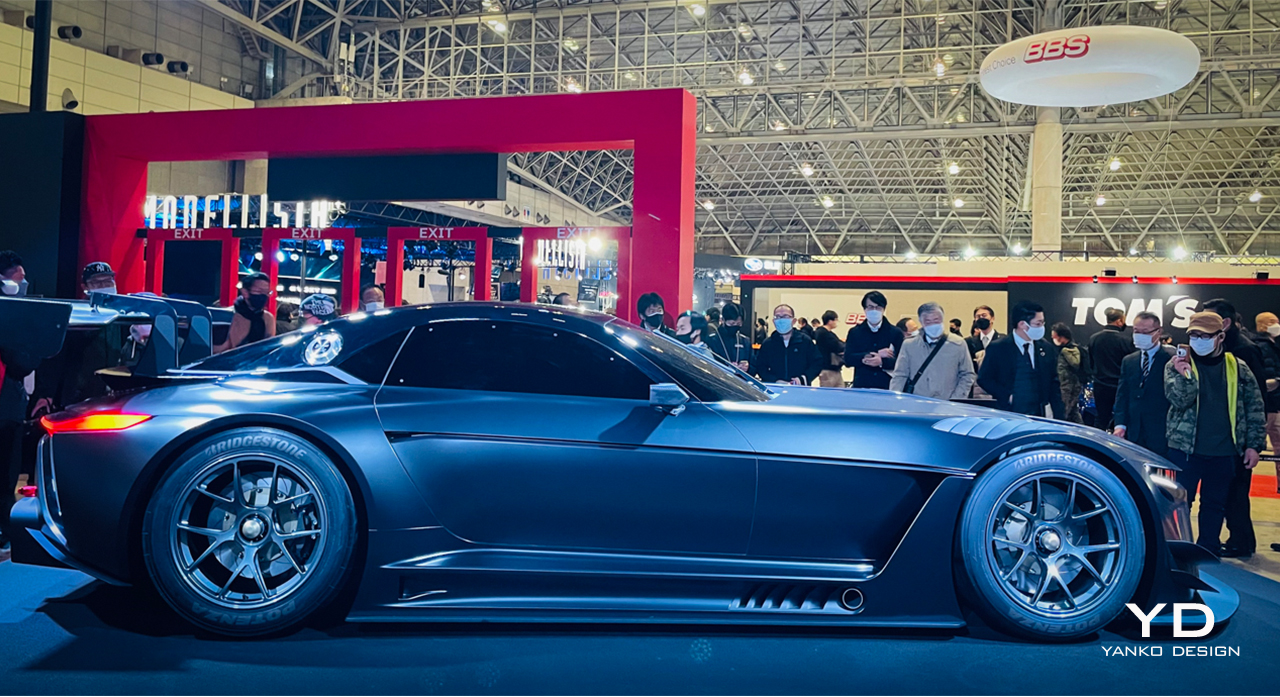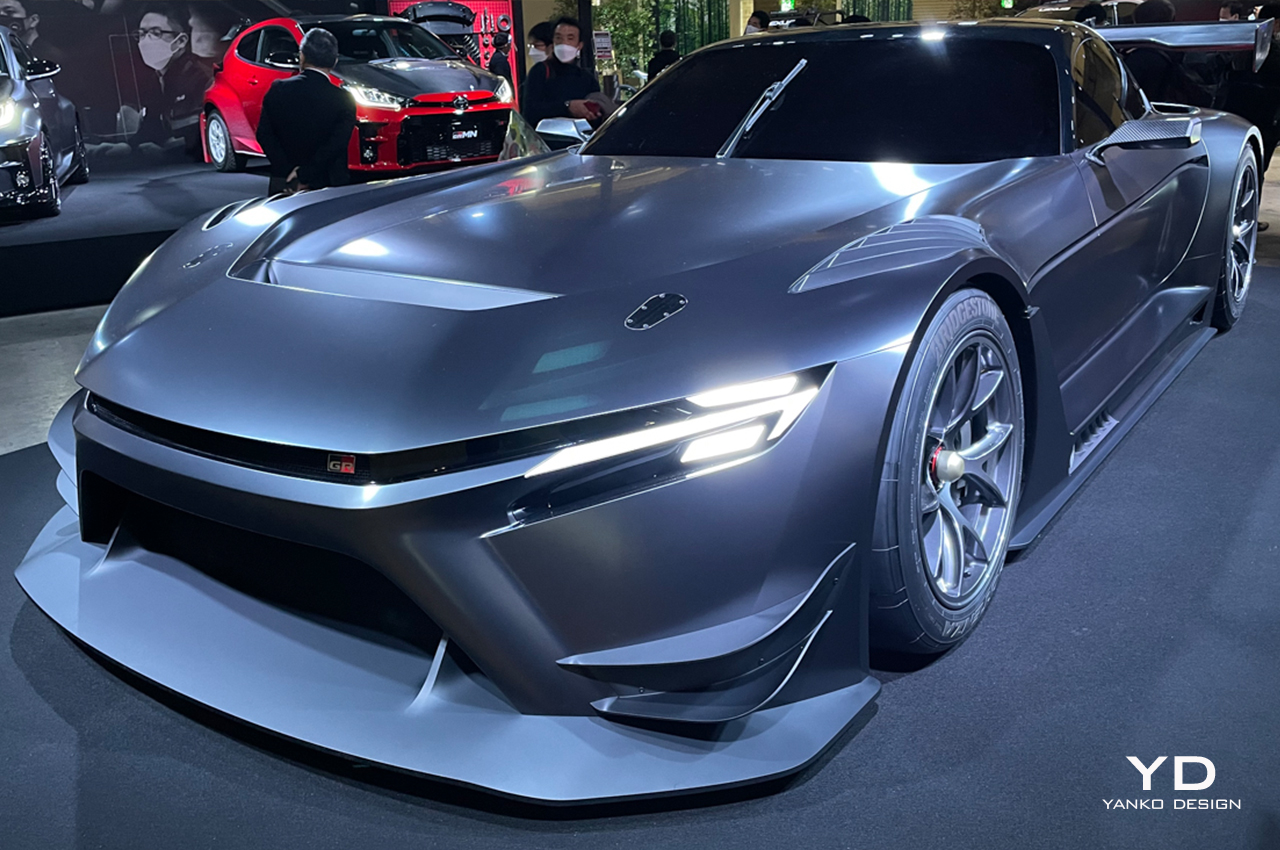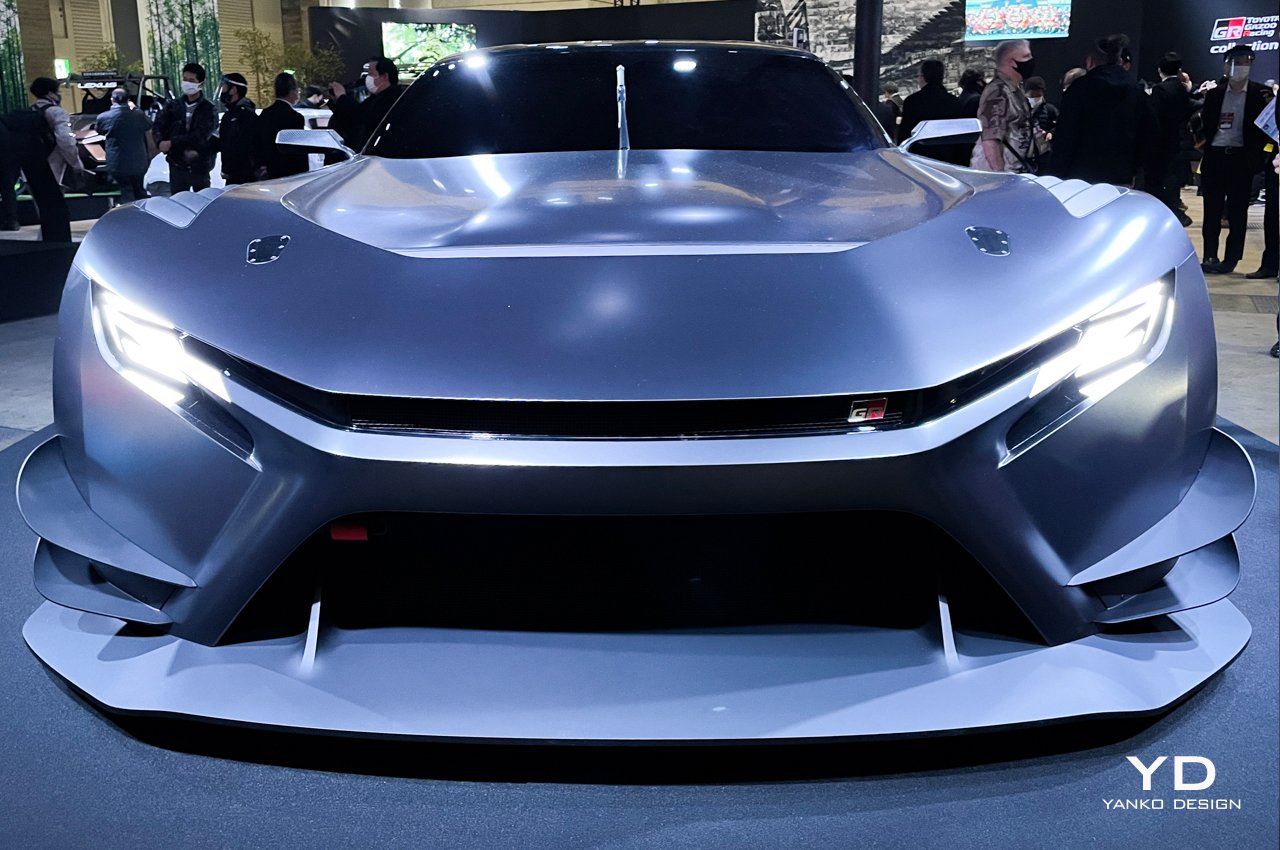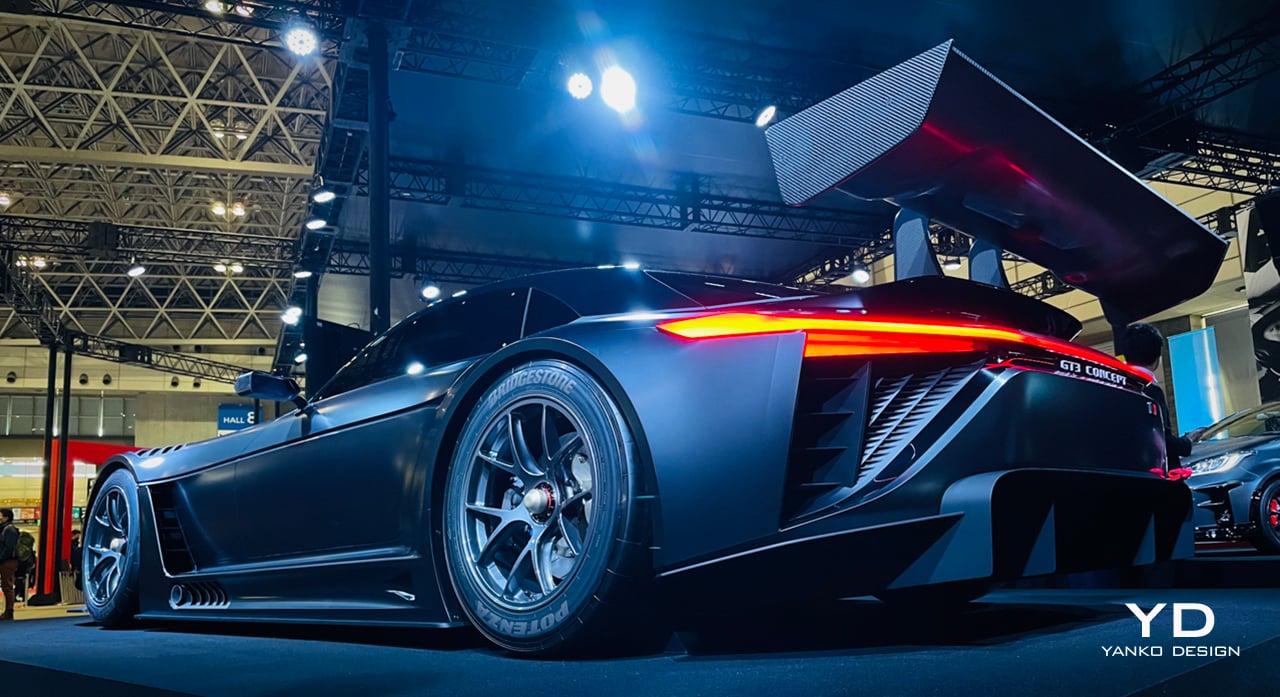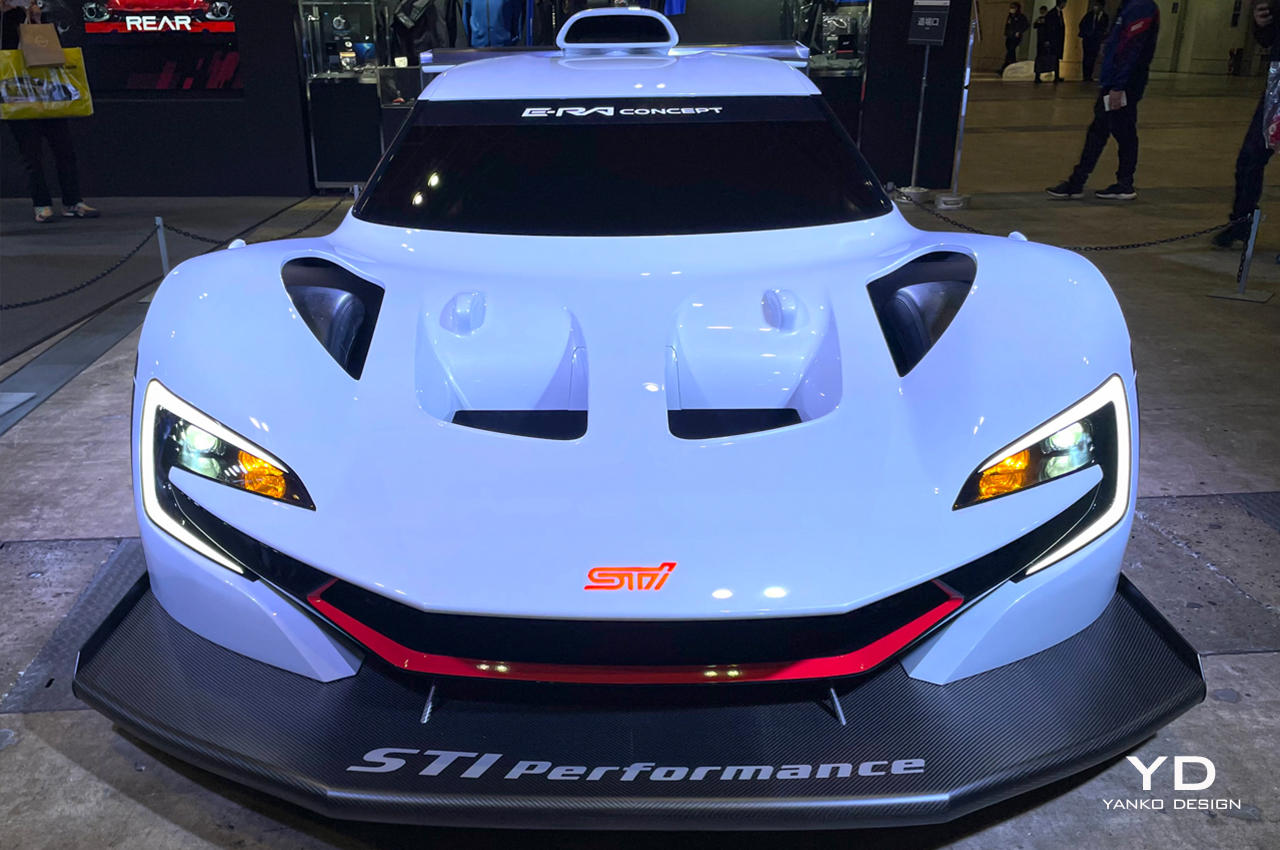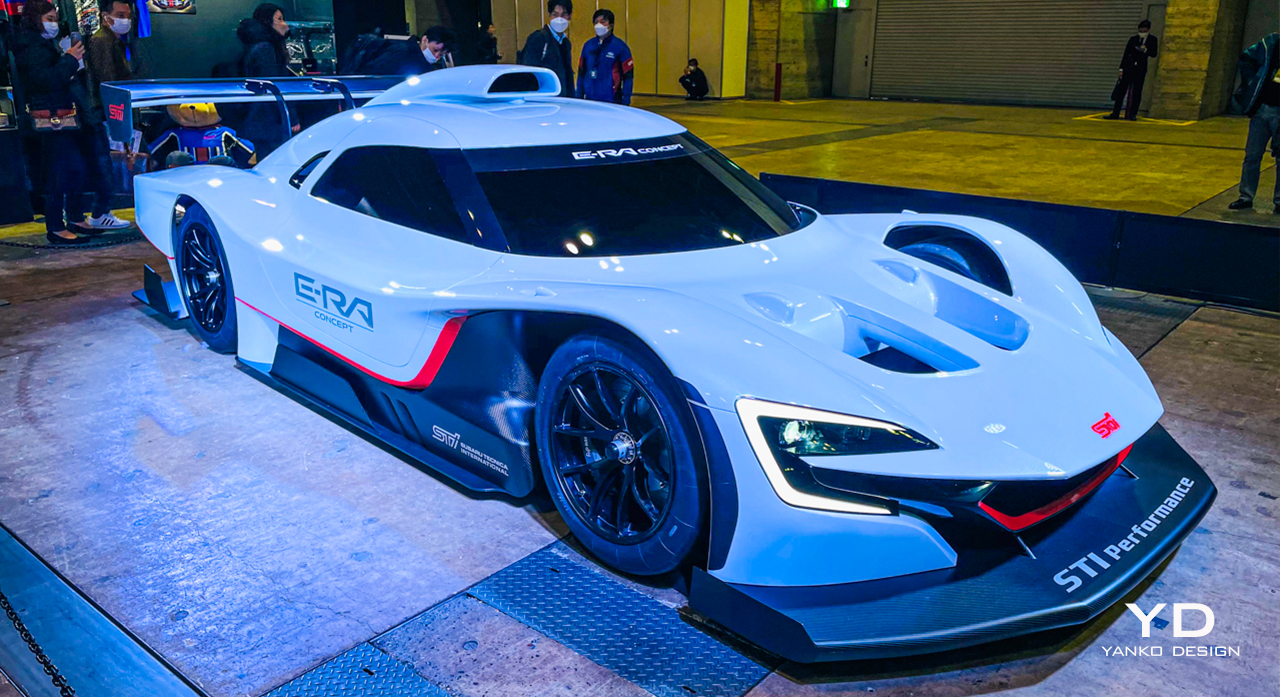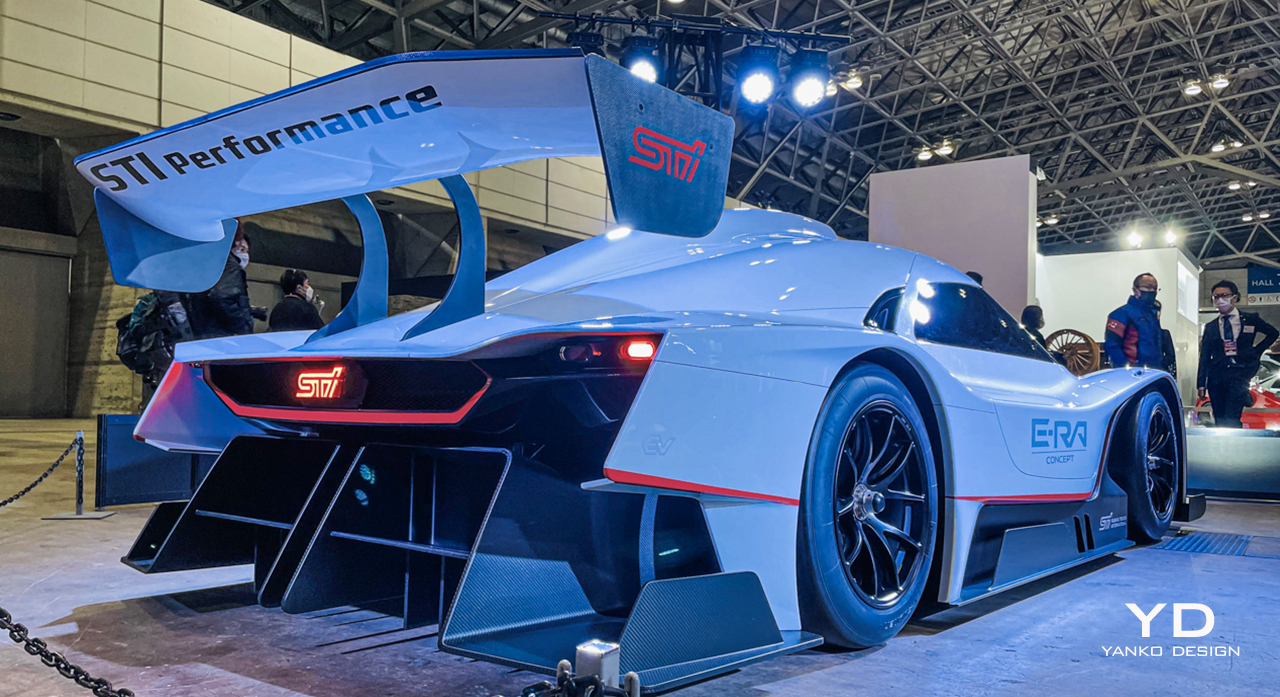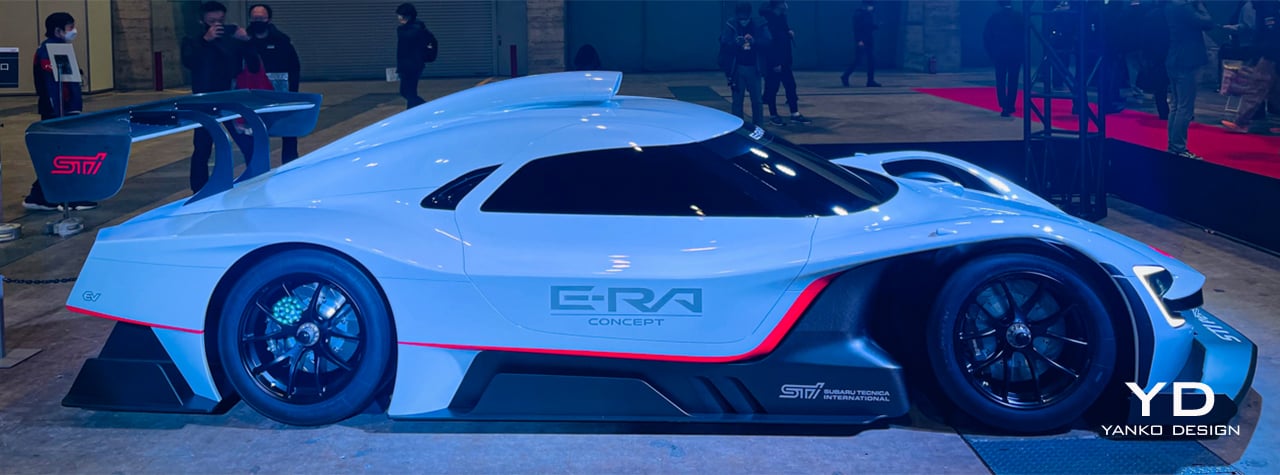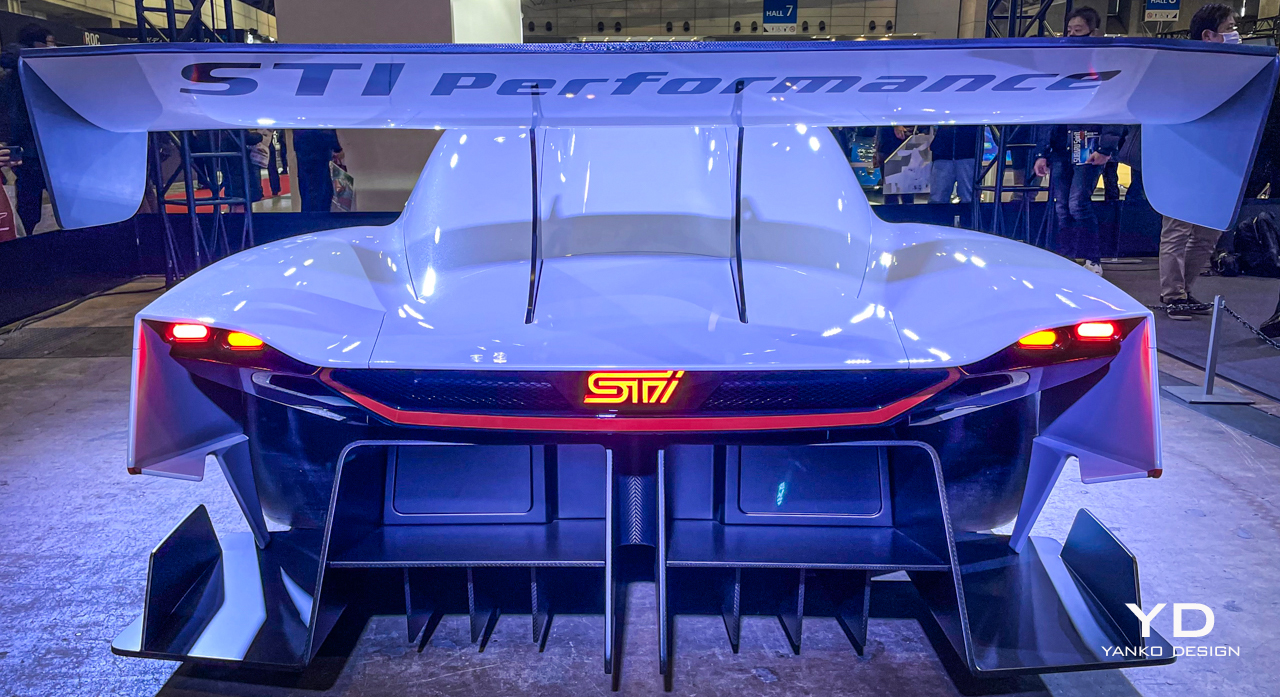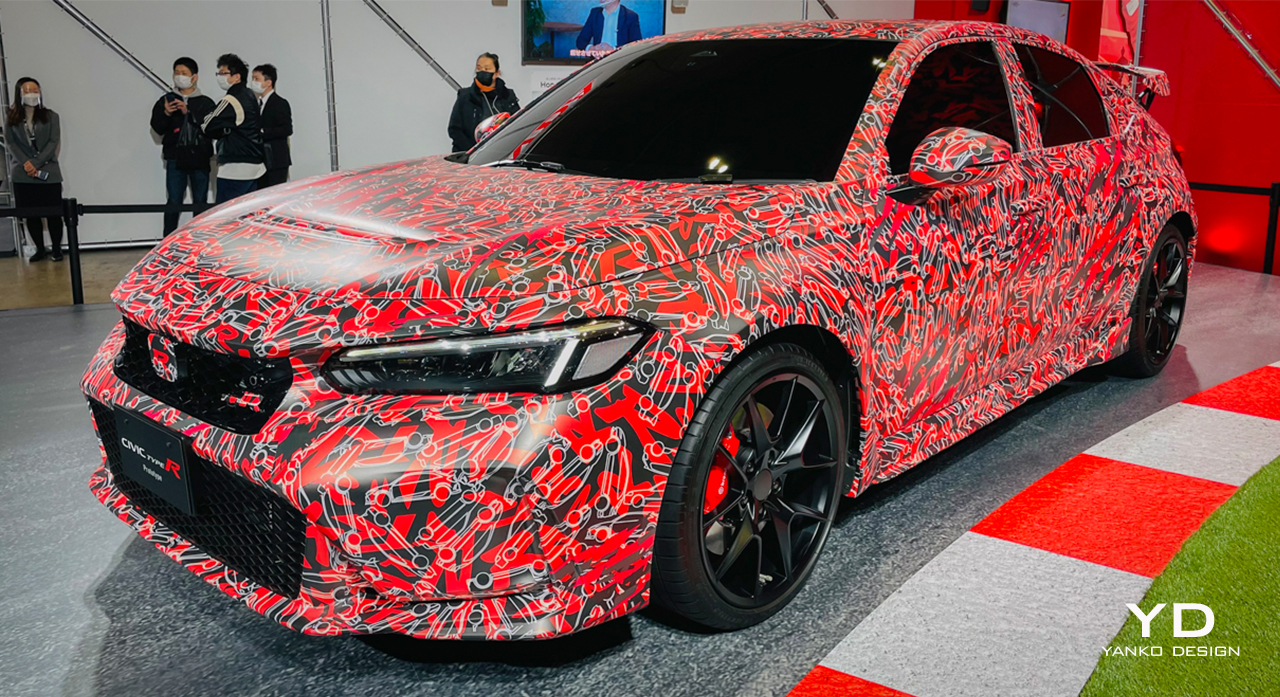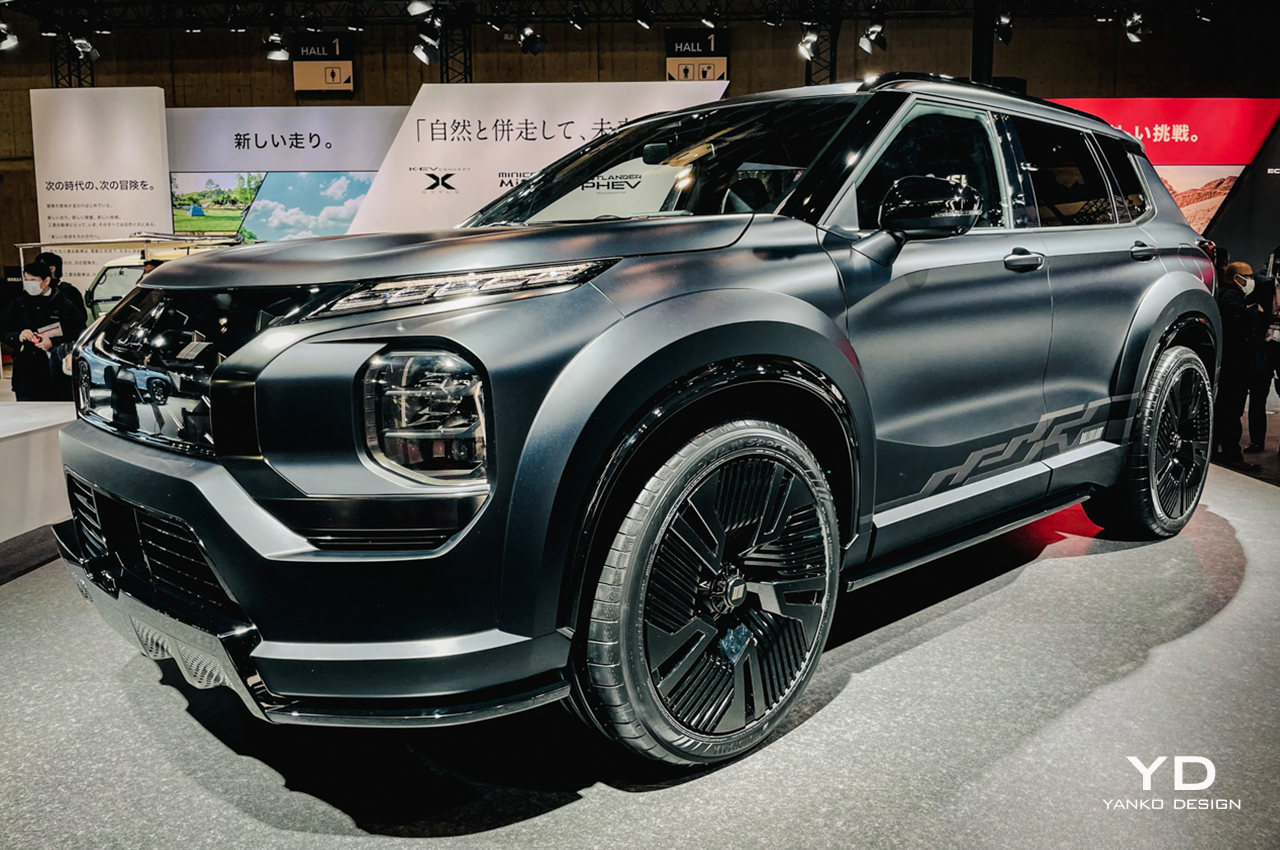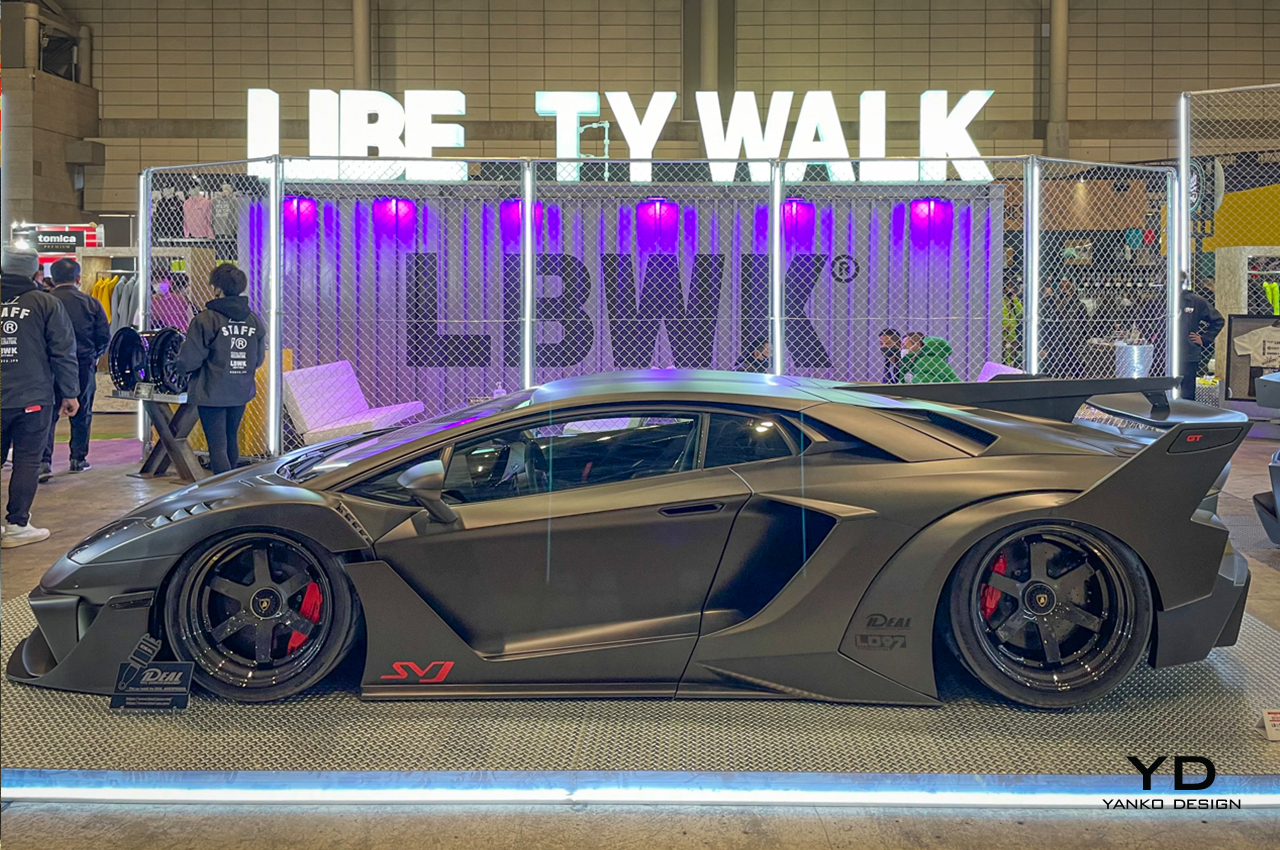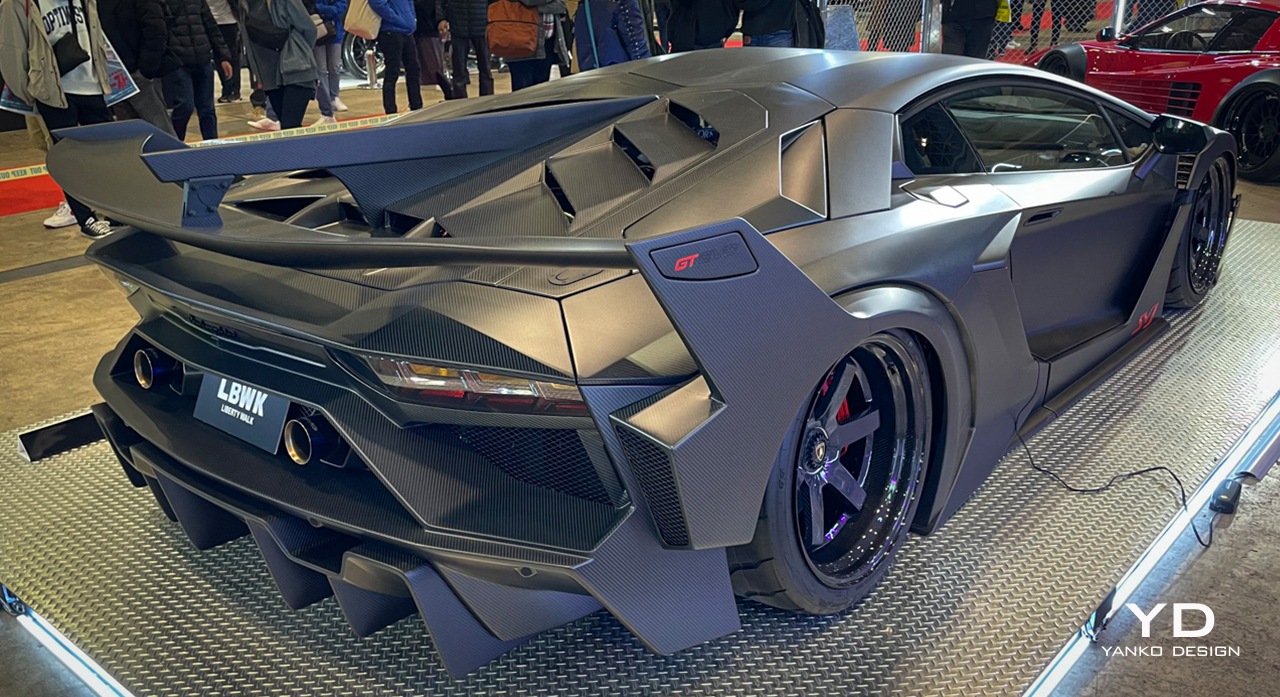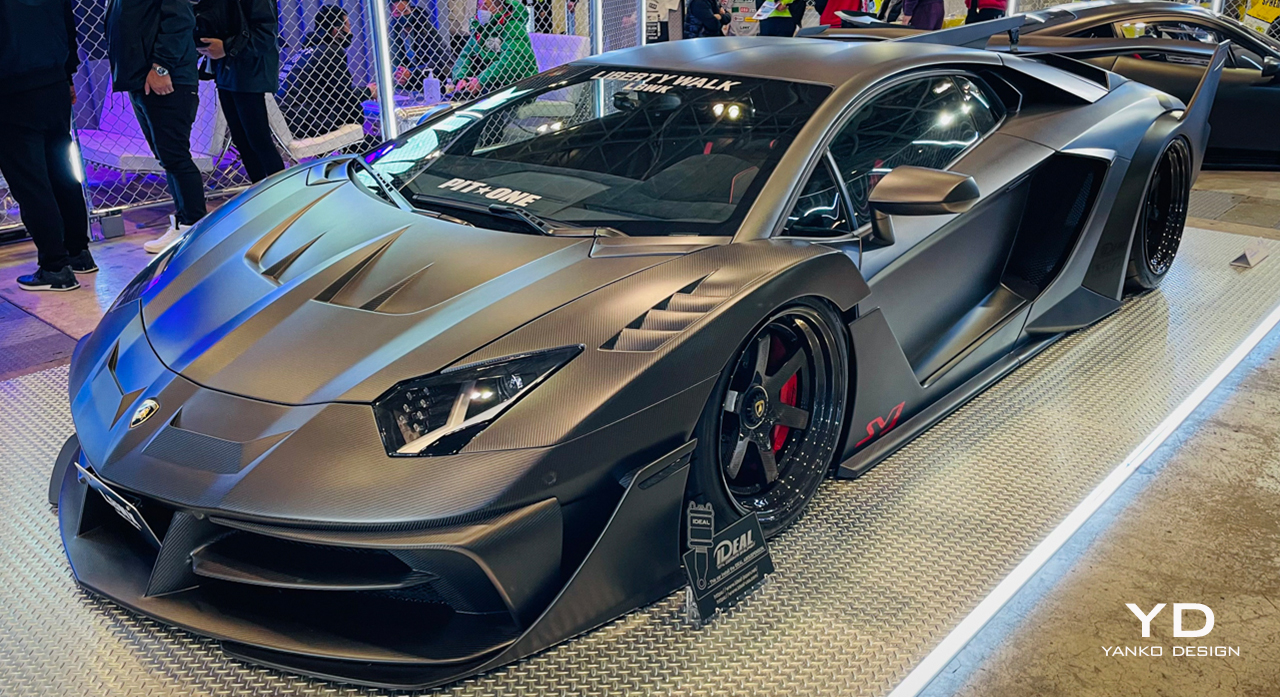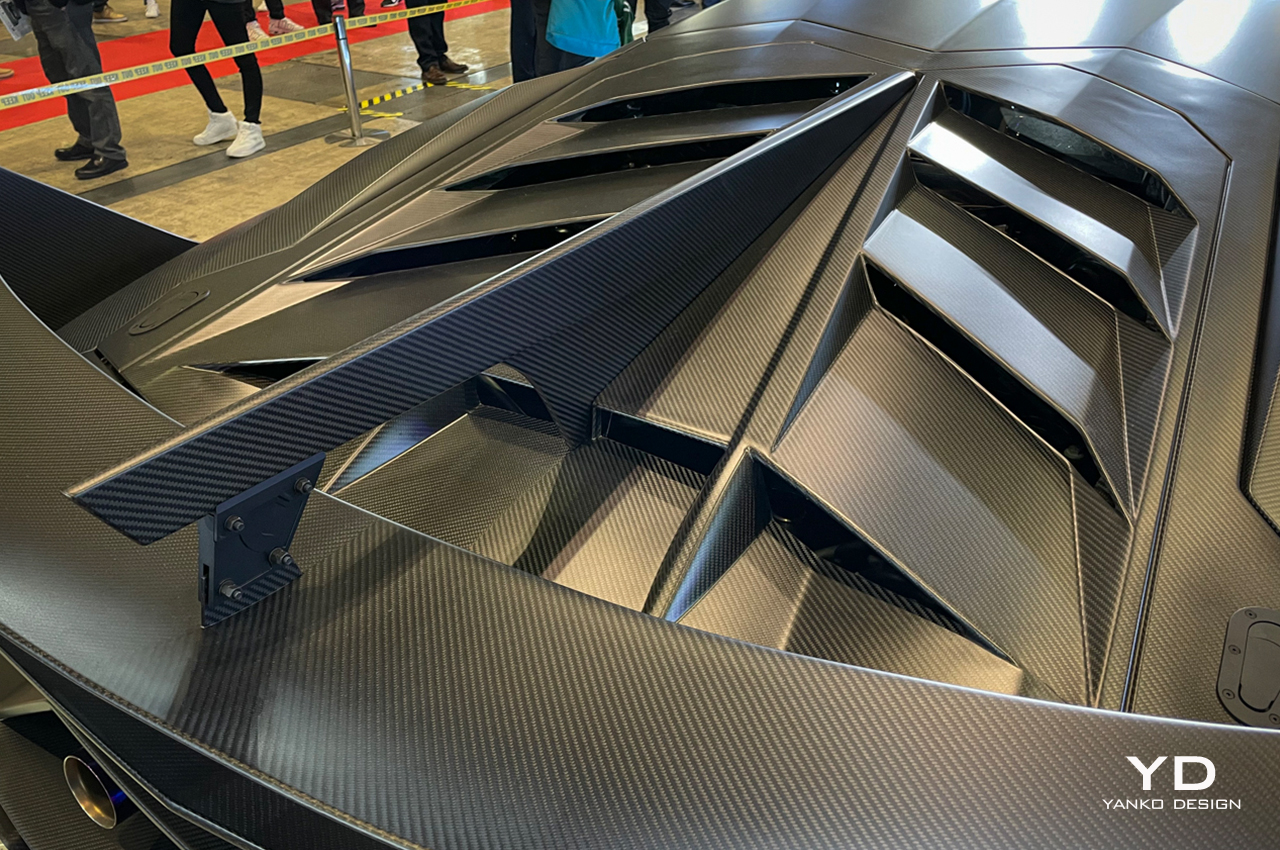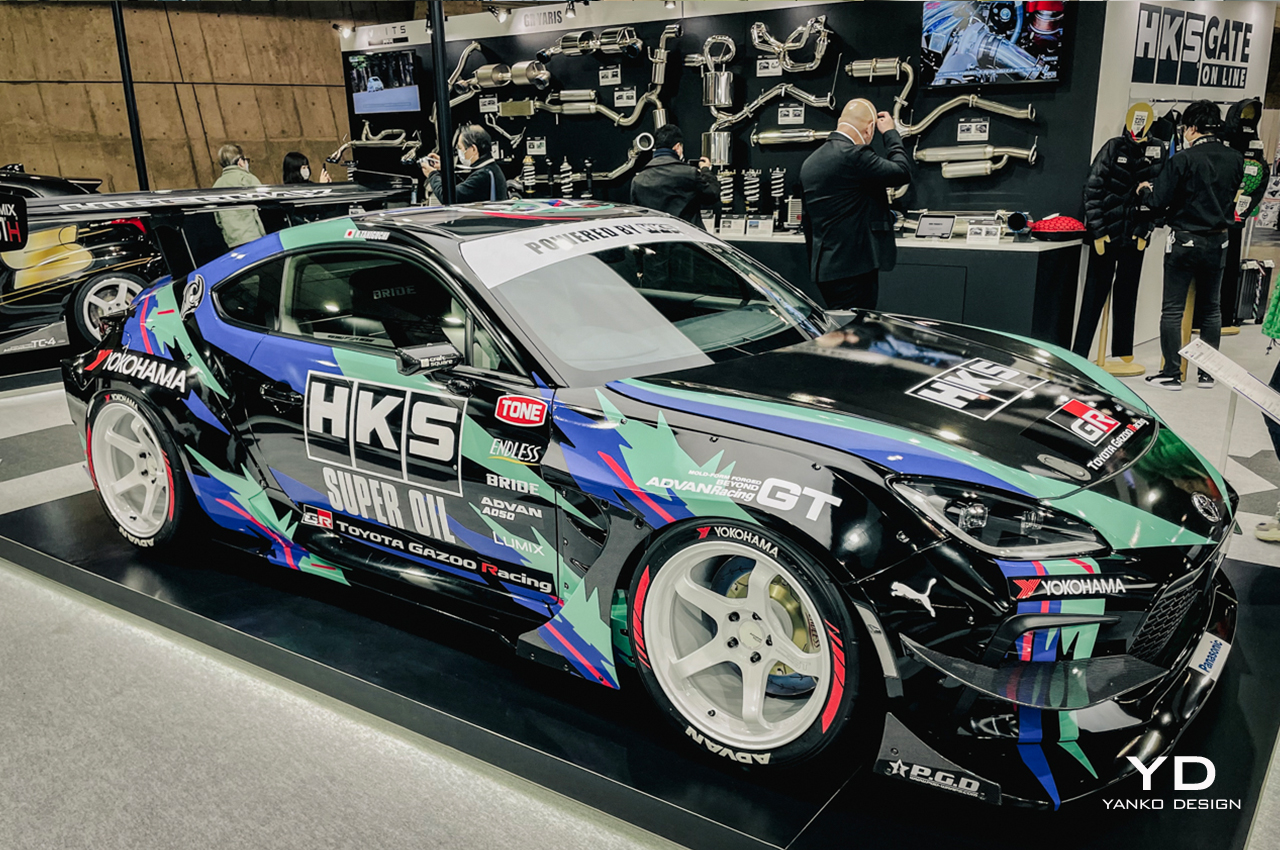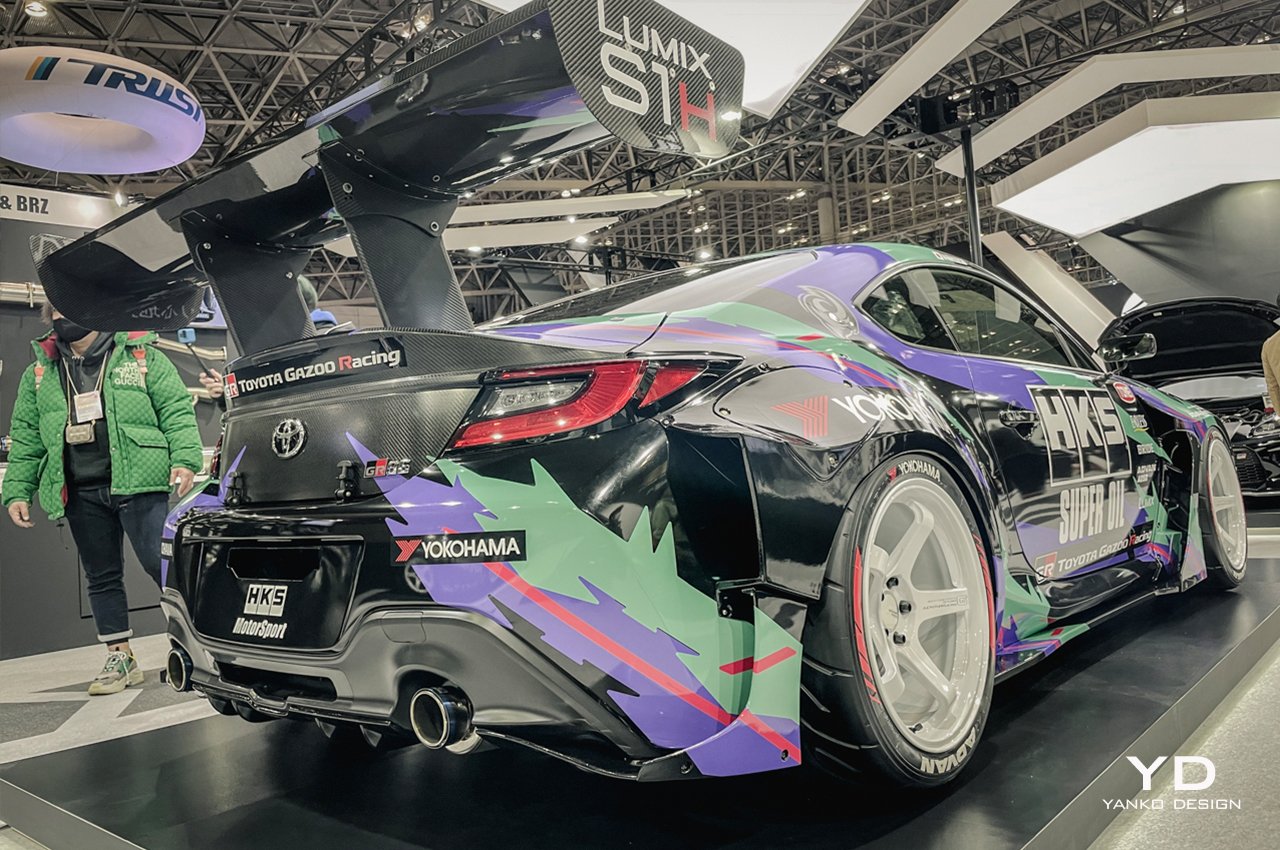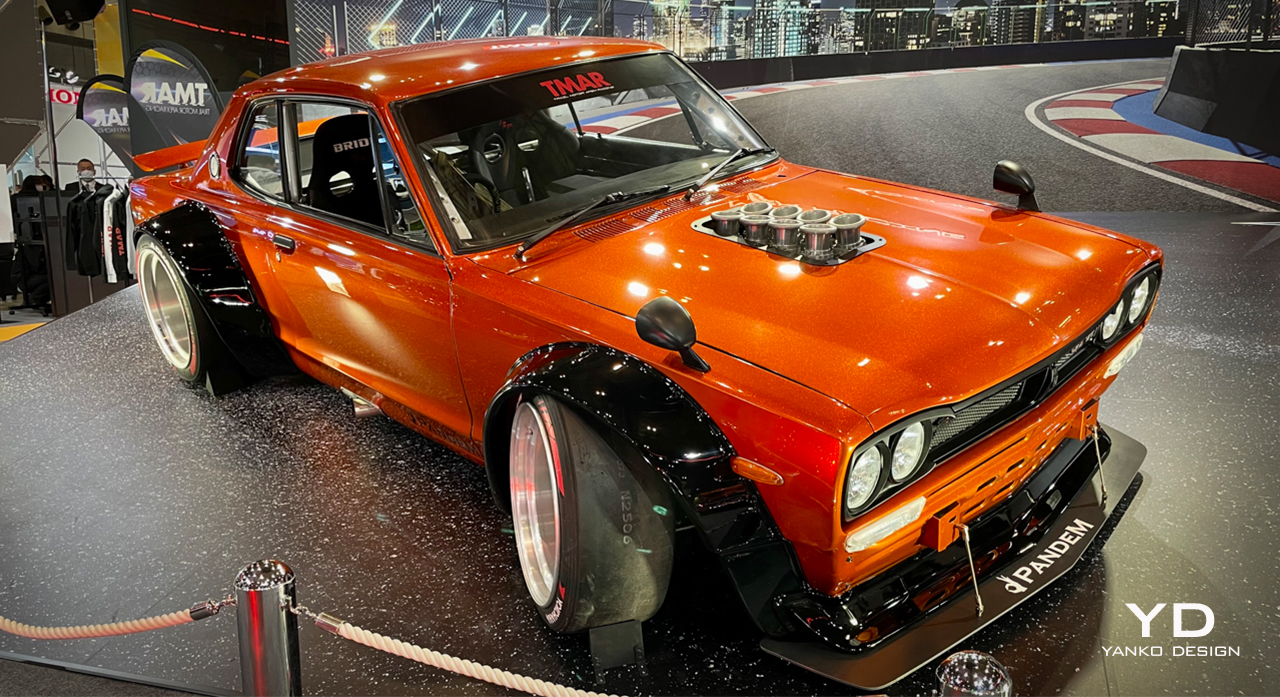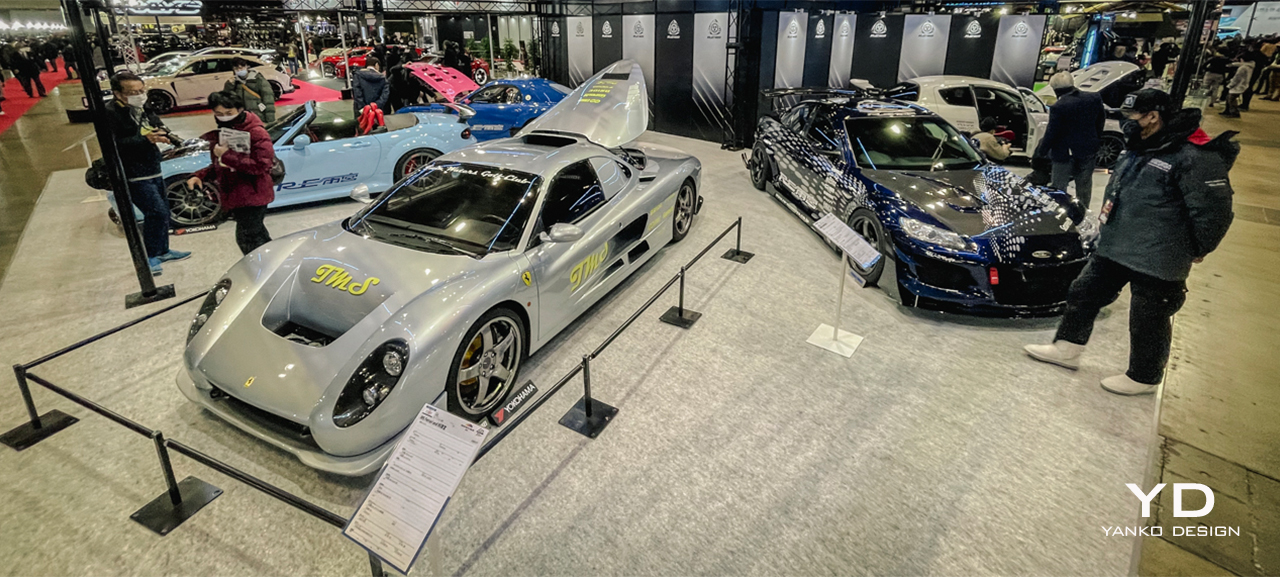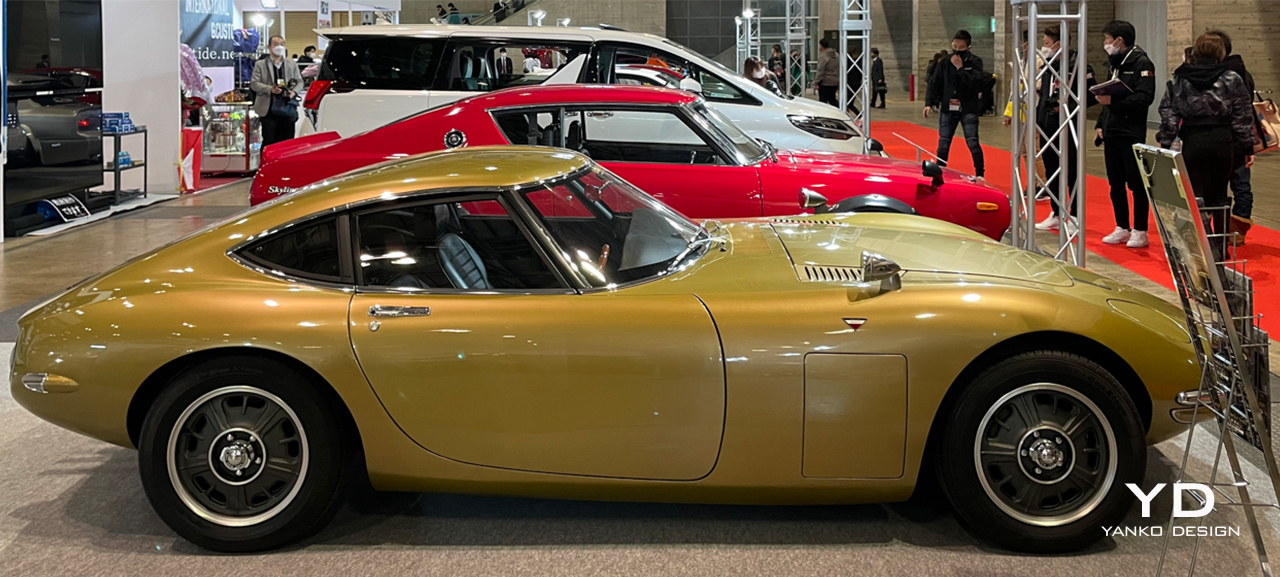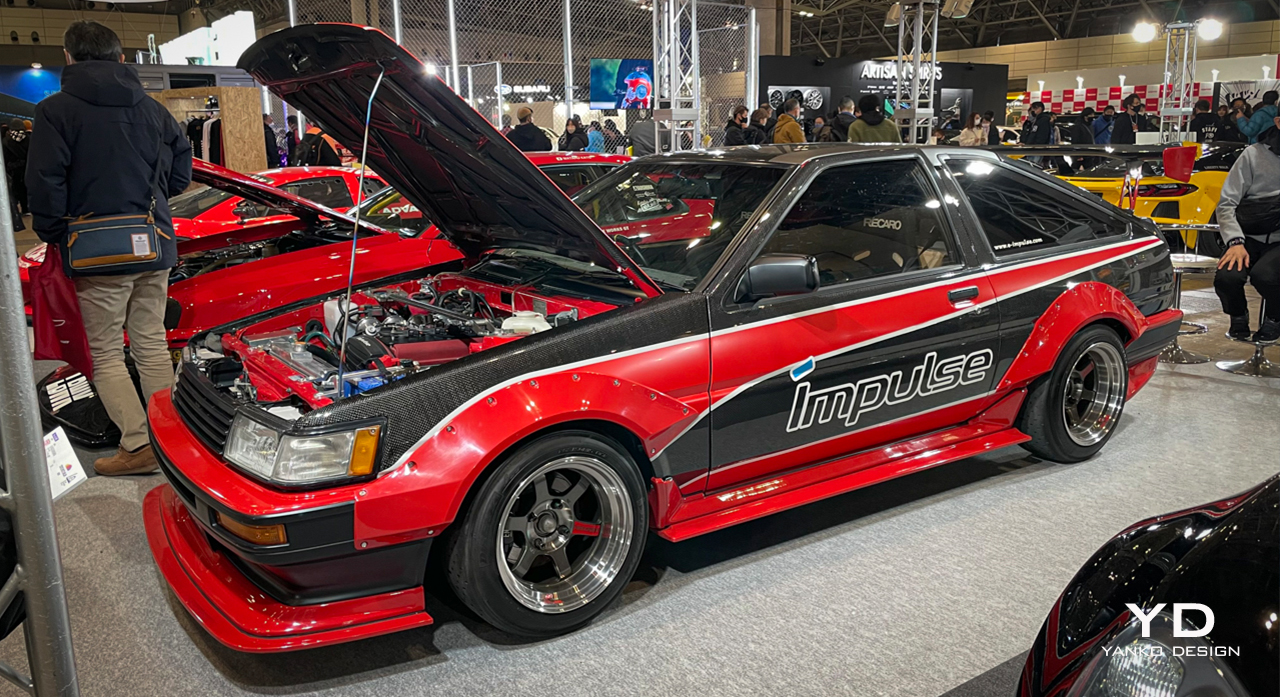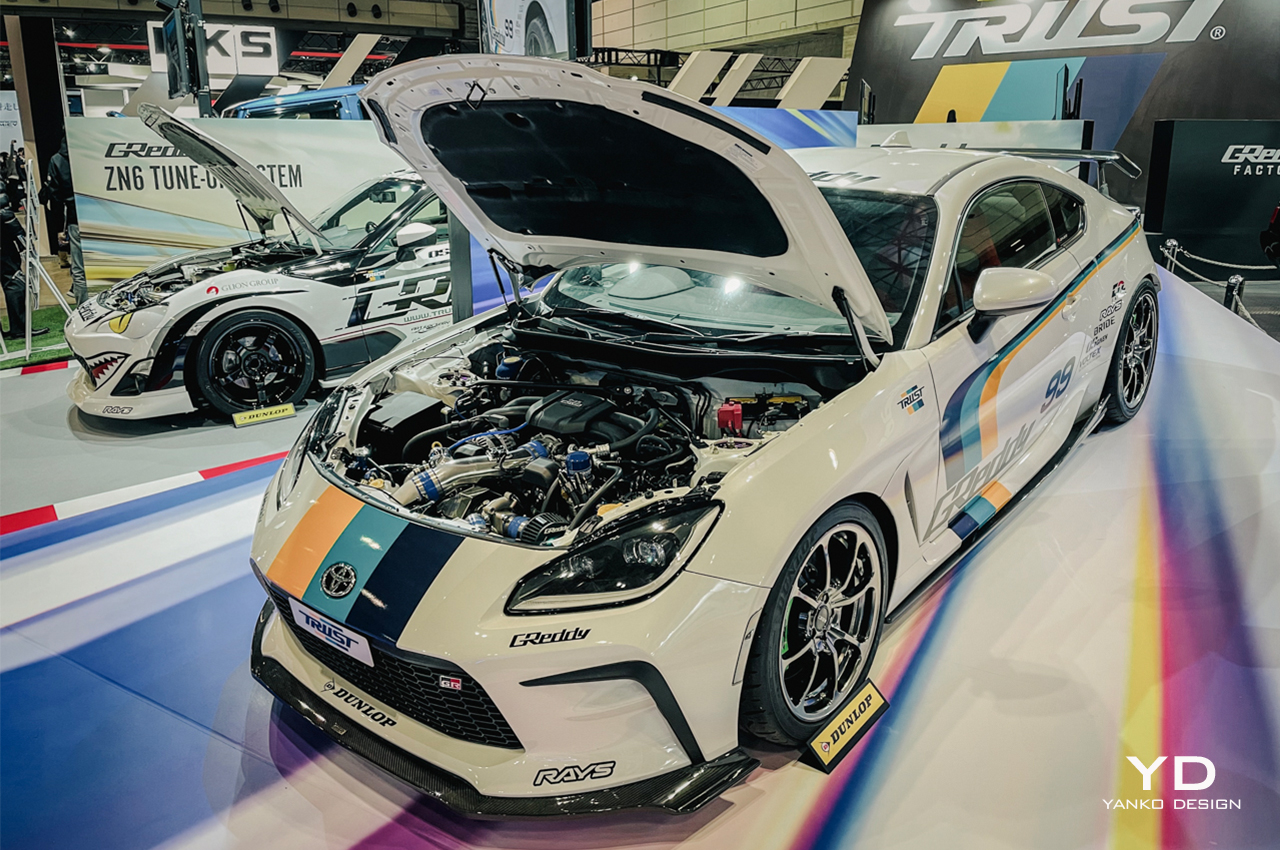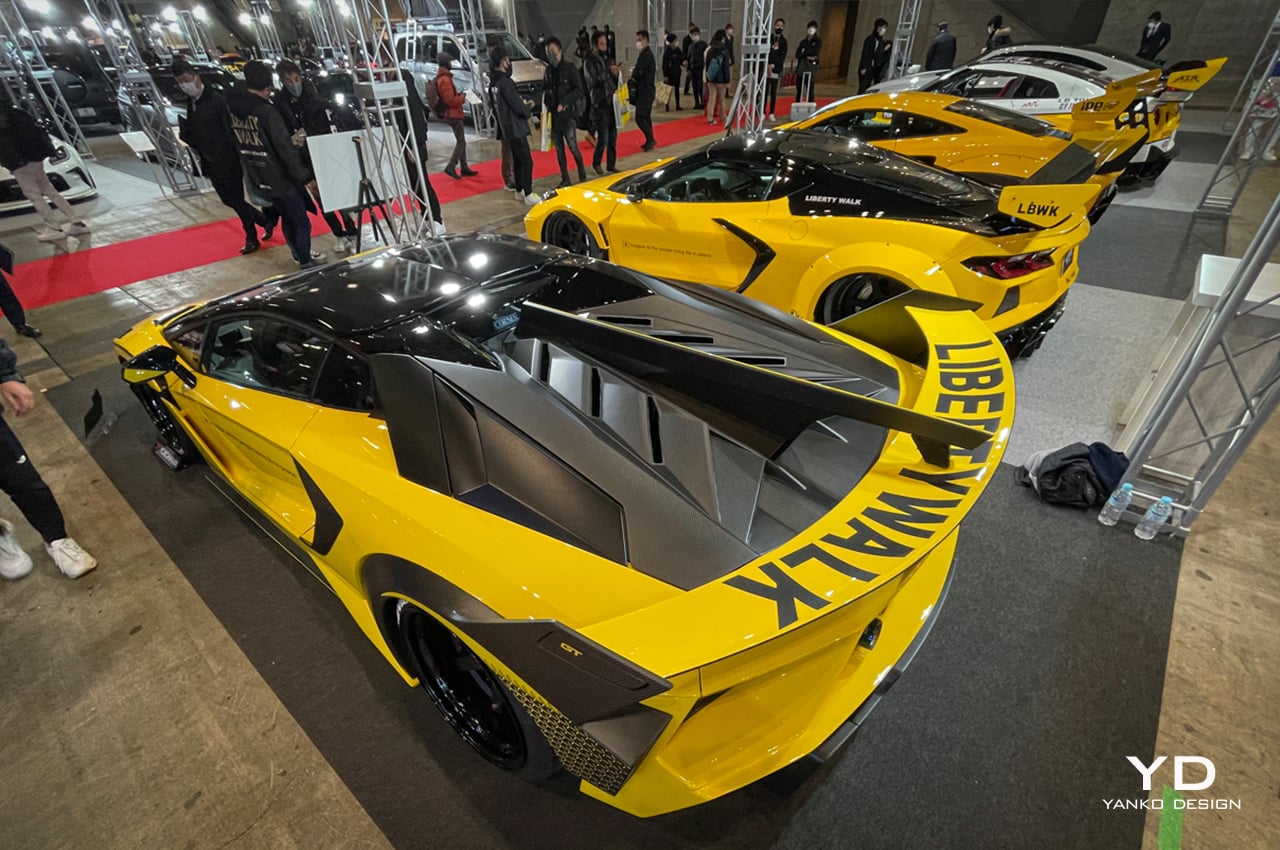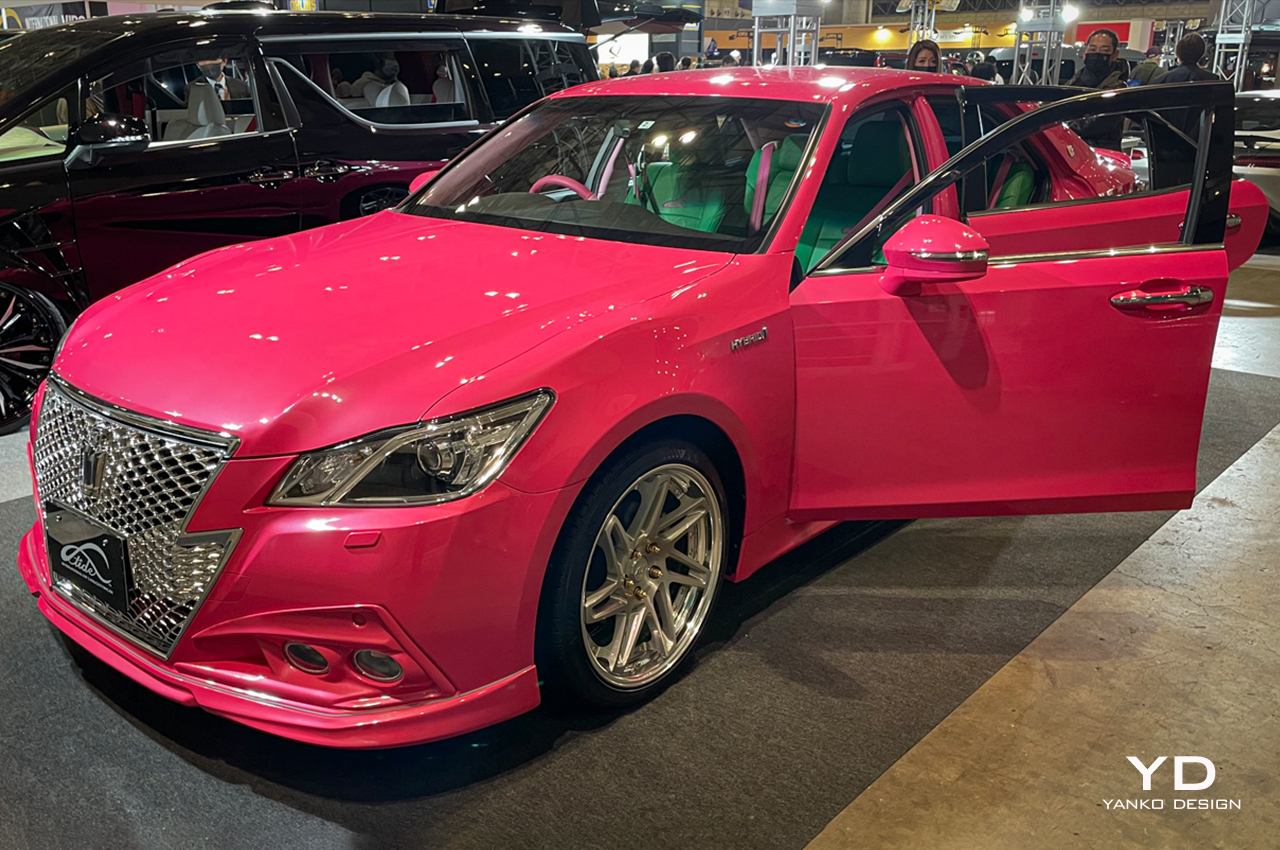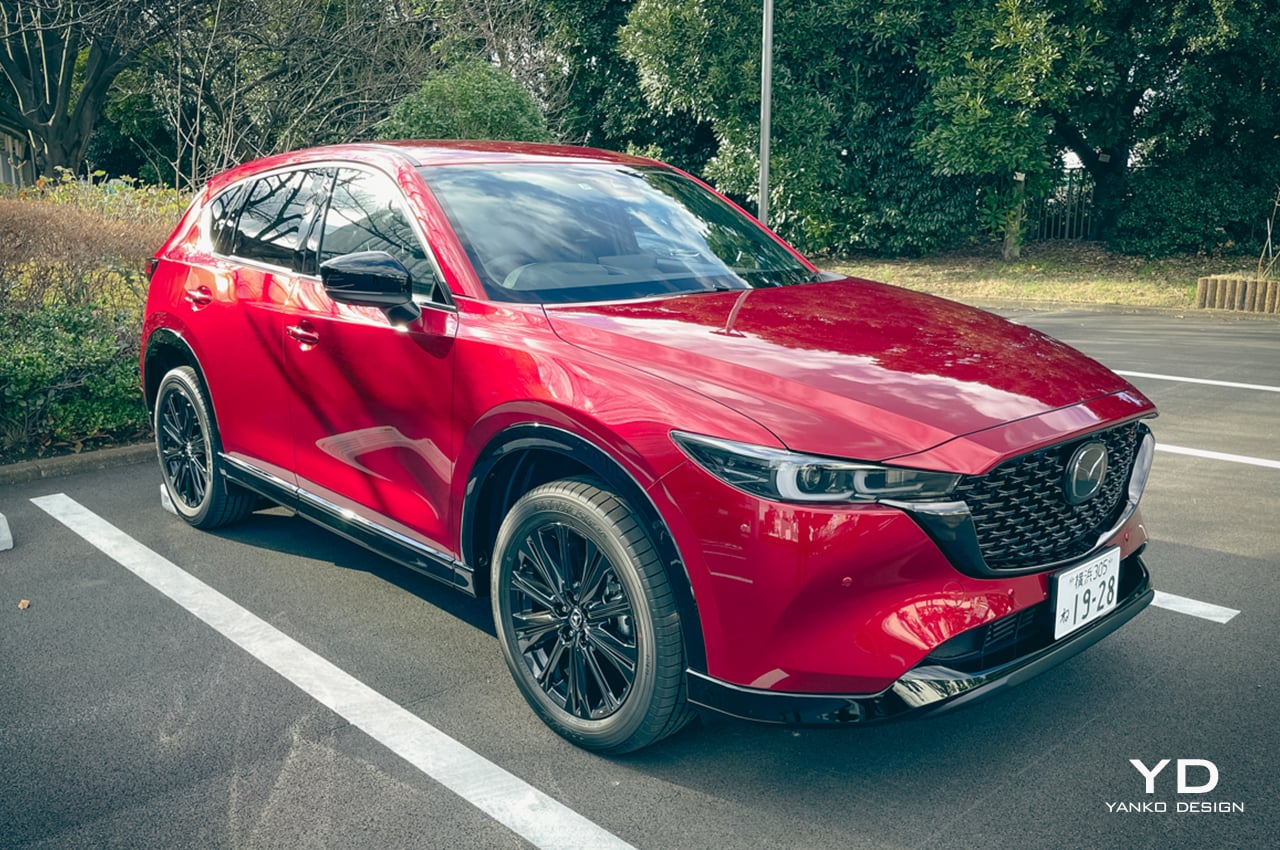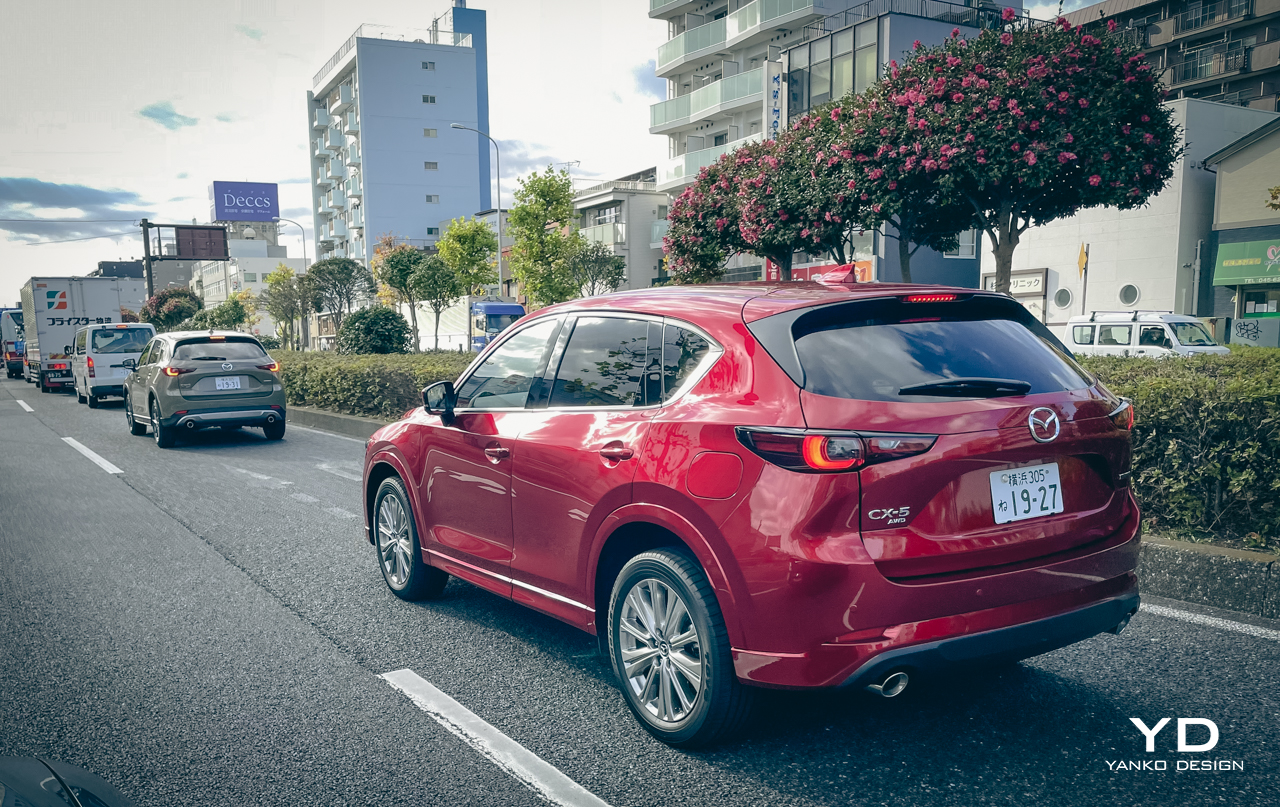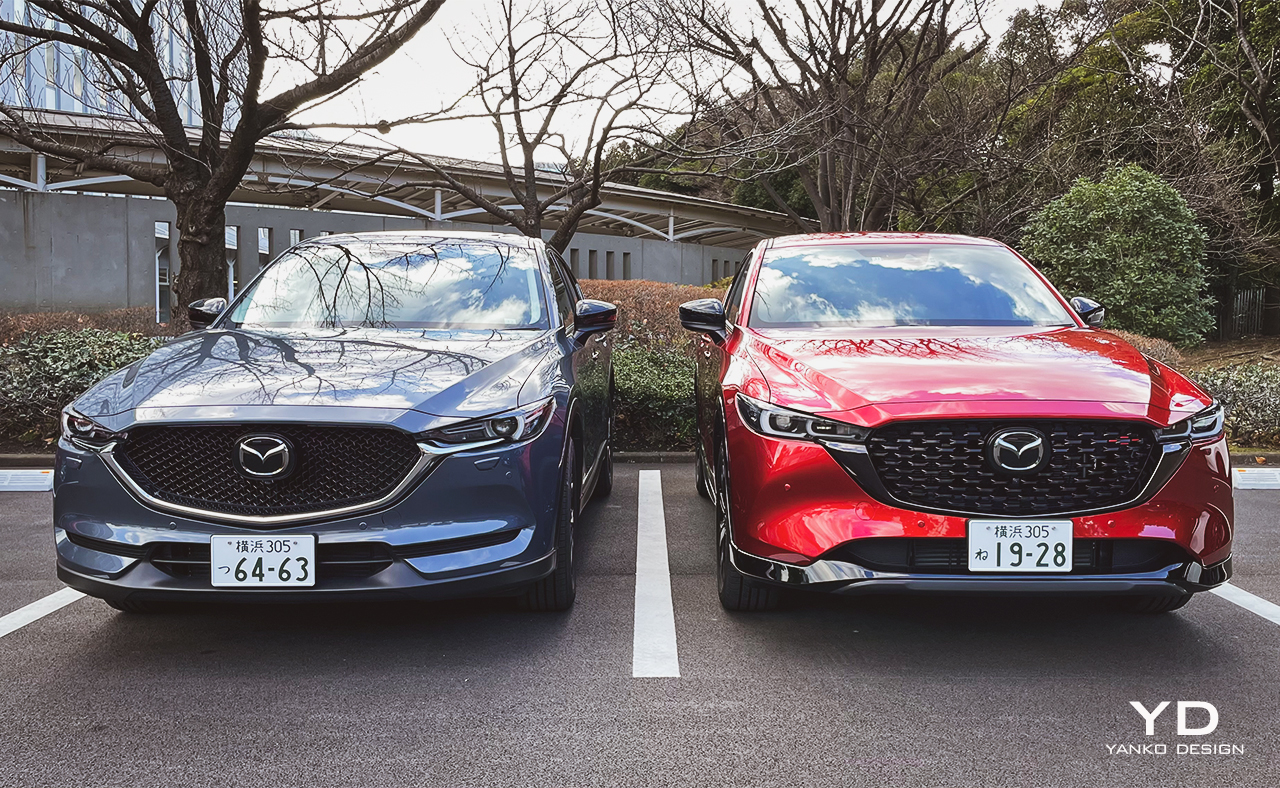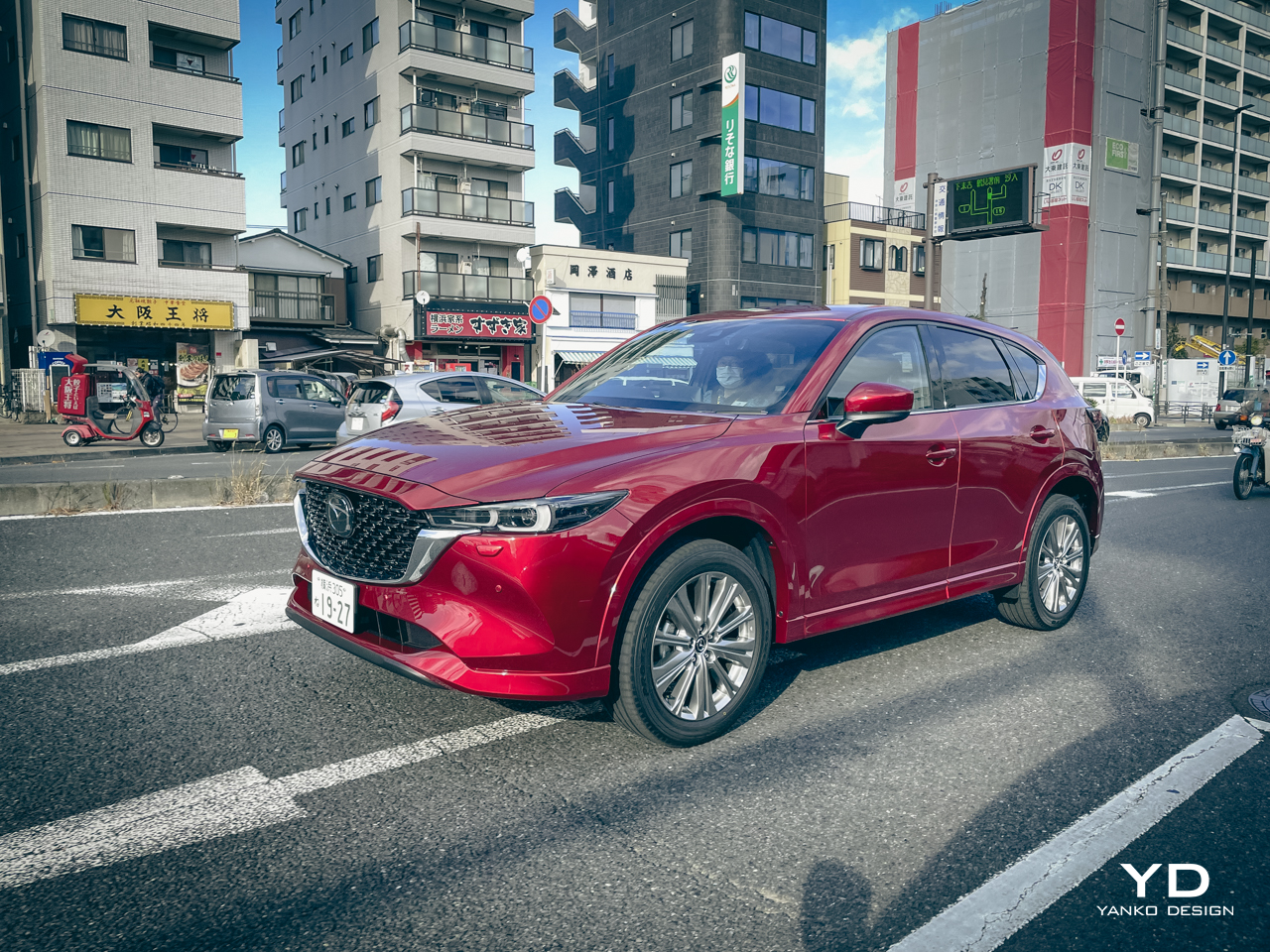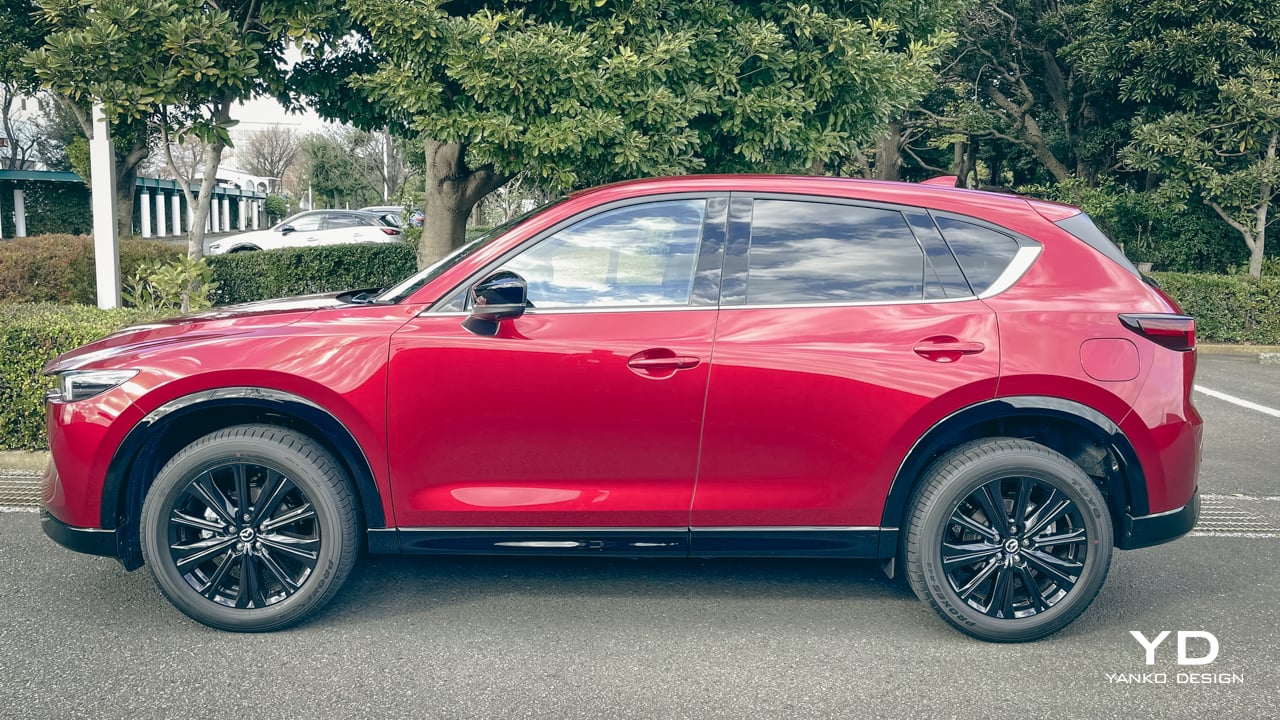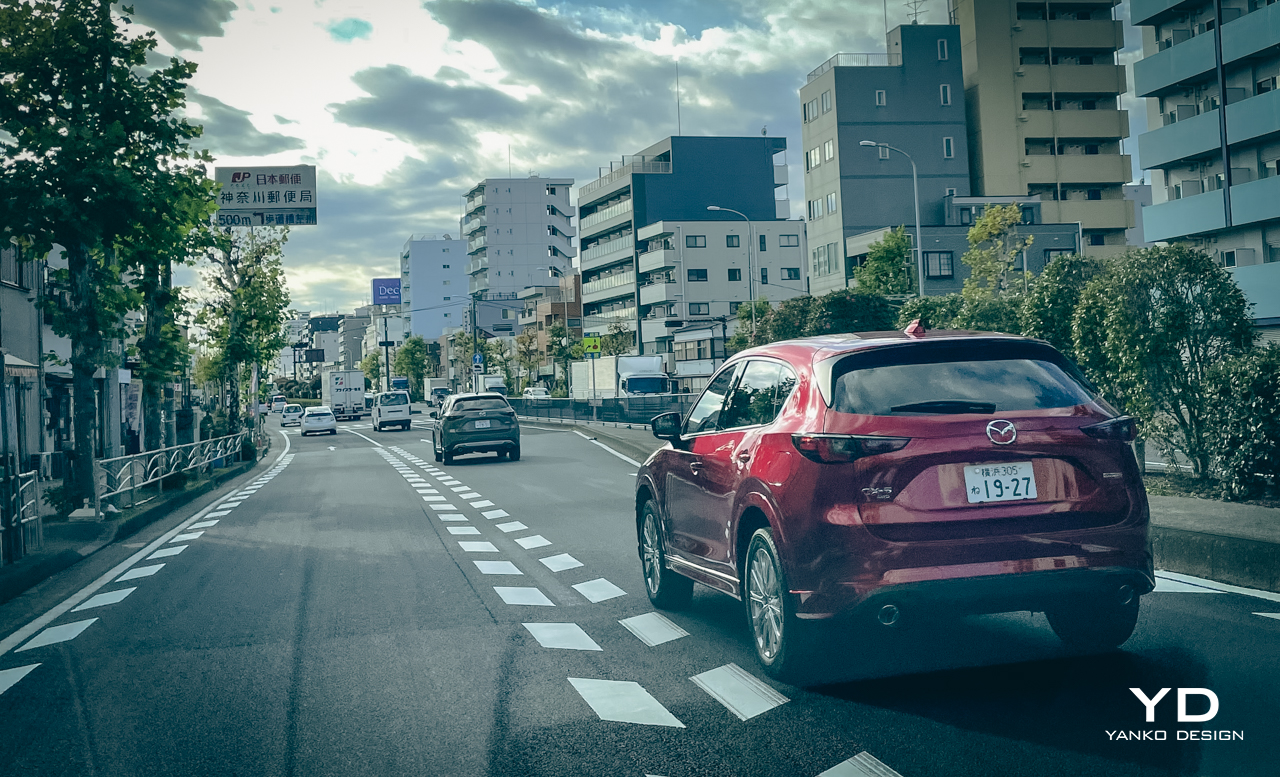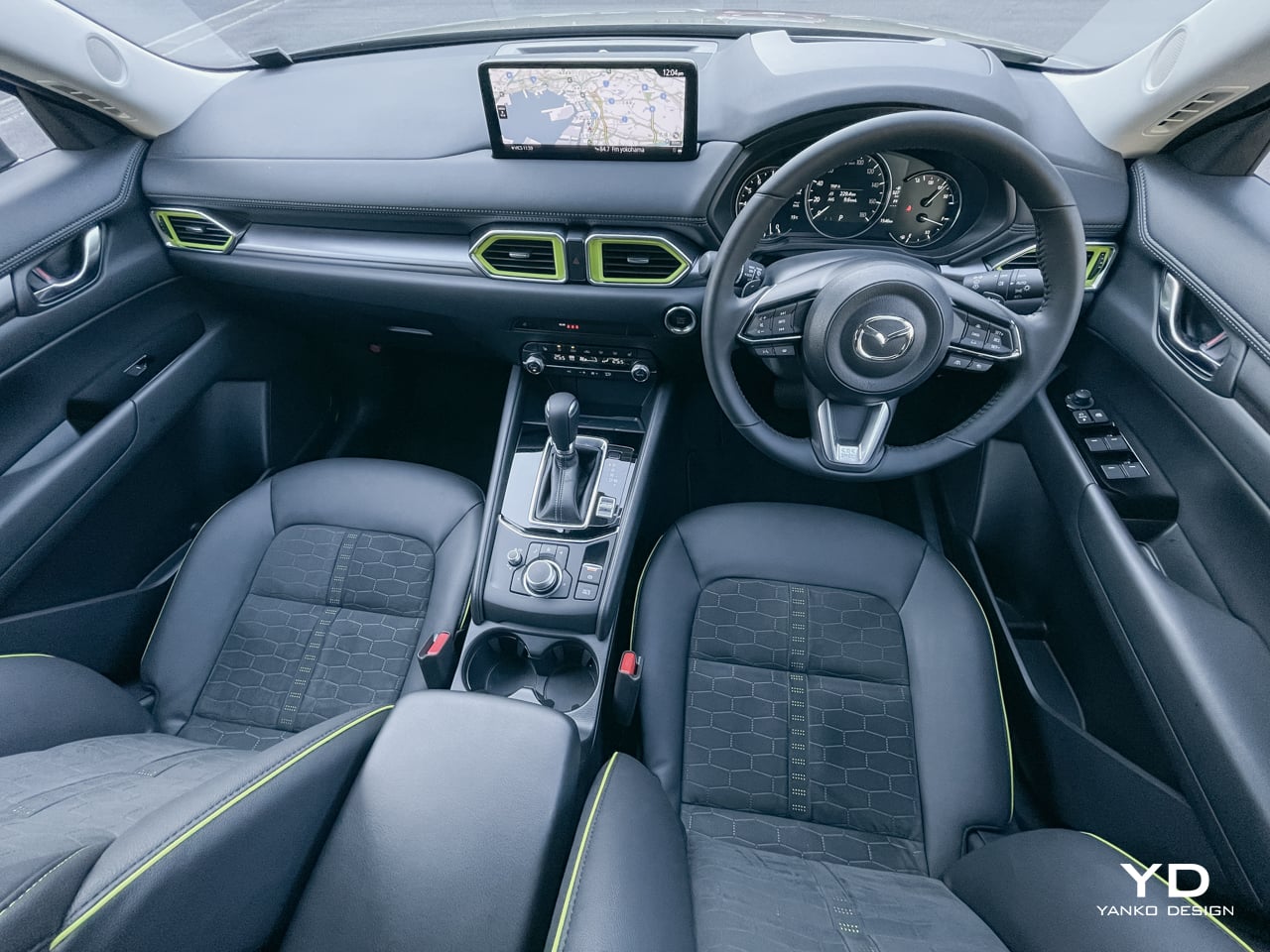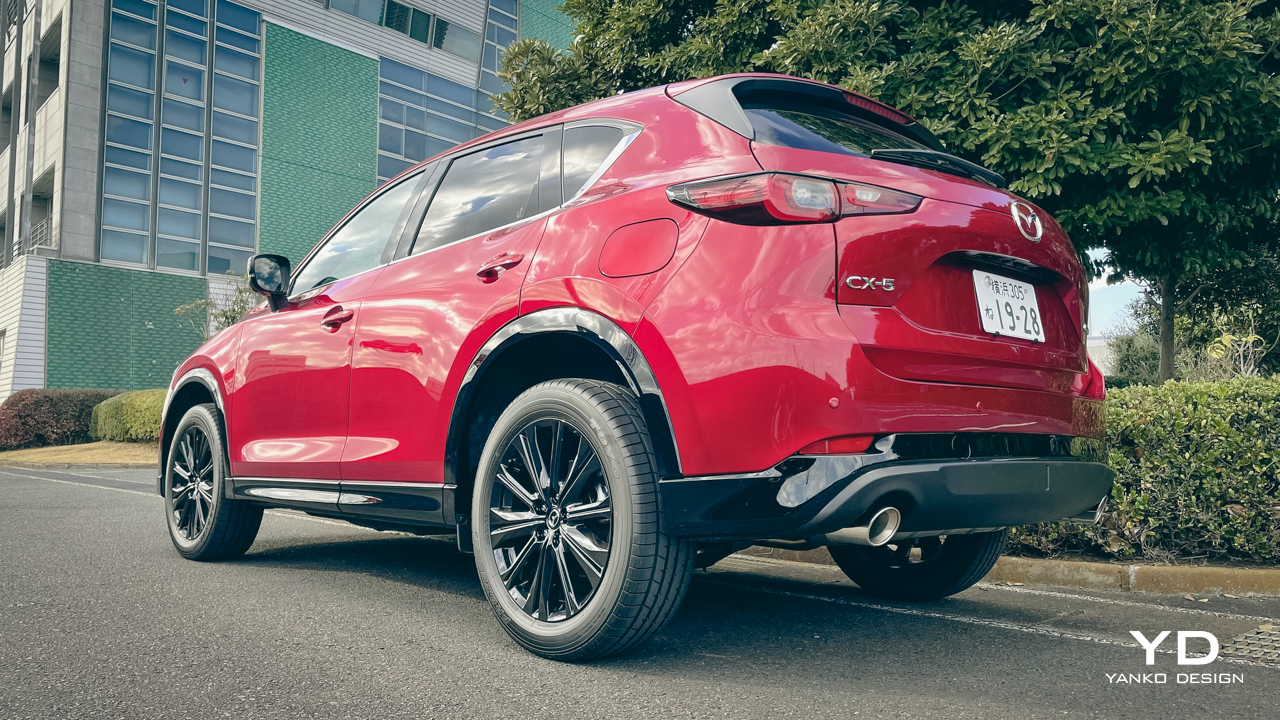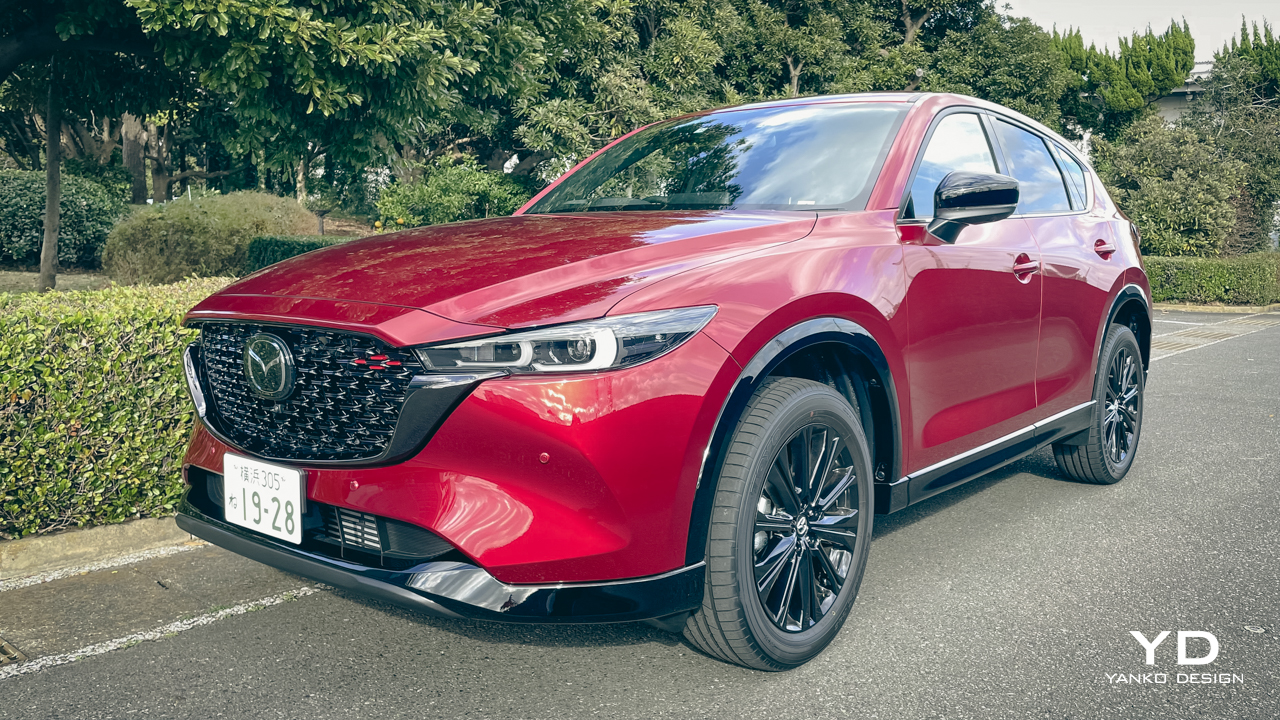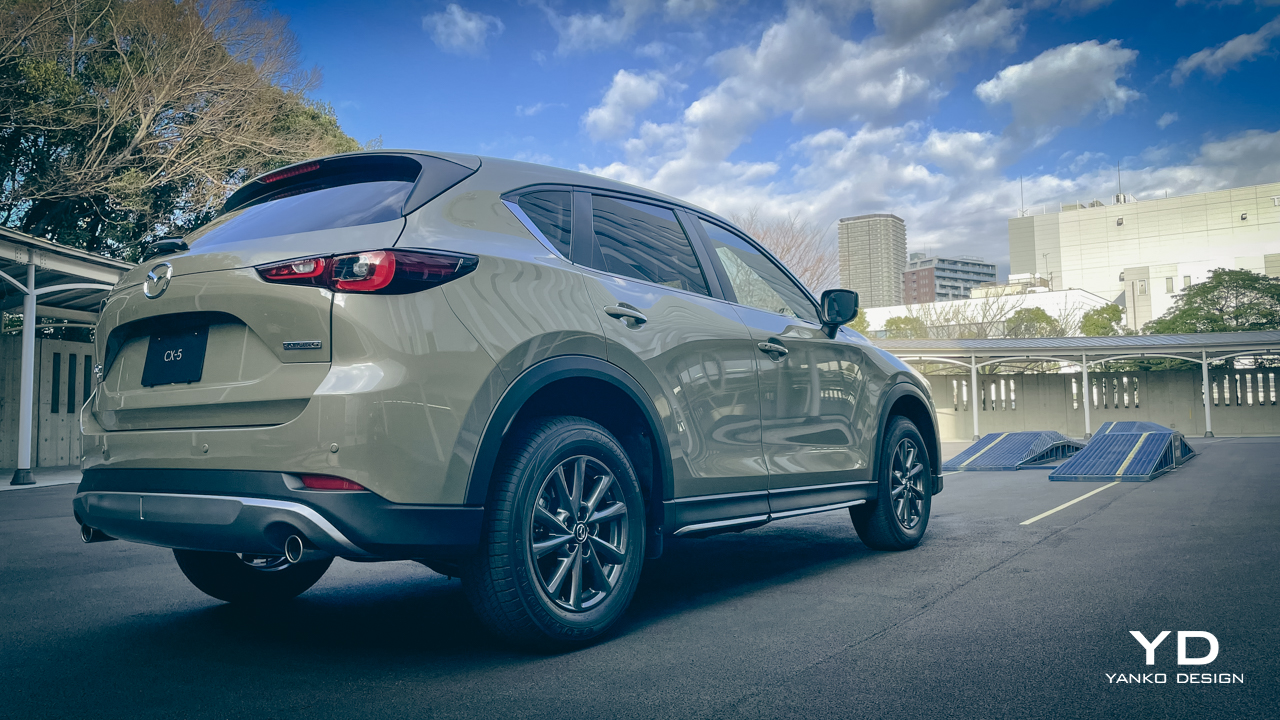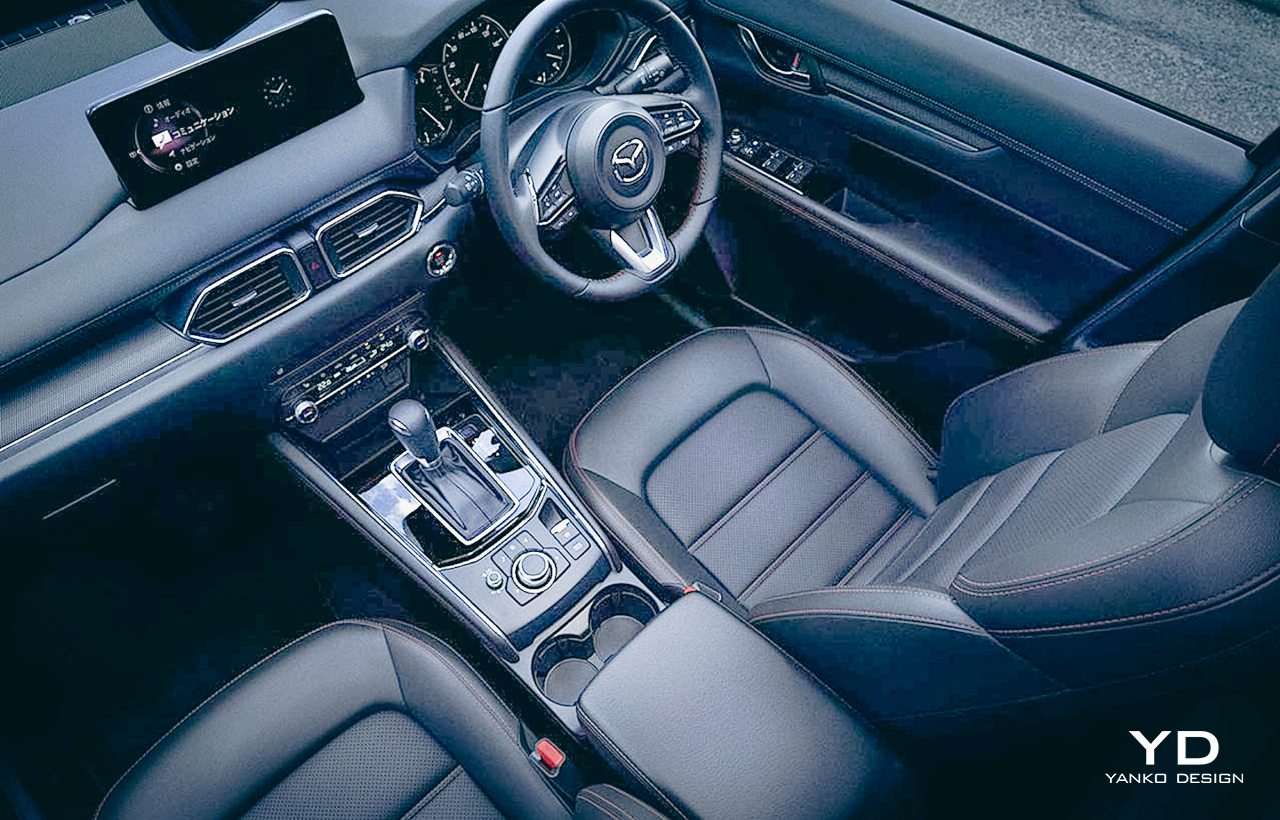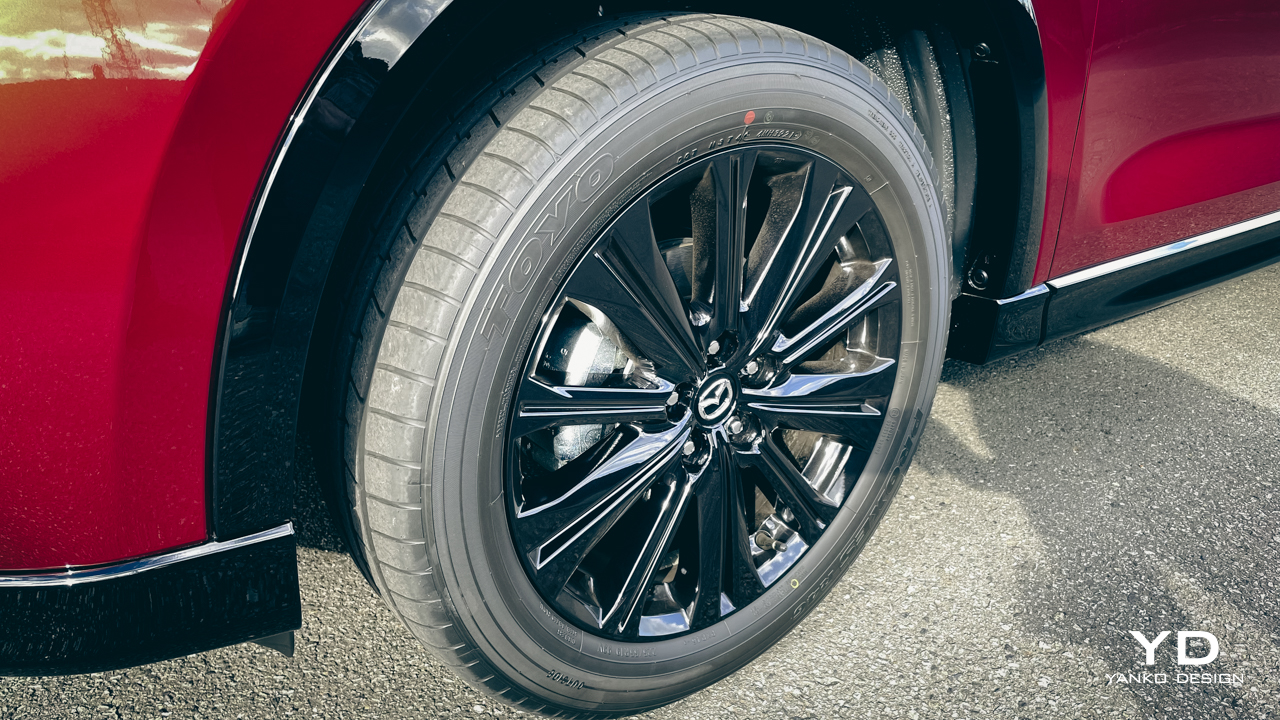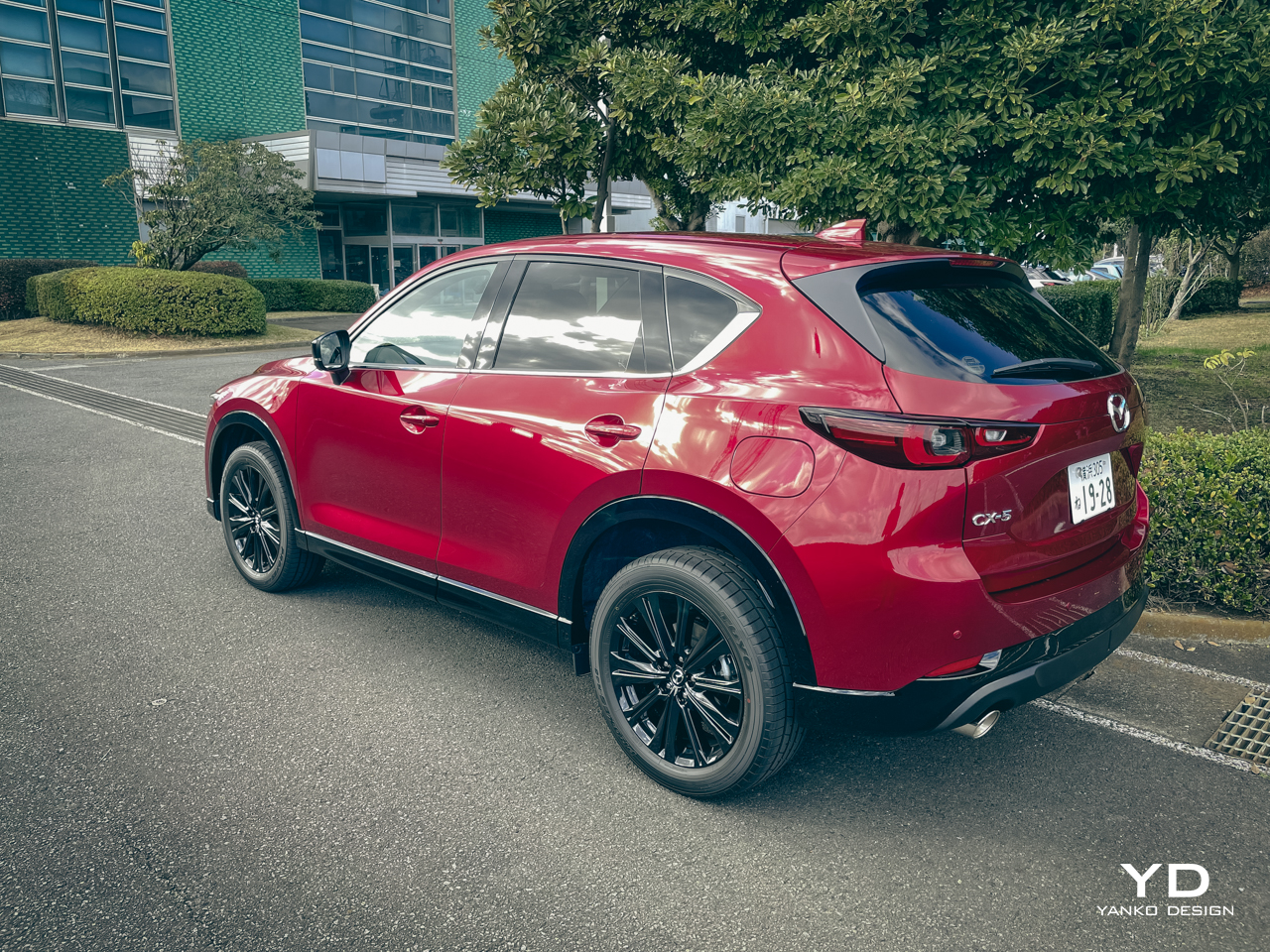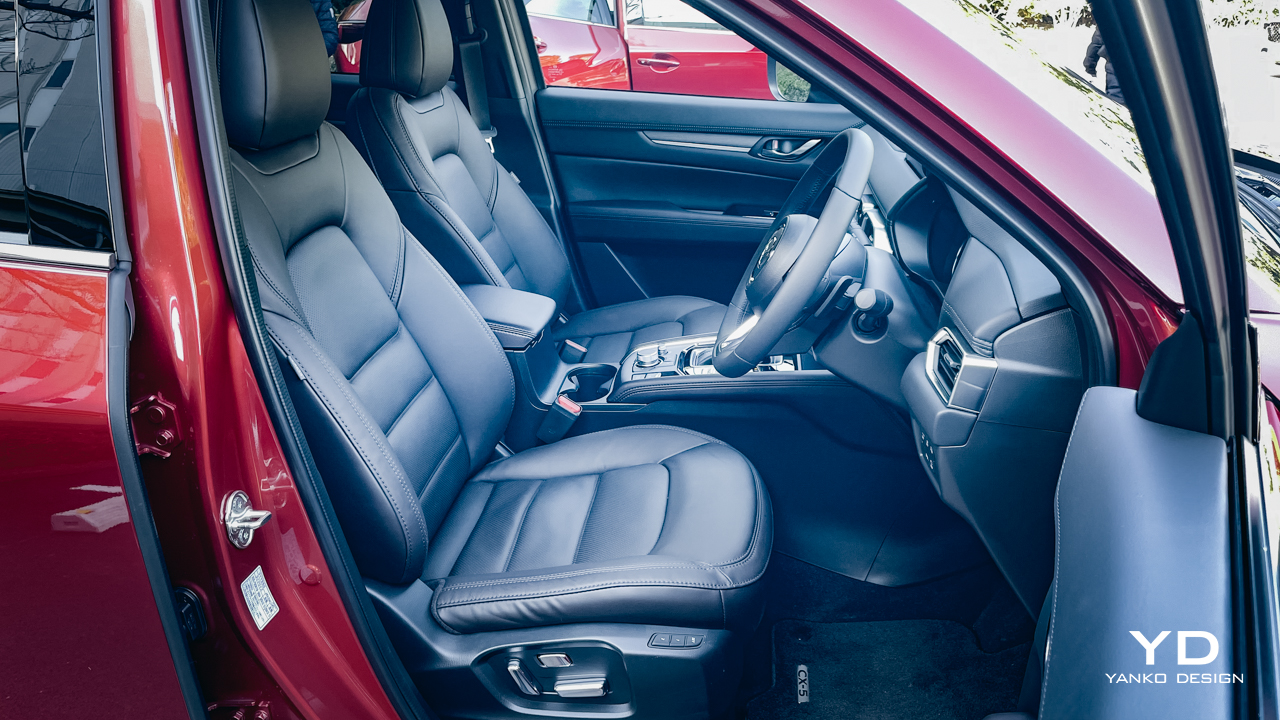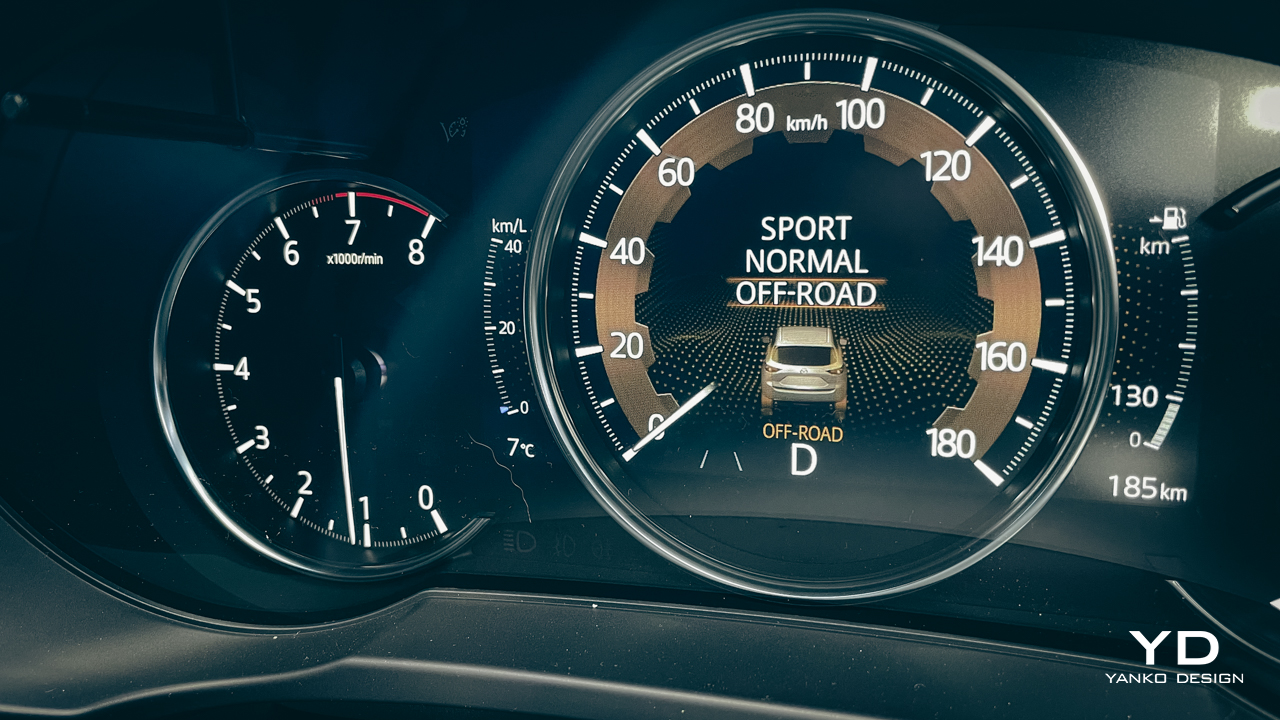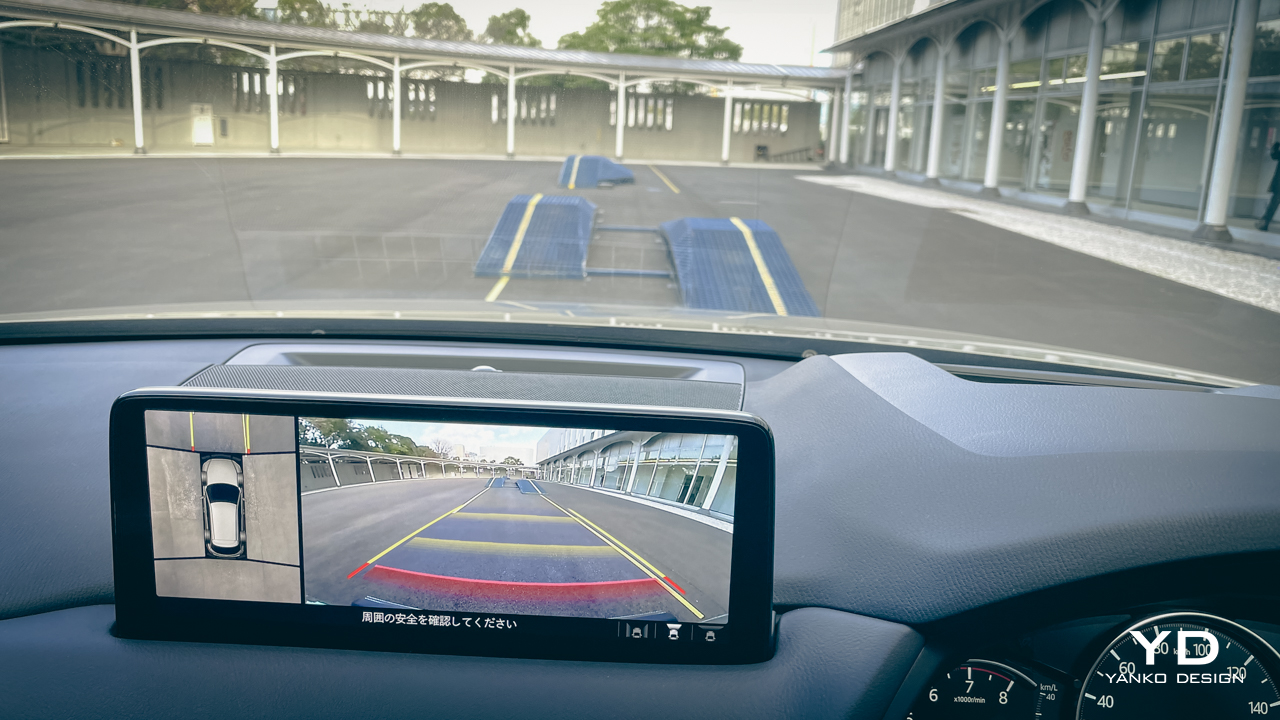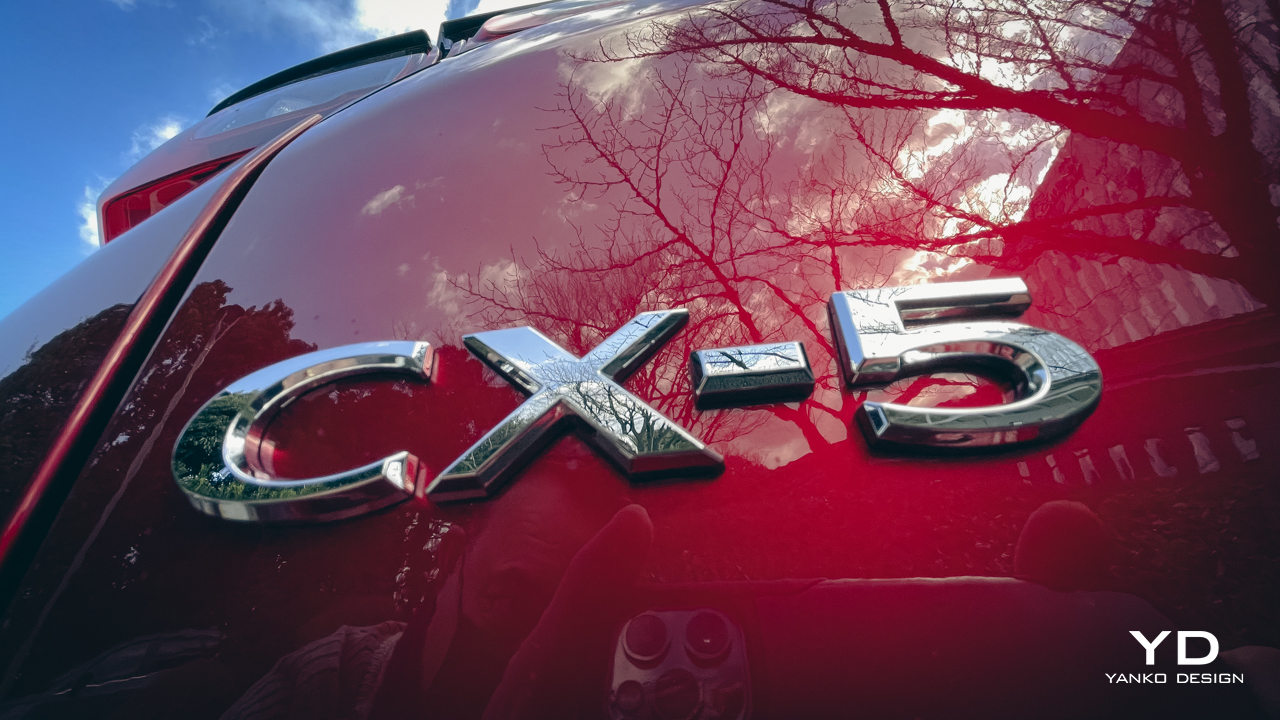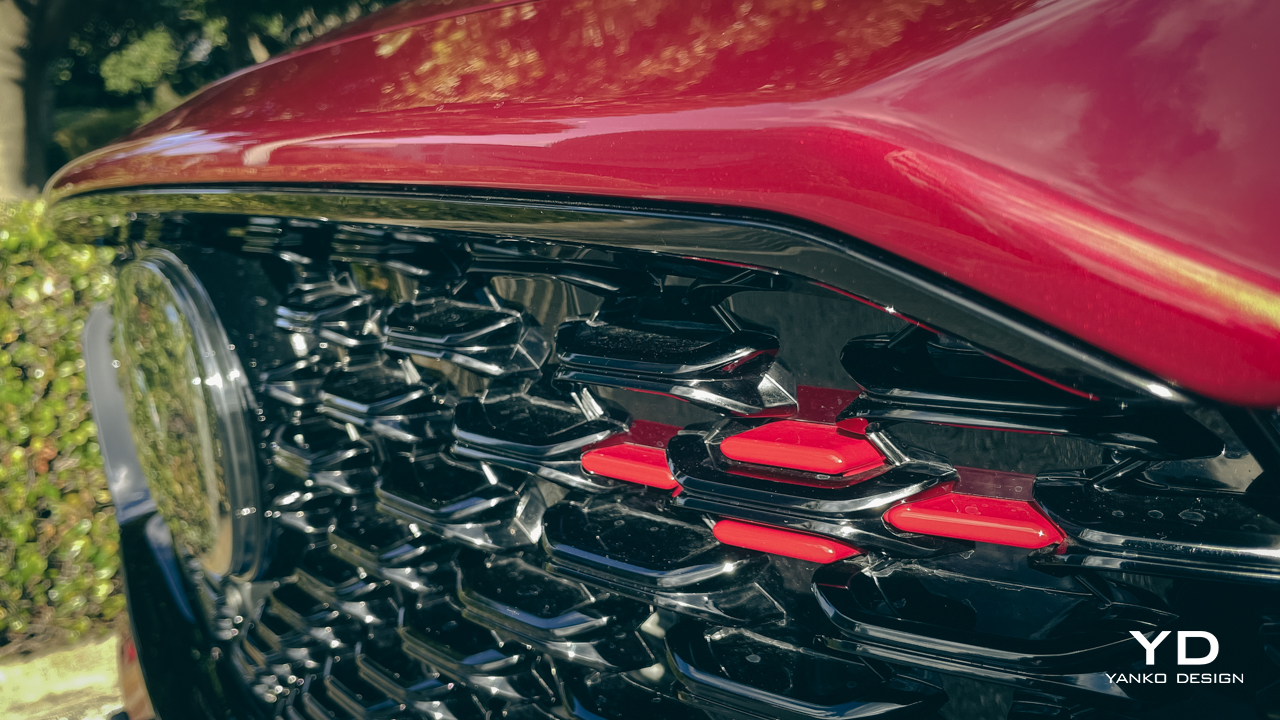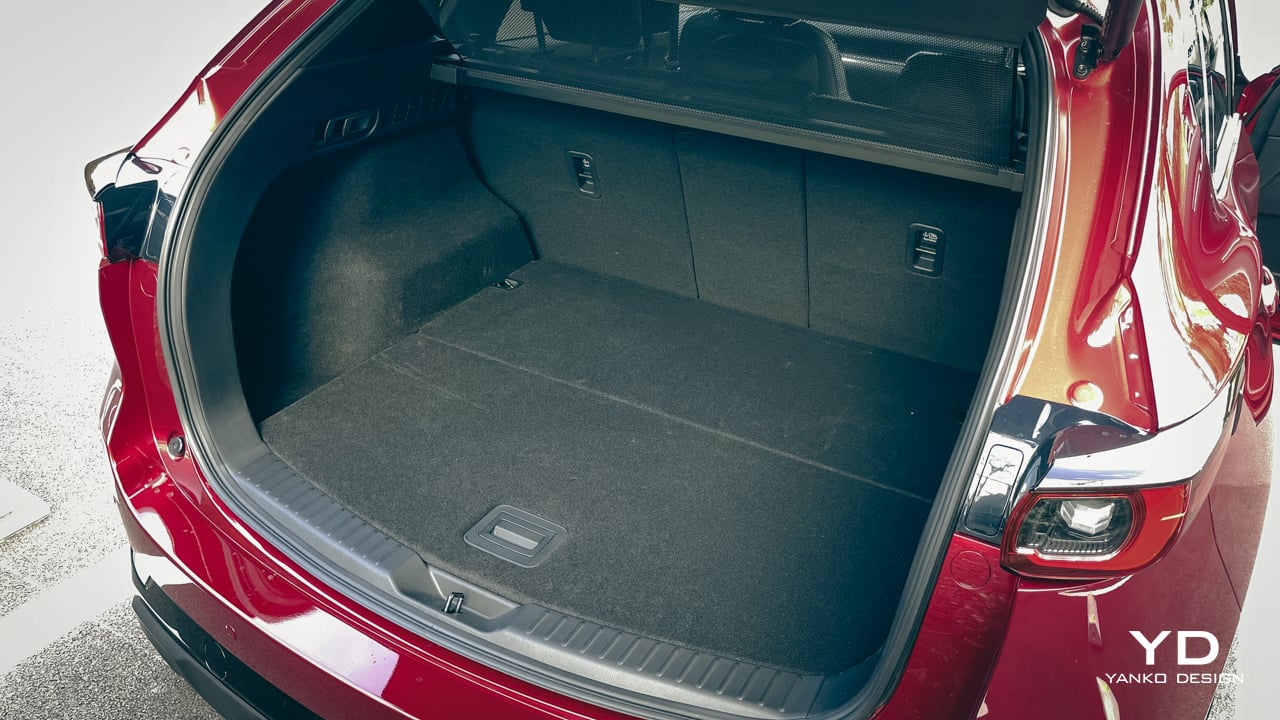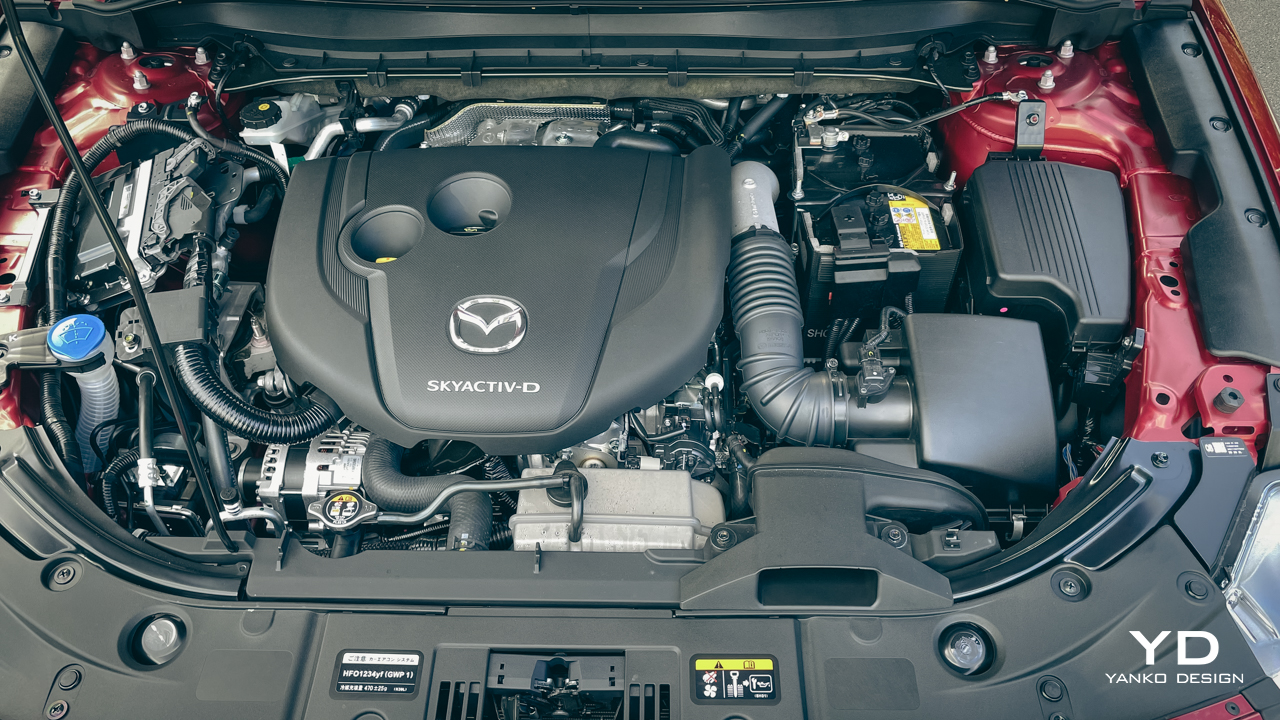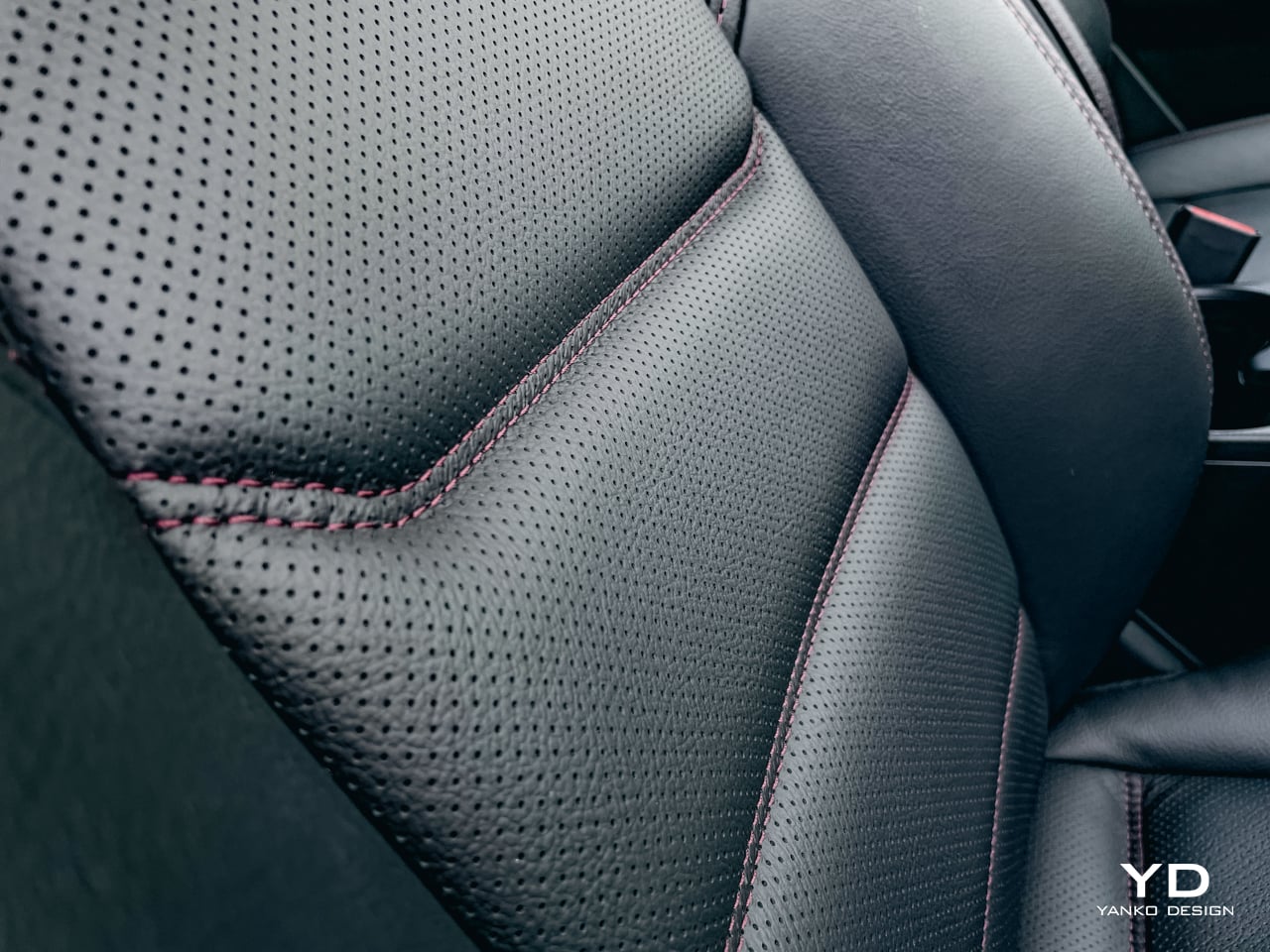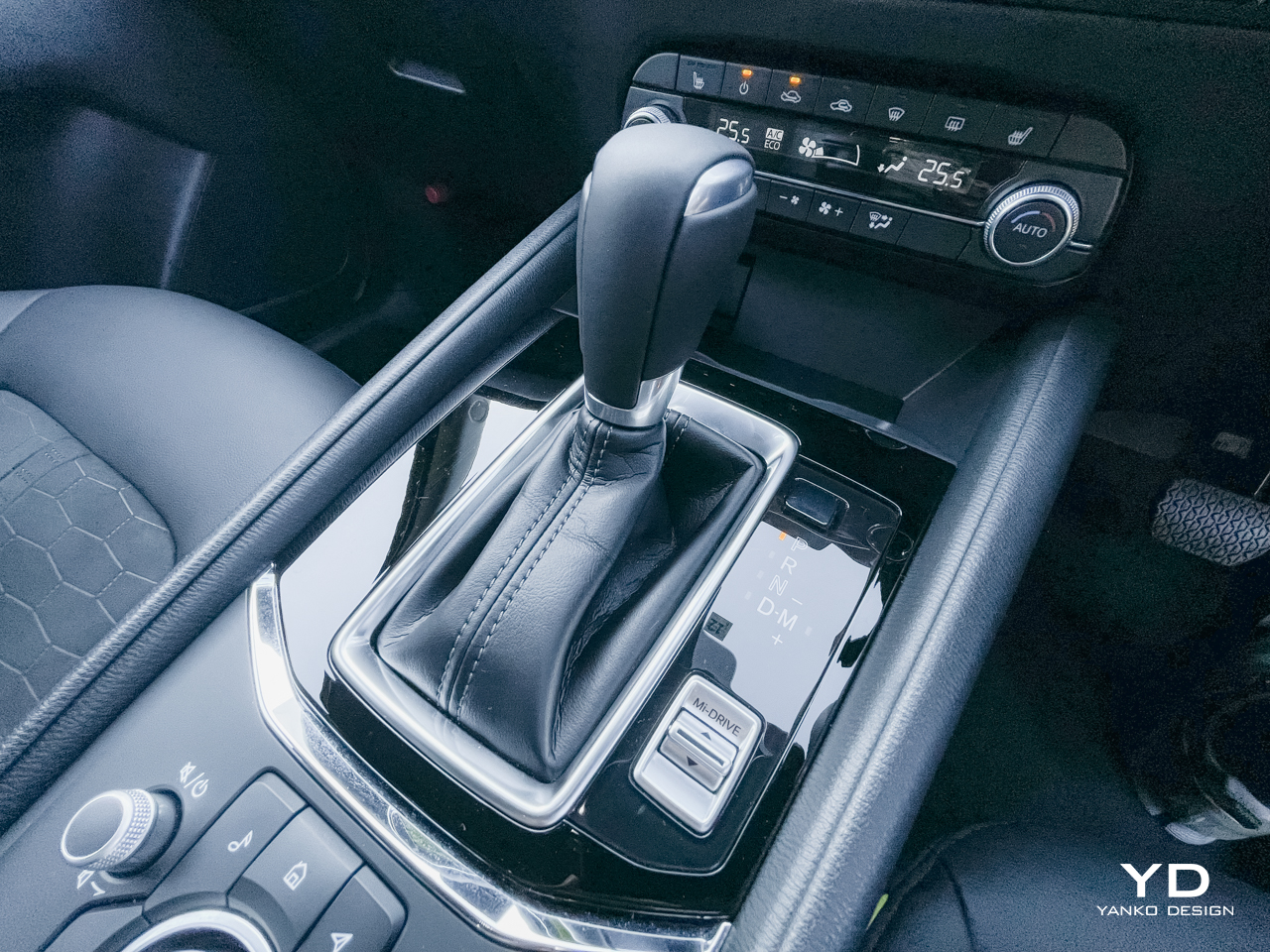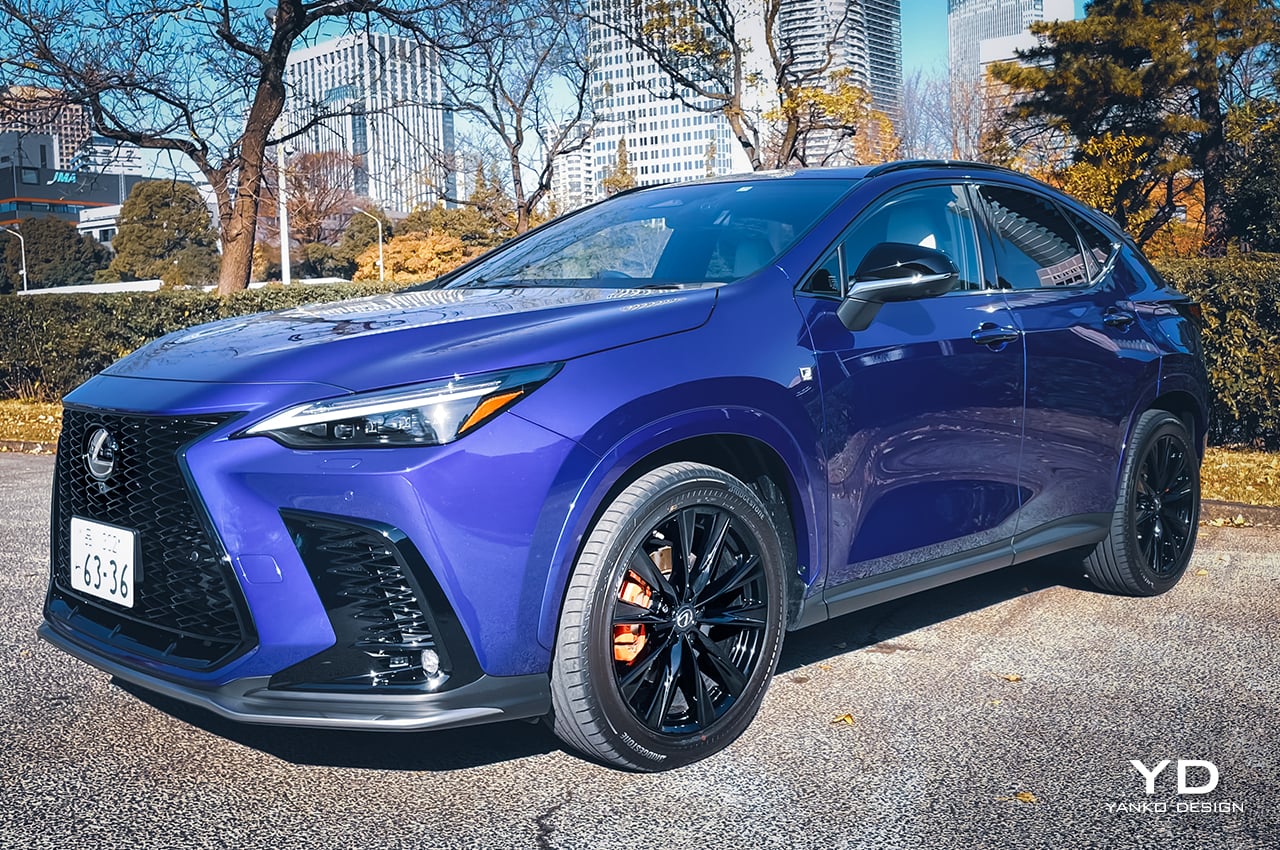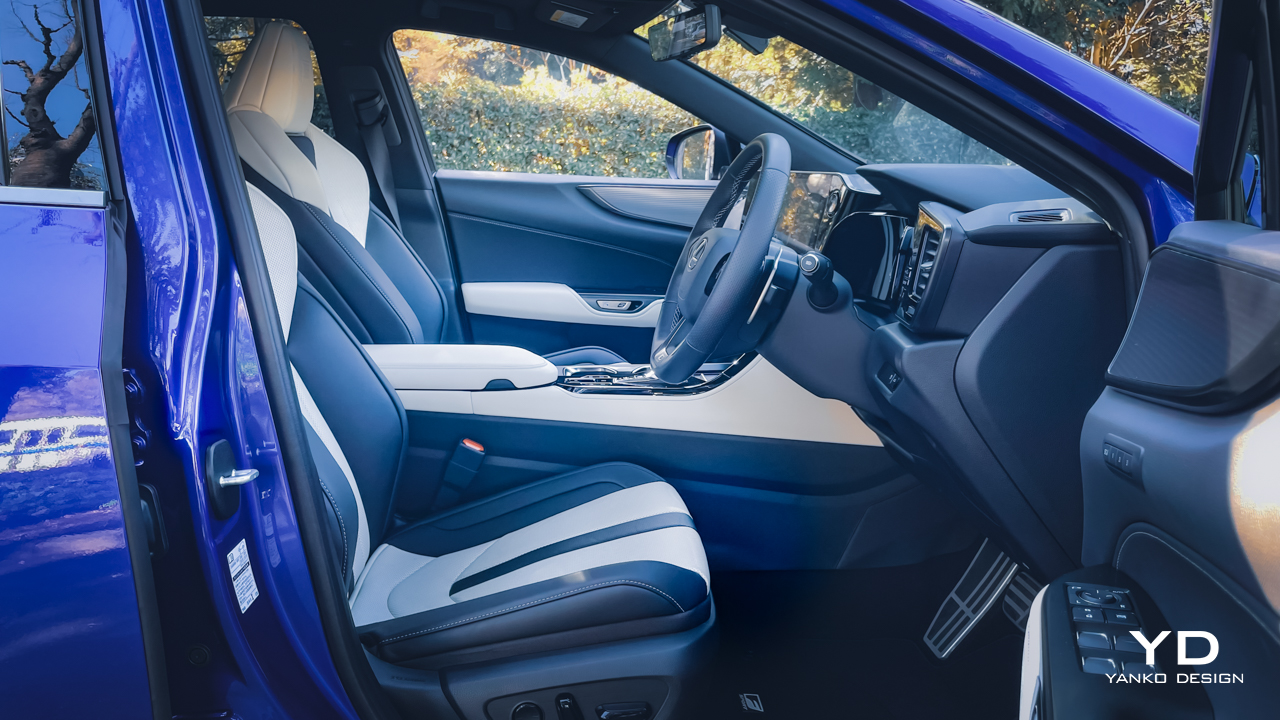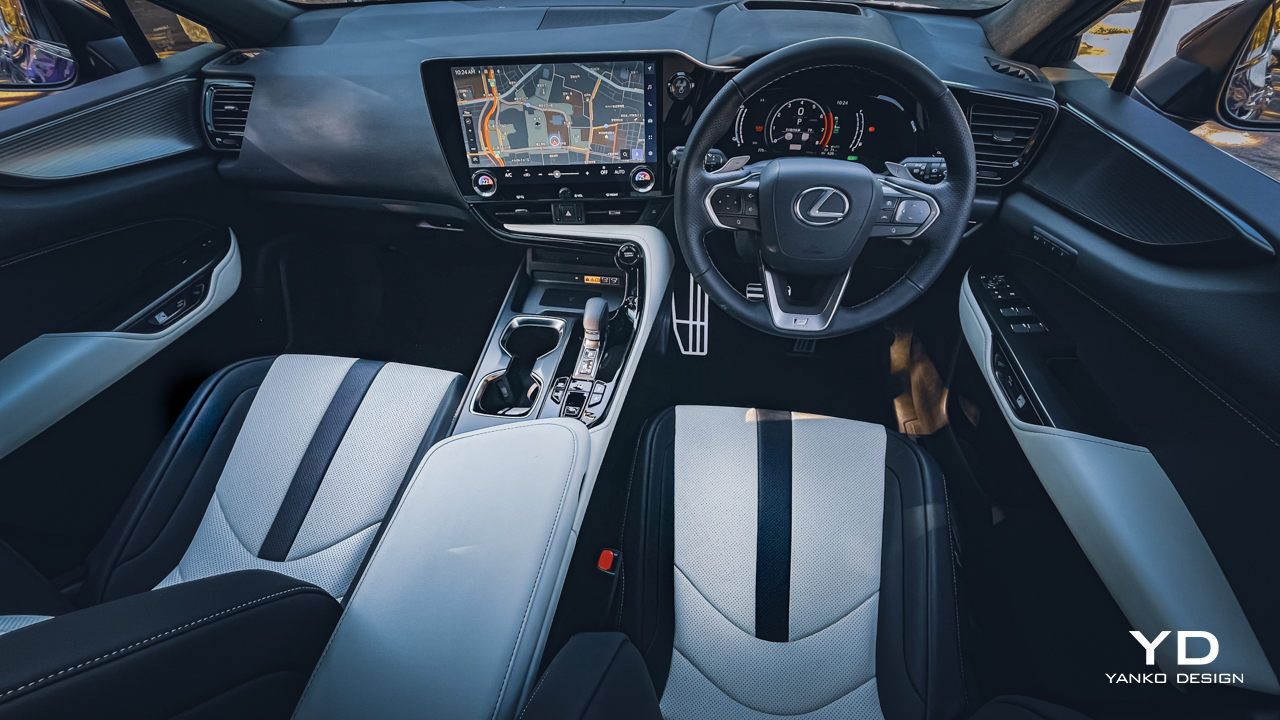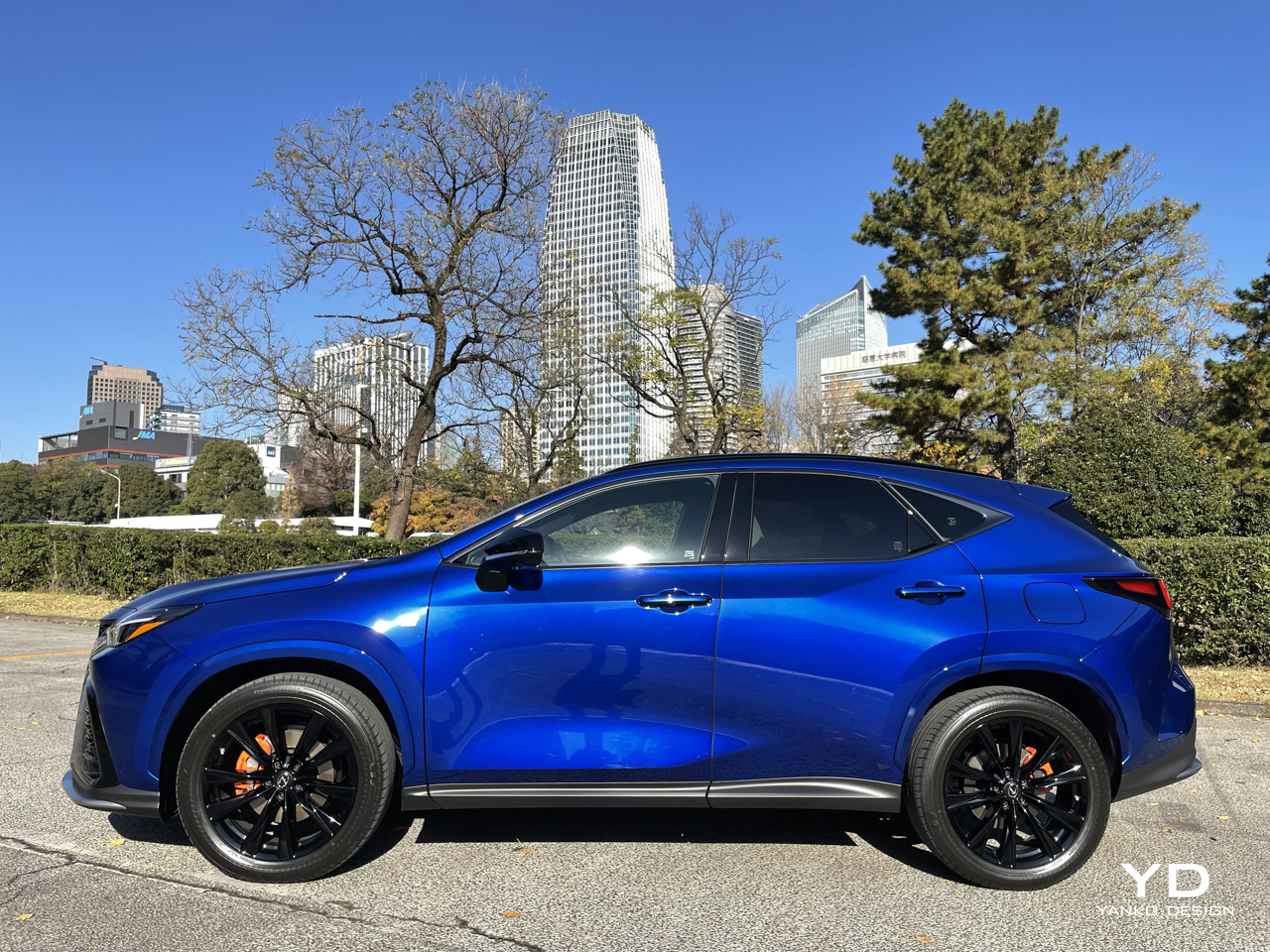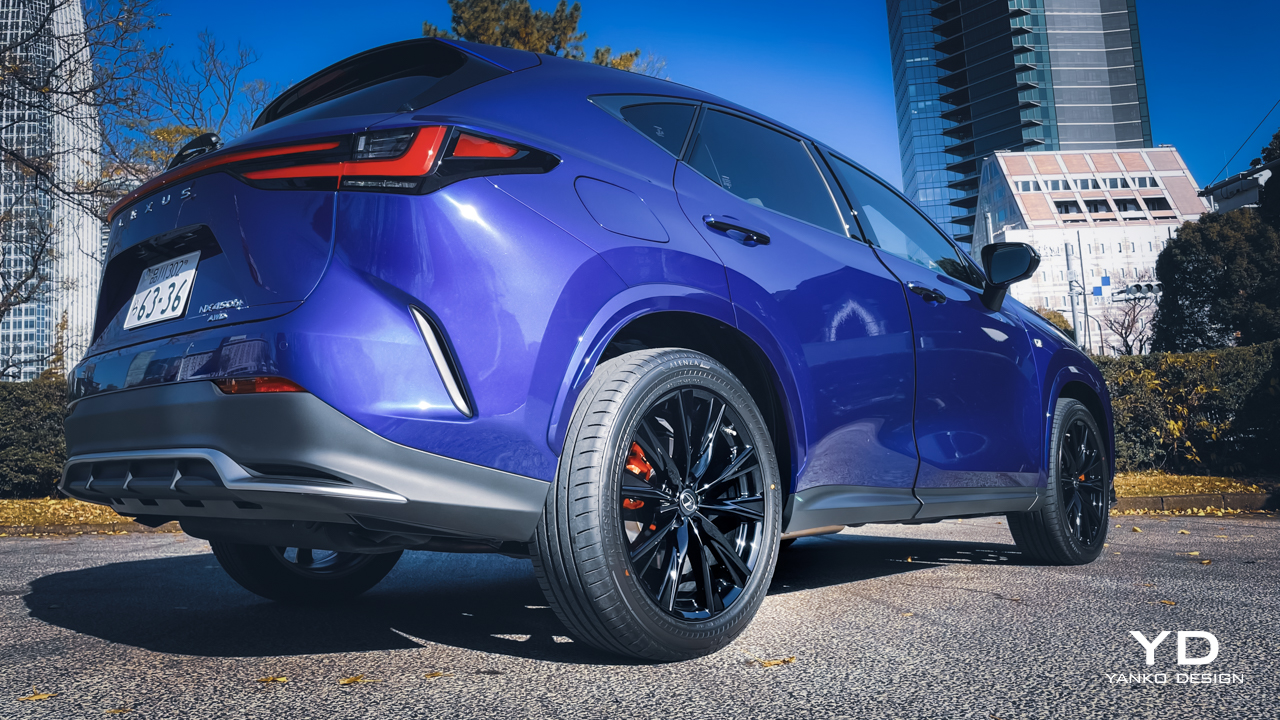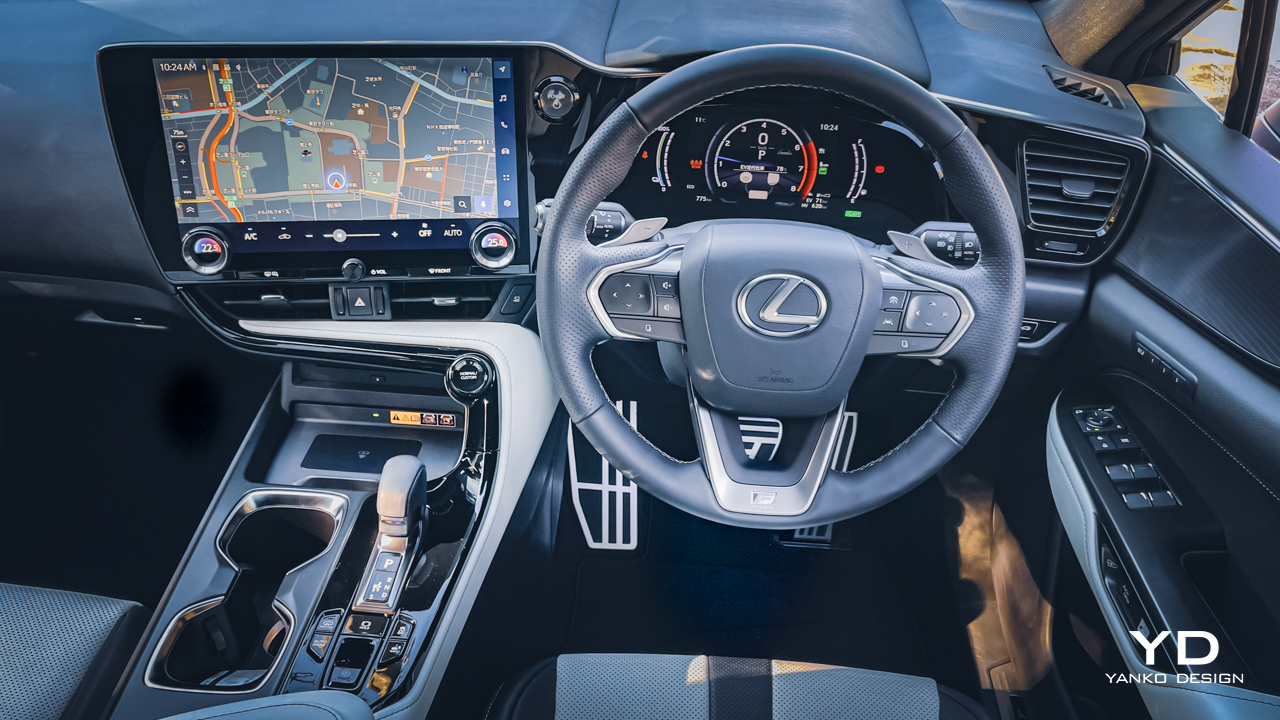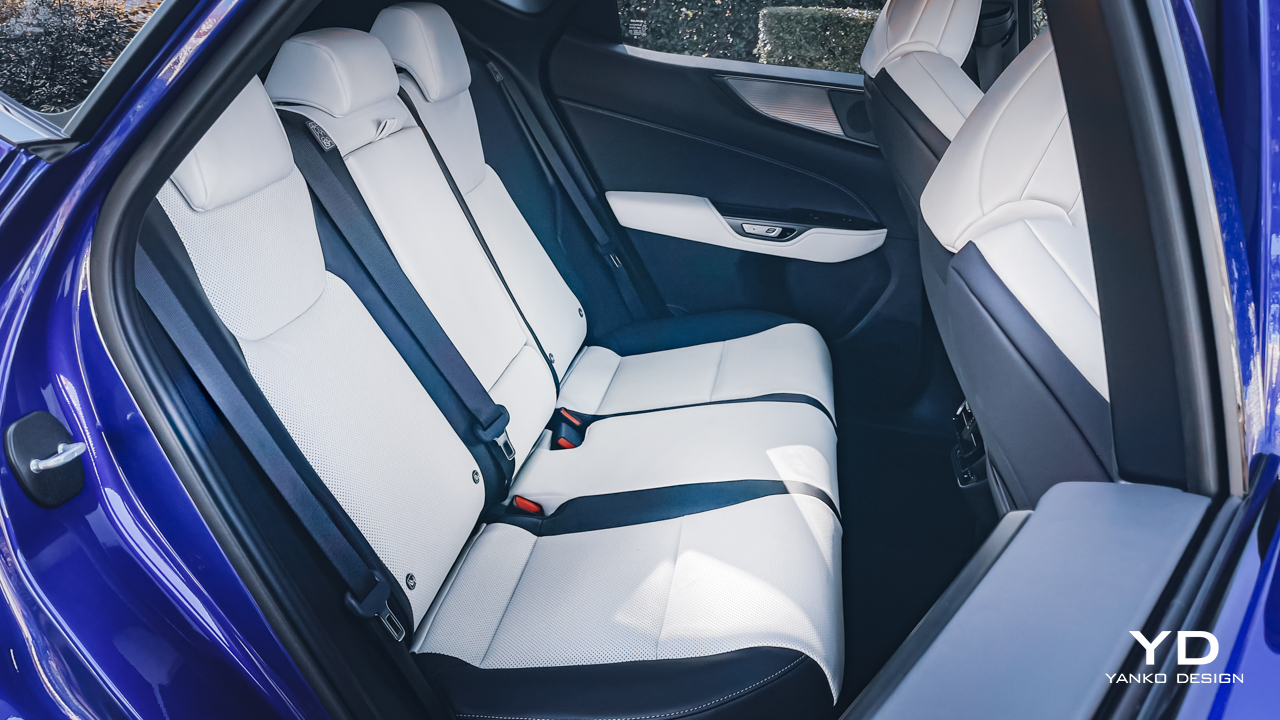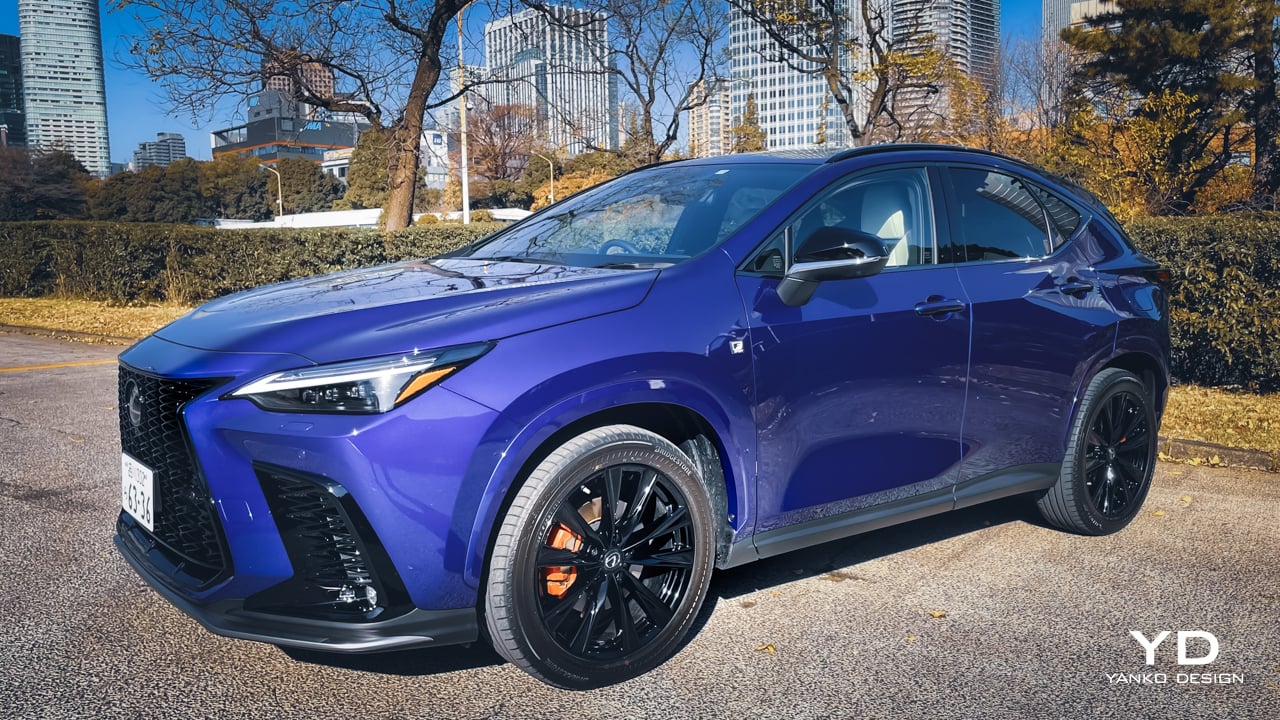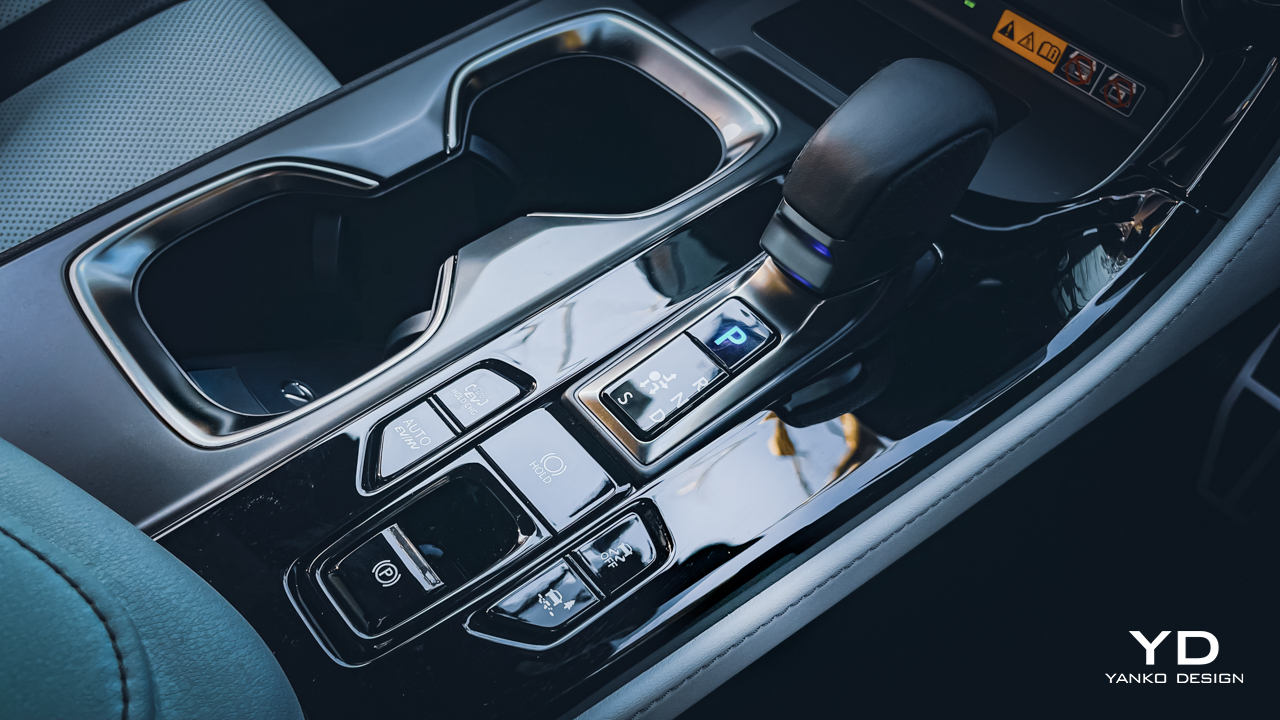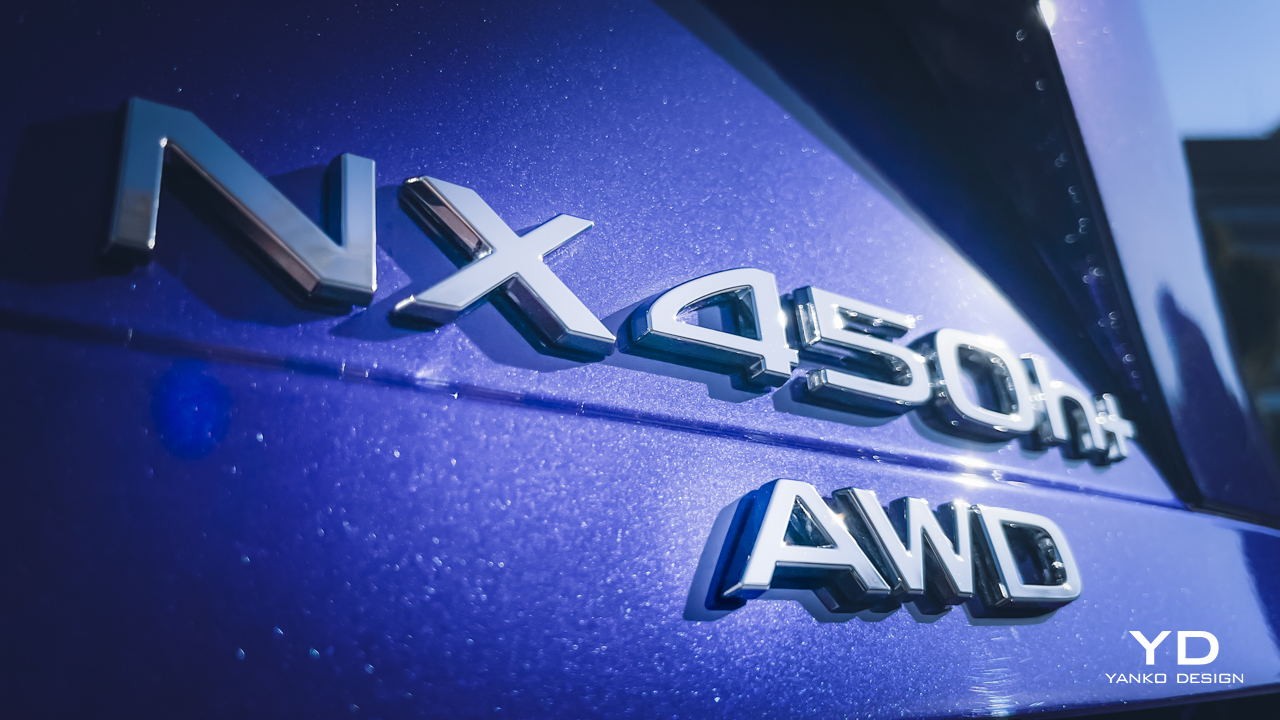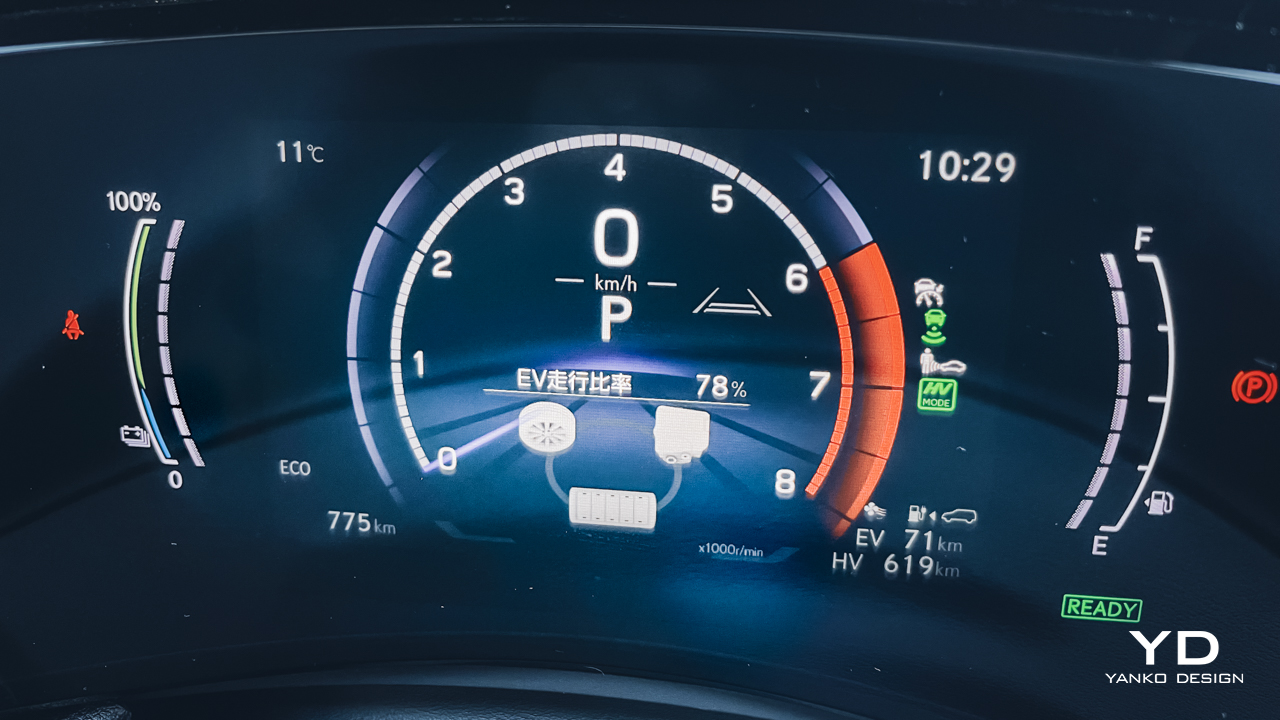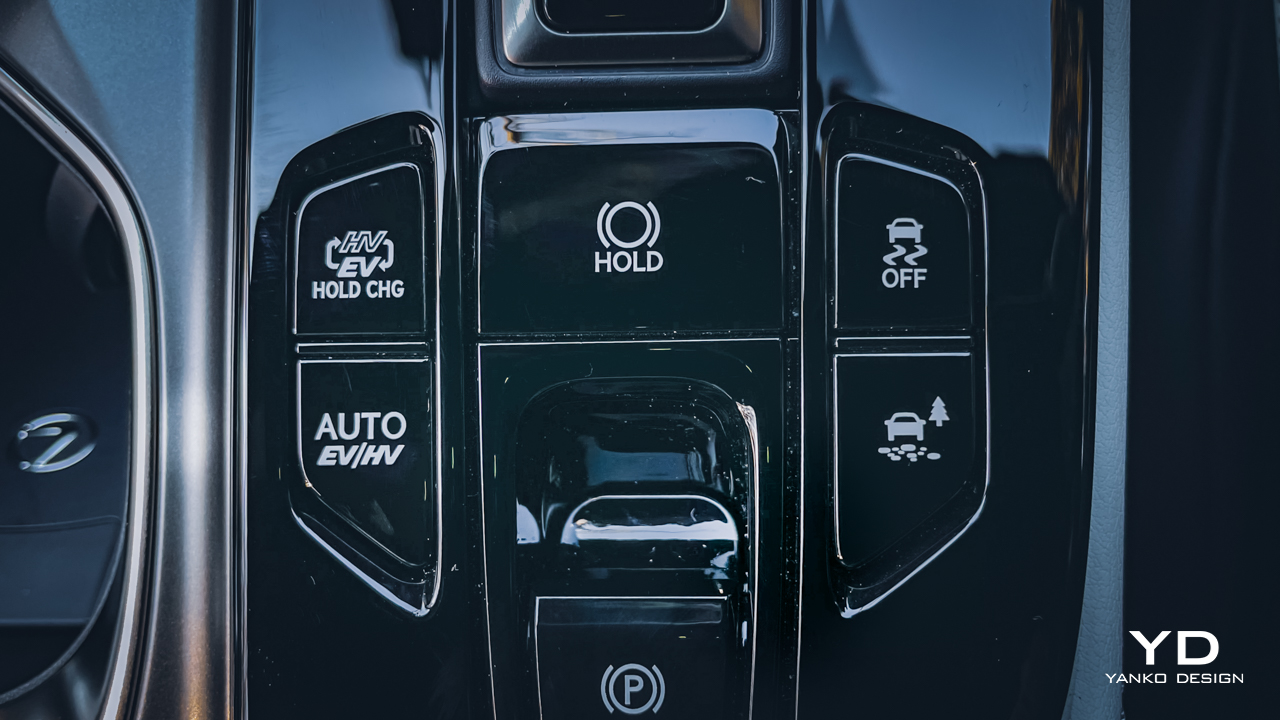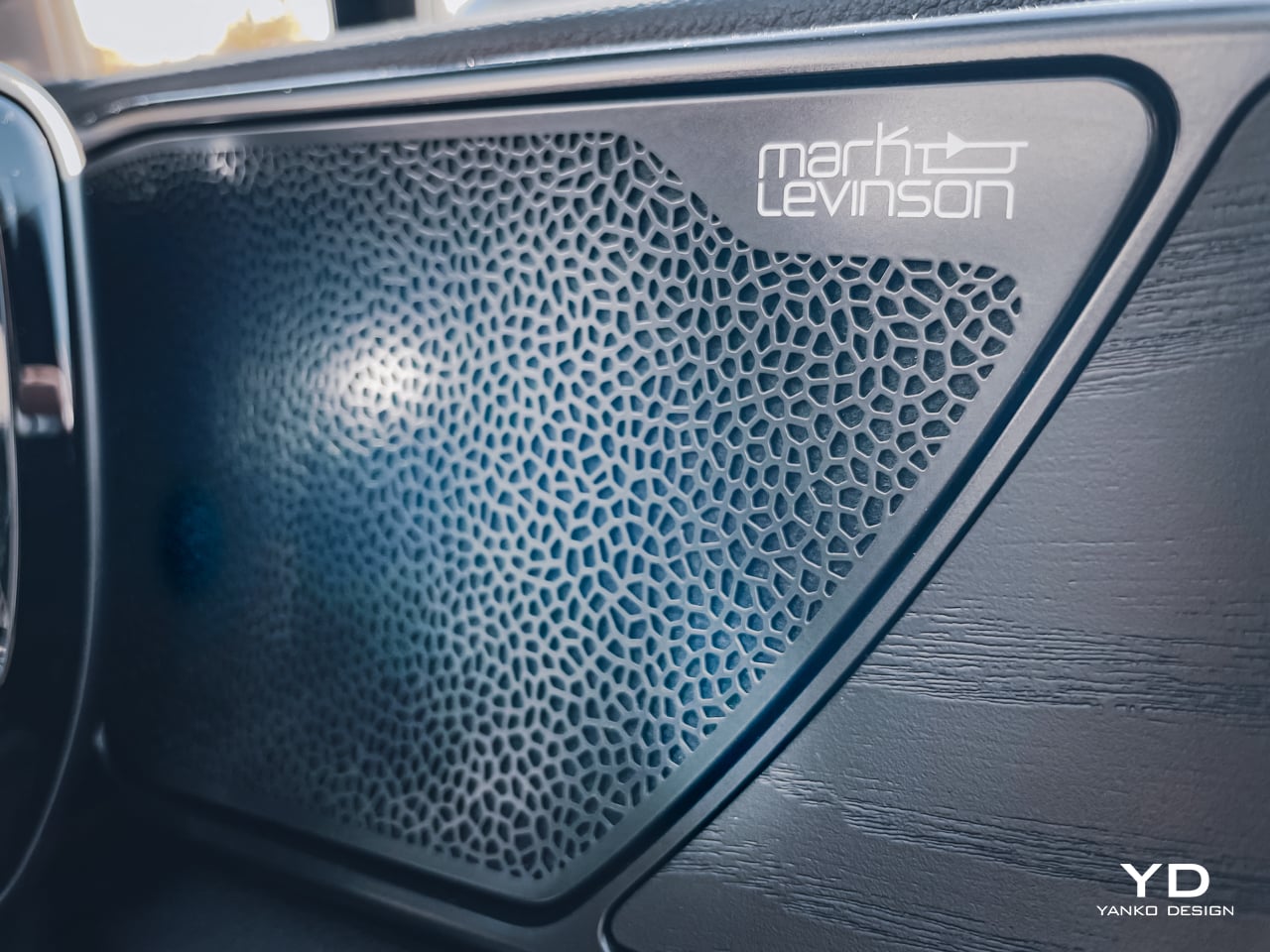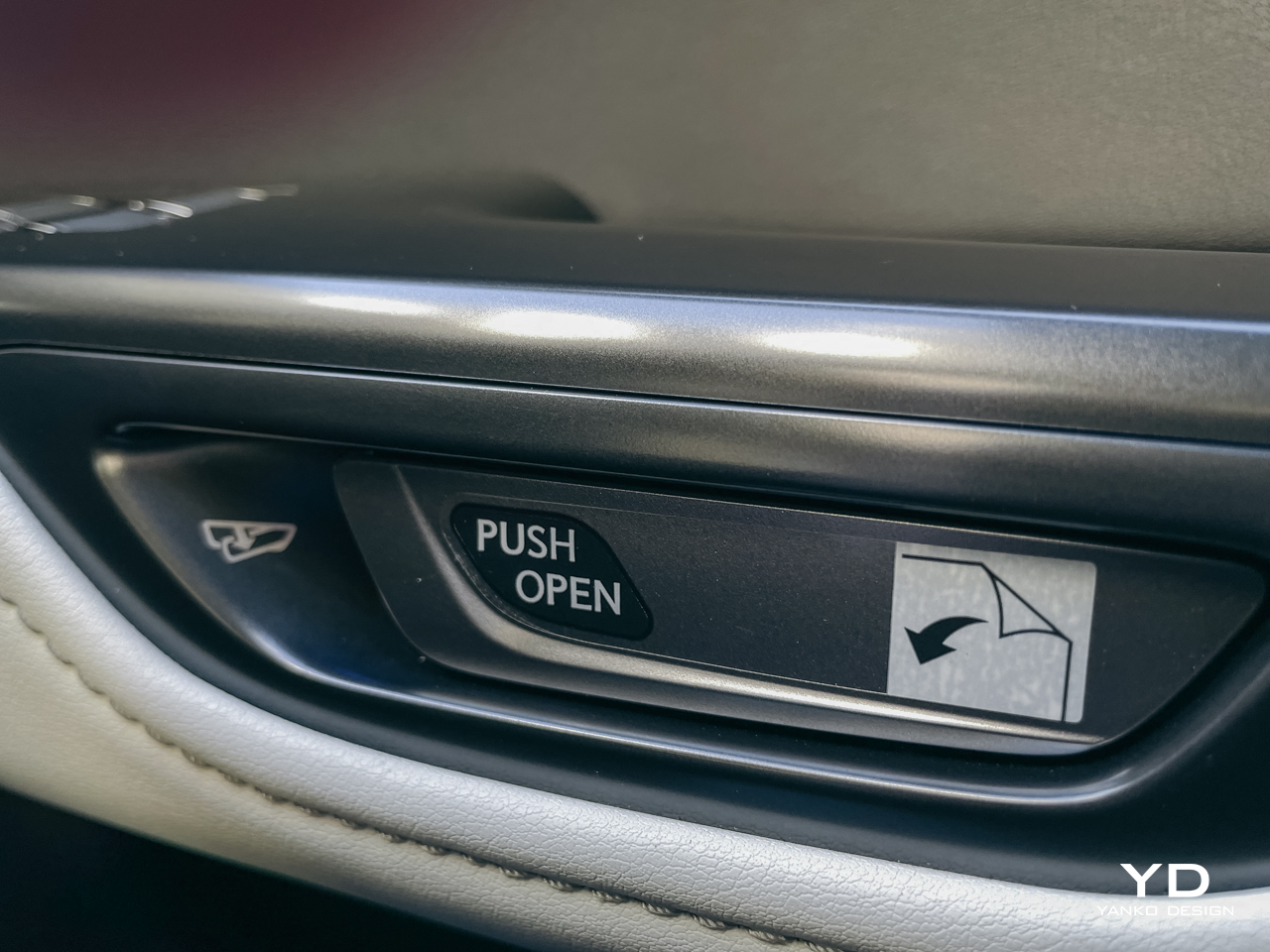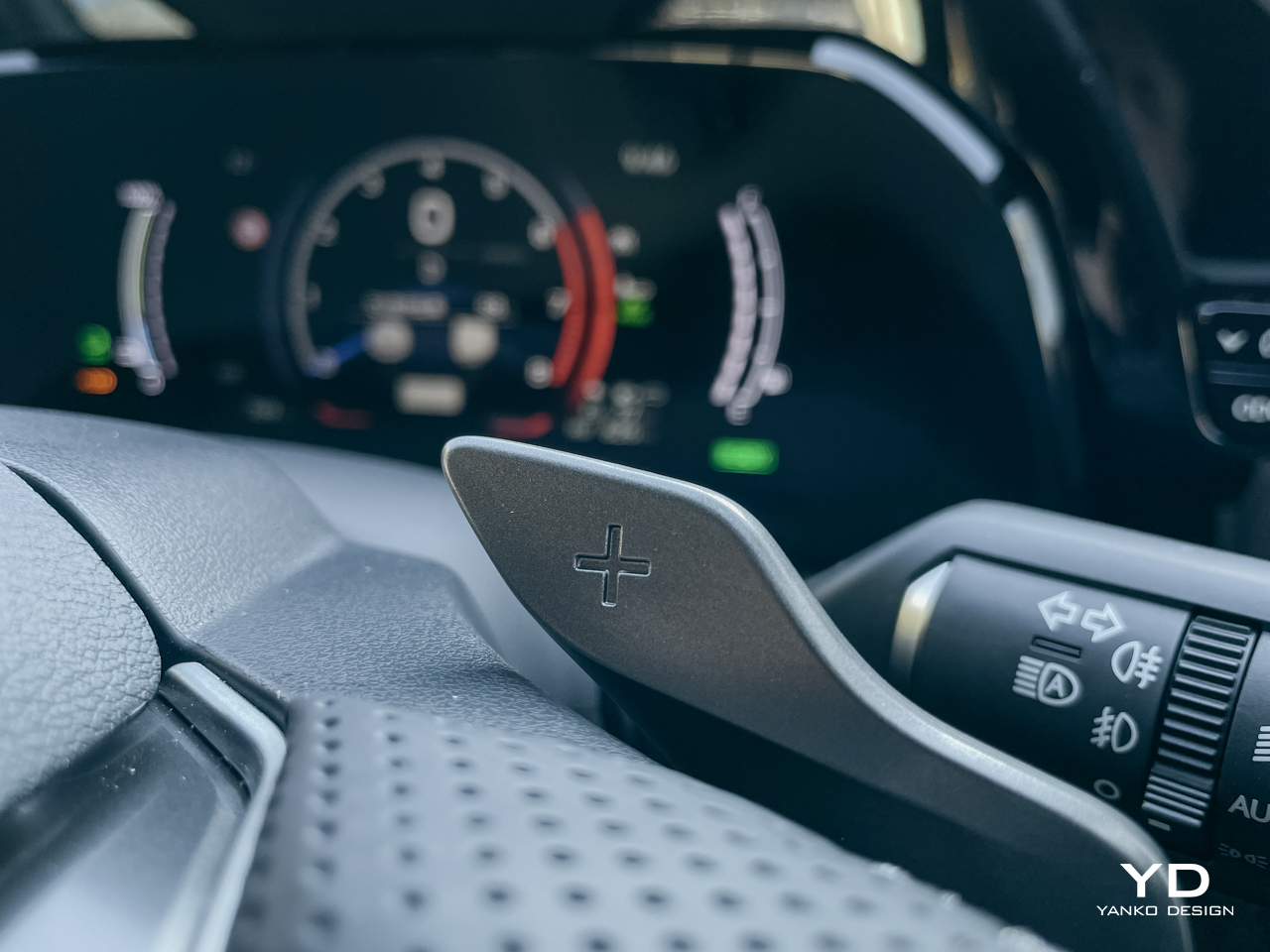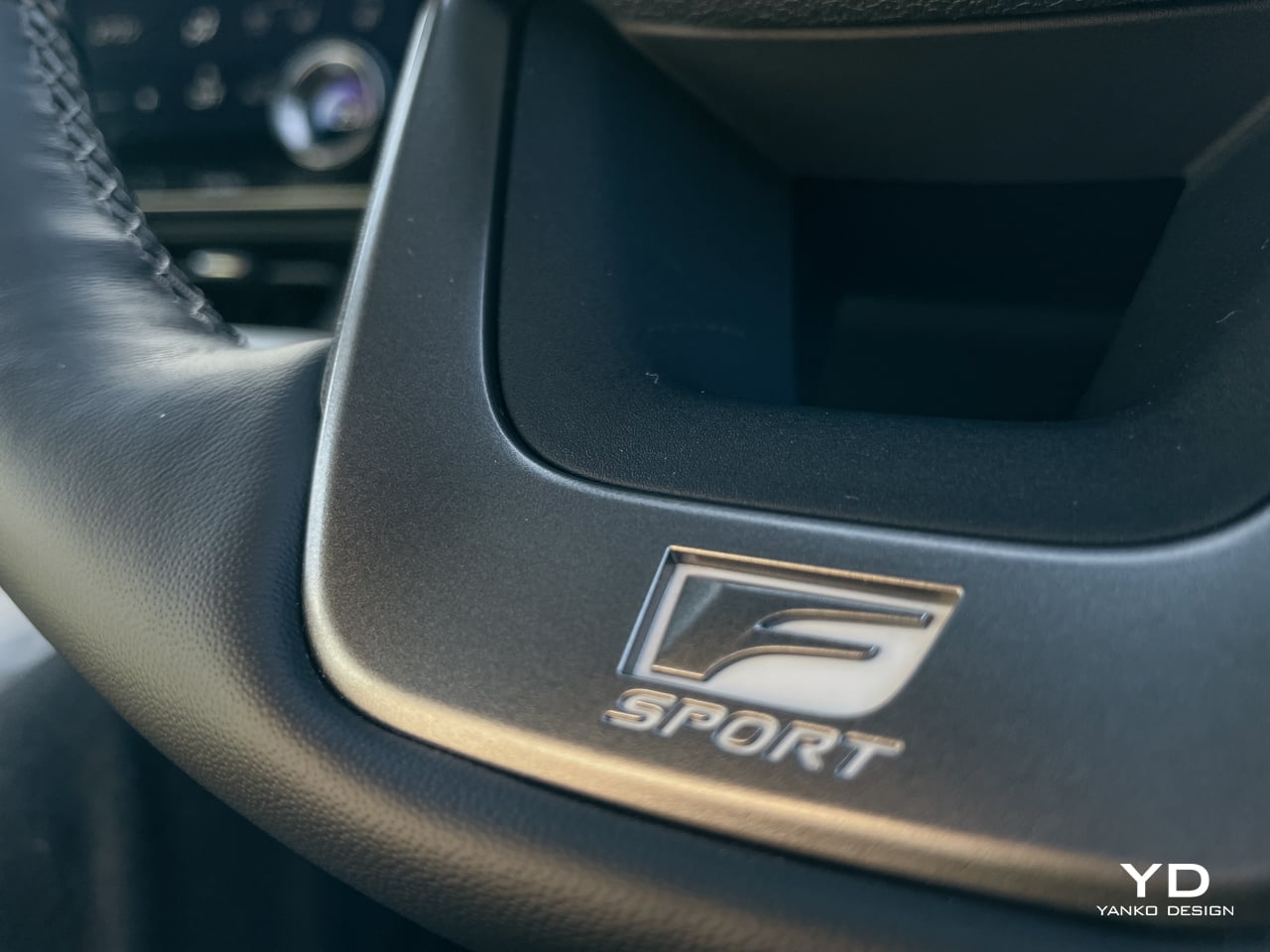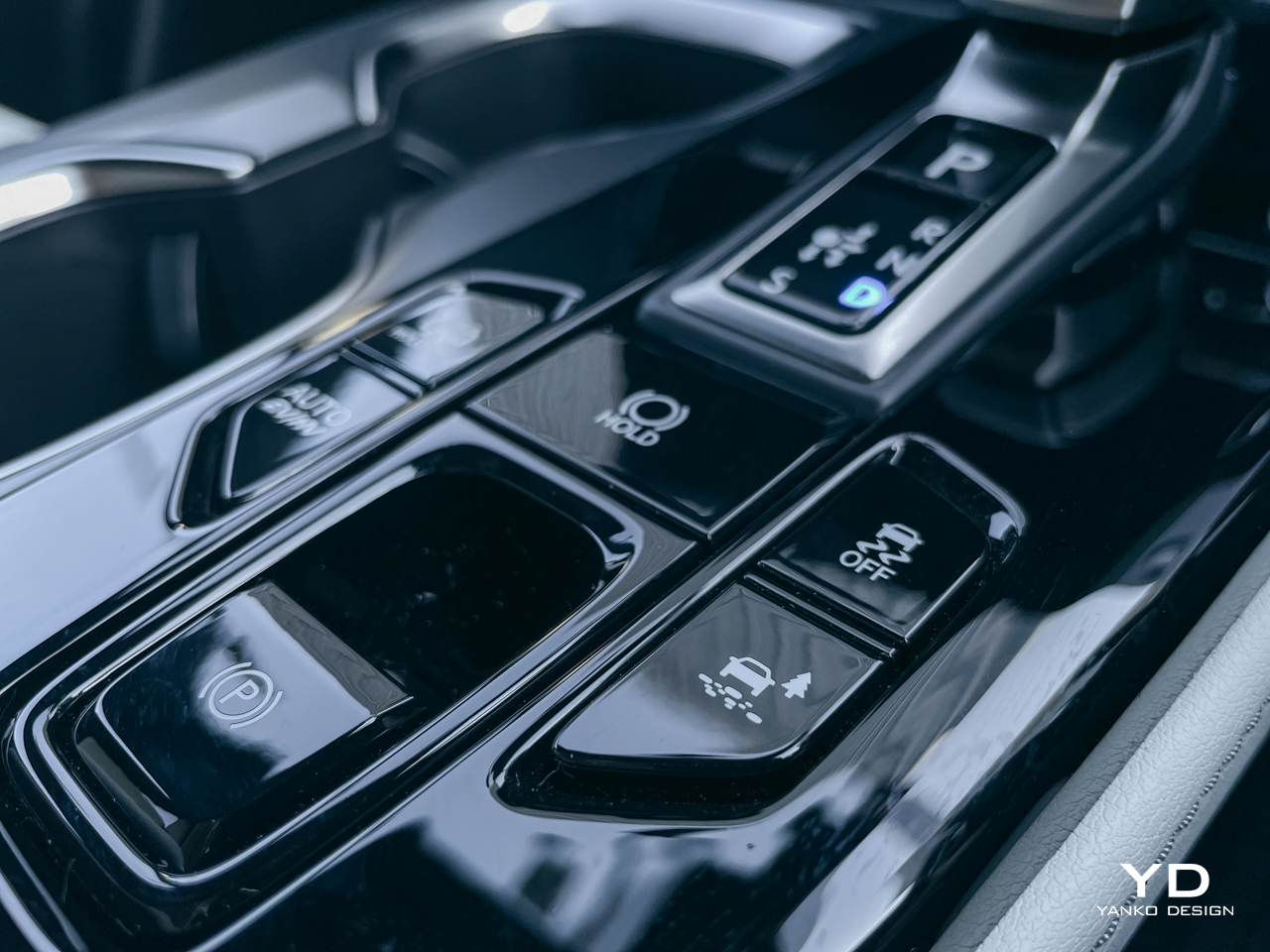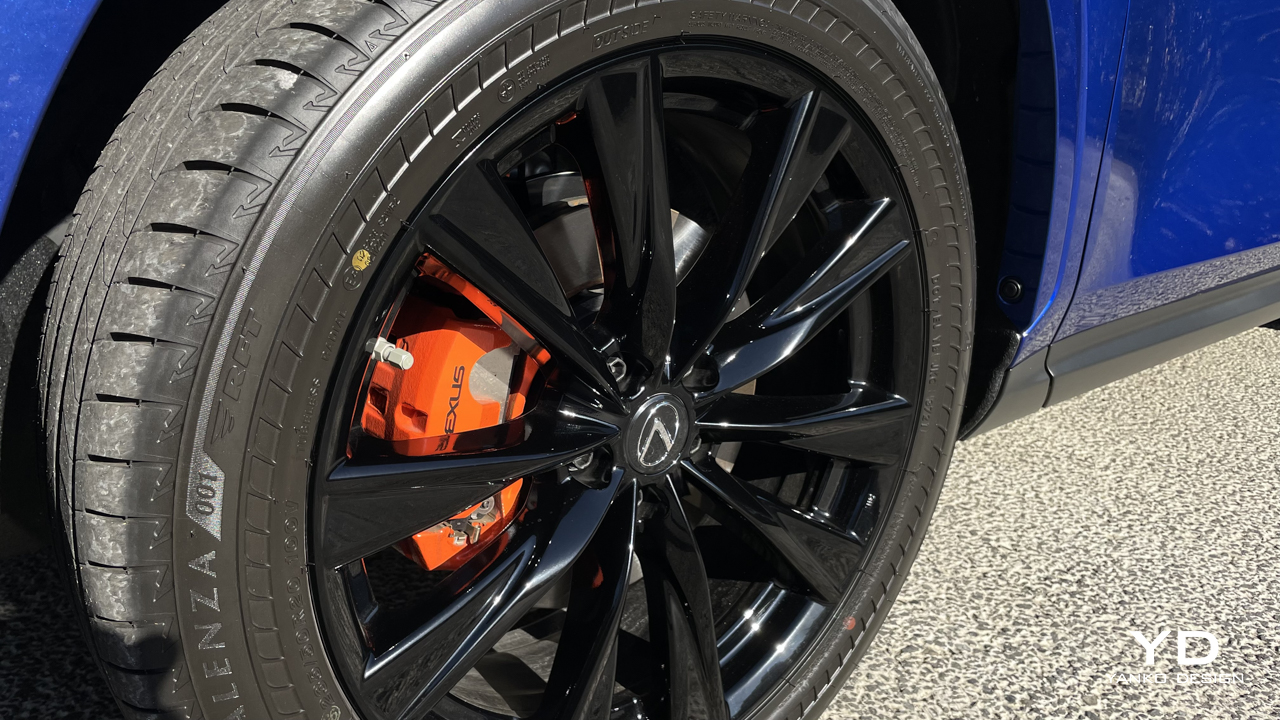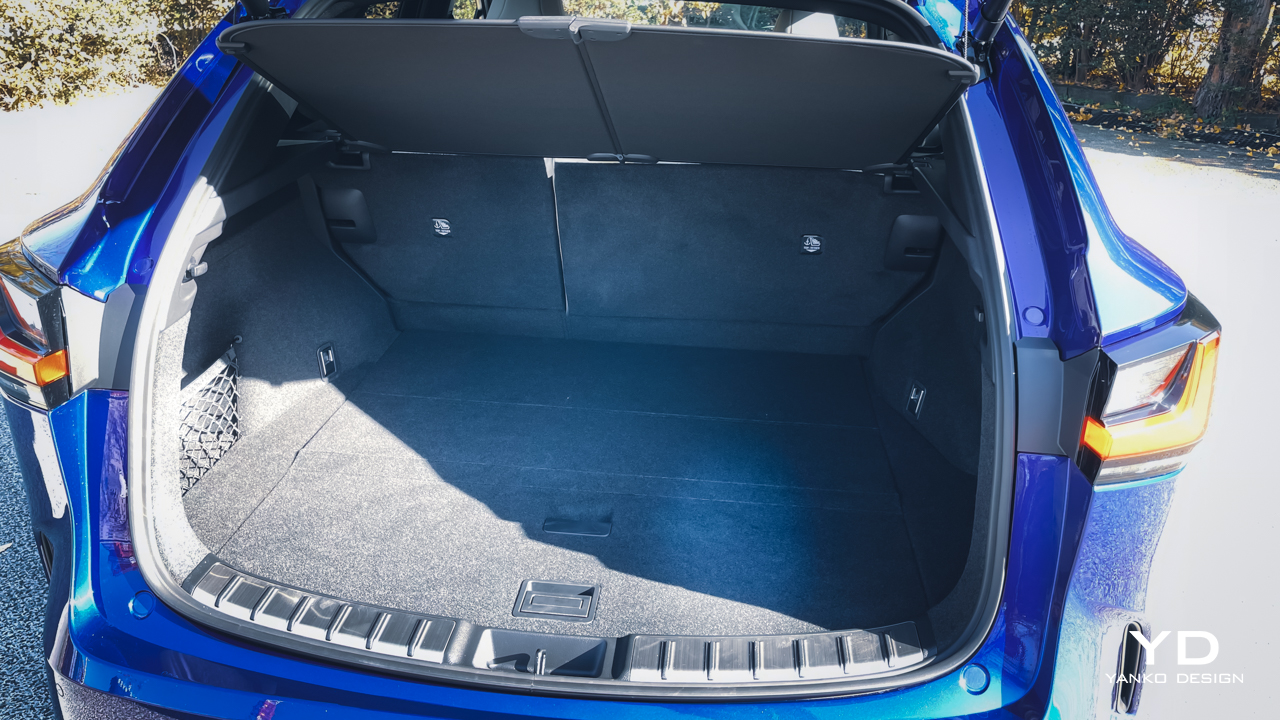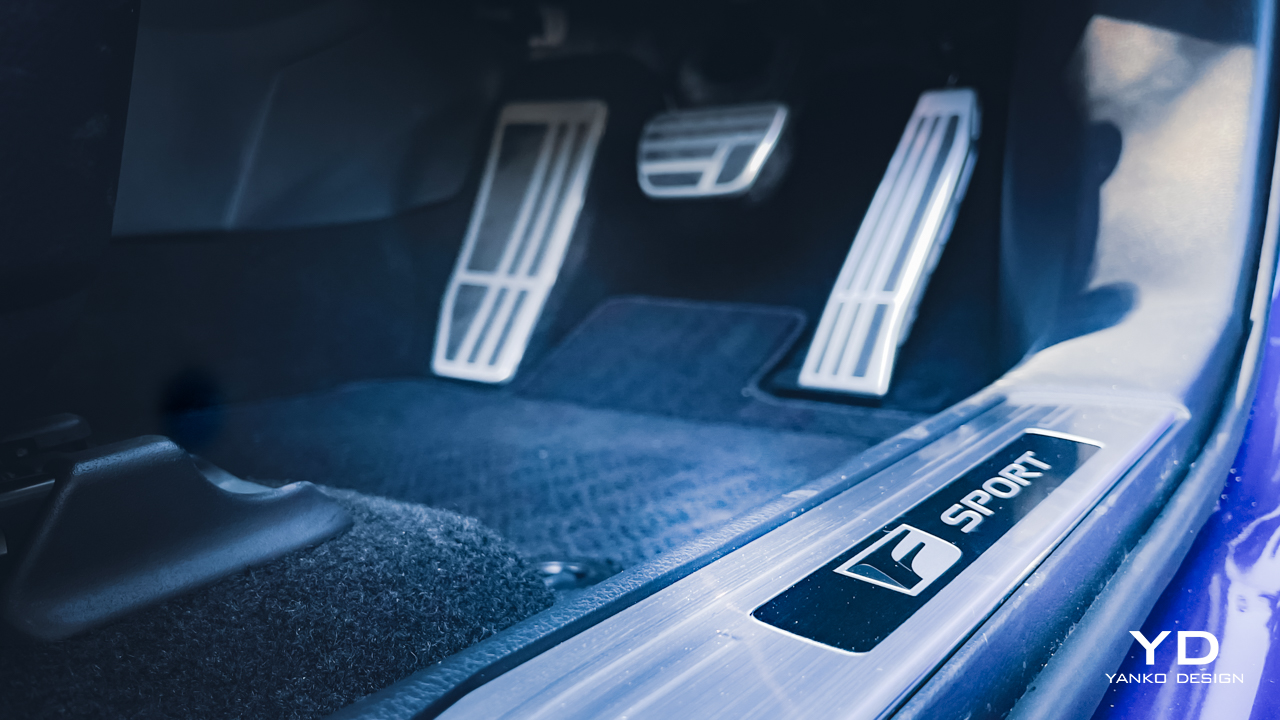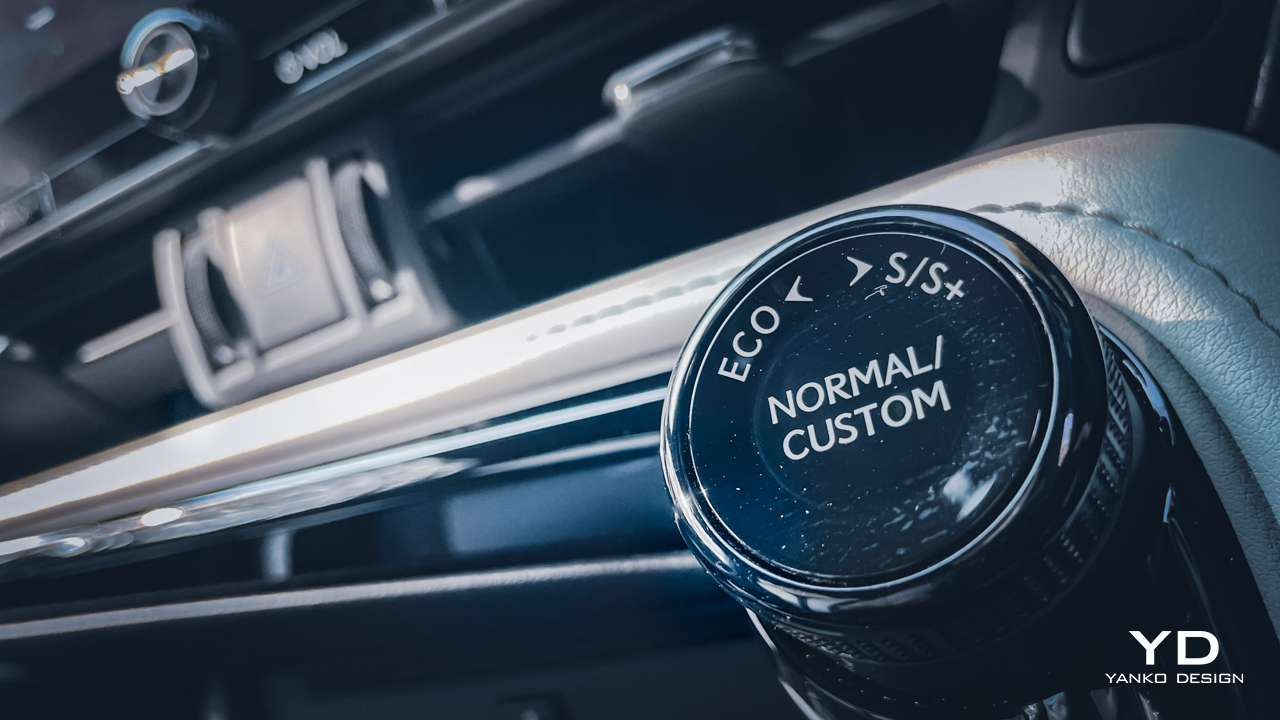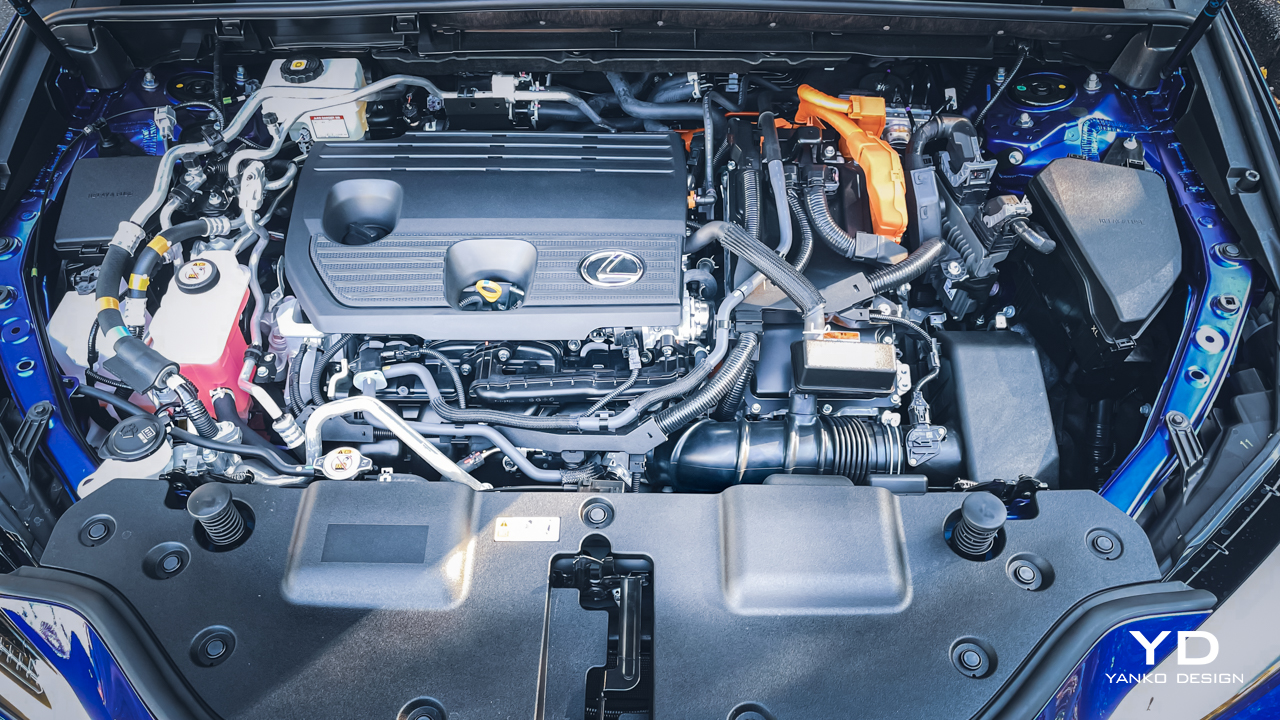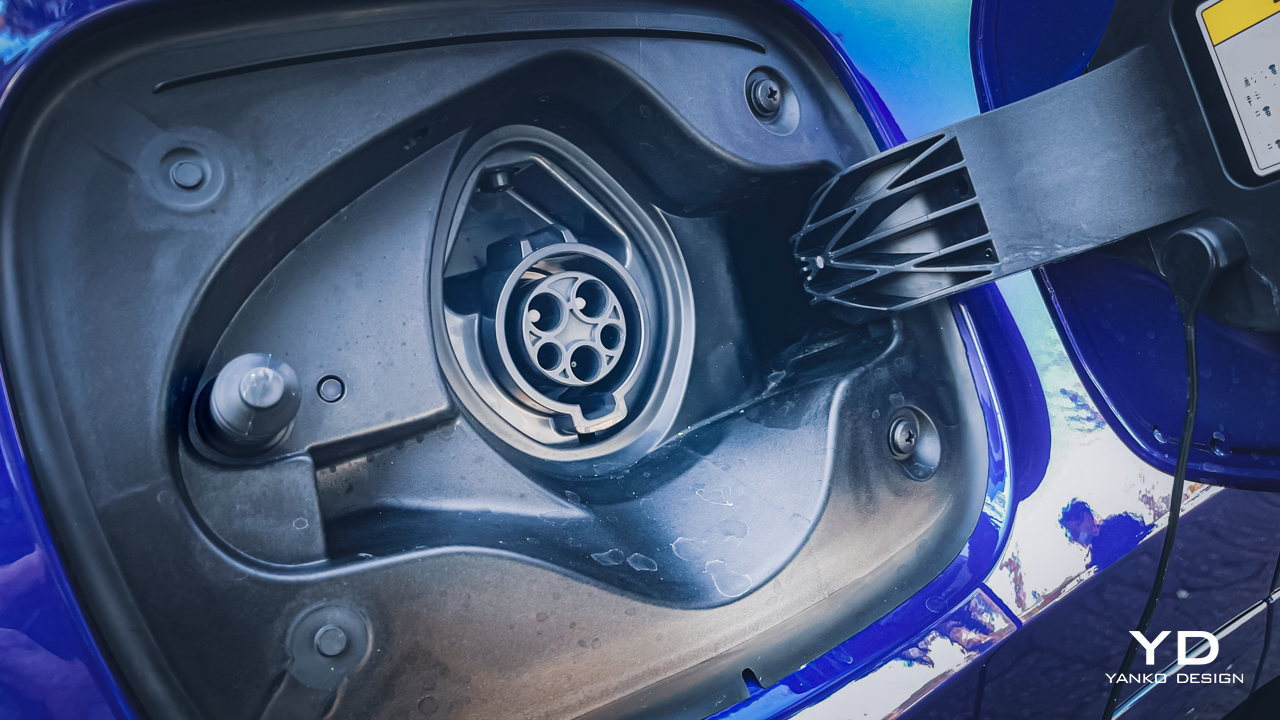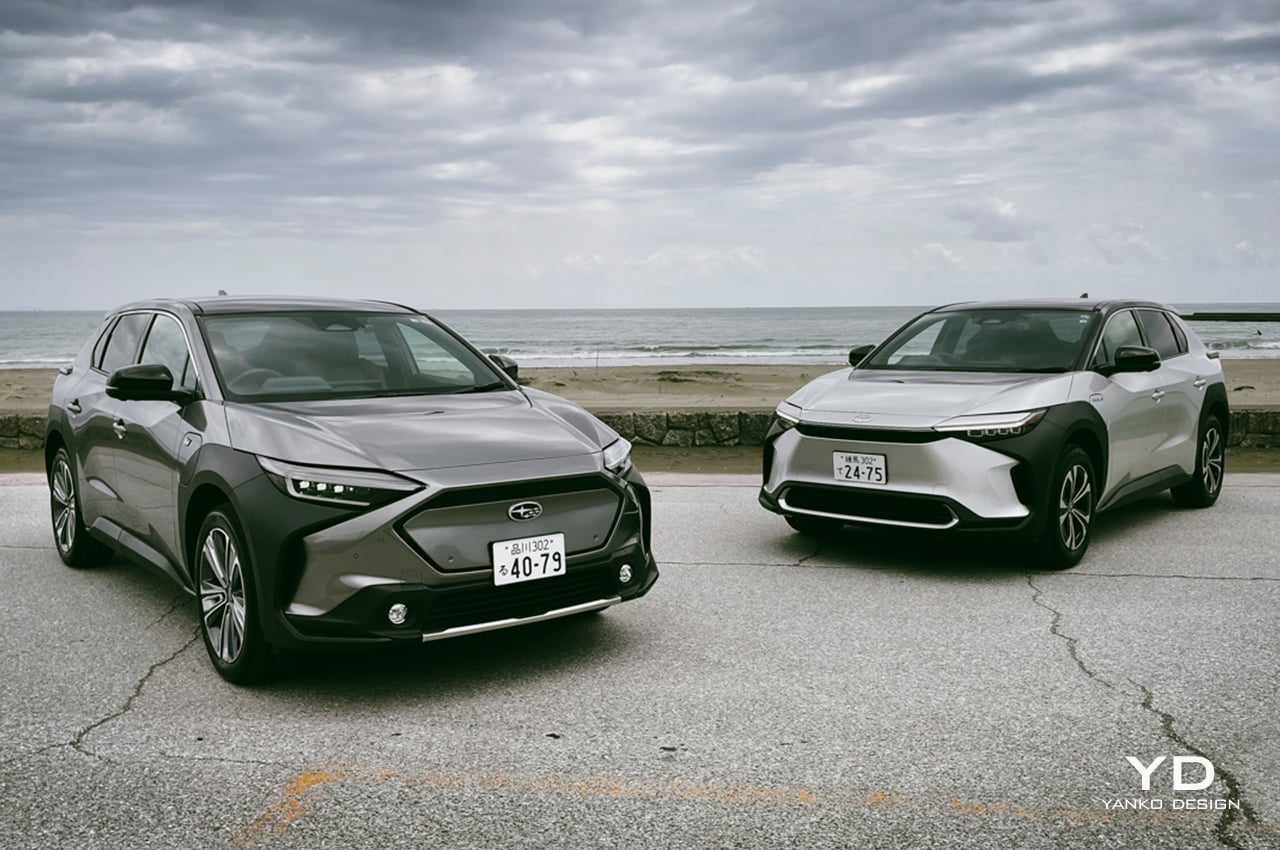
PROS:
- Rewarding cornering and smooth ride quality
- Stylish interior
- Good connectivity features
CONS:
- Real-world range is lower than expected
- No one-pedal drive mode
- Difficult to find natural feeling seat setting
Given that Toyota was the gasoline-electric hybrid pioneer with its Prius, a car that helped to push the entire car industry towards an electrified future back in 1997, it’s a little perplexing that Japan’s biggest carmaker is finally entering the electric vehicle market as late as 2022 with its first-ever, mass-produced battery EV, the bZ4X crossover.
Toyota late to EV game but has actually worked with electric motors since 1997
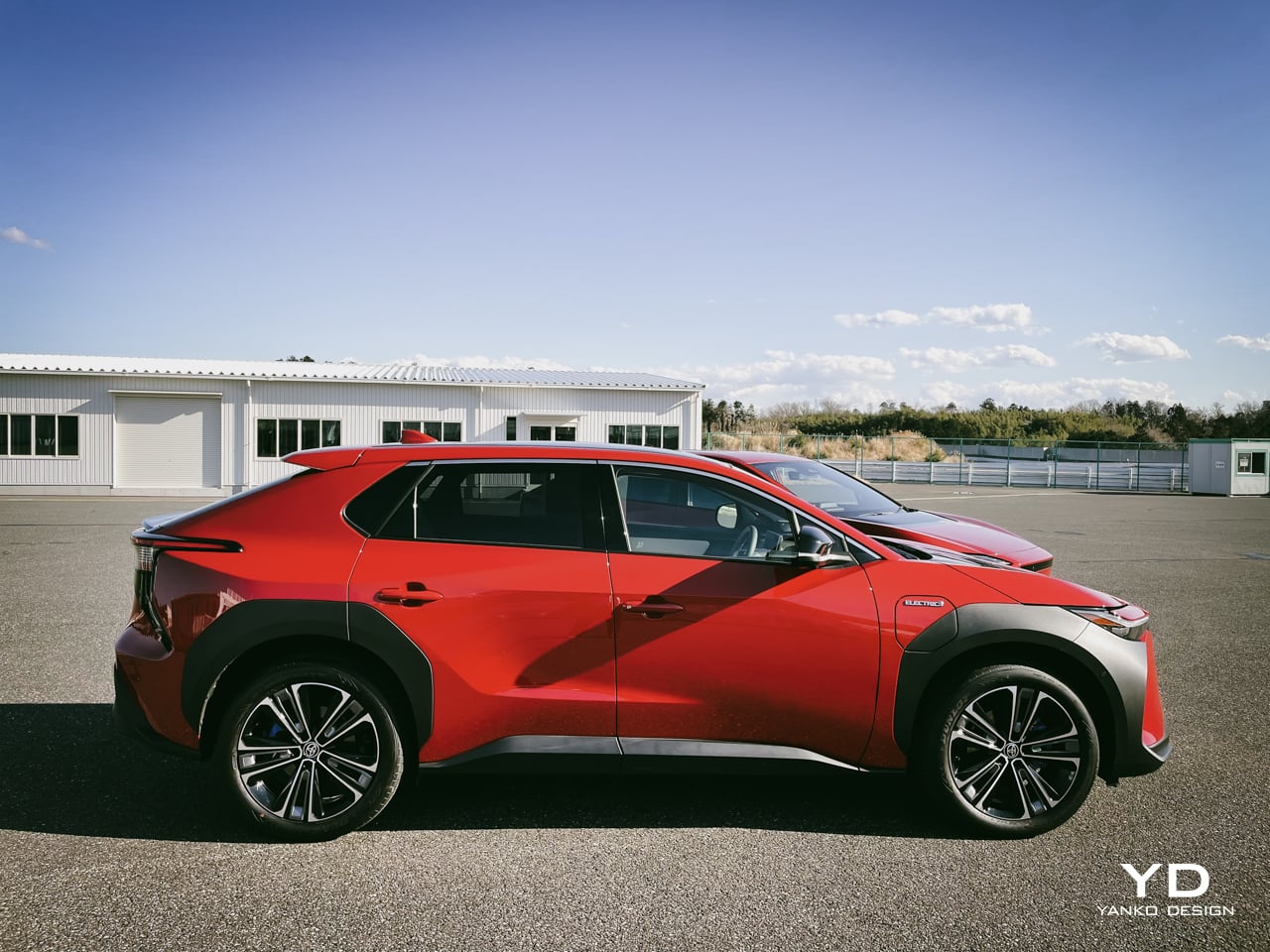
Toyota may appear to be slow on its electric vehicle uptake, but if the truth be known, the firm actually has well over 25 years of history developing and marketing electric motors. It’s just that the vast majority of those electric motors were married to gasoline engines that gradually formed the company’s substantial hybrid range. Apart from its strong focus on hybrids, which now basically encompass the whole lineup, Toyota has in fact dabbled with EVs in the past. Some may remember the RAV4 EV from 1996, the battery electric SUV sold only in California as a compliance car, which when translated, means that it was only produced in small numbers to meet regulatory requirements. The firm also built a few low volume inner-city EVs like the eQ—an electric version of the iQ that debuted in 2012.
The bZ4X however, is Toyota’s first global EV. Ignoring the EV strategy that Nissan introduced back in 2011 with its Leaf, Toyota’s CEO Akio Toyoda came out late last year and announced that his company will join the EV world in earnest with a staggering 30 EV models planned for launch globally by 2030. He went on to say that out of the 8 million electrified cars planned—with ‘electrified’ referring to any model with an electric motor (hybrids, plug-in hybrids, hydrogen-powered fuel cell cars [FCV] and EVs)—it aims to sell some 2 million battery electric and FCVs by the end of the decade.]
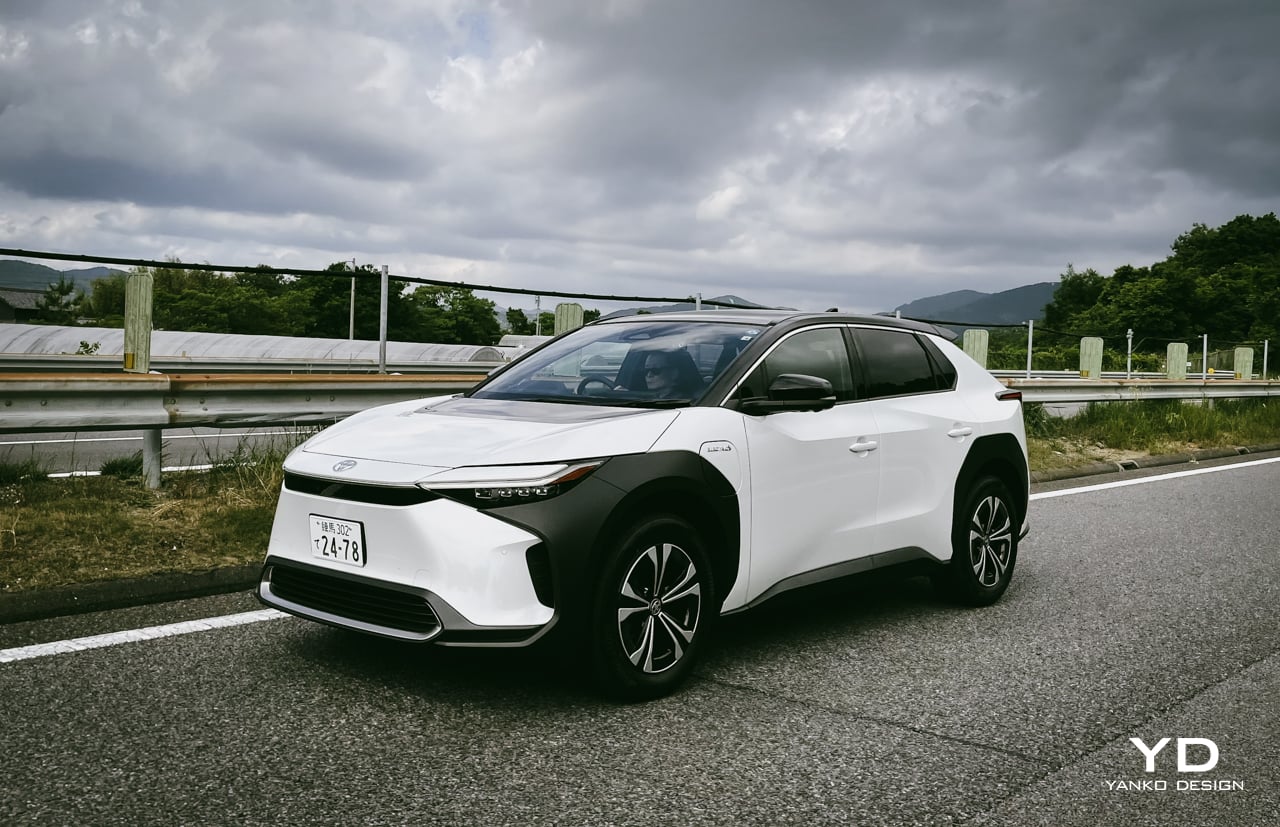
ASIDE: Toyota has recalled all of its bZ4X vehicles due to the hub bolts potentially loosening up and causing the wheels to come off. According to Toyota, this results “from repeated sharp turns and sudden braking.”
A letter sent by the automaker to customers is not only a reminder of the recall and the safety concerns involved, but also an update. Toyota admits that it doesn’t yet have a fix in place for the vehicle. While it will be a major inconvenience for new Toyota bZ4X owners to park their vehicles indefinitely, Toyota is going to great lengths to help its customers. Toyota notes that owners should contact any authorized Toyota dealer to arrange to have their vehicle picked up. The dealer will pick it up, transport it, and store it for free until a recall fix becomes available.
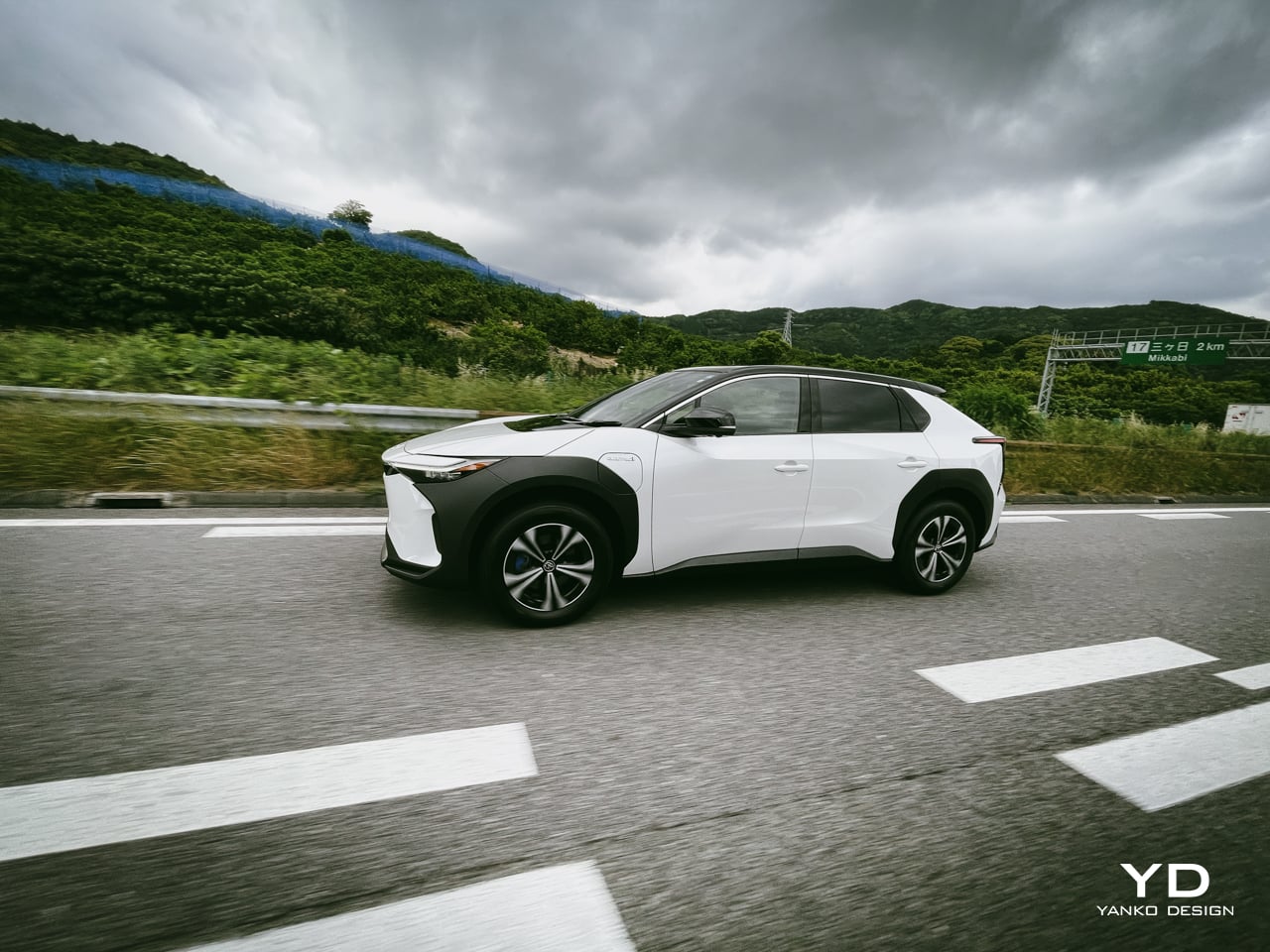
Getting back to the story—
To be blunt, the bZ4X name is silly and not a name that will catch on easily. But according to Toyota, at least, there is method in the madness. The bZ is short for ‘Beyond Zero’ and refers to the car’s zero emissions, while the ‘4’ focuses on vehicle size (as in RAV4 size) and the ‘X’ means crossover. The ‘bZ’ will form the prefix for the names of at least six more EVs that are expected to roll out from Toyota’s global plants over the next few years.
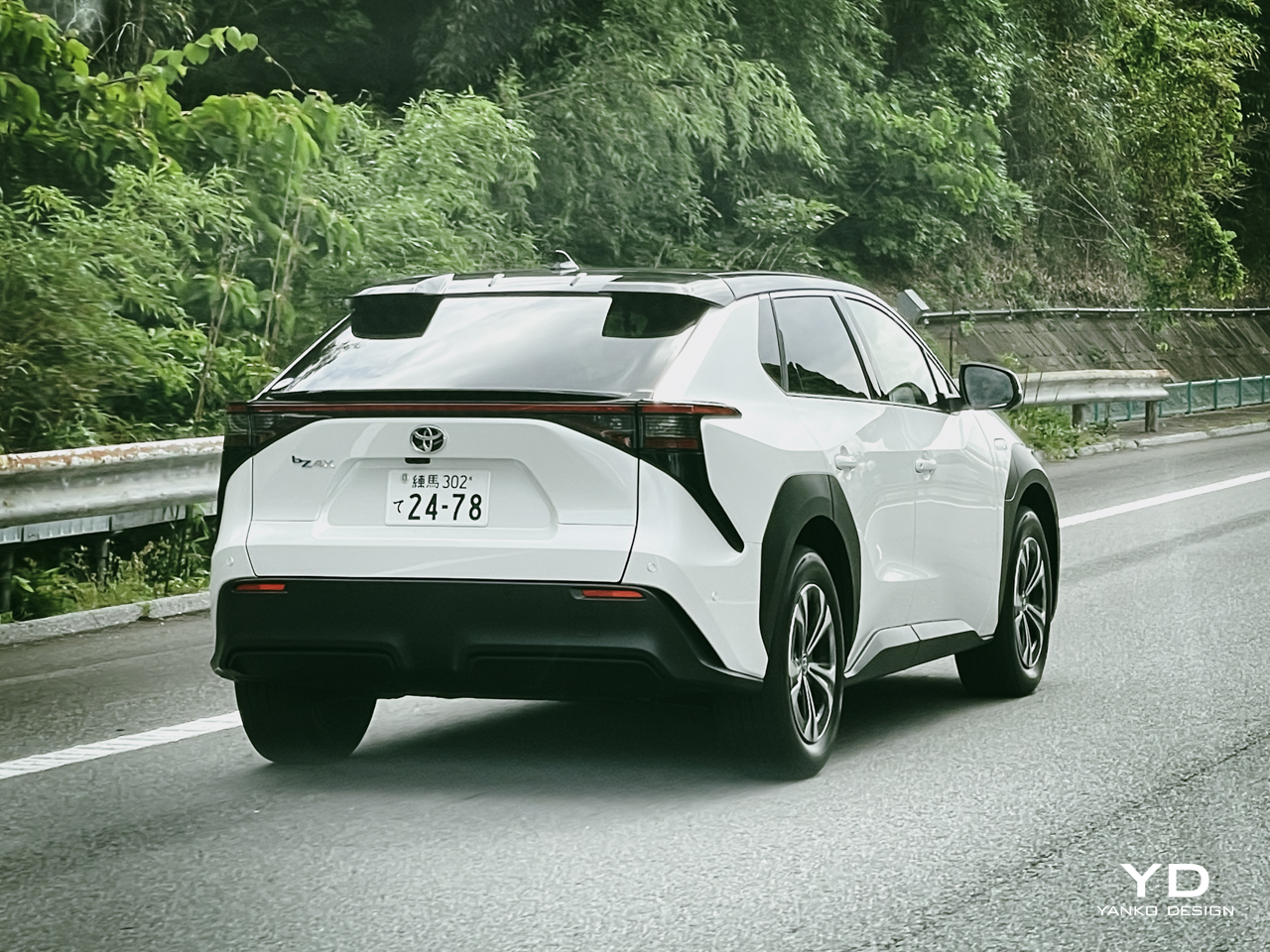
Getting to the heart of the bZ4X
The bZ4X sits on a bespoke electric vehicle platform named e-TNGA in Toyota-speak which was co-developed with Subaru (for their first-ever EV – the Solterra) as was the drivetrain. If the Toyota-Subaru collaboration sounds familiar, it is. Around a decade ago, the two carmakers teamed up to build two identical gasoline engine powered sports cars, the Toyota 86 and the Subaru BRZ. Now, the two companies have gone to the opposite end of the car-making spectrum to build electric SUVs.
With the bZ4X, two models are being offered at launch: the front-wheel-drive, single motor, entry-level model, and the four-wheel-drive, twin motor flagship. Similarly sized to the RAV4, the electric SUV’s wheelbase is 6.3 inches longer while its height is 2 inches shorter. Its exterior looks are edgy, sporty and futuristic, which at first glance, come across as stylish and well-proportioned. That said, this Toyota EV does also have some quirky design features, so let’s dive in and check the pleasing with the perplexing.
Exterior features nice touches like the ‘hammerhead’
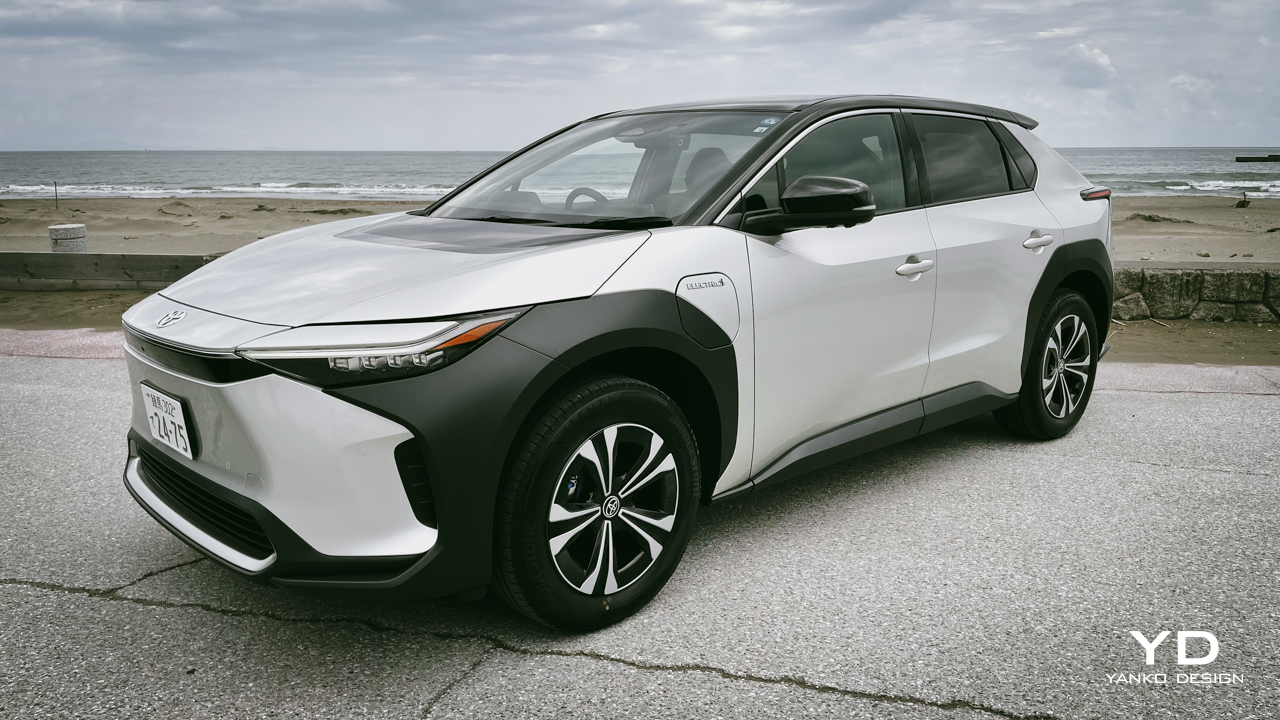
It boasts sharp angles and organic curves with what Toyota calls a ‘hammerhead’ front end design, which when translated means a large panel where the grille would normally be. In contrast to its steeply raked rear window with oddly split rear roof spoiler to enhance aerodynamics–apparently, the nose section’s hammerhead works in nicely with the styling of the RAV4 and new Venza to create common design philosophy with bold surfaces and edges.
At the front end, you get sleek LED headlights and daytime running lights in addition to carefully thought-out aerodynamic air vents that fold around the outside extremities of the front bumper creating airflow that maximizes range. At the lower section of the front bumper, Toyota had fitted a specialized vent to supply airflow for the liquid-cooled lithium-ion battery pack. The body lines on the bZ4X are clean and distinct with accented lines extending from the nose edge, and down the hood channeling air towards the A-pillars. And I like the gloss black section between the grille area and hood that’s accented by a chrome strip. Looks classy. I also like the Bridgestone Alenza 20-inch wheels and tires that suit this SUV. Smaller 18-inch rubber are optional but don’t fill the wheel arch properly.
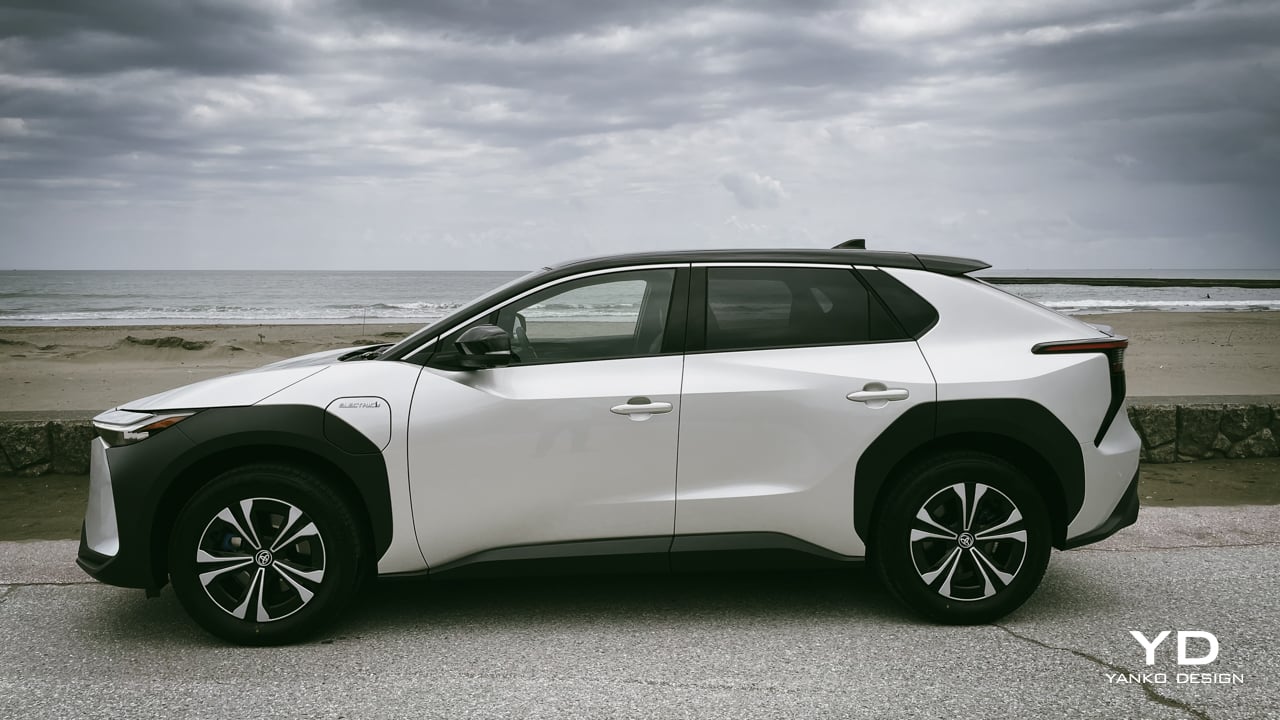
What I’m not so enthusiastic about are the lumpy matte black wheel arch surrounds that are appearing on so many SUVs these days. According to stylists, they are aimed at making the vehicle’s side profile look thinner, more elegant and sportier. But the way the off-black expanse also cuts through the charging port cover is also a little eyebrow-raising. Yes, I know design is subjective, but I’d rather see these wheel arch blobs disappear and those wheel surrounds painted the same color as the rest of the car. Same goes with the rear bumper area which is fitted with the same matte black plasticky finish.
Cabin tech and material levels good but driving position questionable
Inside, the bZ4X is just as innovative as the exterior, if not more so. It’s visibility is good all round and the cabin is spacious with plenty of leg and headroom front and back. But the all-new dash interpretation will take some getting used to. For starters, your steering wheel, although it’s in a normal place for a steering wheel, strangely sits lower (from the driver’s eye point) than the instrumentation, which is set at least one foot back into your dashboard. A bit like the Peugeot 208, the gauges look good, but for some drivers, it will end up being a touch annoying. Why? Because no matter how you set up your driving position, utilizing the flexible tilt and telescopic steering wheel and adjustable seat functions, you will still end up blocking out some of your instrumentation from view. I do like the quirky, futuristic nature of it though, but some people will find themselves leaning forward while driving to see some dials.
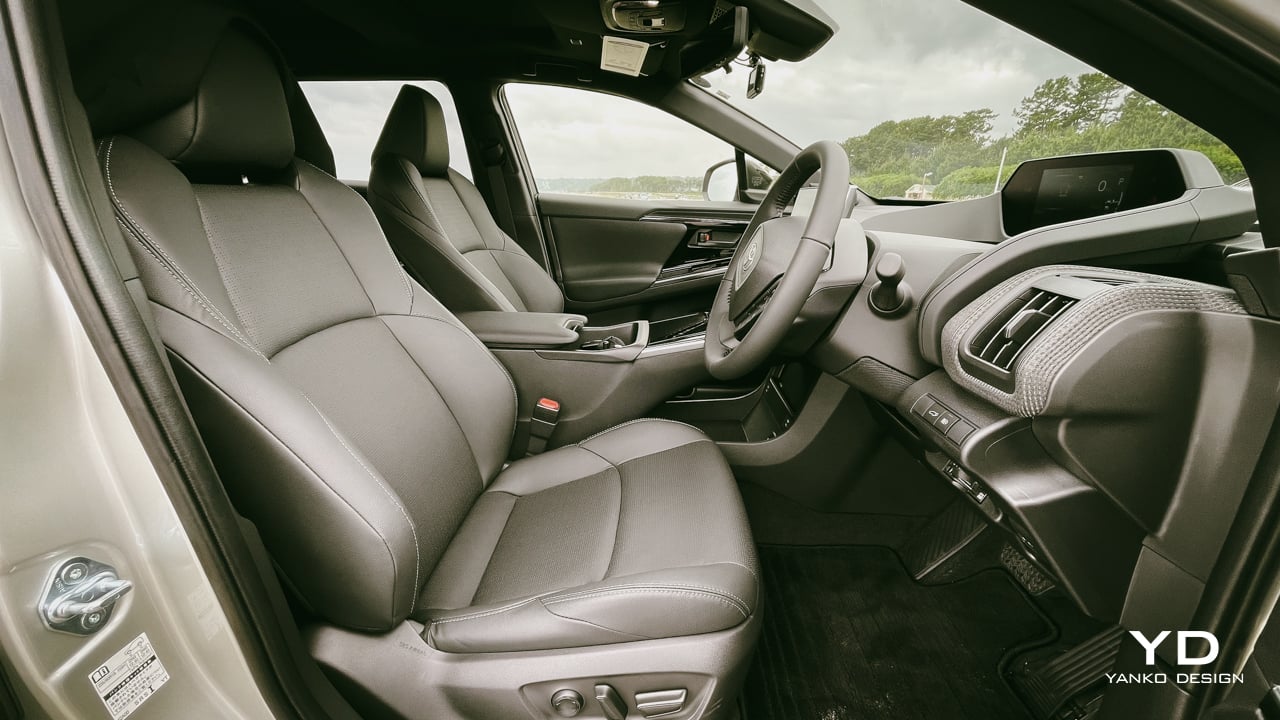
In addition, a lot of the functions for drive and charging modes appear on the 7-inch screen in front of the driver, which in turn is operated using buttons located on the steering wheel. This can be a little fiddly until one gets used to it.
Meanwhile, the materials used inside are of high quality like the synthetic leather, plastics and the coarse fabric on the dashboard in front of the passenger is refreshing. The seats are comfy and supportive, and of course we cannot ignore the huge floating 12.3-inch infotainment touchscreen dominating the center console. It boasts sharp graphics, easy use and quick response times, and features a decent amount of technology. One thing you will need to It gets Apple CarPlay and Android Auto, an on-board Wi-Fi hotspot, and wireless smartphone charging all included.
Behind the wheel
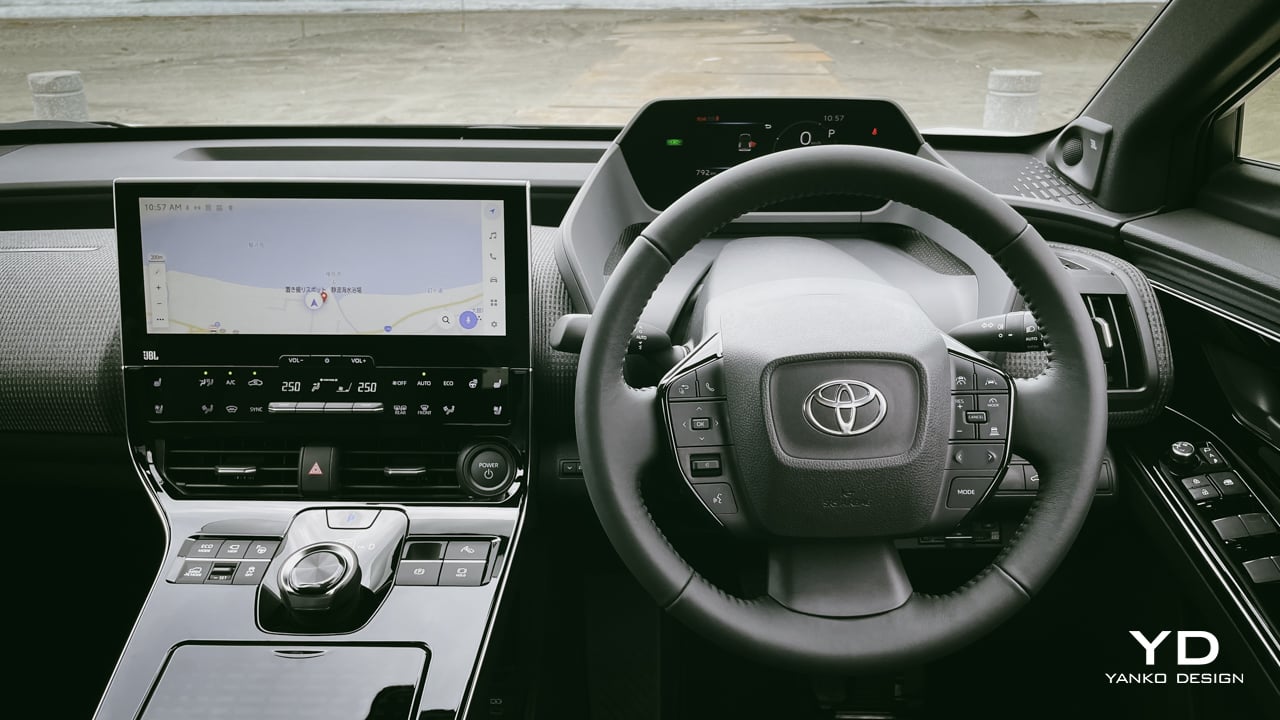
The two bZ4X powertrains have nearly identical batteries: a 63.4-kWh battery pack in the single-motor model and a 65.5-kWh pack in the dual-motor version. The EPA range estimates for the FWD, single-motor model are 252 miles (for XLE spec), while the all-wheel-drive version covers 228 miles. Although in the real-world, expect this number to undercut 200 miles in city driving and 180 miles in highway cruising. With a Level 2 supply, the 6.6-kW charger can top up the battery in 9 hours. At a DC fast-charger, Toyota says that adding 80 percent charge takes less than 60 minutes. On the plus side, Toyota is the world’s first carmaker to guarantee its EV battery will retain 90% of its rated range after 10 years. Most EVs up until now require battery replacement after around 8 years.
A front-wheel-drive, single-motor configuration is standard on the Toyota and offers 201 horsepower—power that perfectly matches that of the Kia Niro EV and VW ID.4. The bZ4X’s all-wheel-drive version has two motors, but power increases only marginally to 215 horsepower. That’s significantly less than the 295-hp four-wheel-drive ID.4 or the 320-hp four-wheel-drive IONIQ 5. Honestly speaking however, you don’t really feel the need for more power in most driving situations, with the bZ4X producing enough acceleration to get the job done, even merging onto highways. Put another way, it’s quicker than most small gasoline powered SUVs but slower than most rival crossovers like the Mustang Mach E or Tesla Model Y.
Lack of full one-pedal driving
Another eyebrow raising feature is the lack of full one-pedal driving. Many EVs can use their regenerative braking to slow the car down, in addition to coasting, and are able come to a full stop when you lift off the accelerator. With the bZ4X you have to slow down by removing your right boot from the throttle and depressing the brake pedal. You may say, “isn’t that normal?” Well, it’s not in many EVs today which allow the car to decelerate quickly by just letting off the gas pedal. Regenerative braking can be augmented via a button on the center console, but the bZ4X stops short of offering true one-pedal driving that’s offered on many of its rivals. Toyota, apparently, has chosen this path because it says it wants drivers to stay involved in the driving process.
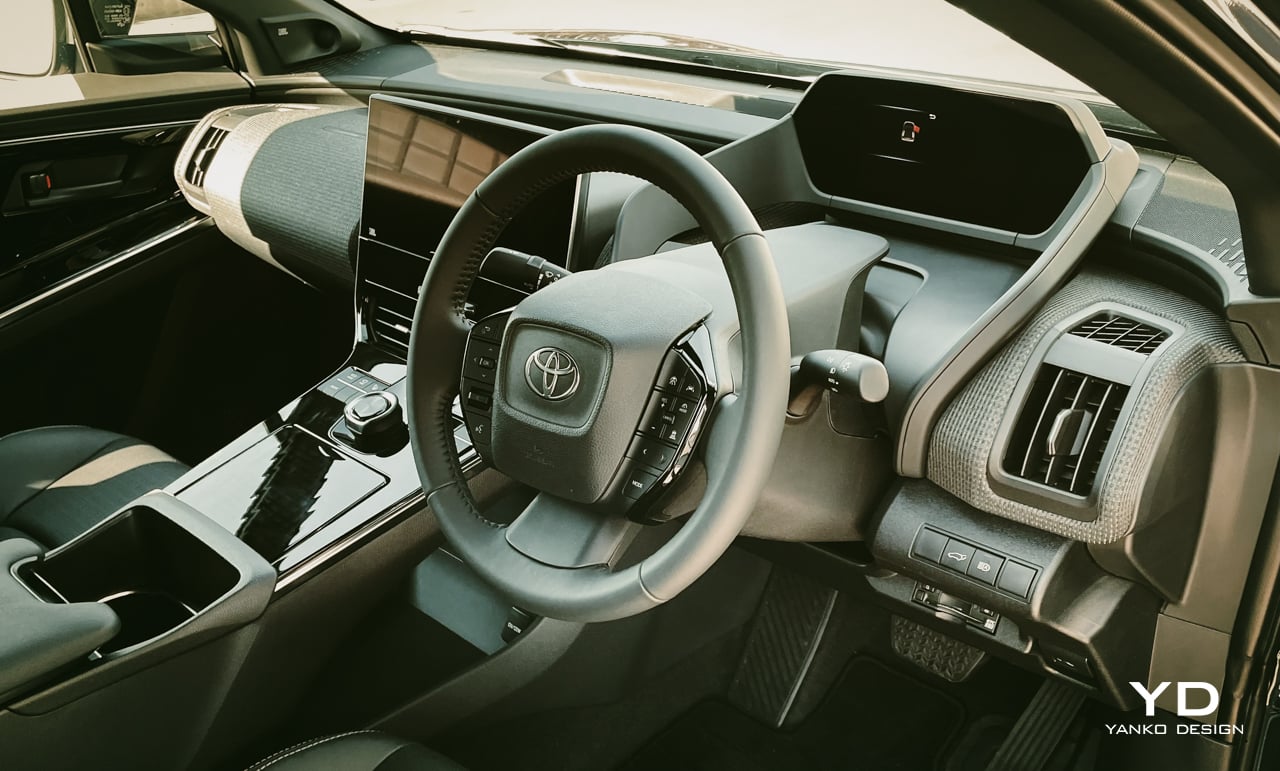
The bZ4X’s maintains excellent straight line stability at speed, while its ride is compliant over bumps without feeling overly soft. And the steering has a decent amount of weight and feel and channels a good amount of feedback to the driver from the road surface. On the road, the bZ4X is fairly quiet for an EV, though other electric crossovers do a better job of keeping wind and road noise out of the cabin. The bZ4X also goes a little overboard with a myriad of warning beeps, which is unfortunate as you can’t turn most of them off.
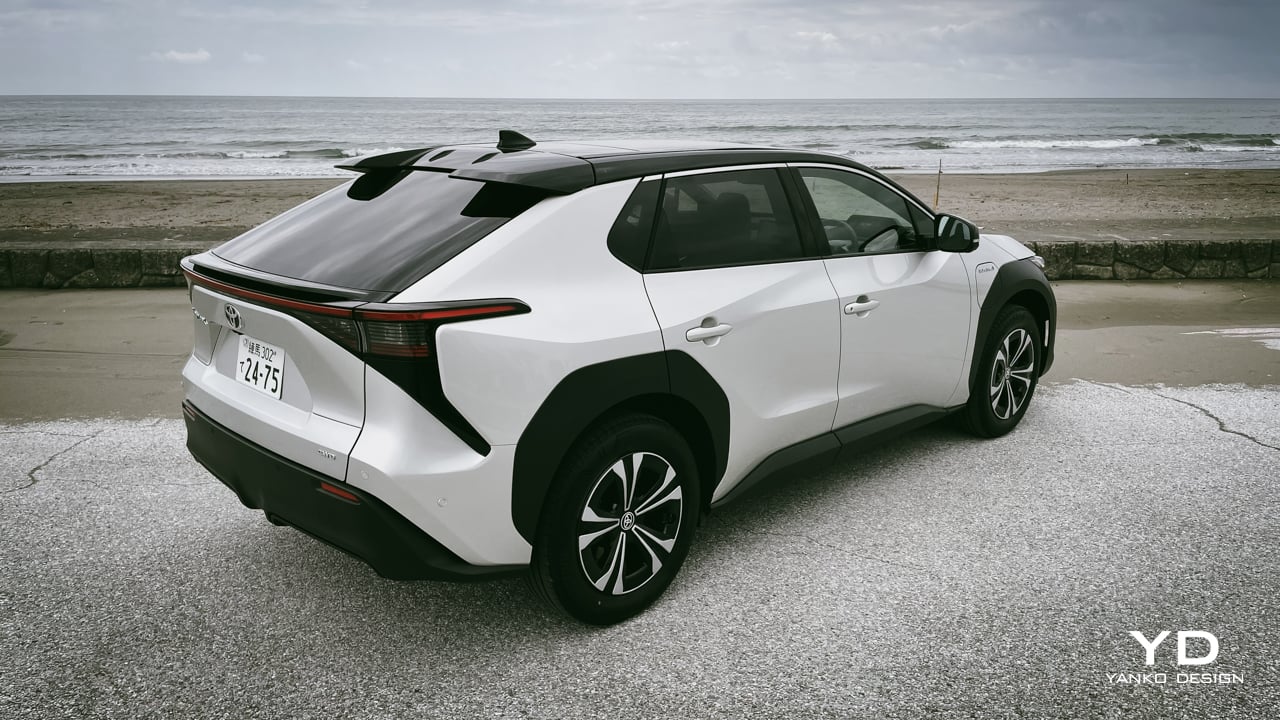
The Toyota bZ4X might be one of the sharper looking and better equipped EVs when compared to non-luxury rivals like the Tesla Model Y, Ford Mustang Mach E, Chevrolet Bolt EV, Hyundai Kona Electric and IONIQ 5, Kia Niro EV, Nissan Ariya, and the Volkswagen ID.4, not to mention the bZ4X’s sister crossover in the Subaru Solterra, so its a shame that its real-world range languishes behind the majority of its competitors.
Prices and Options
Pricing starts at $43,335 for the single motor model XLE and climbs to $48,035 for the Limited version. Either grade can be specced with a single motor and front-wheel drive or dual motors and all-wheel drive. Upgrading to dual motors and all-wheel drive cost $2080 for each trim. Standard equipment includes a panoramic glass roof, adaptive cruise control, lane-departure warning, lane-keeping assist, blind-spot monitoring, rear cross-traffic alert, and Safe Exit Assist. The Limited’s additional features include a motion-activated power liftgate, a heated steering wheel, heated and ventilated front seats, a multi-view camera, 20-inch wheels, and Softex faux-leather upholstery. The Limited’s extras make it worth the extra dollars, but we’d stick with the standard front-wheel drive powertrain.
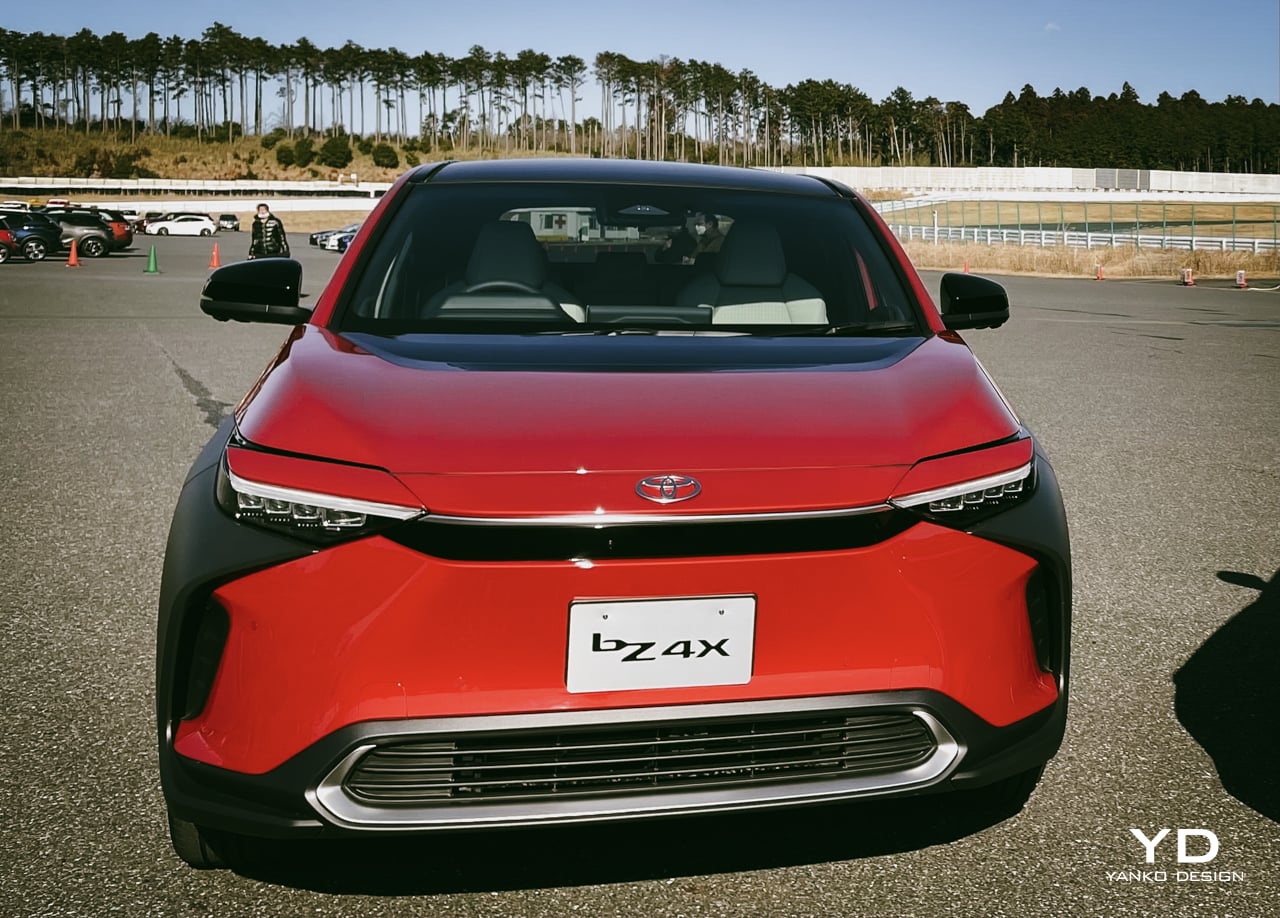
The bZ4X’s focus on practicality and comfort makes the whole package feel more like an electric Toyota and less like an EV with a Toyota badge, and that’s comforting for anyone thinking of making the jump from gasoline to electric. The Toyota crossover’s seating position may be a little quirky but it drives well, boasts plenty of tech, is priced keenly against its rivals, delivers acceptable range and offers a spacious cabin for the whole family. Rebates and incentives award up to $7,000 or $9,500 toward the price of a new EV, but depending on your state and income status, you may not be eligible. So check your local Toyota dealer for details.
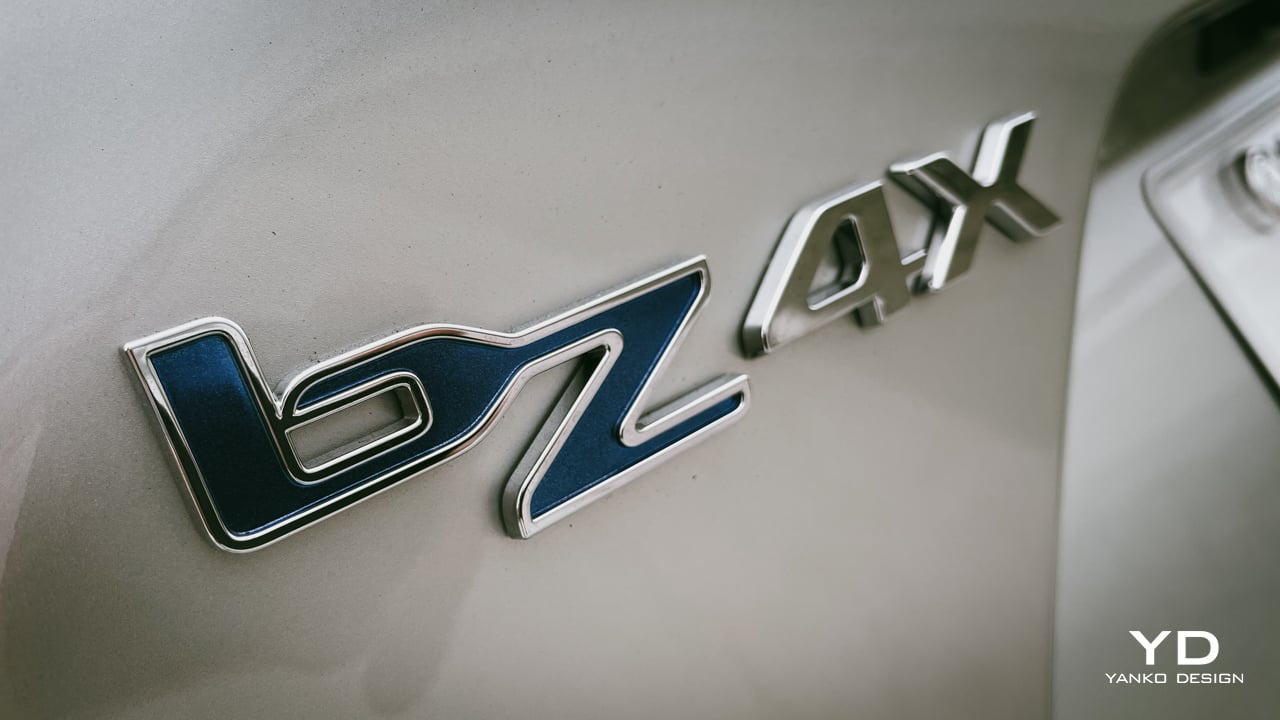
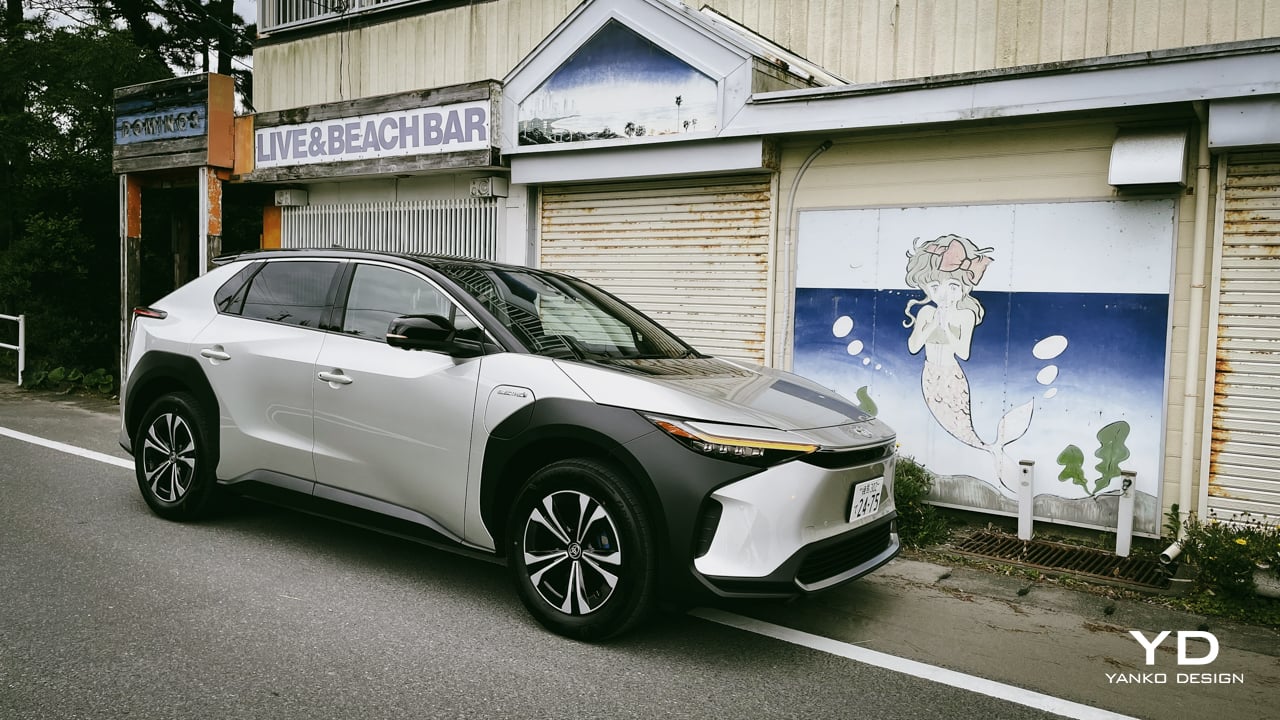
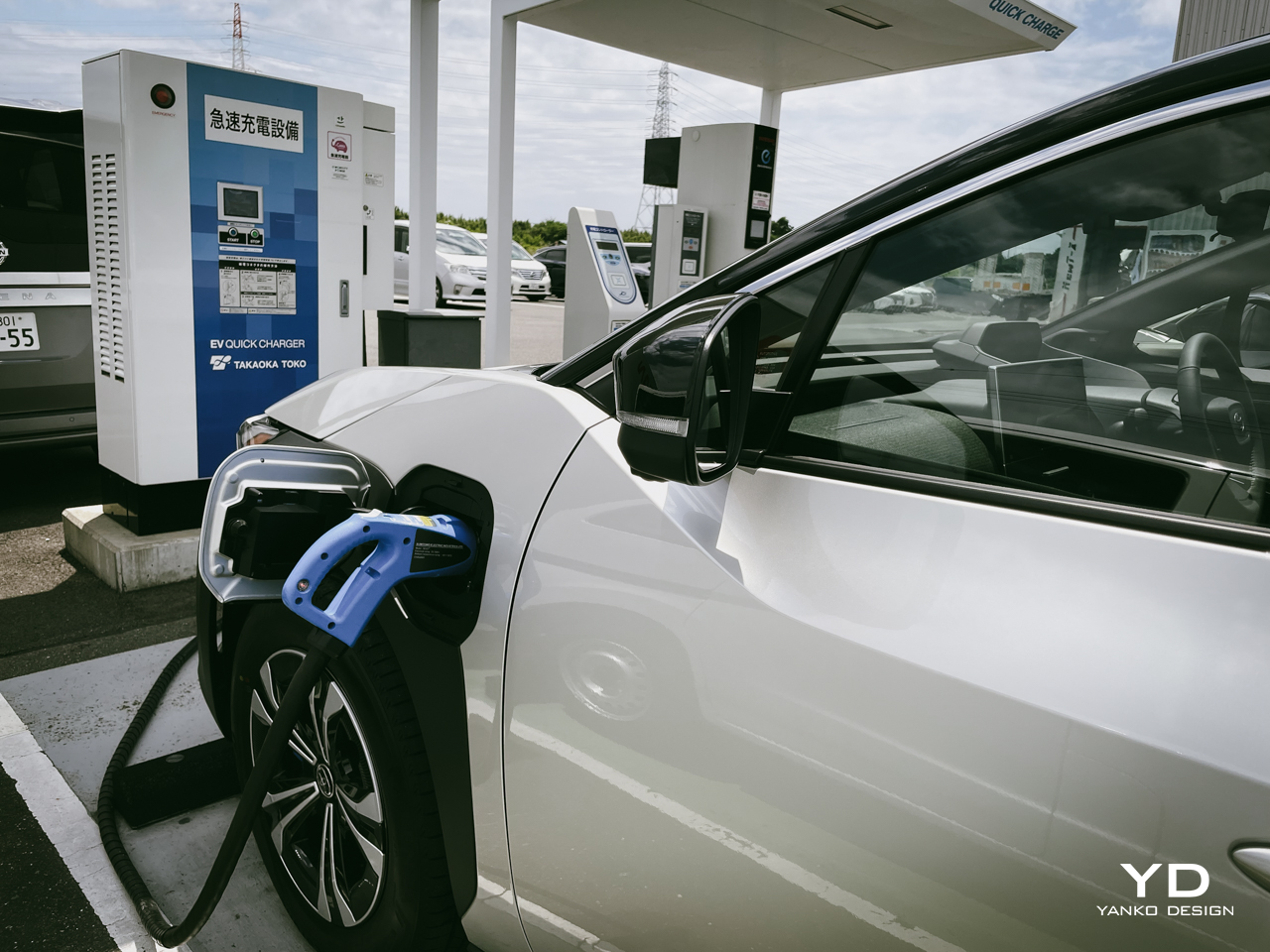
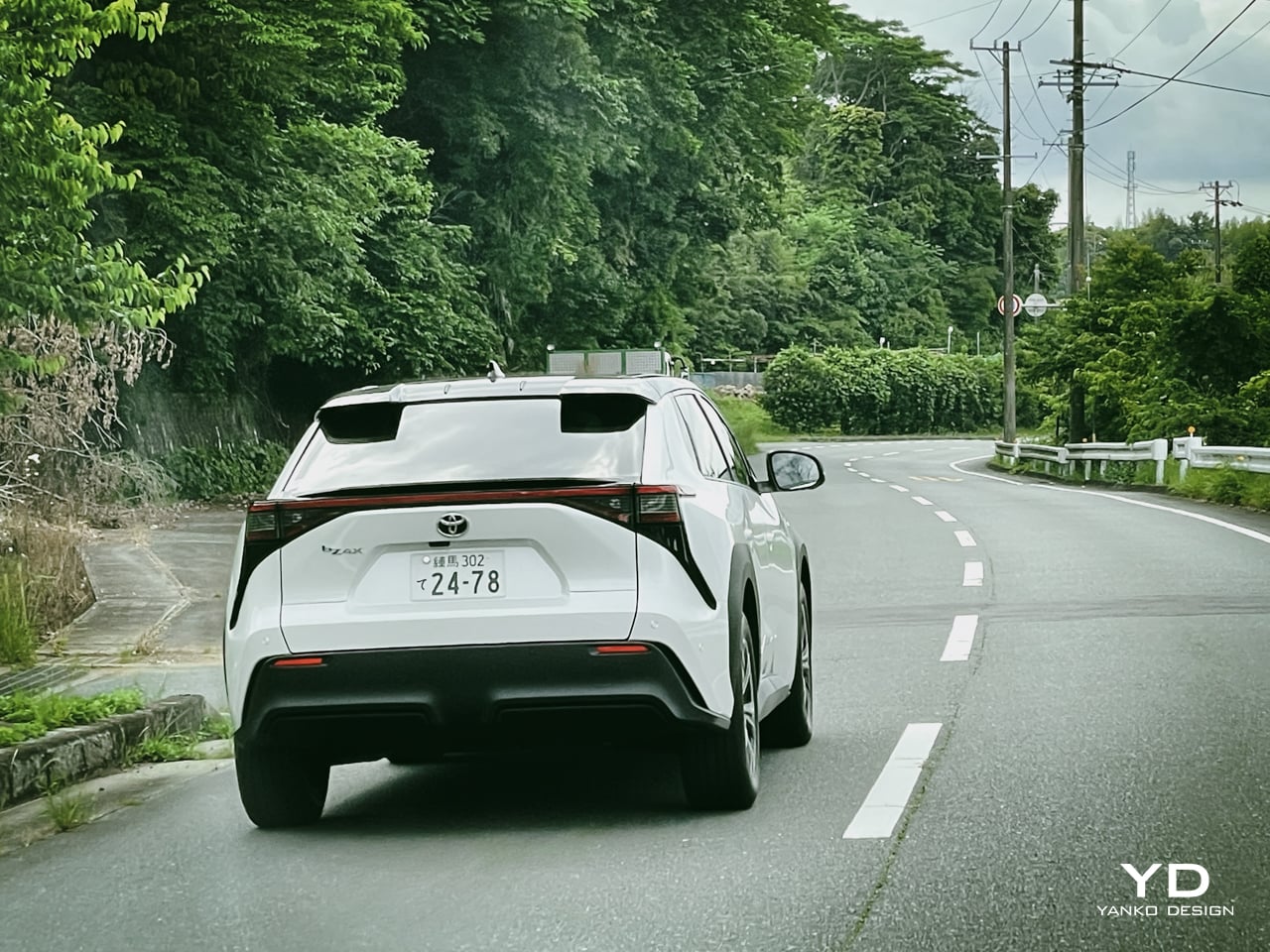
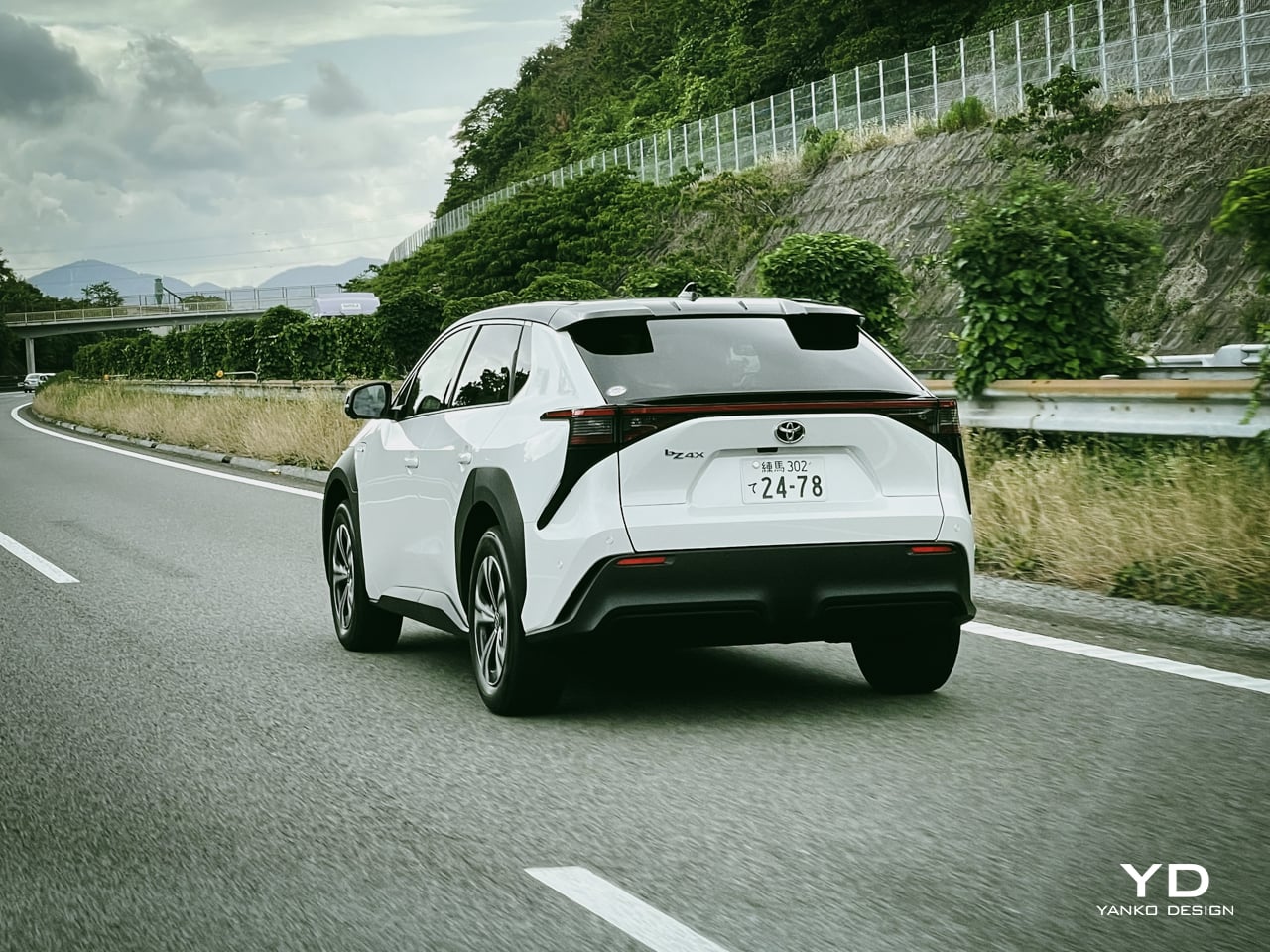
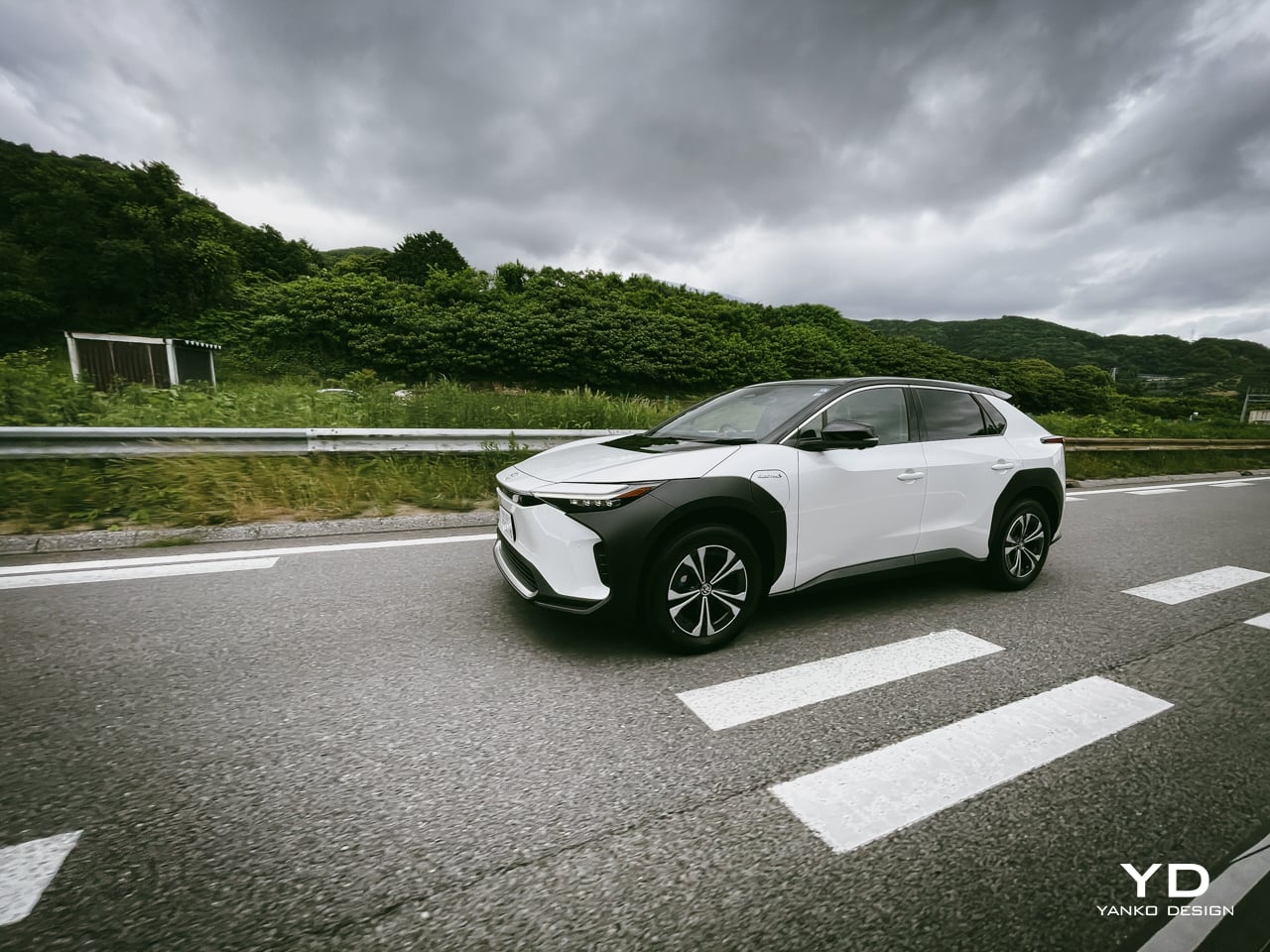
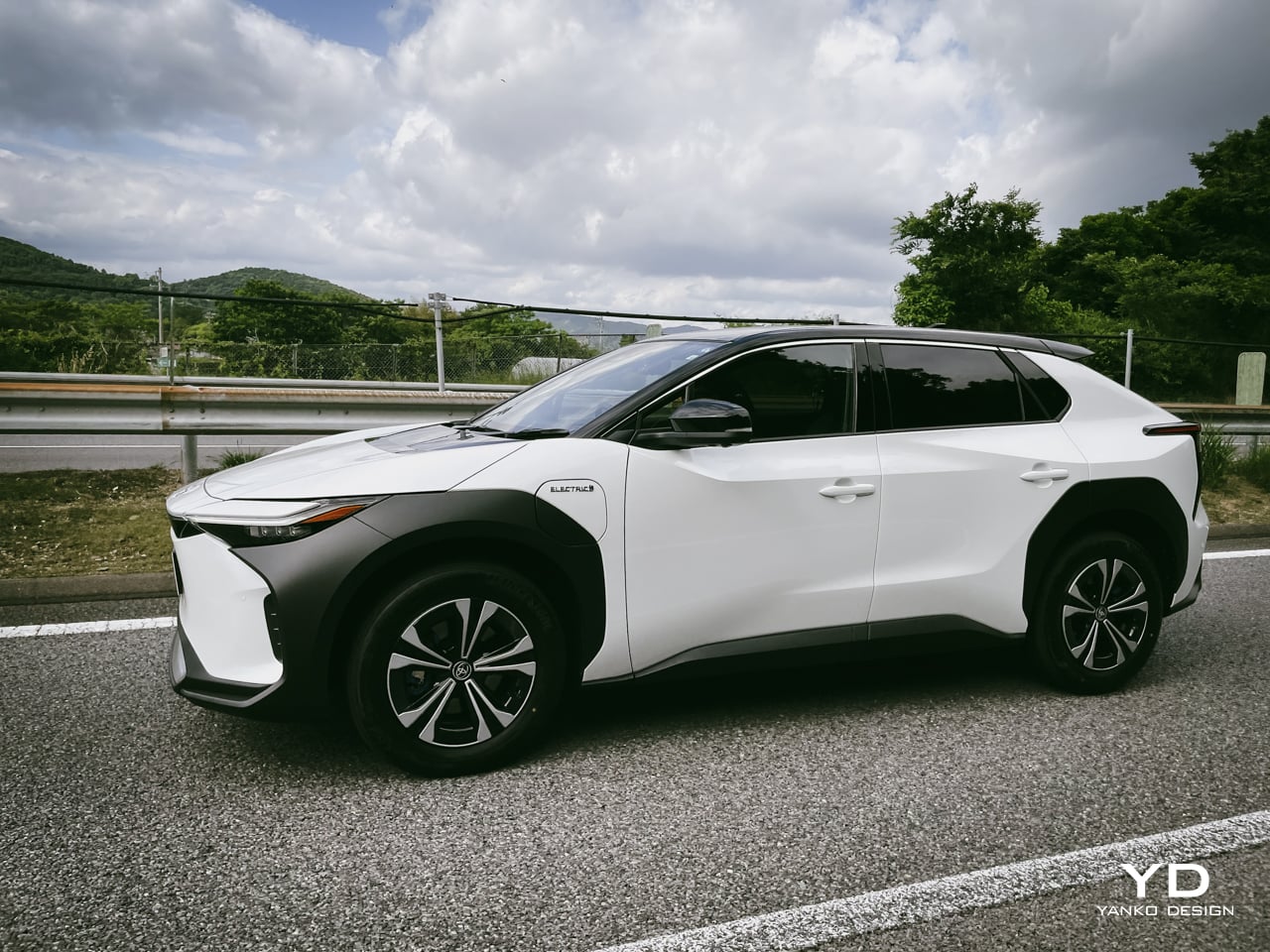
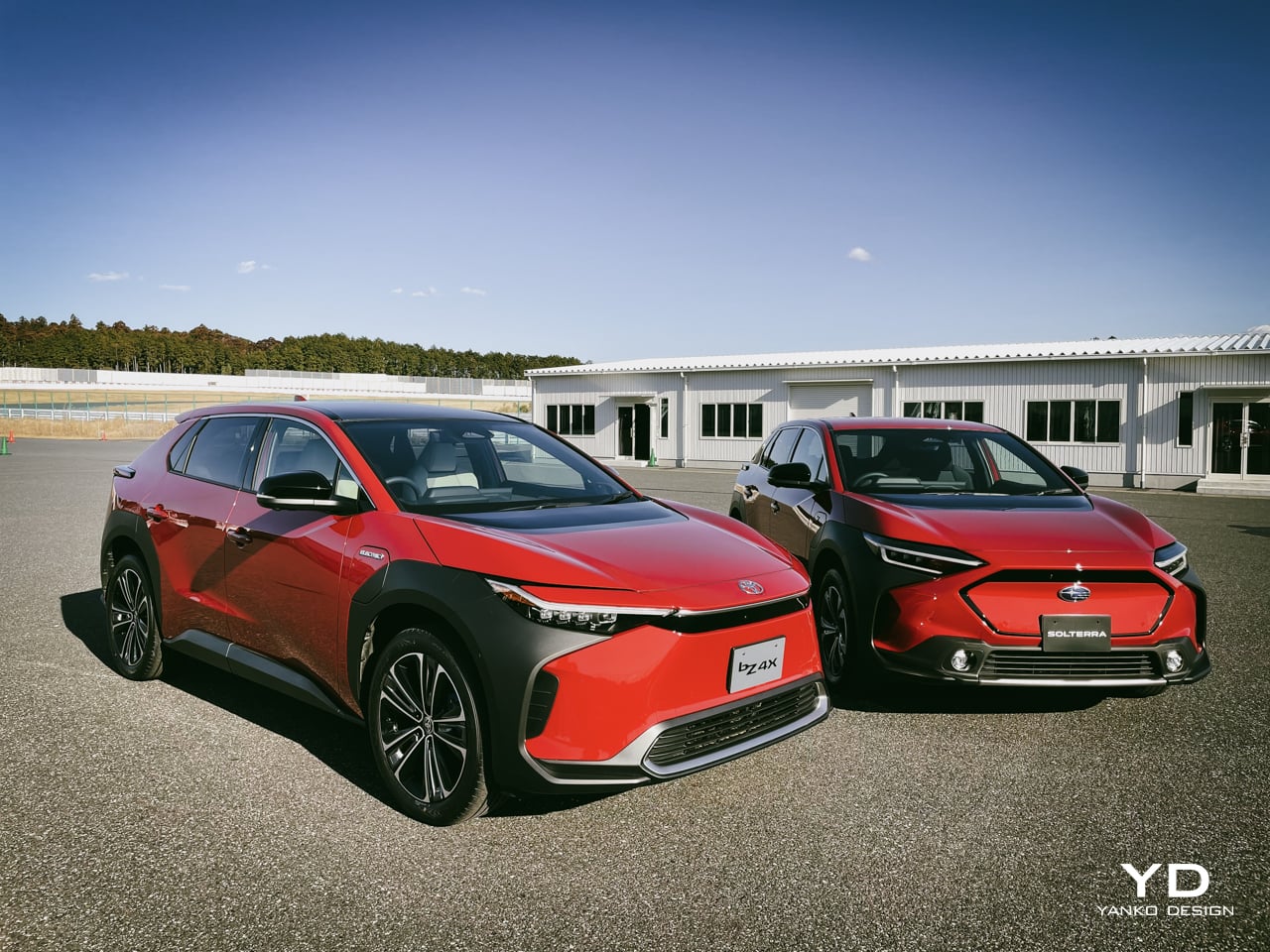
The post Toyota bZ4X electric crossover review first appeared on Yanko Design.
